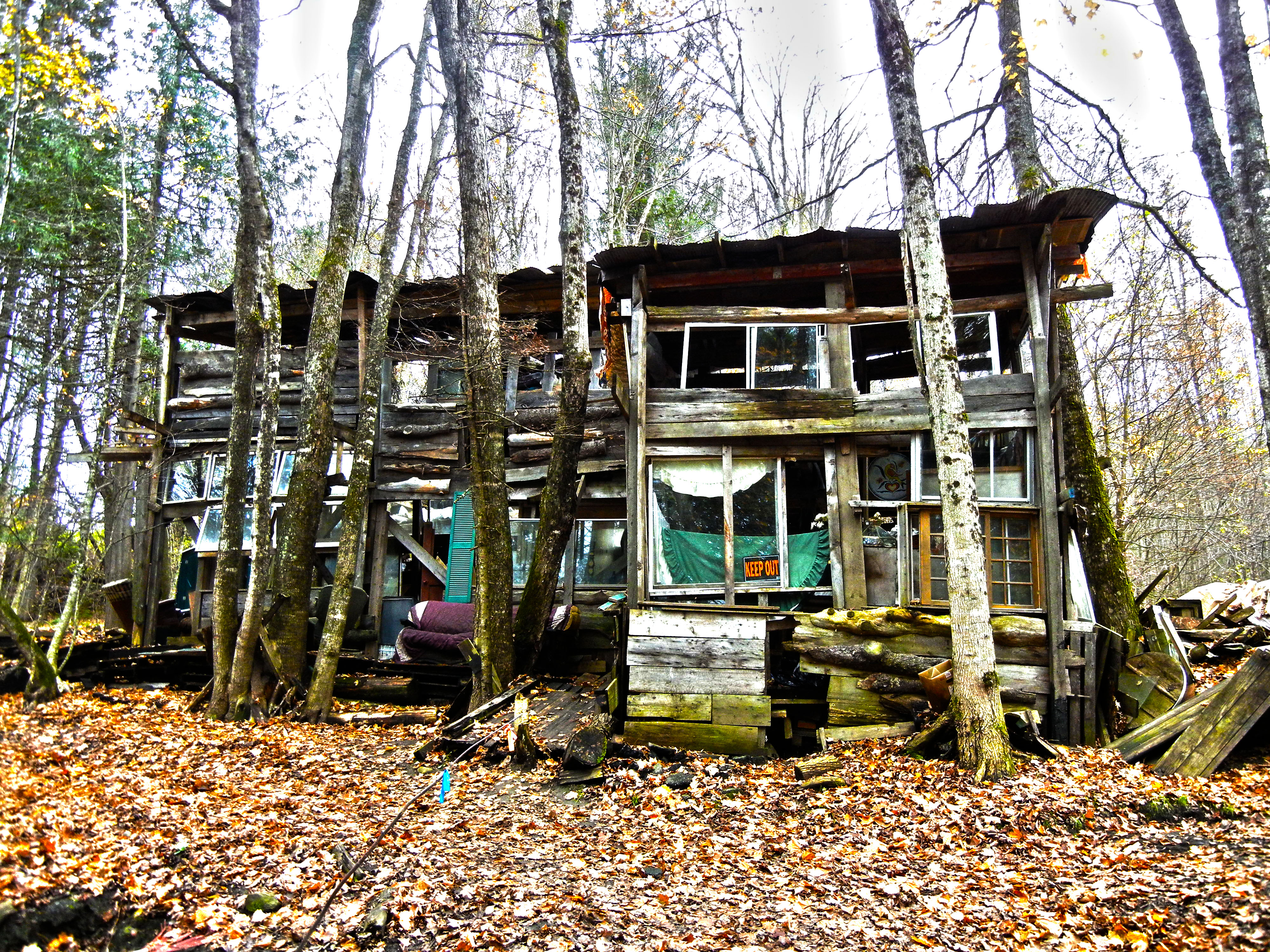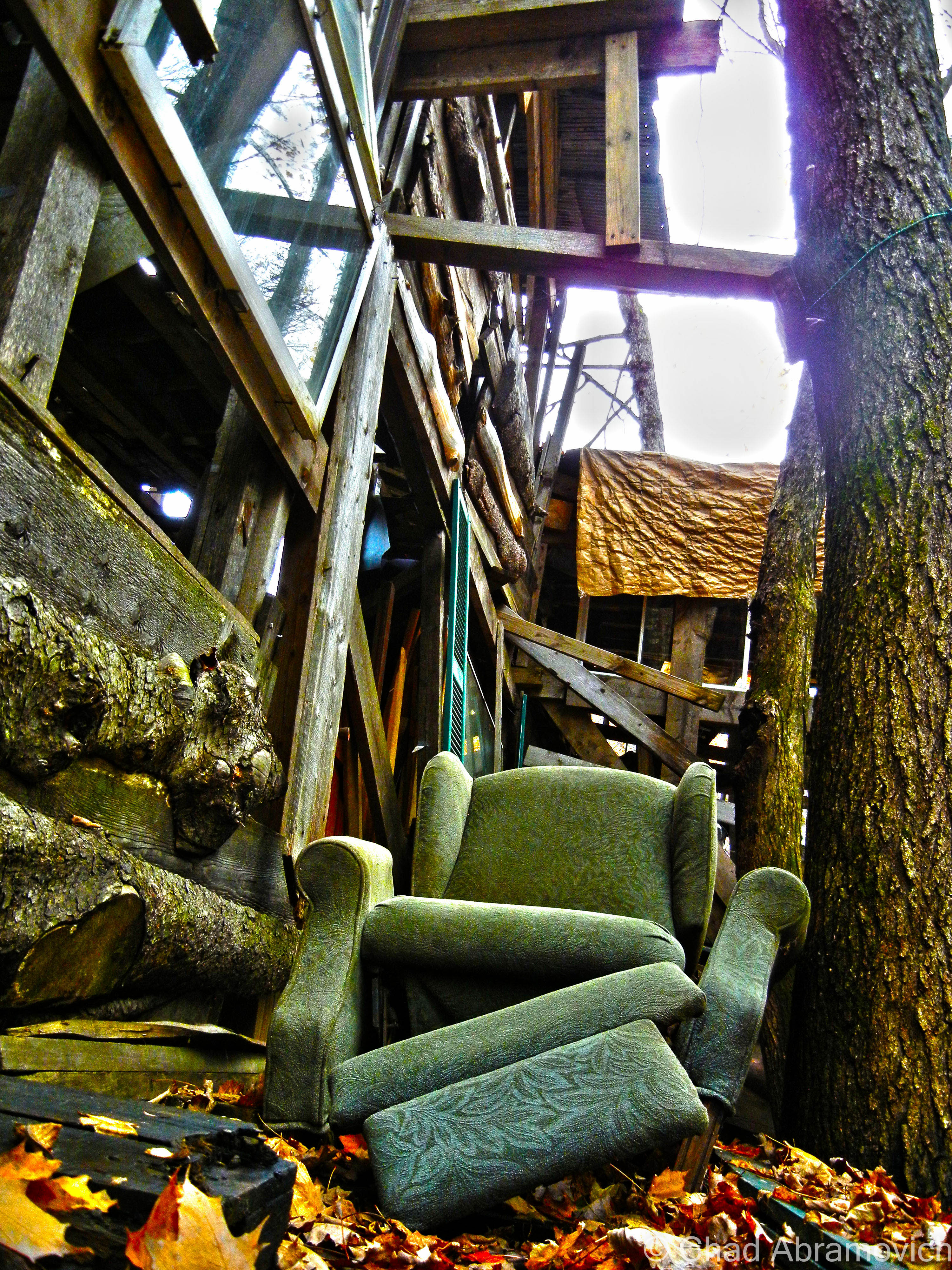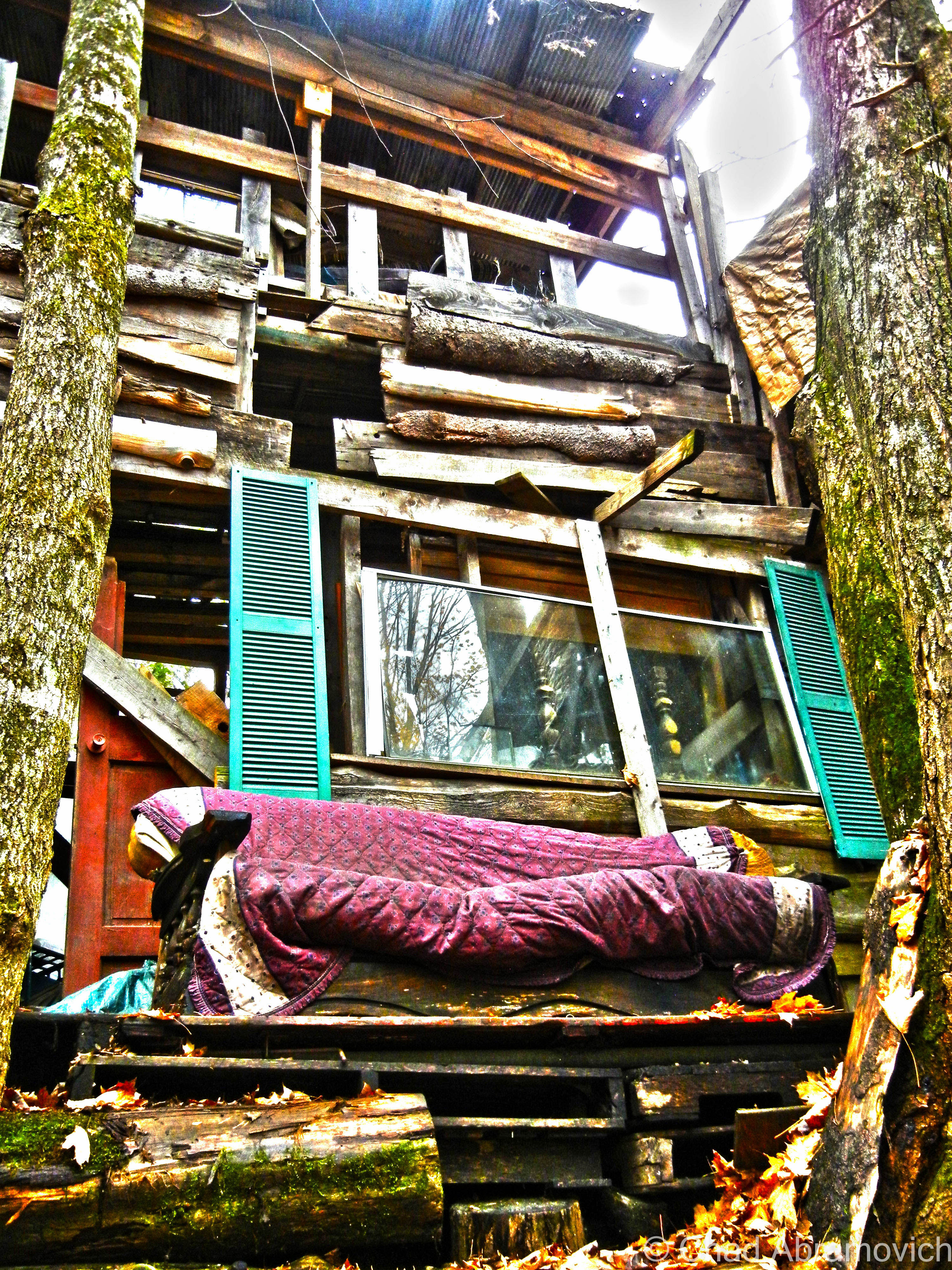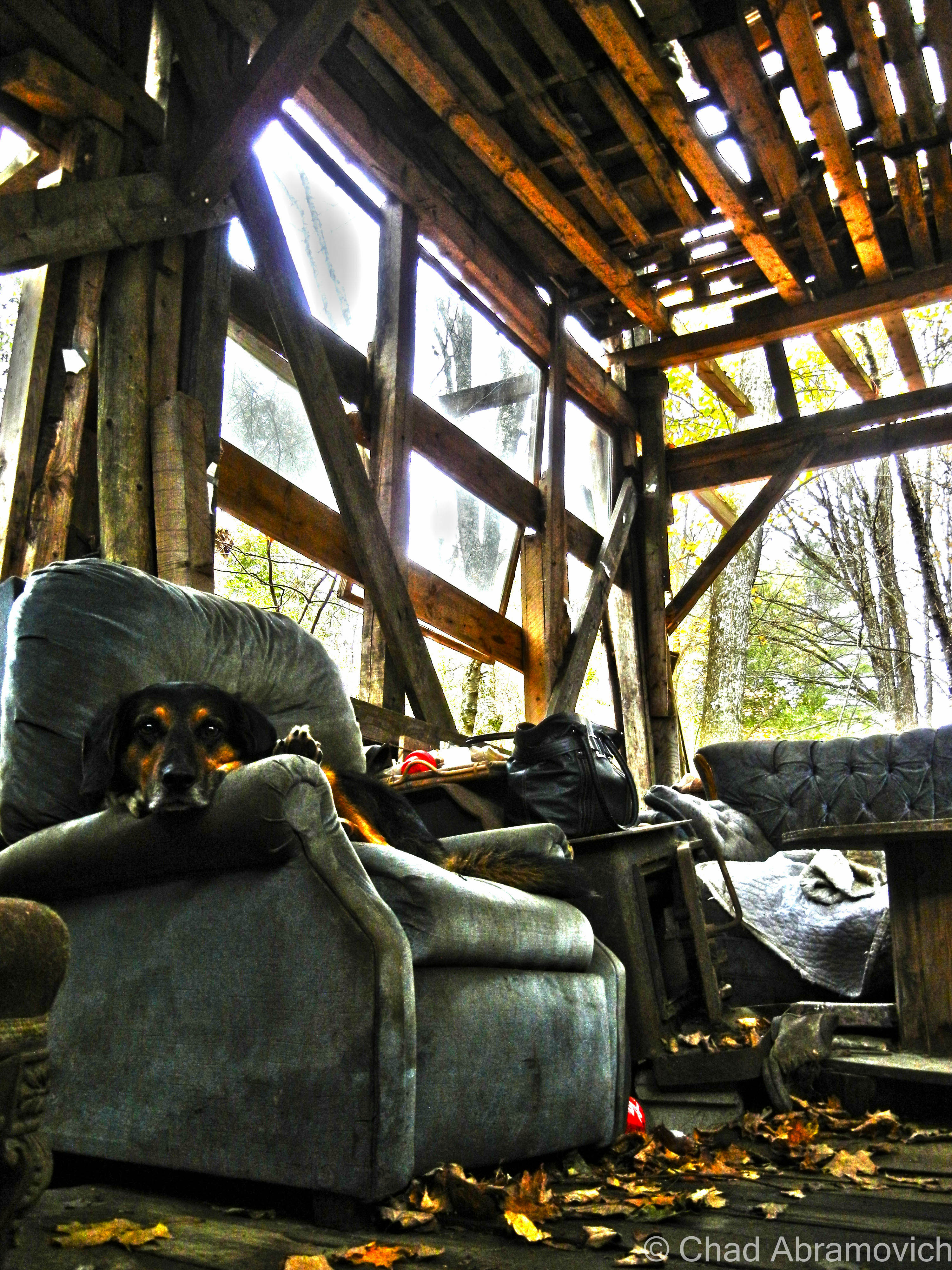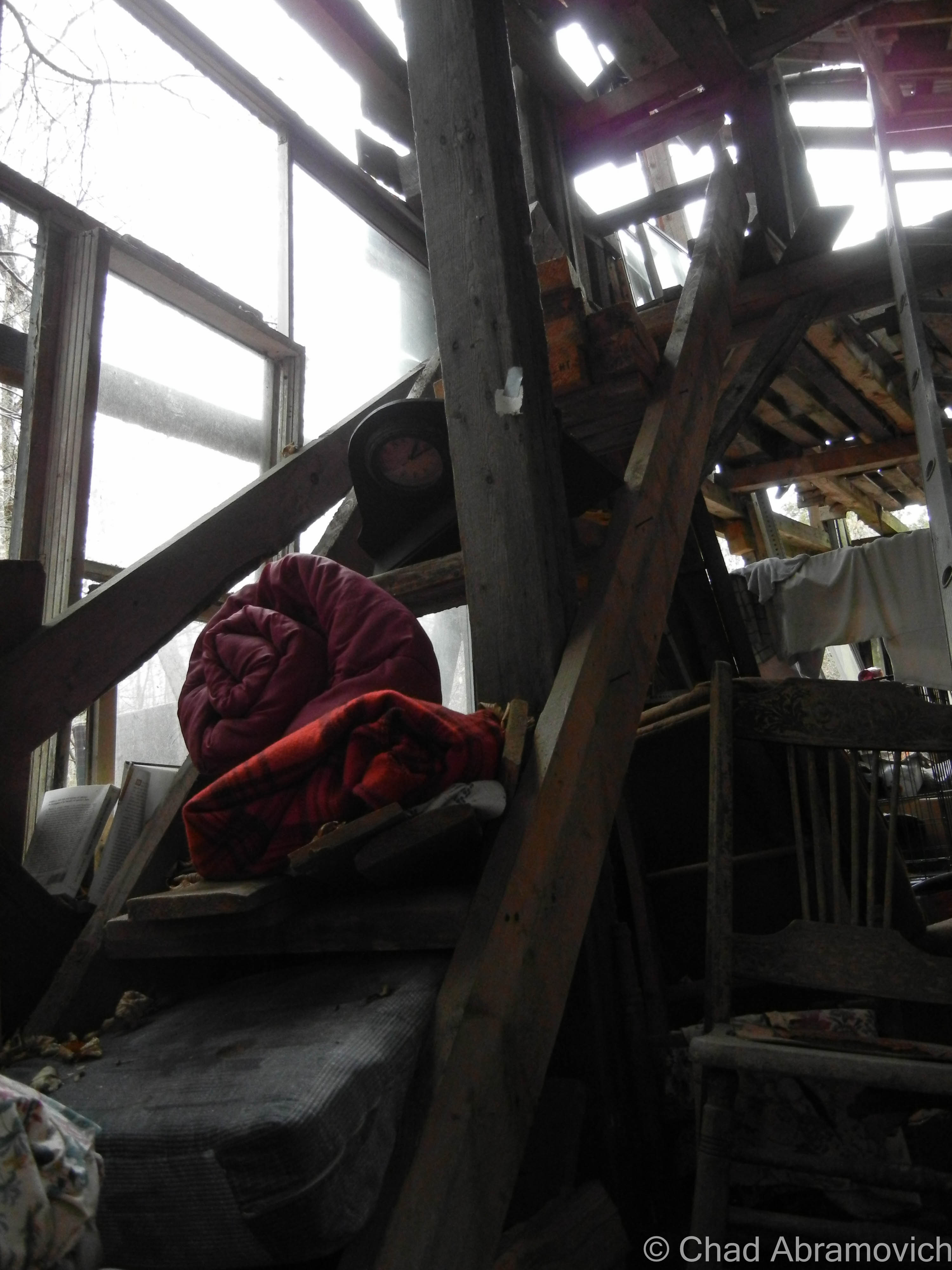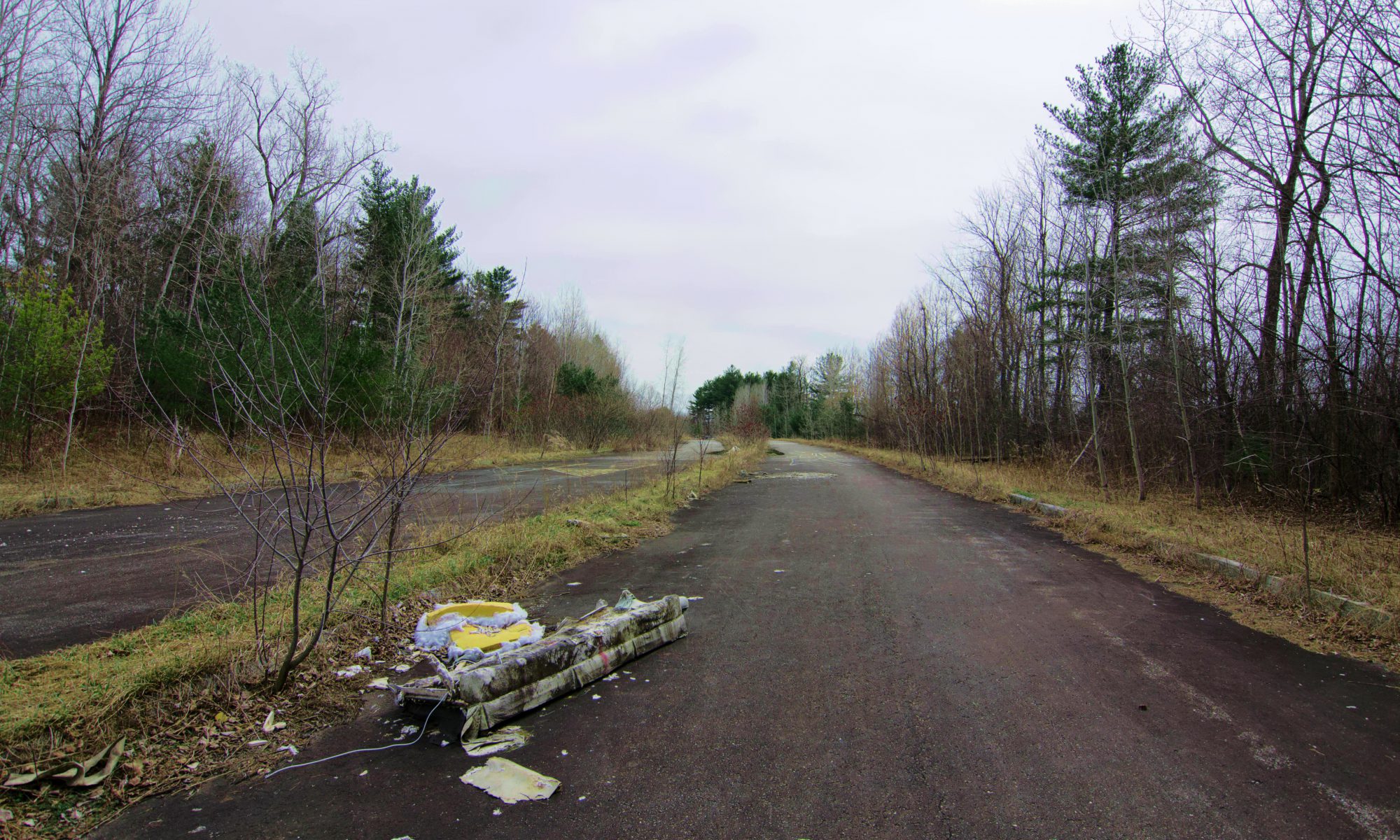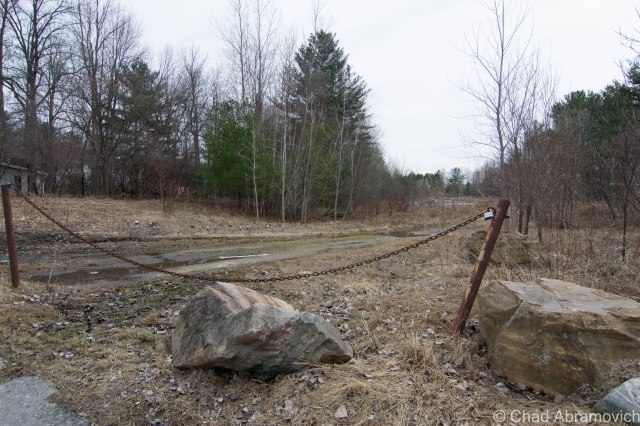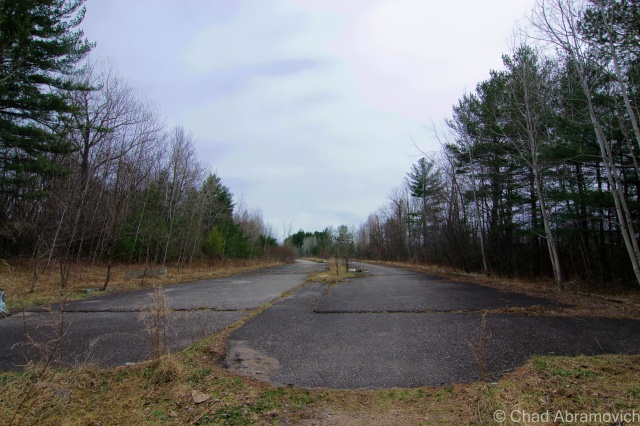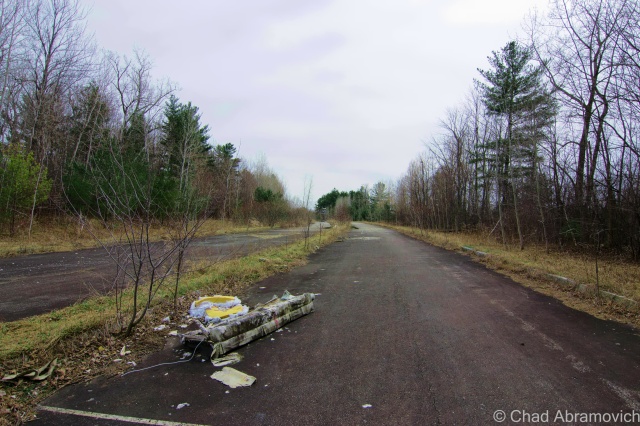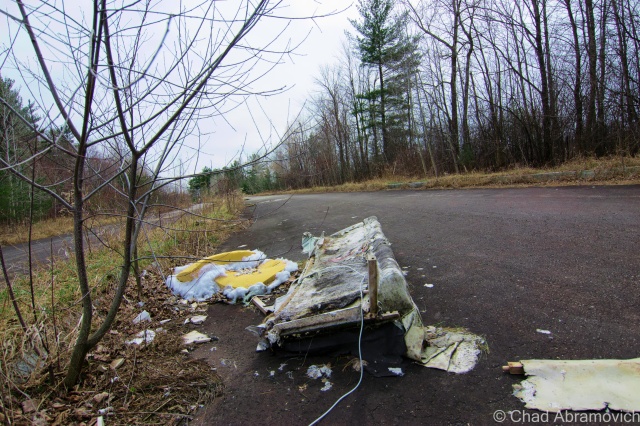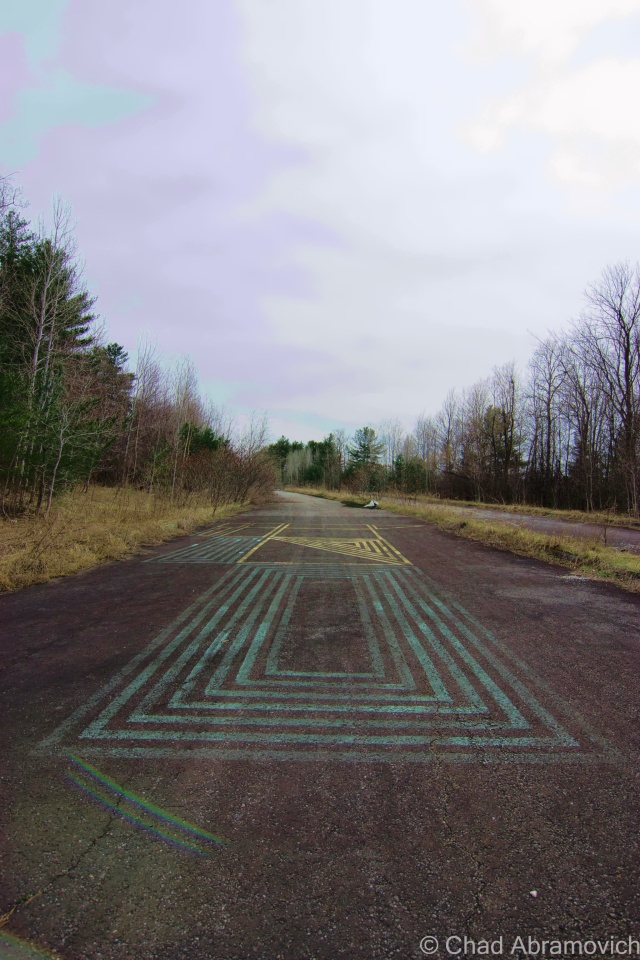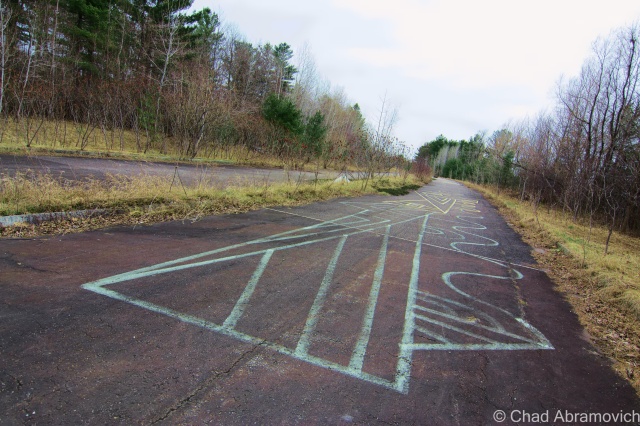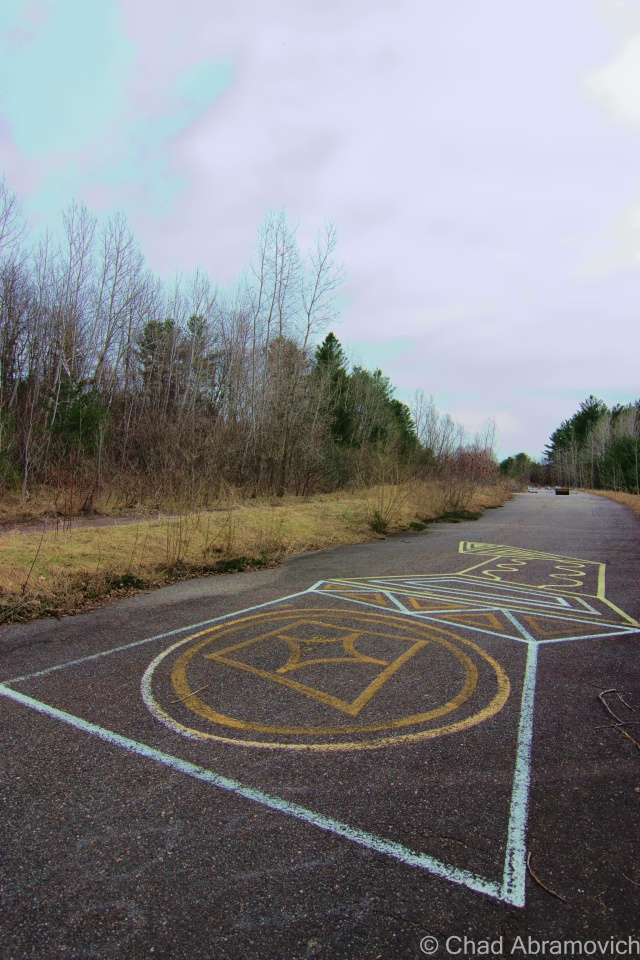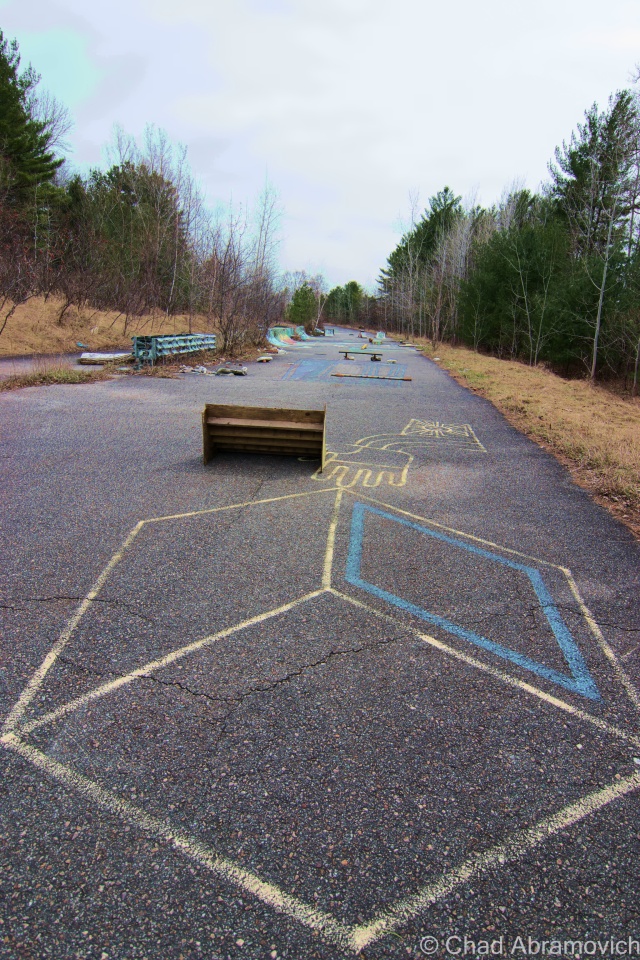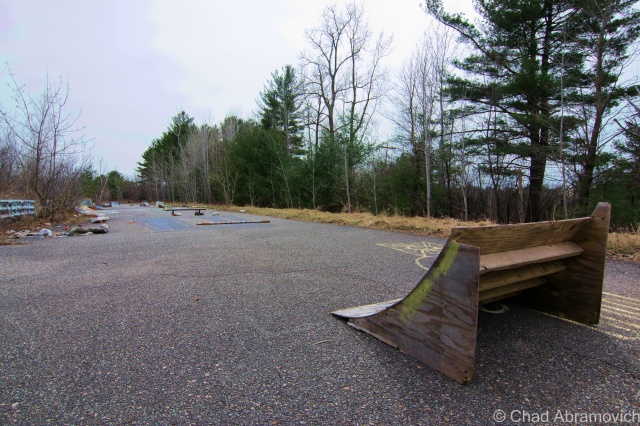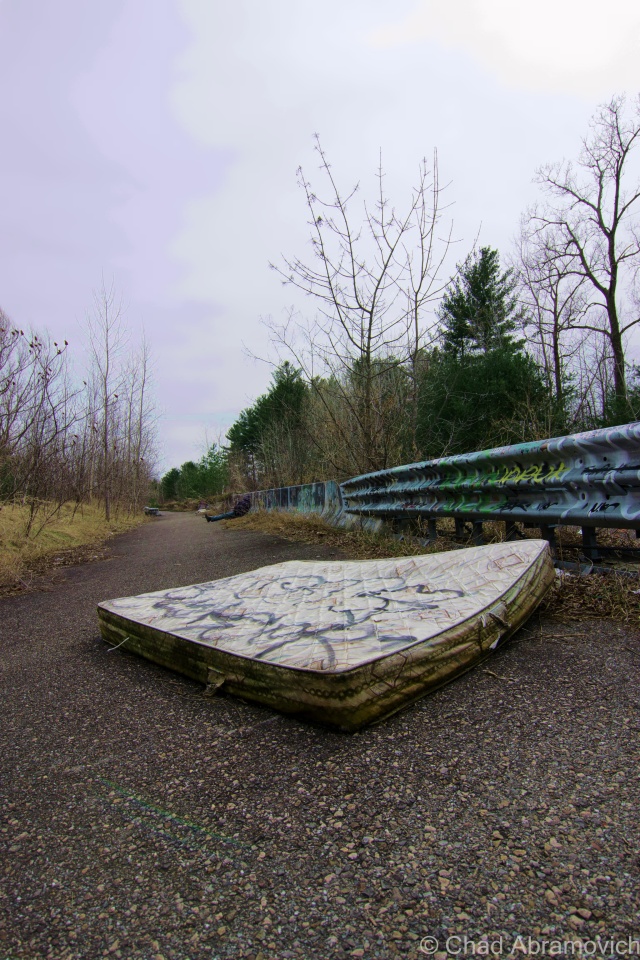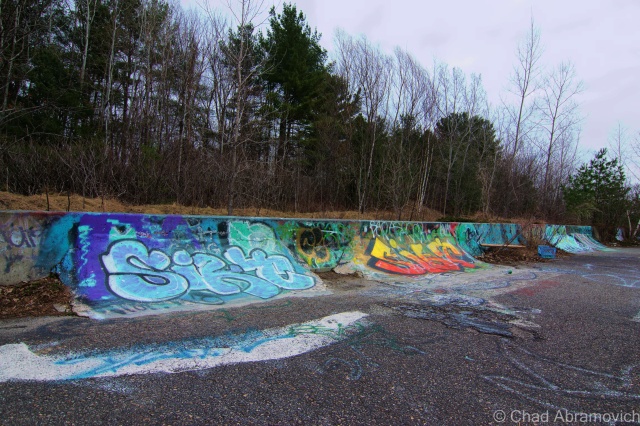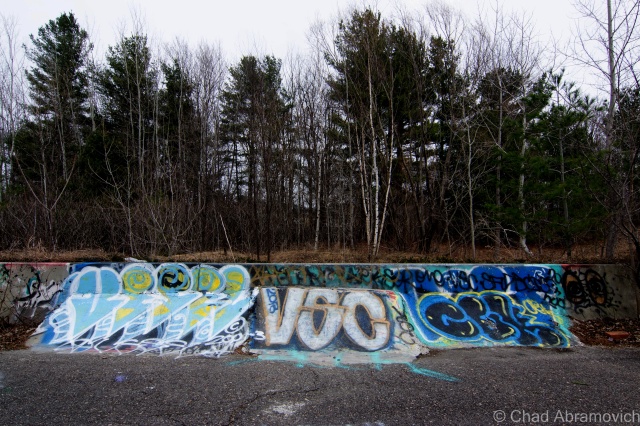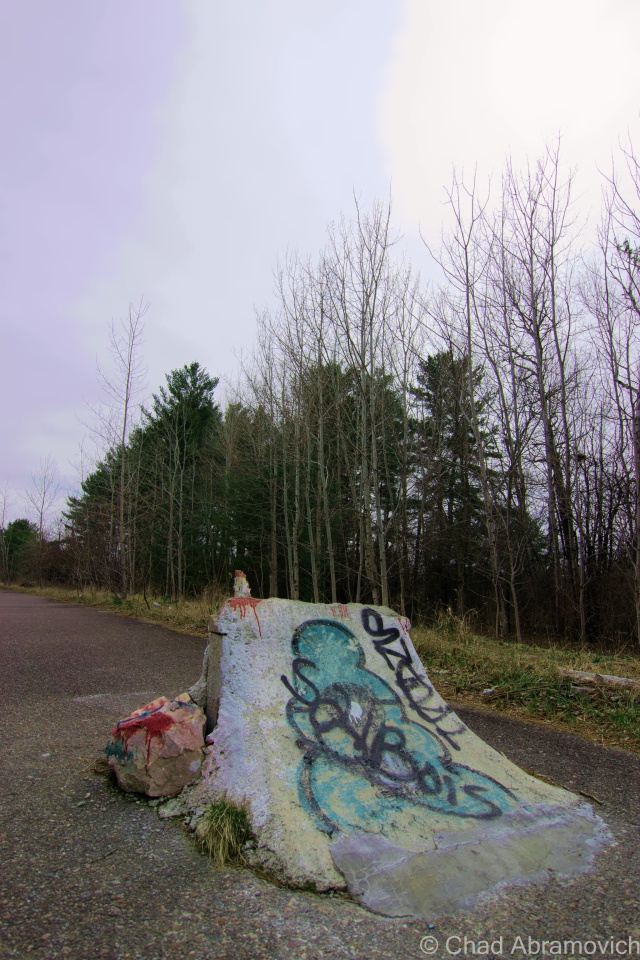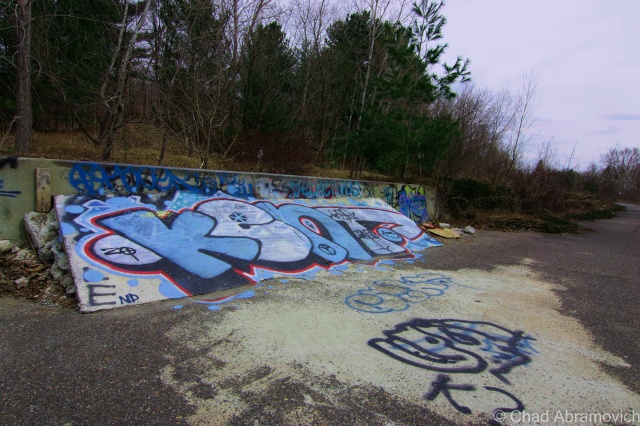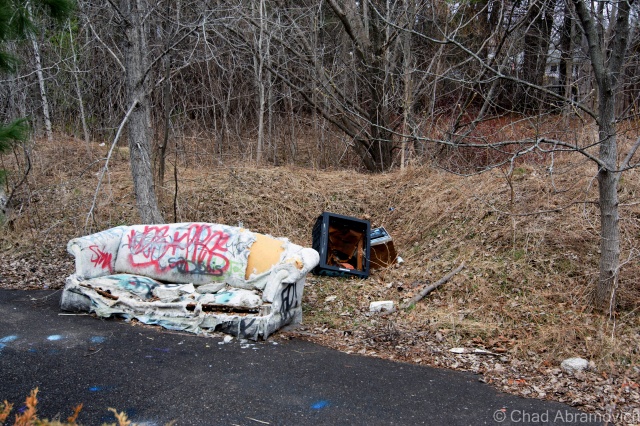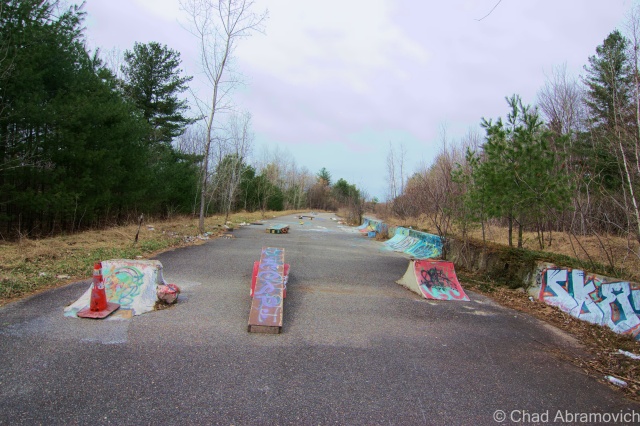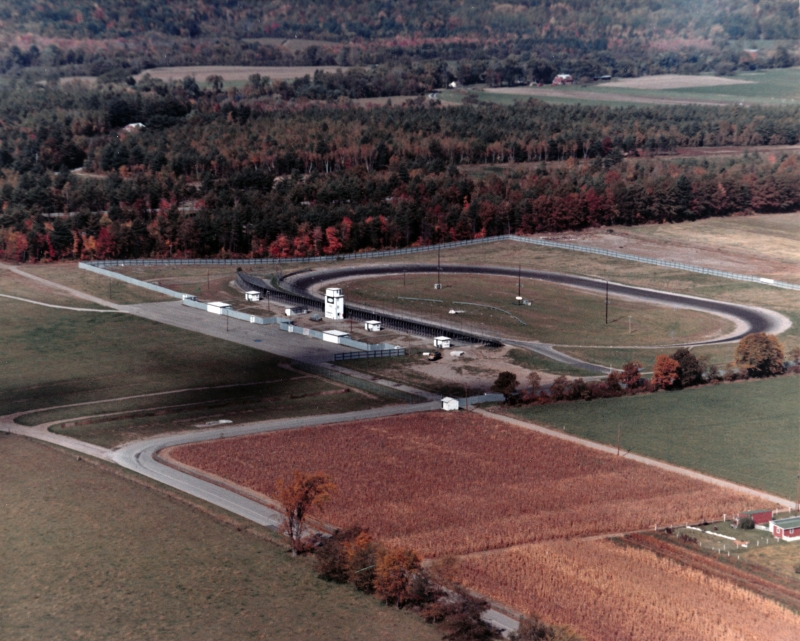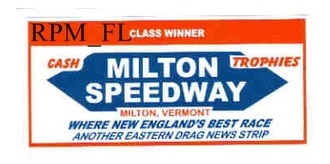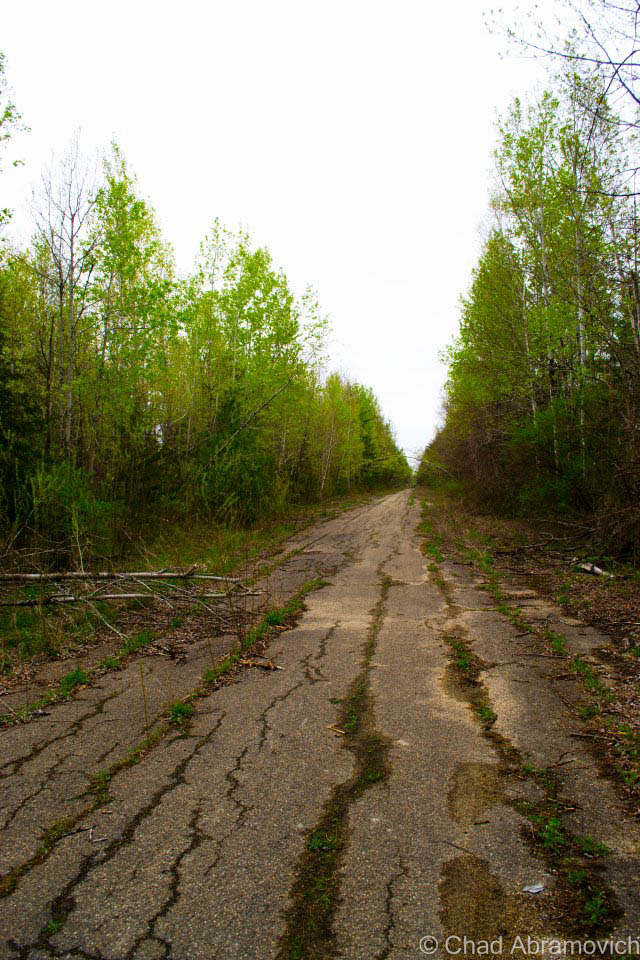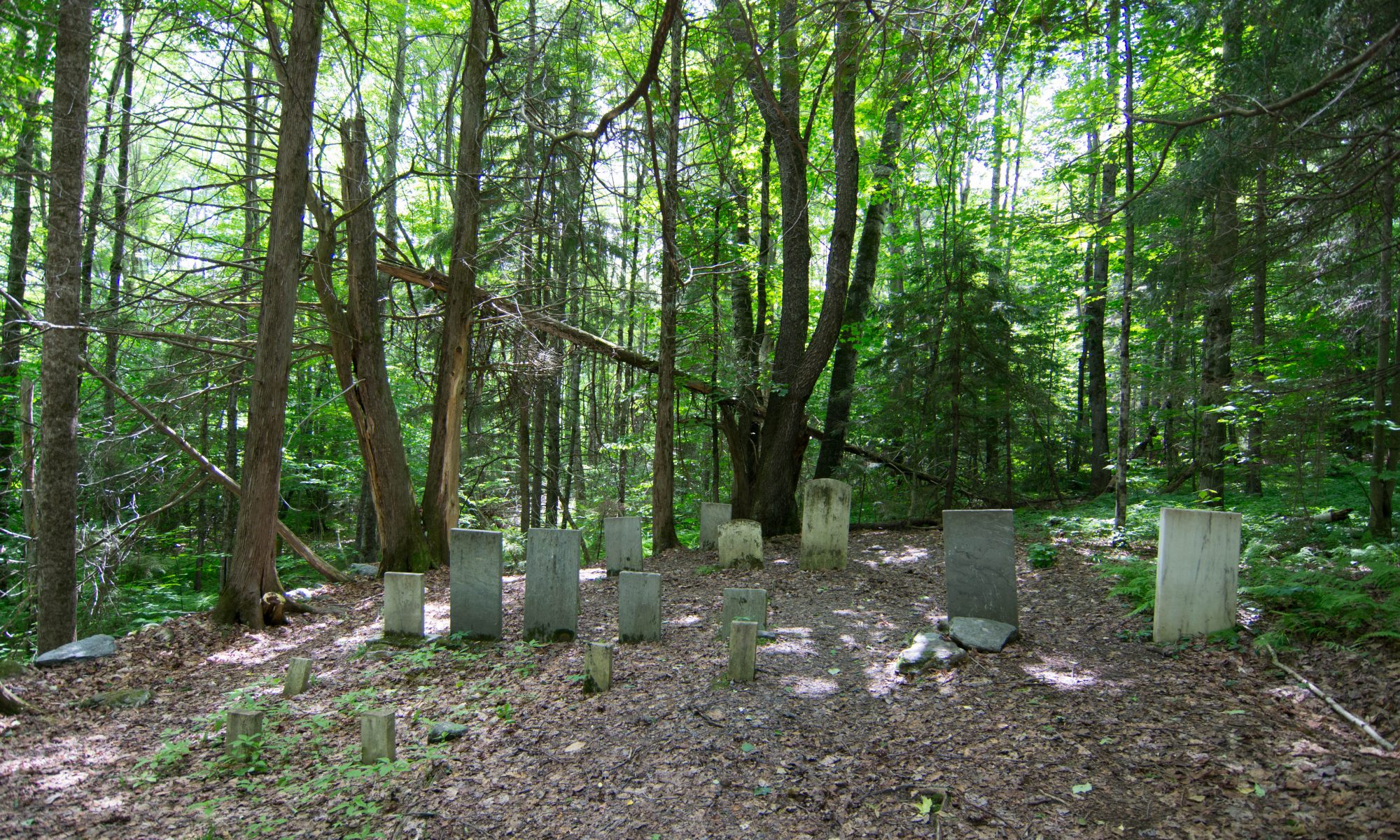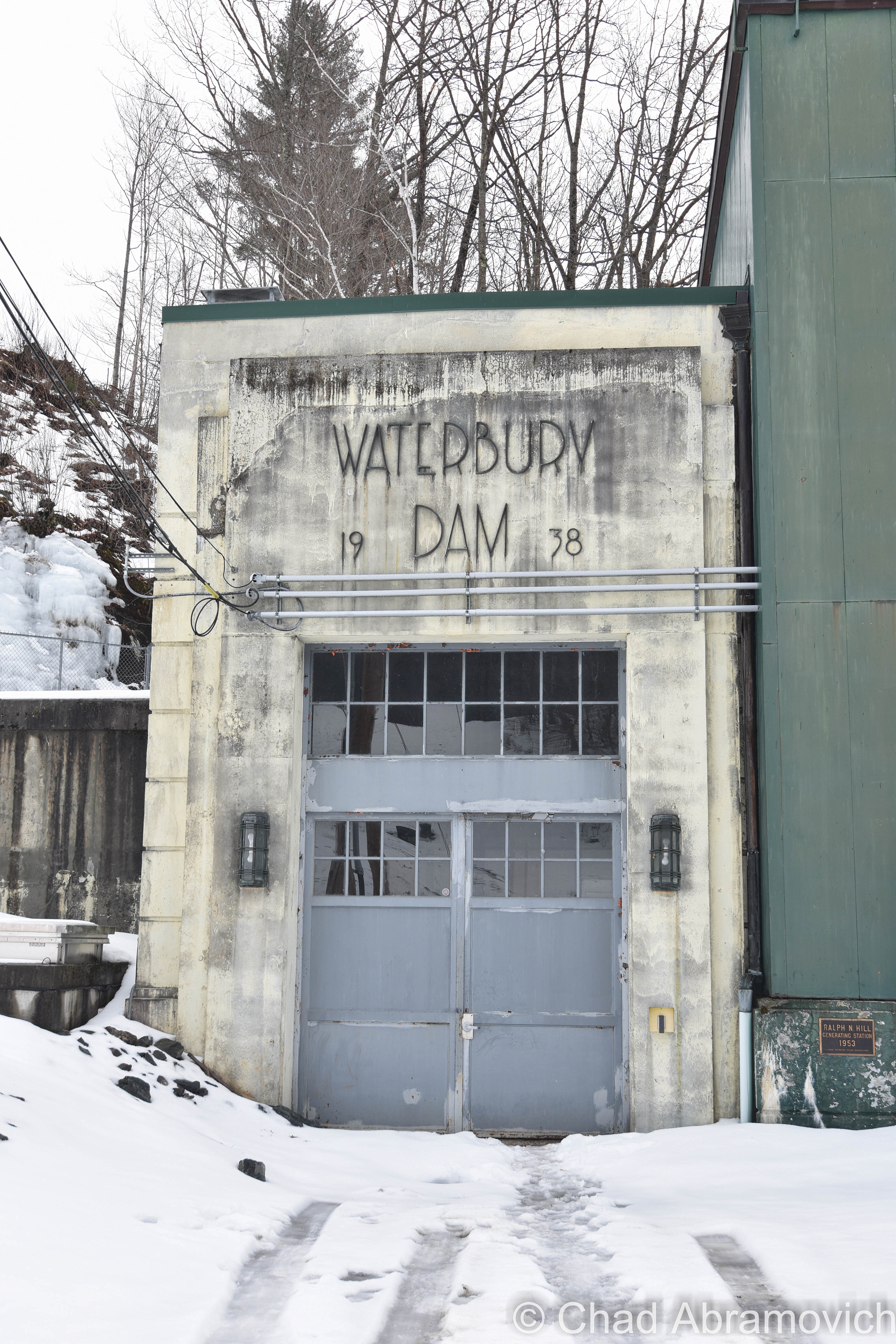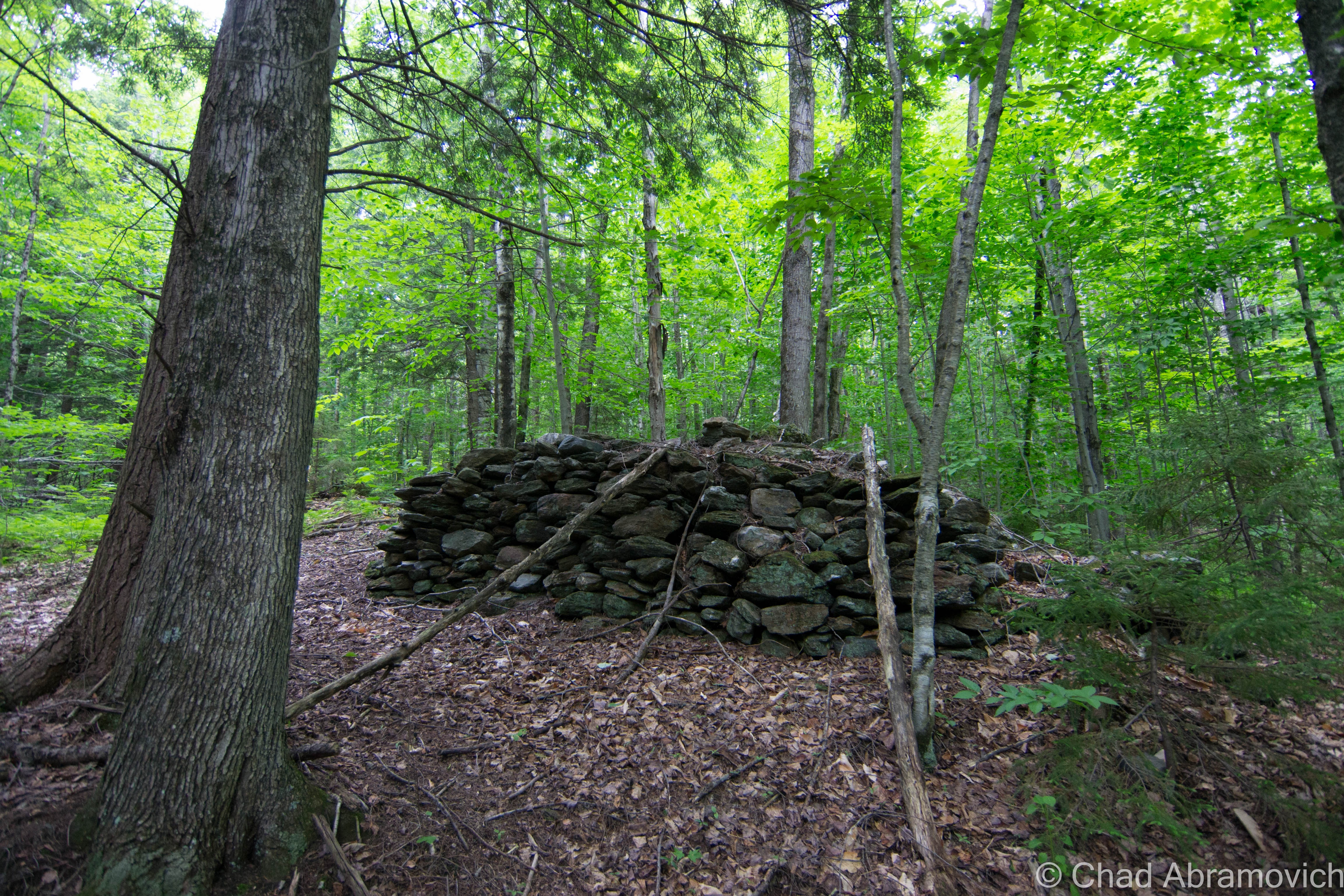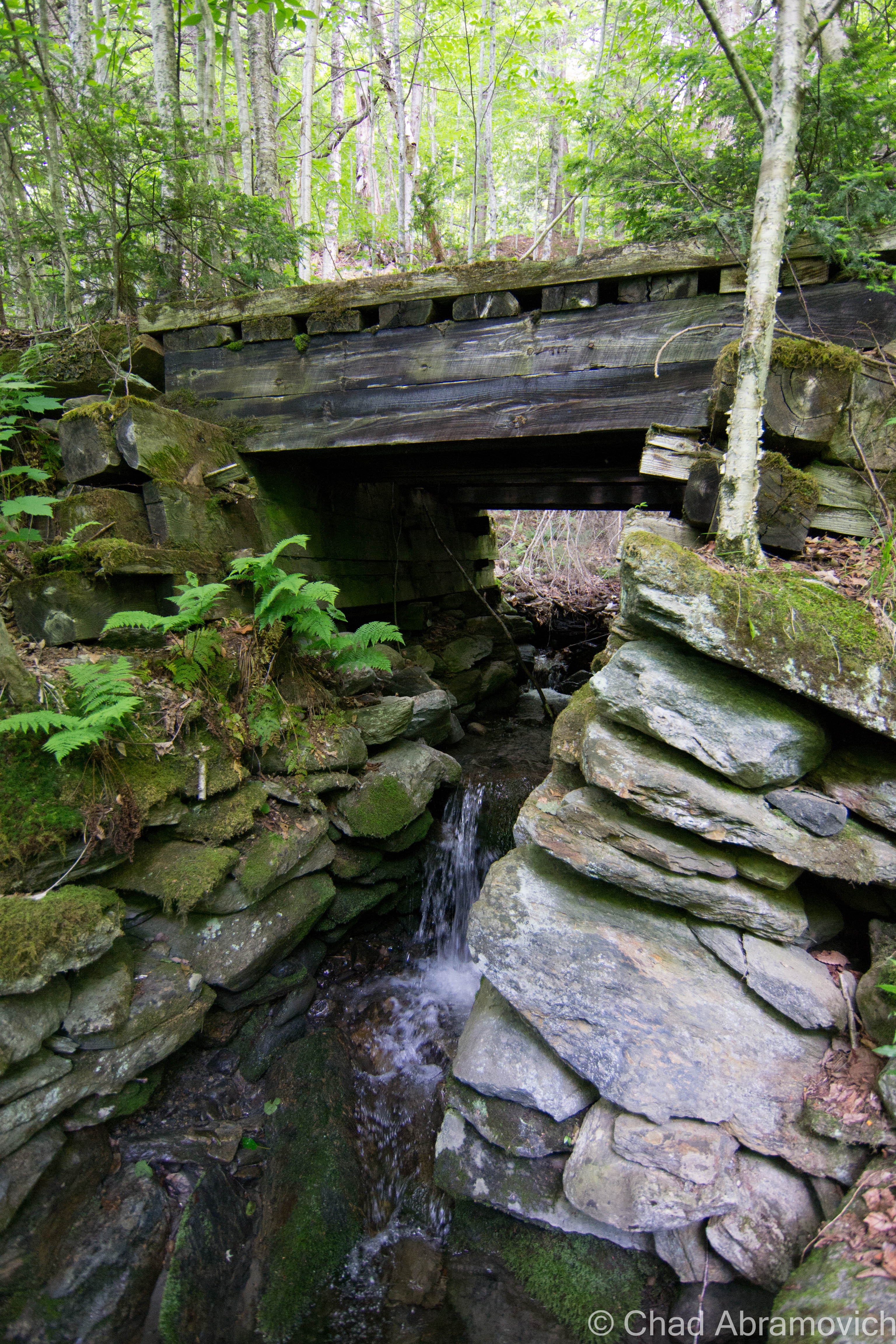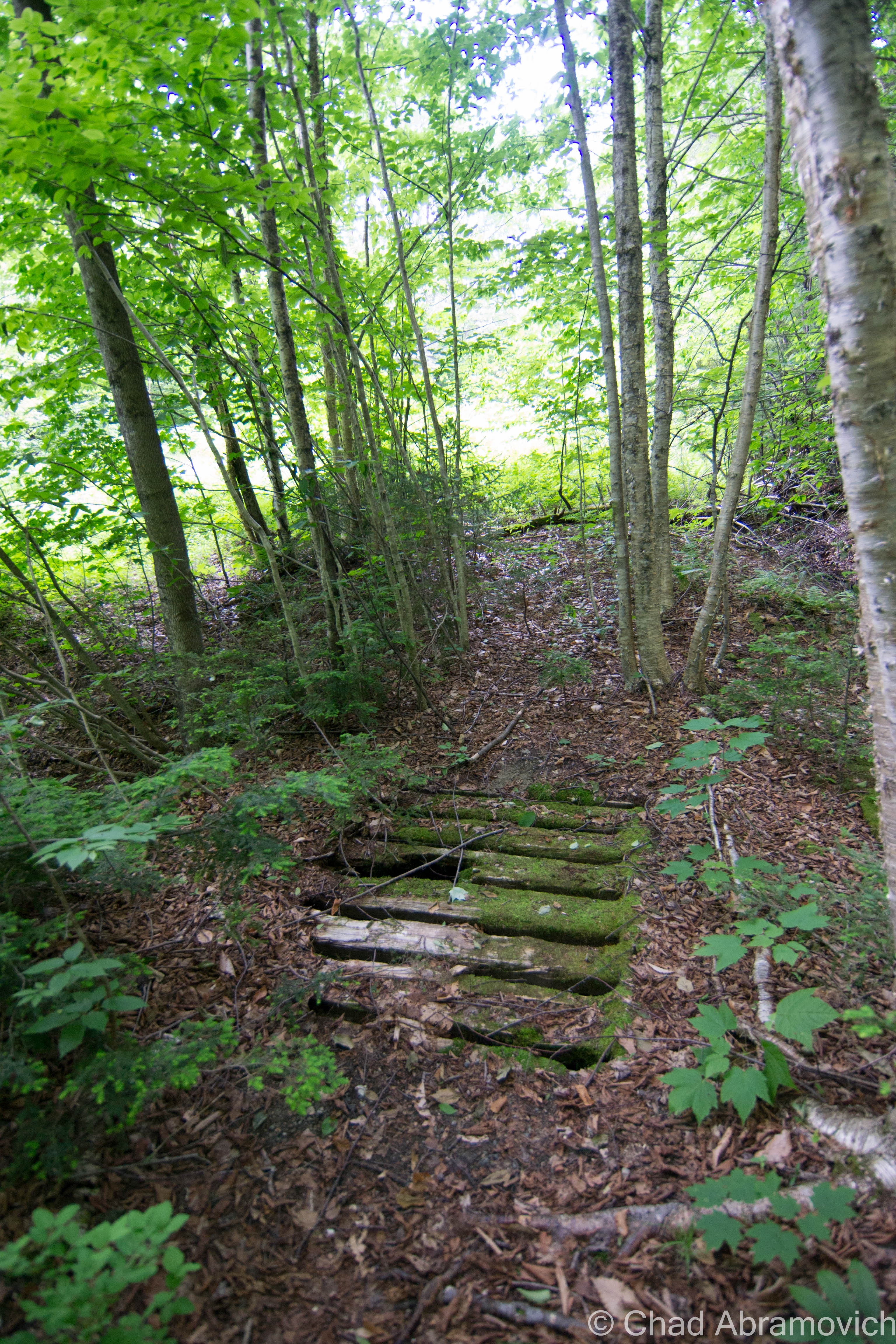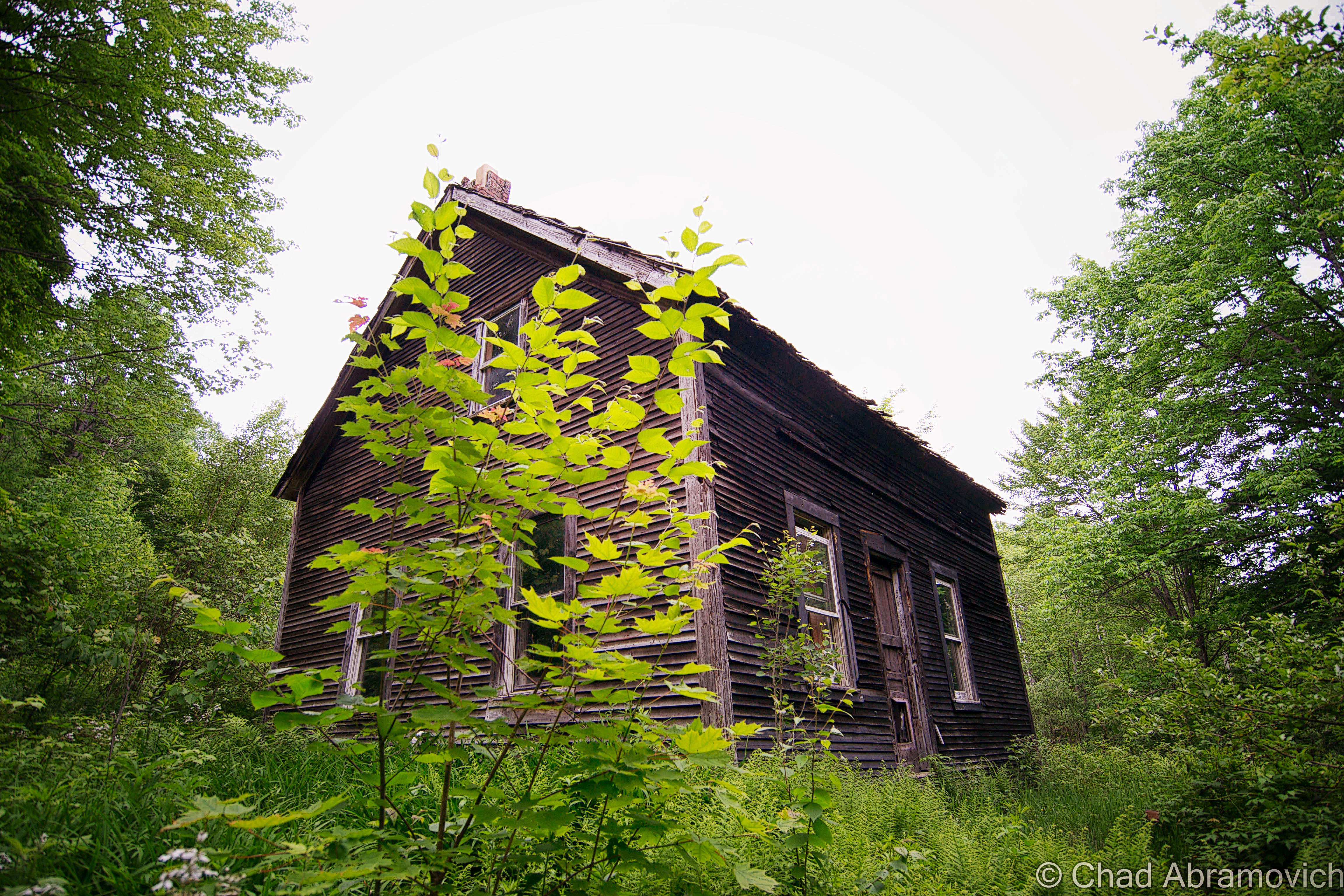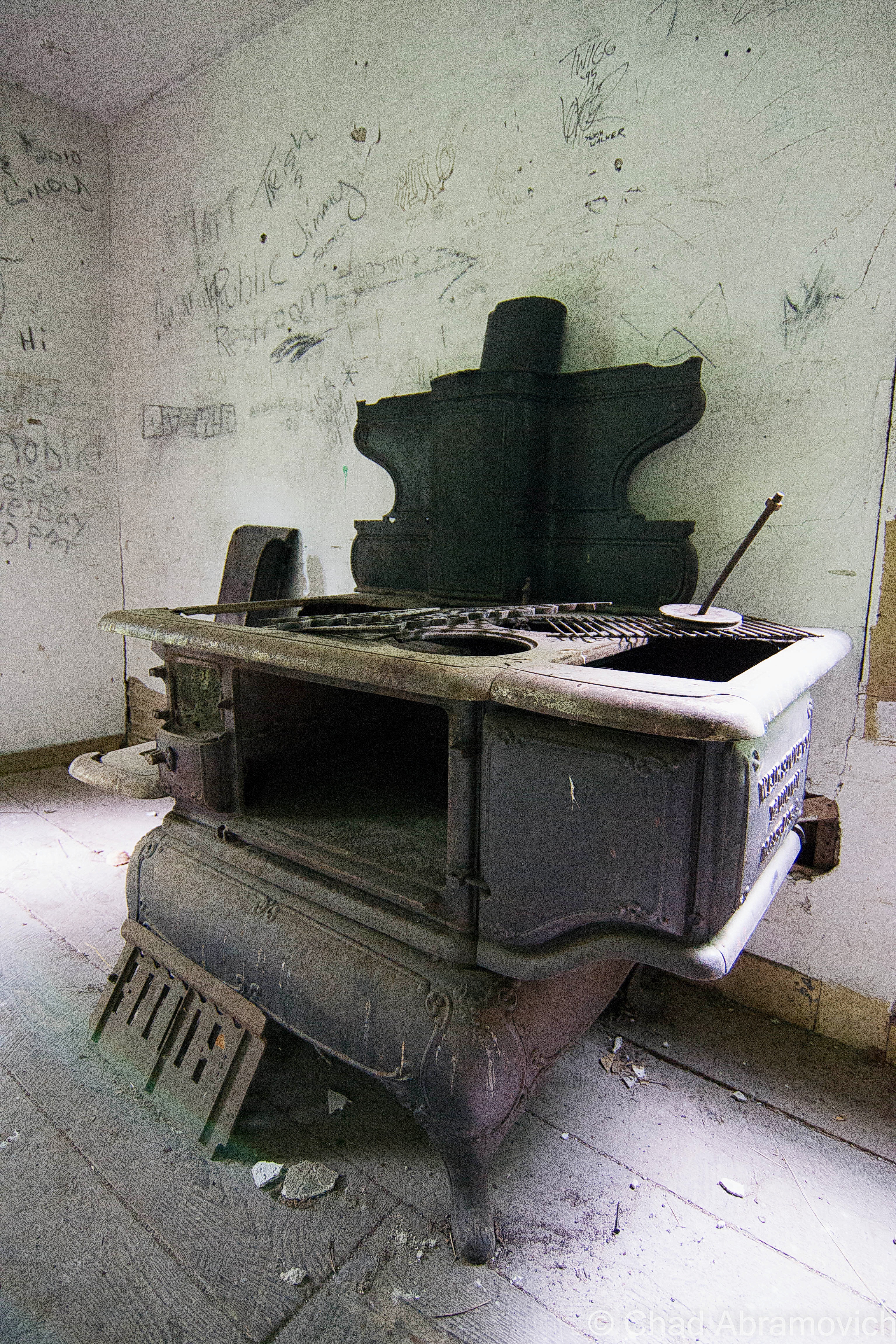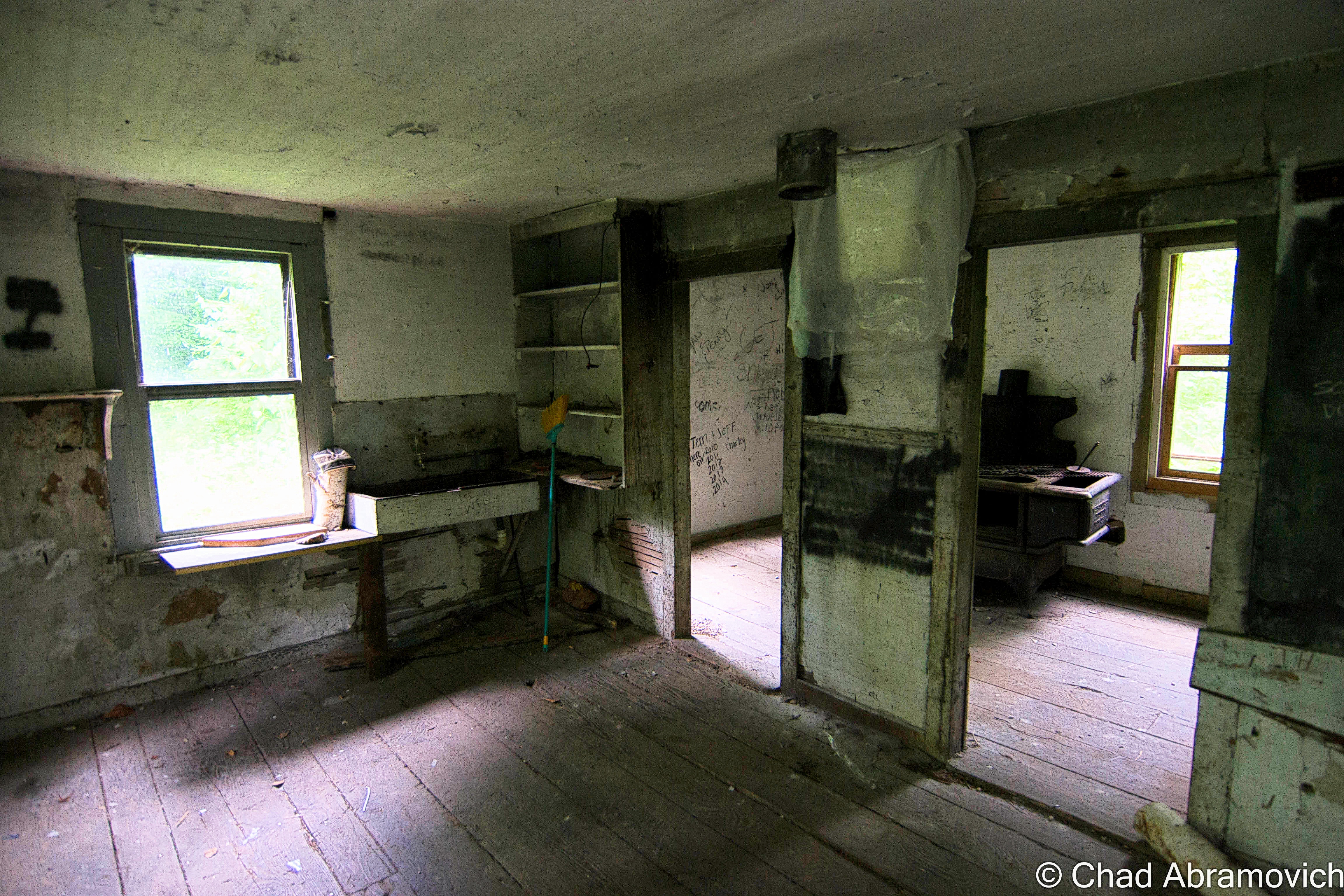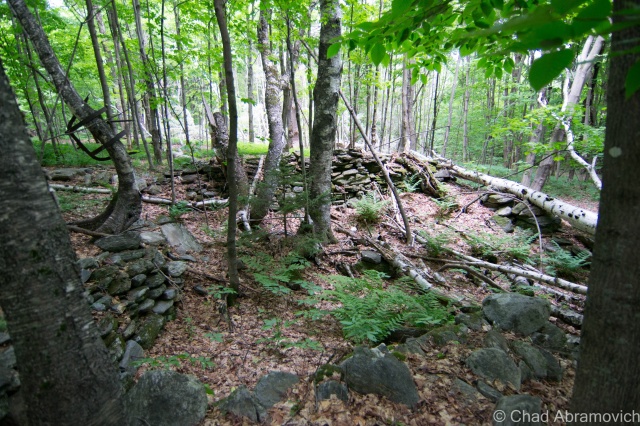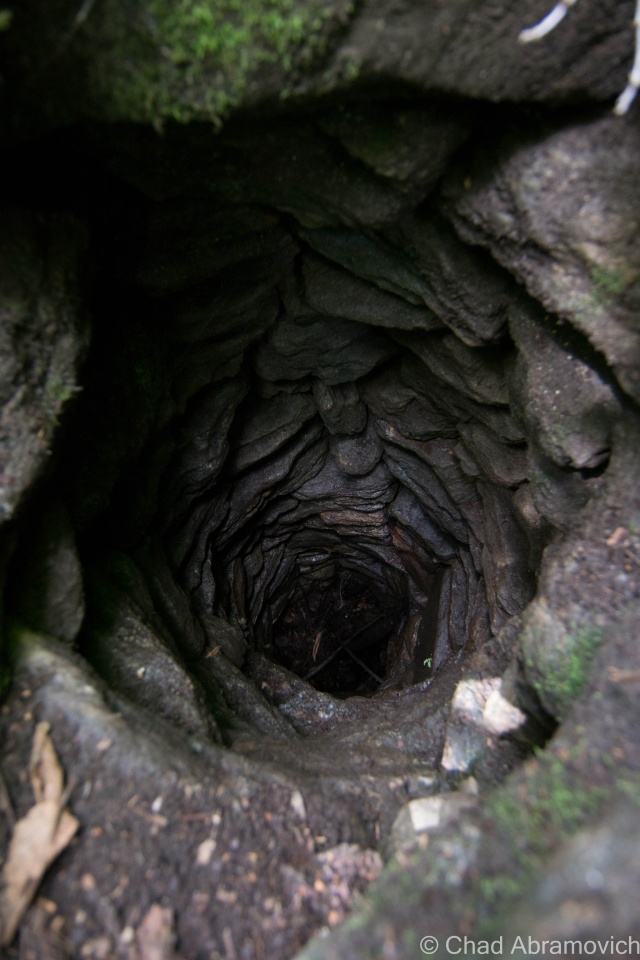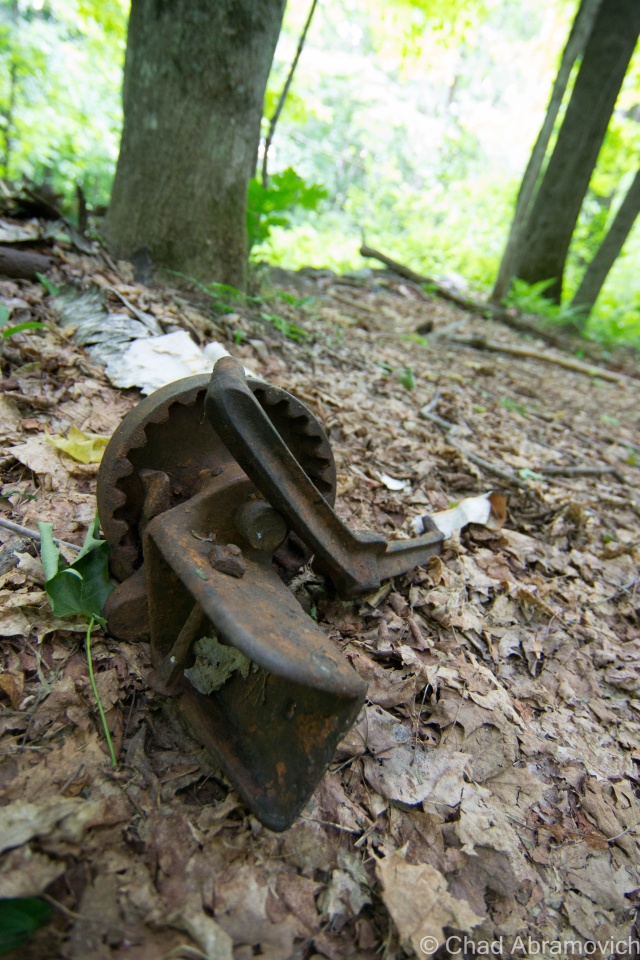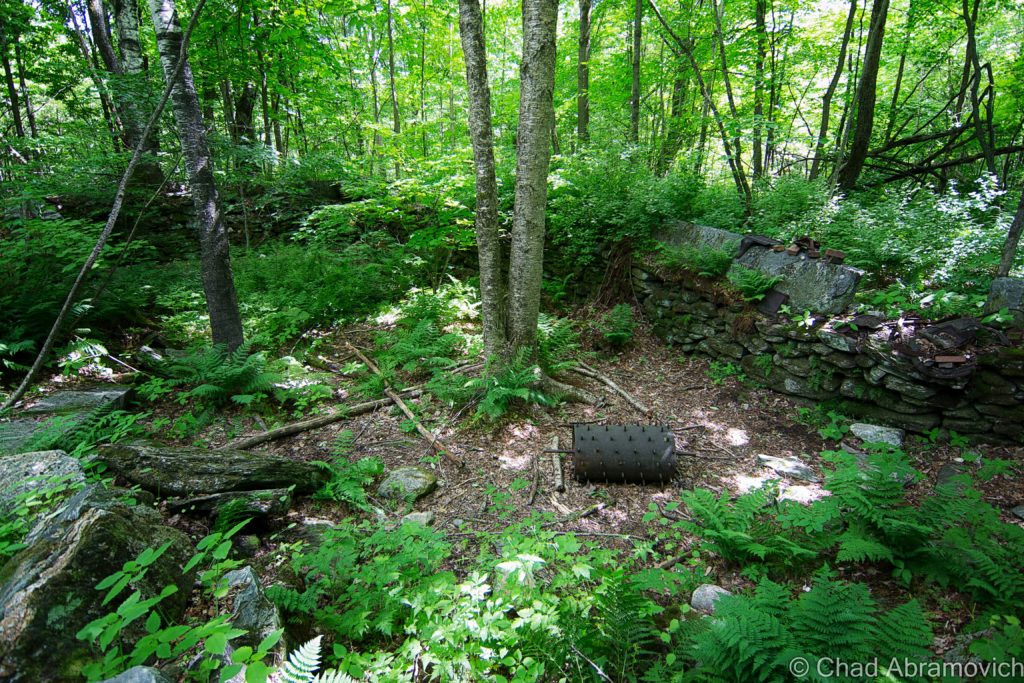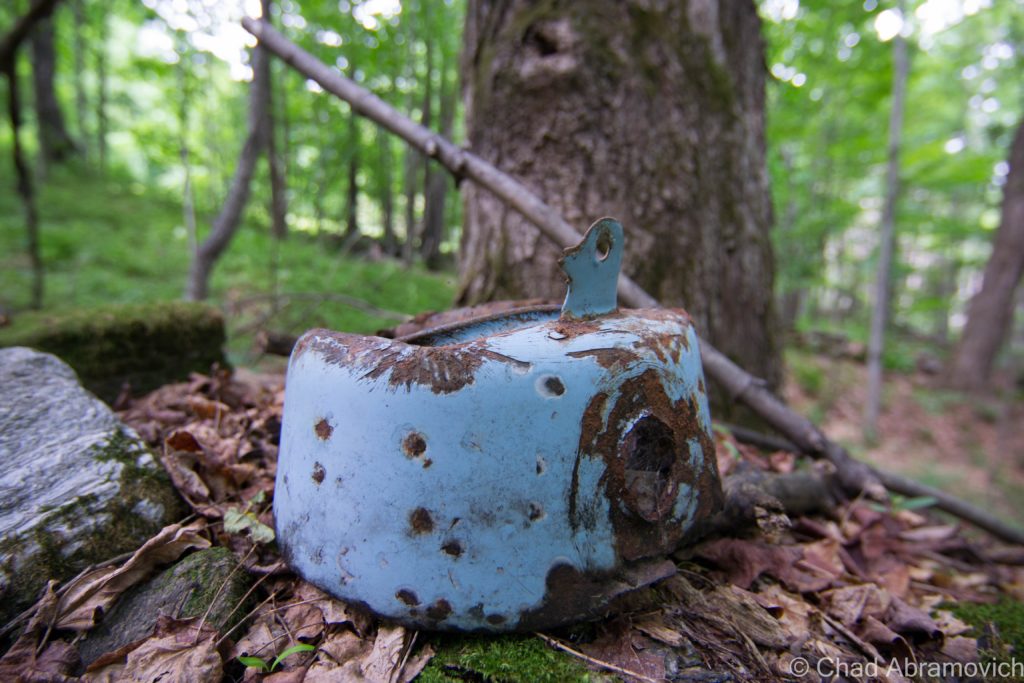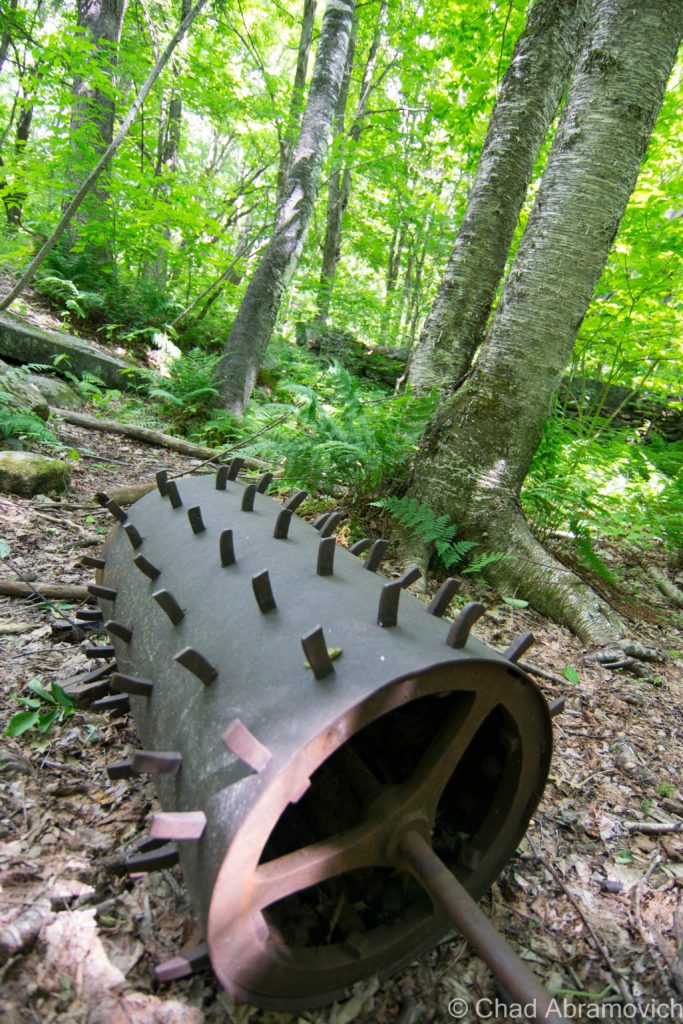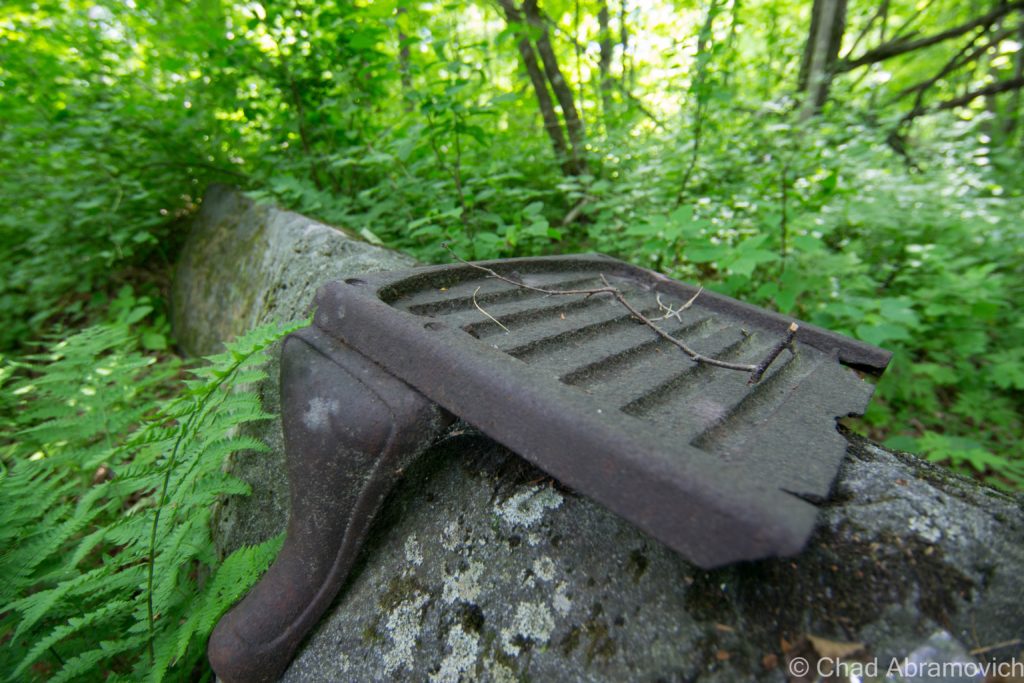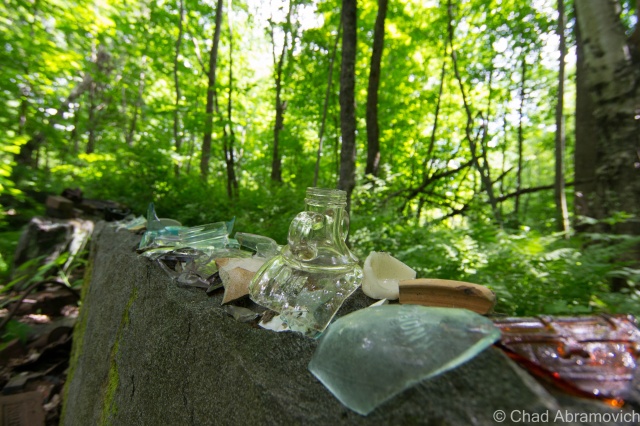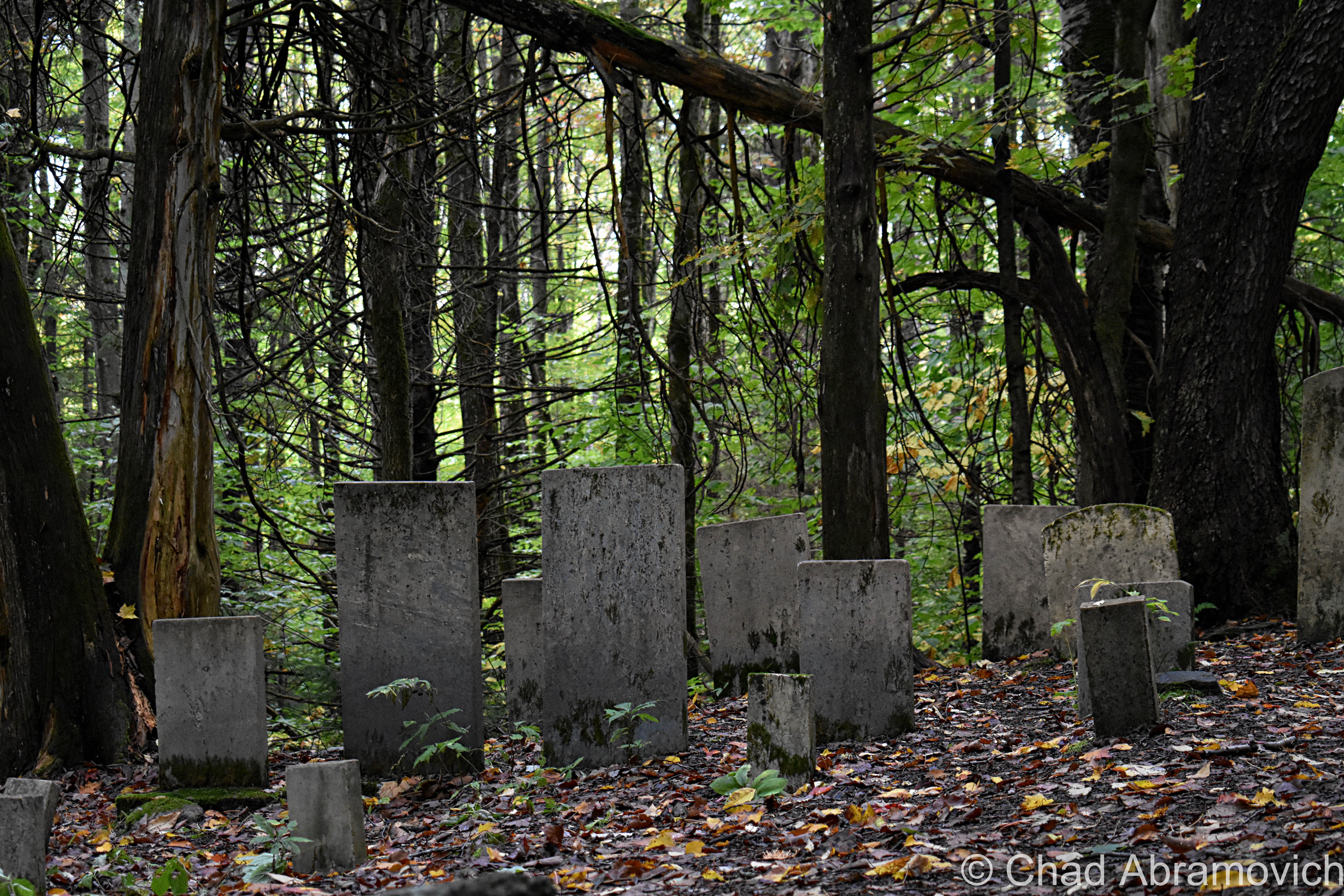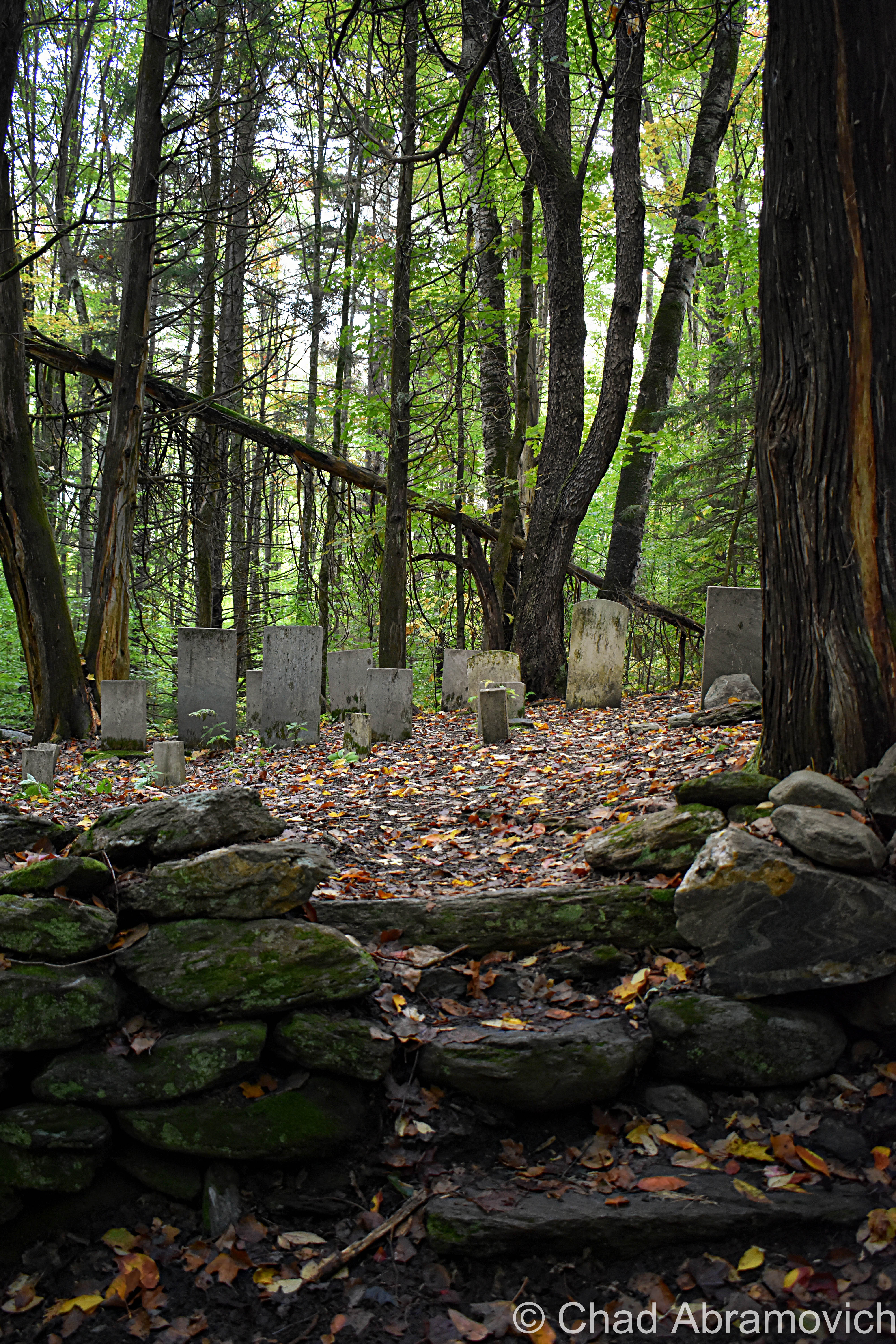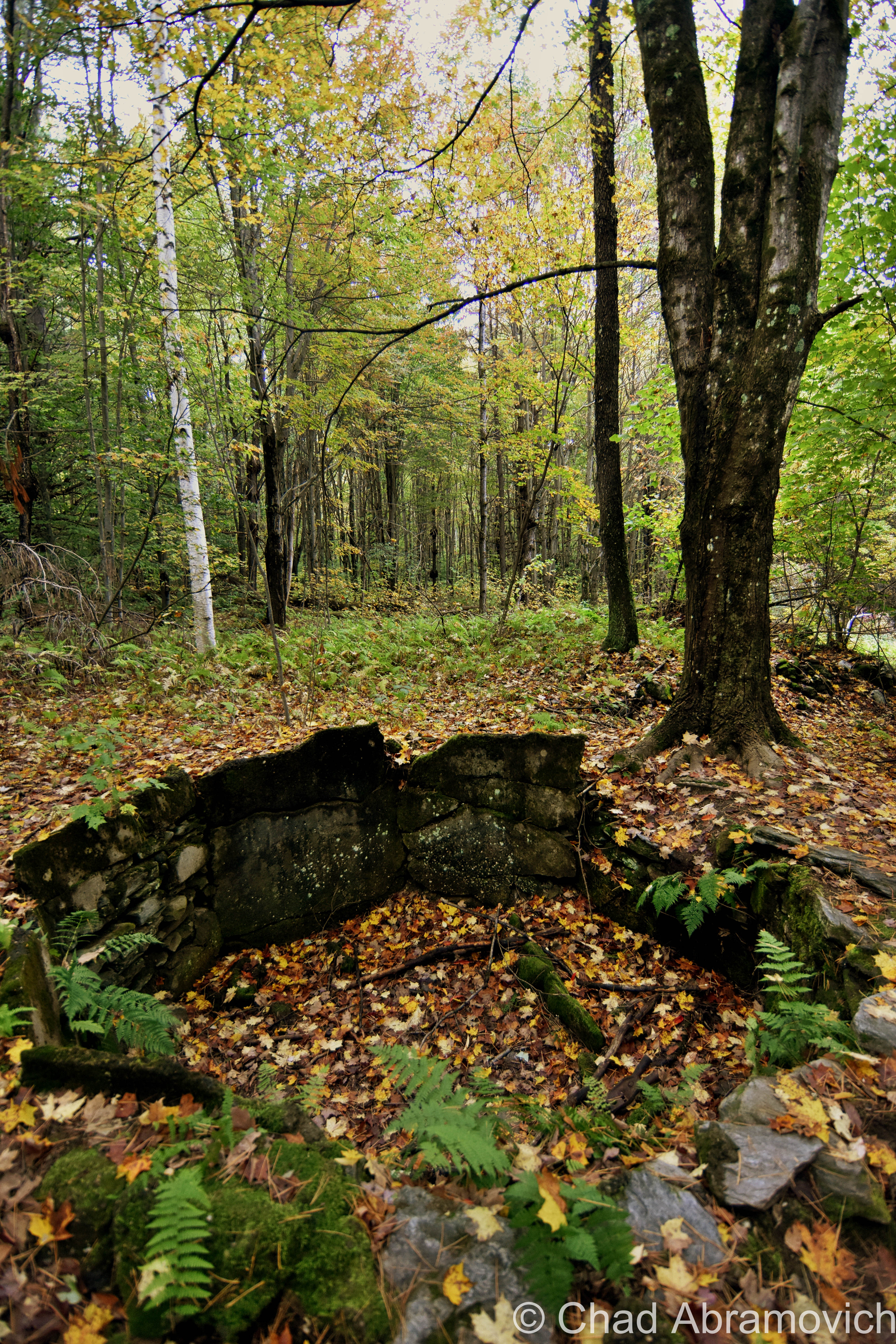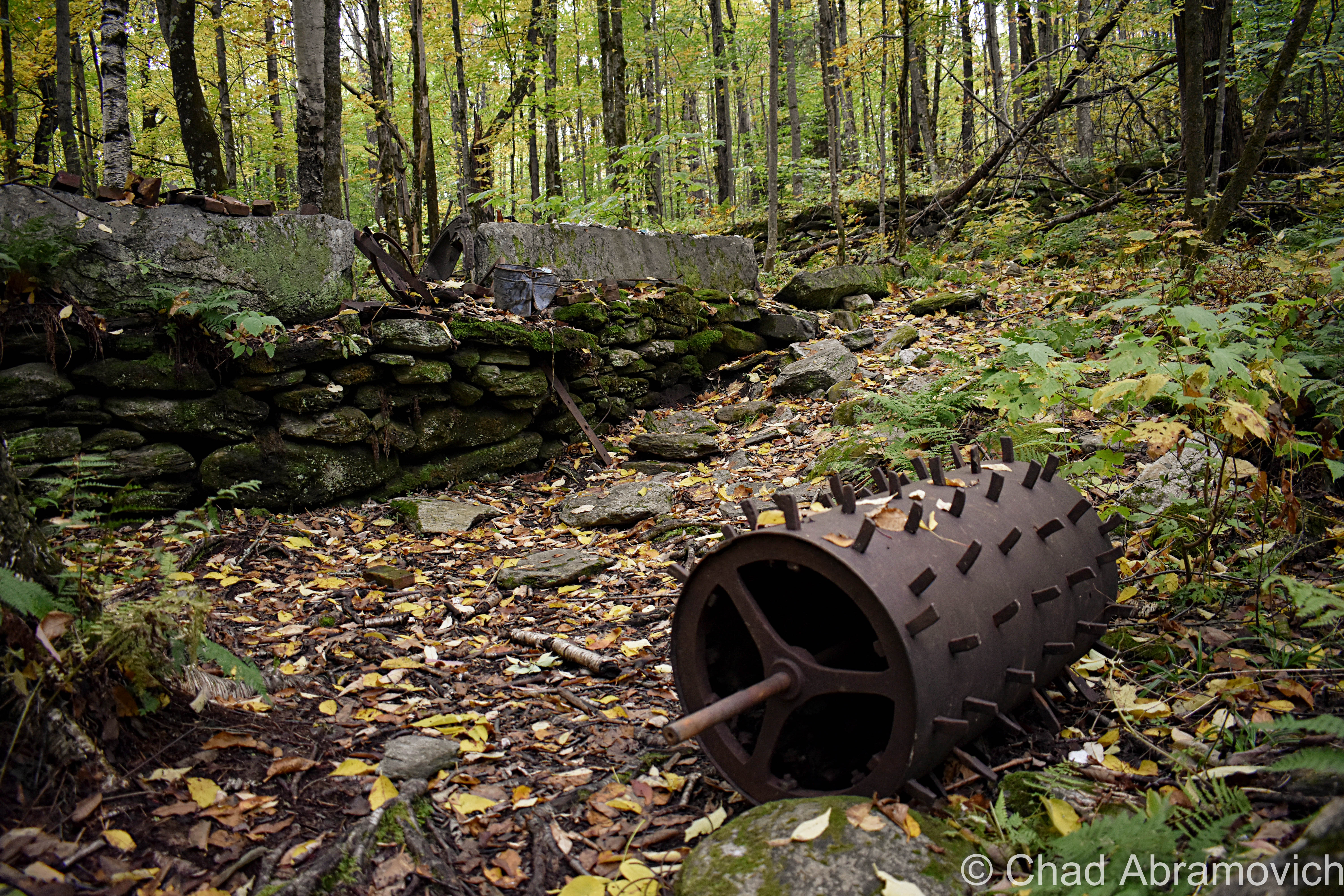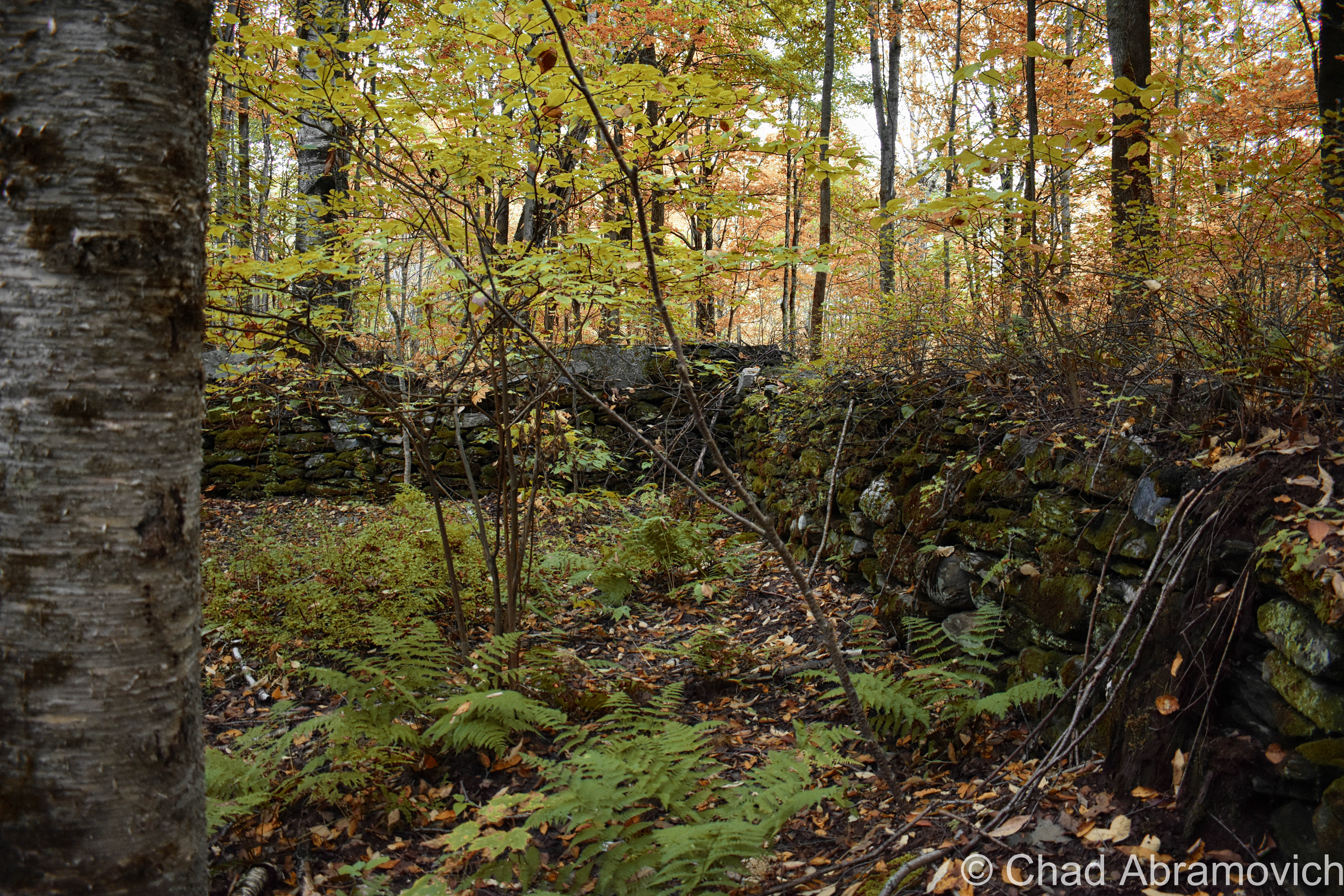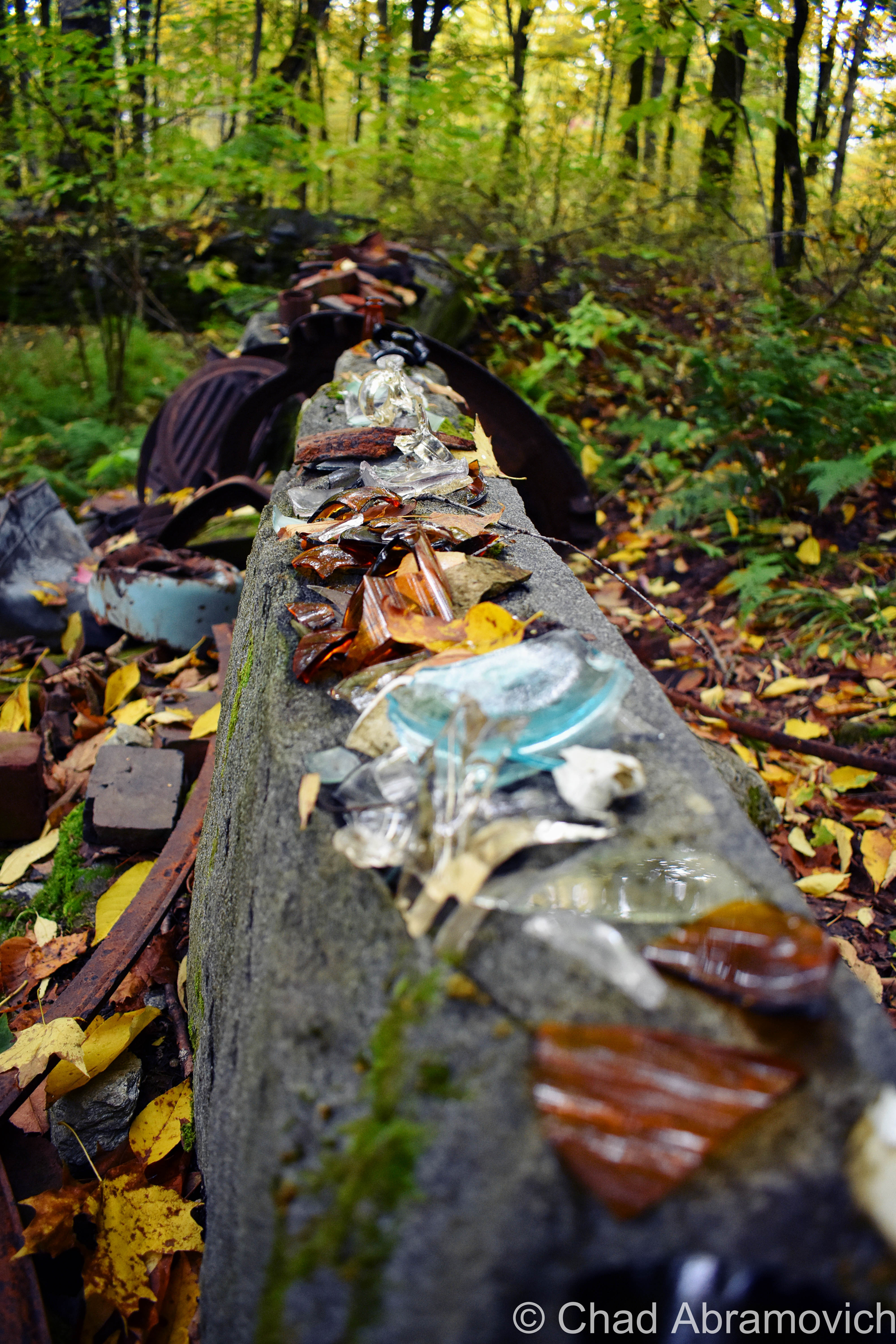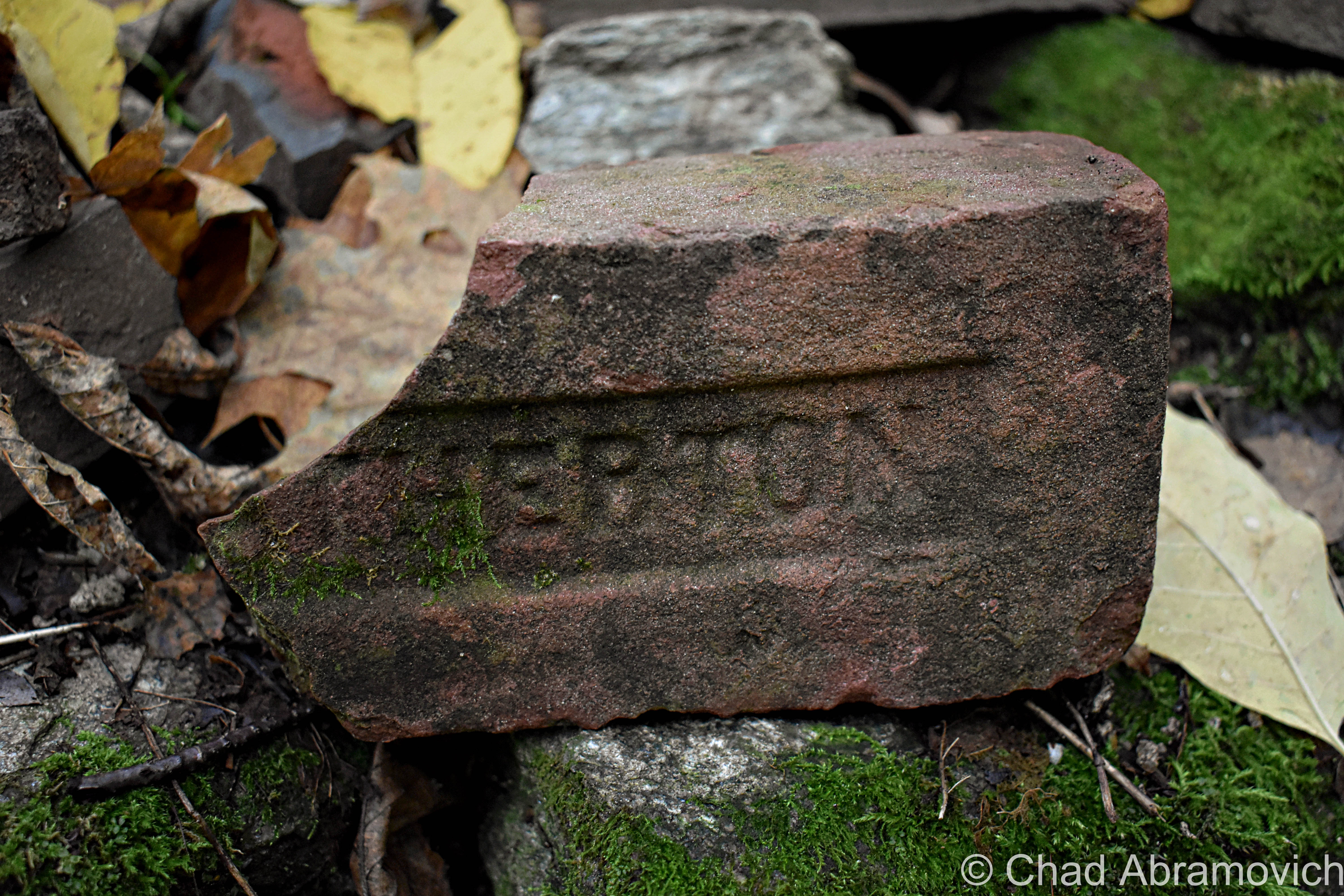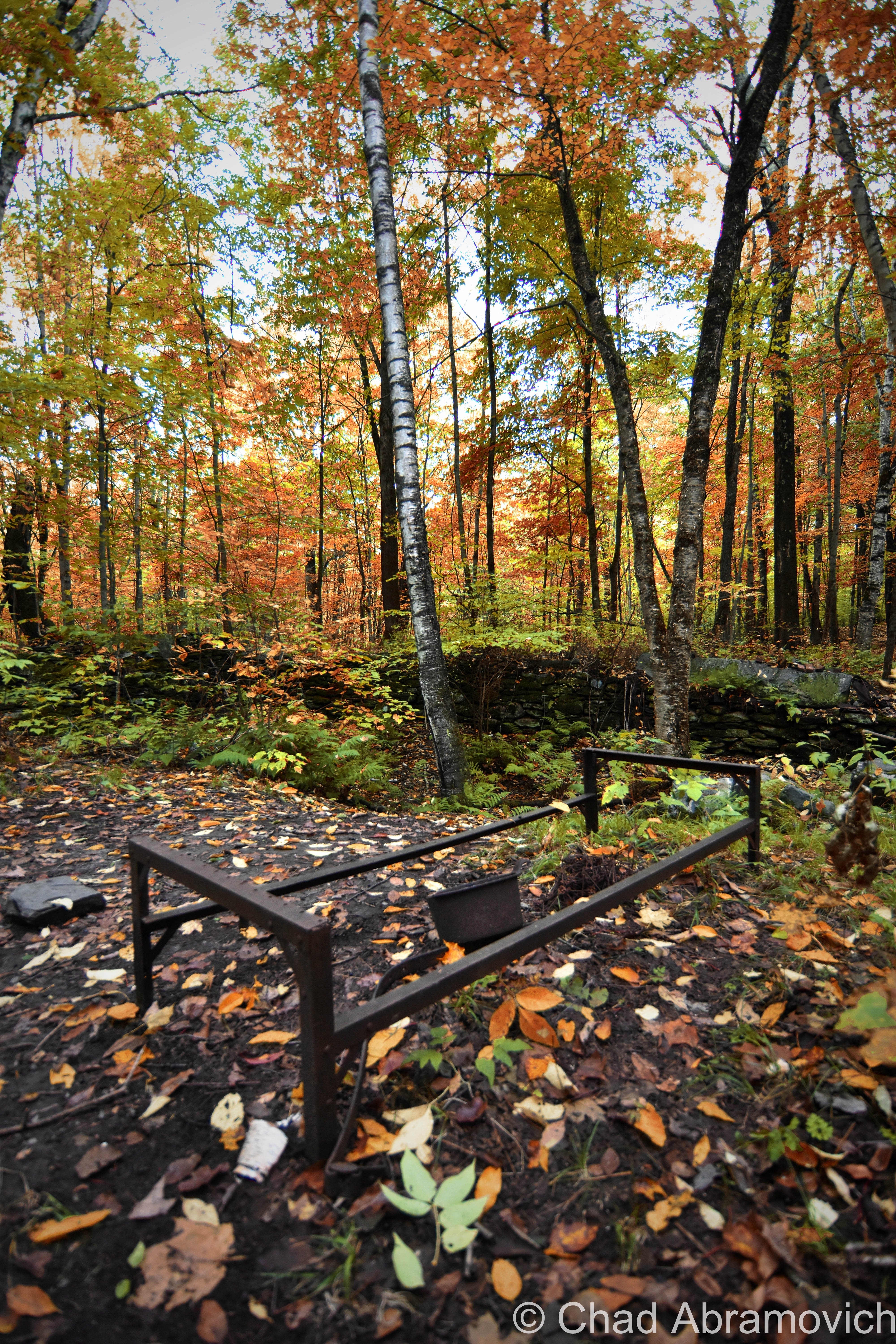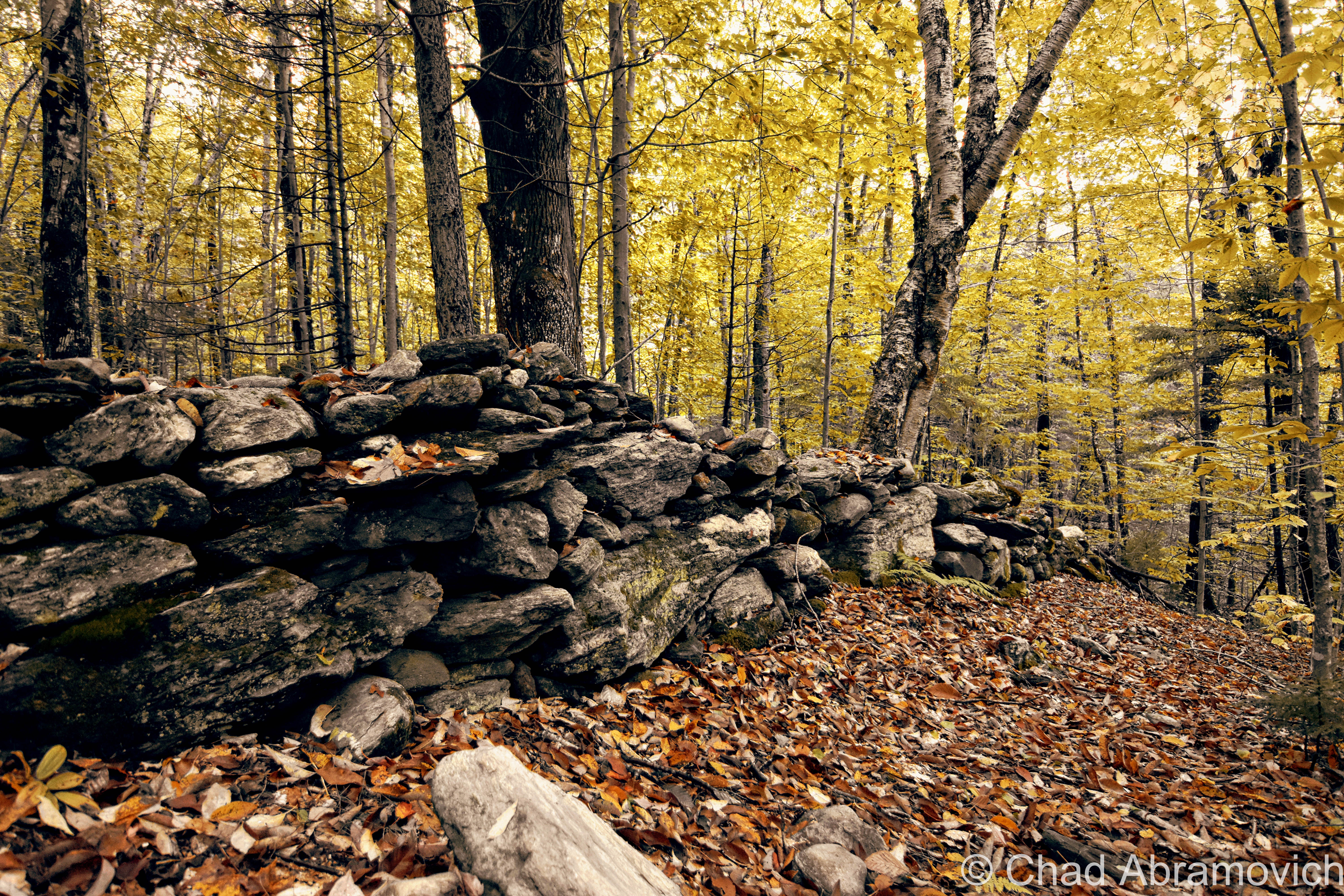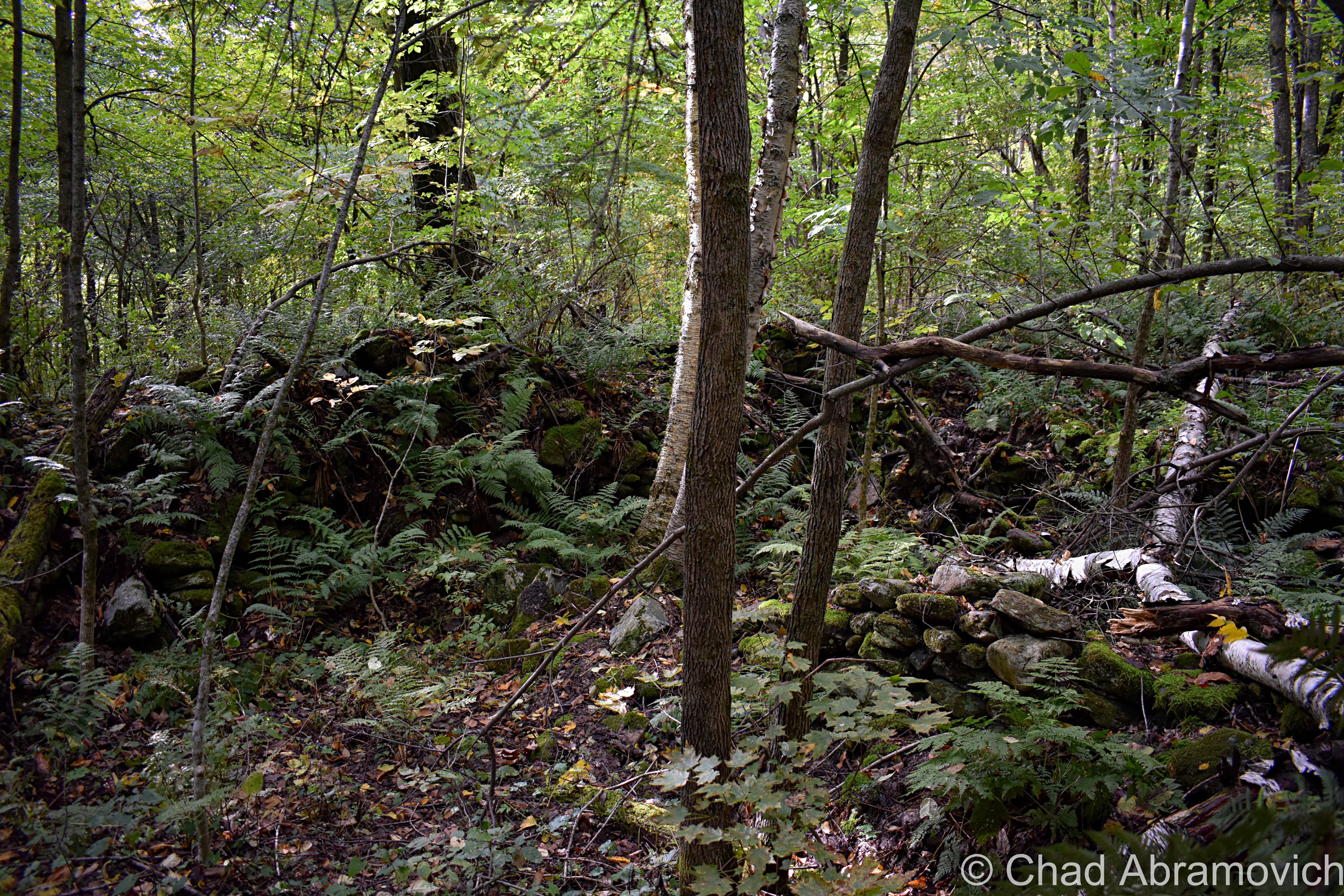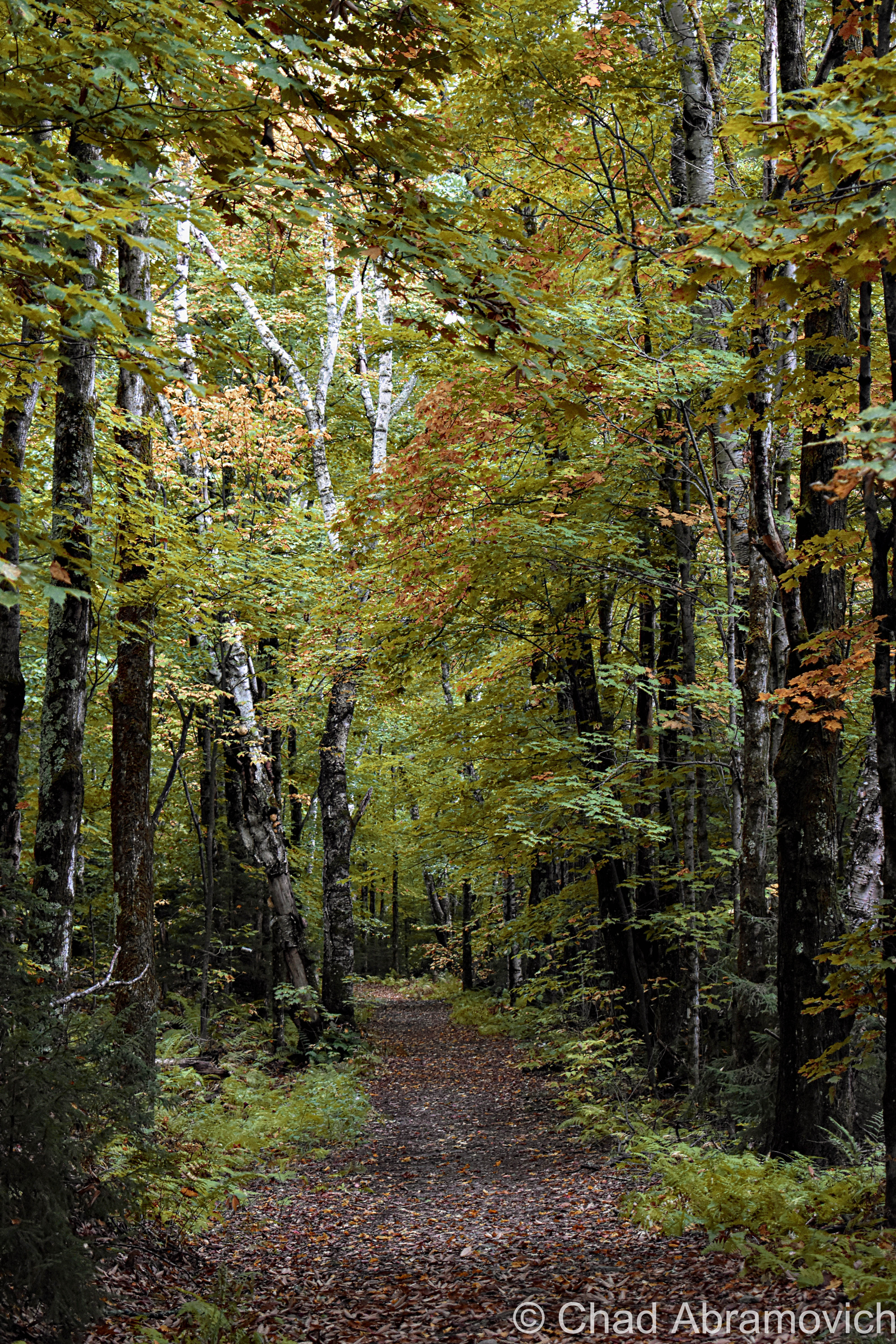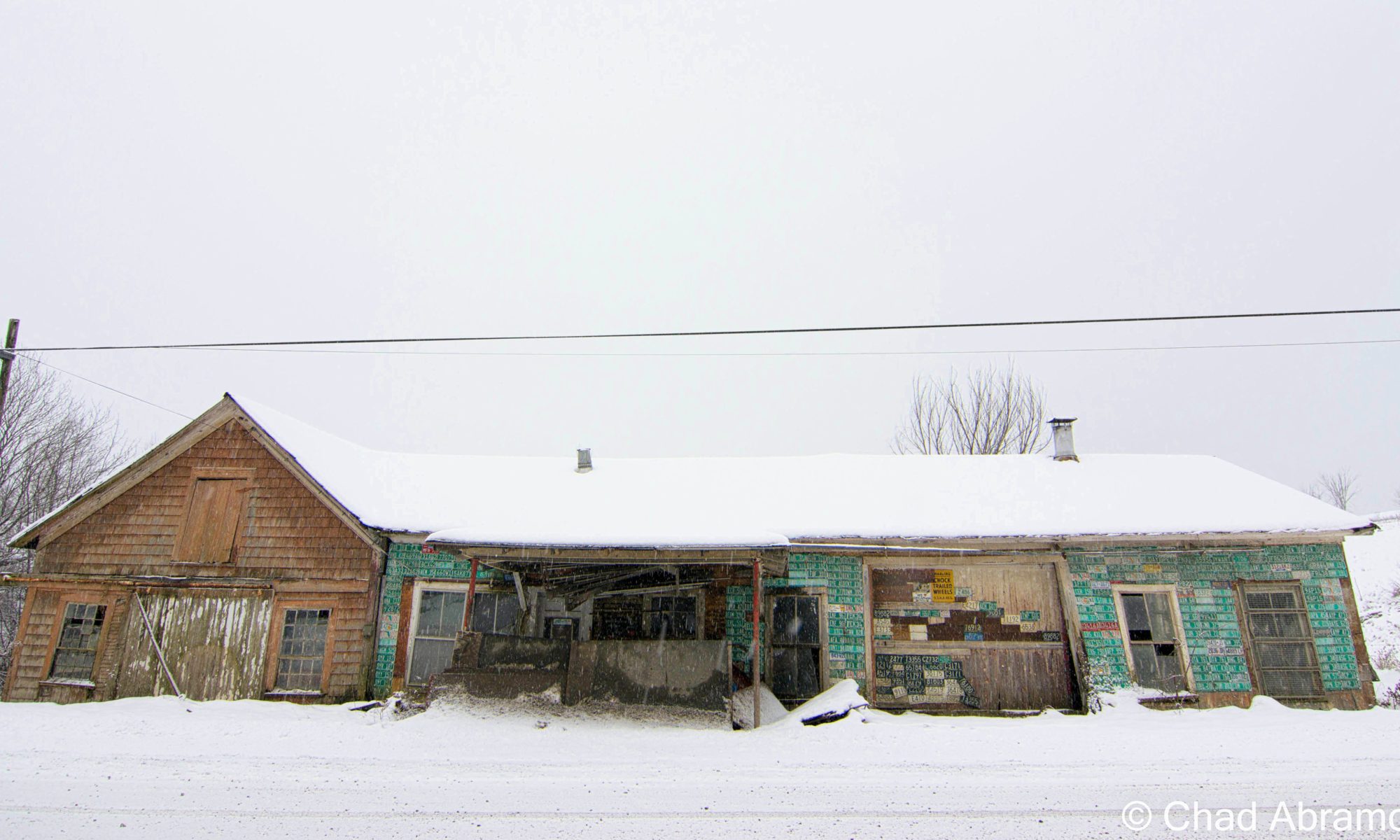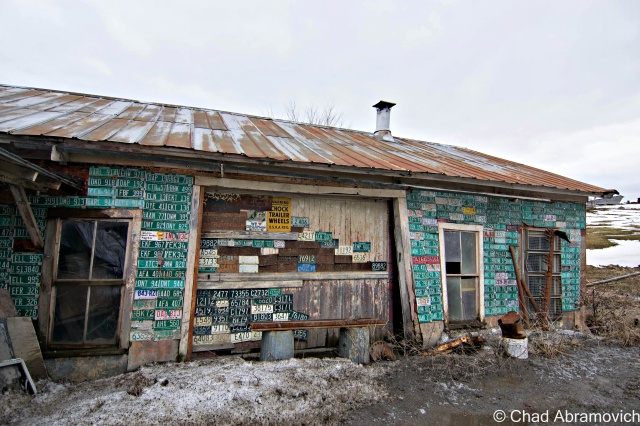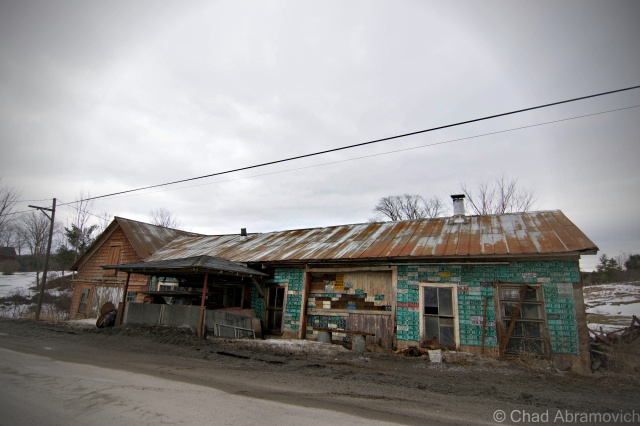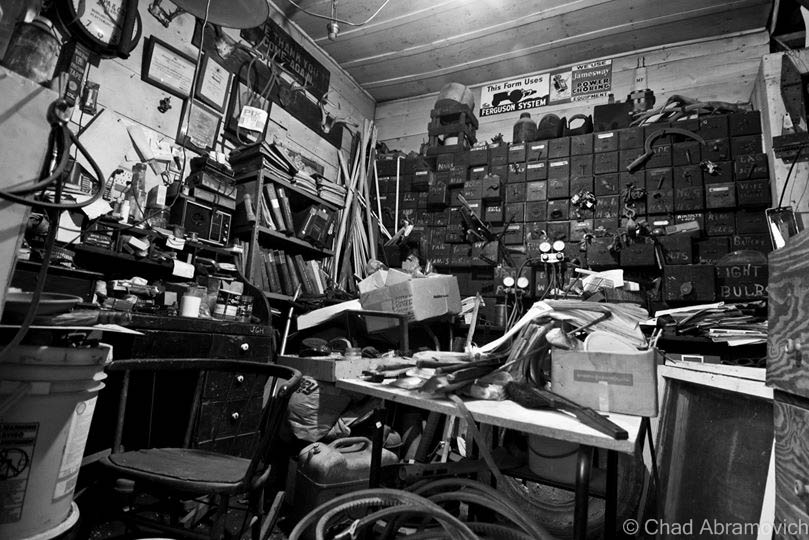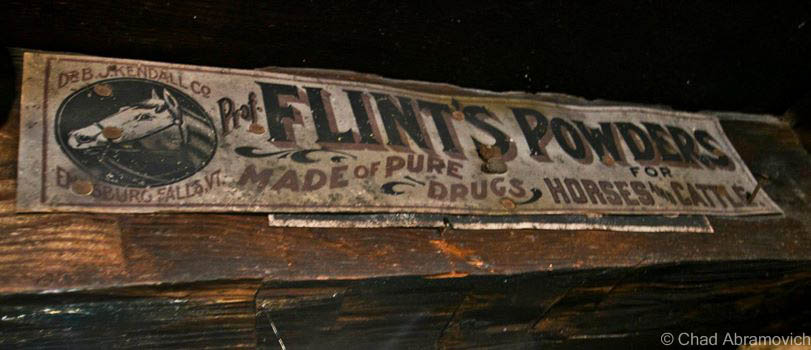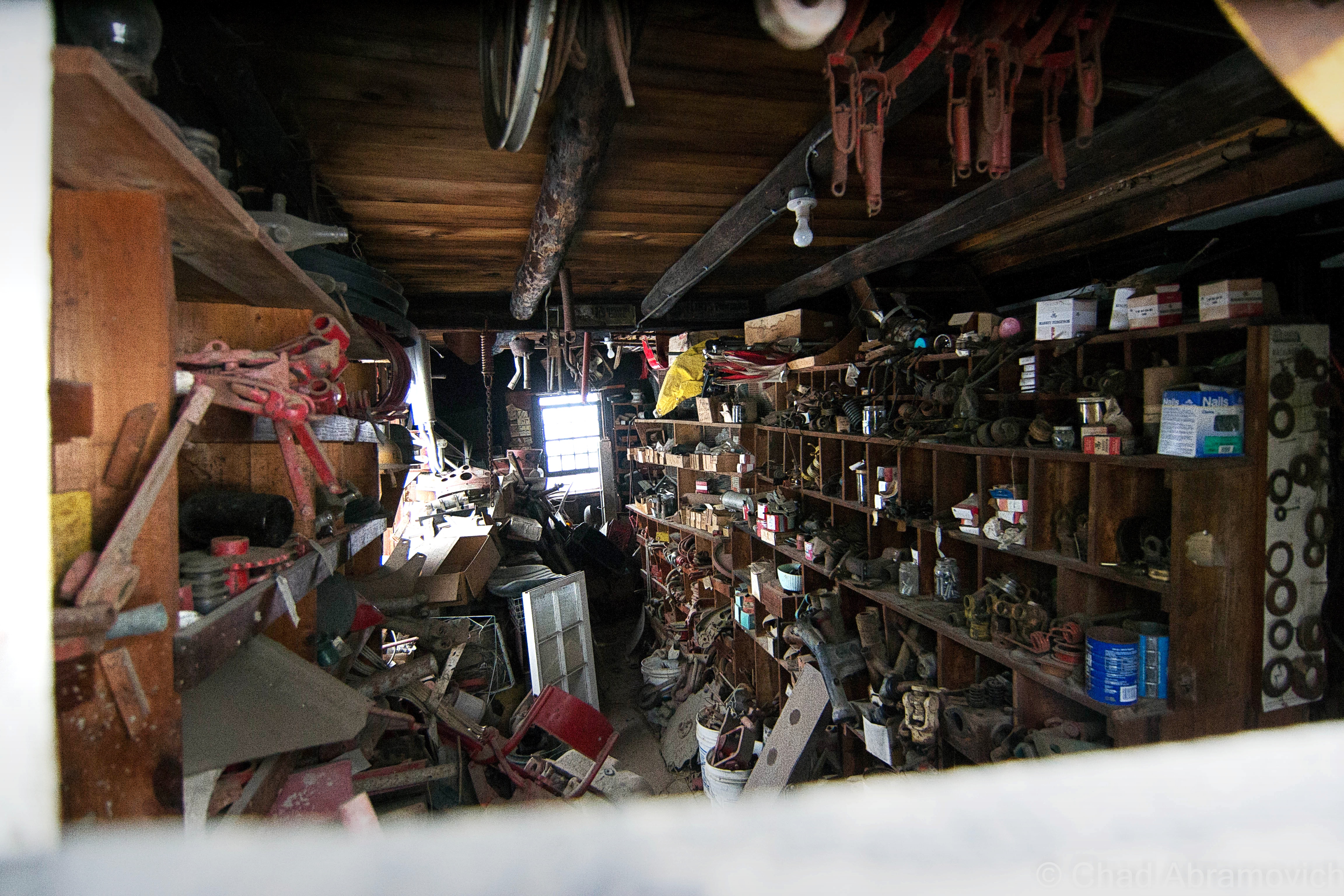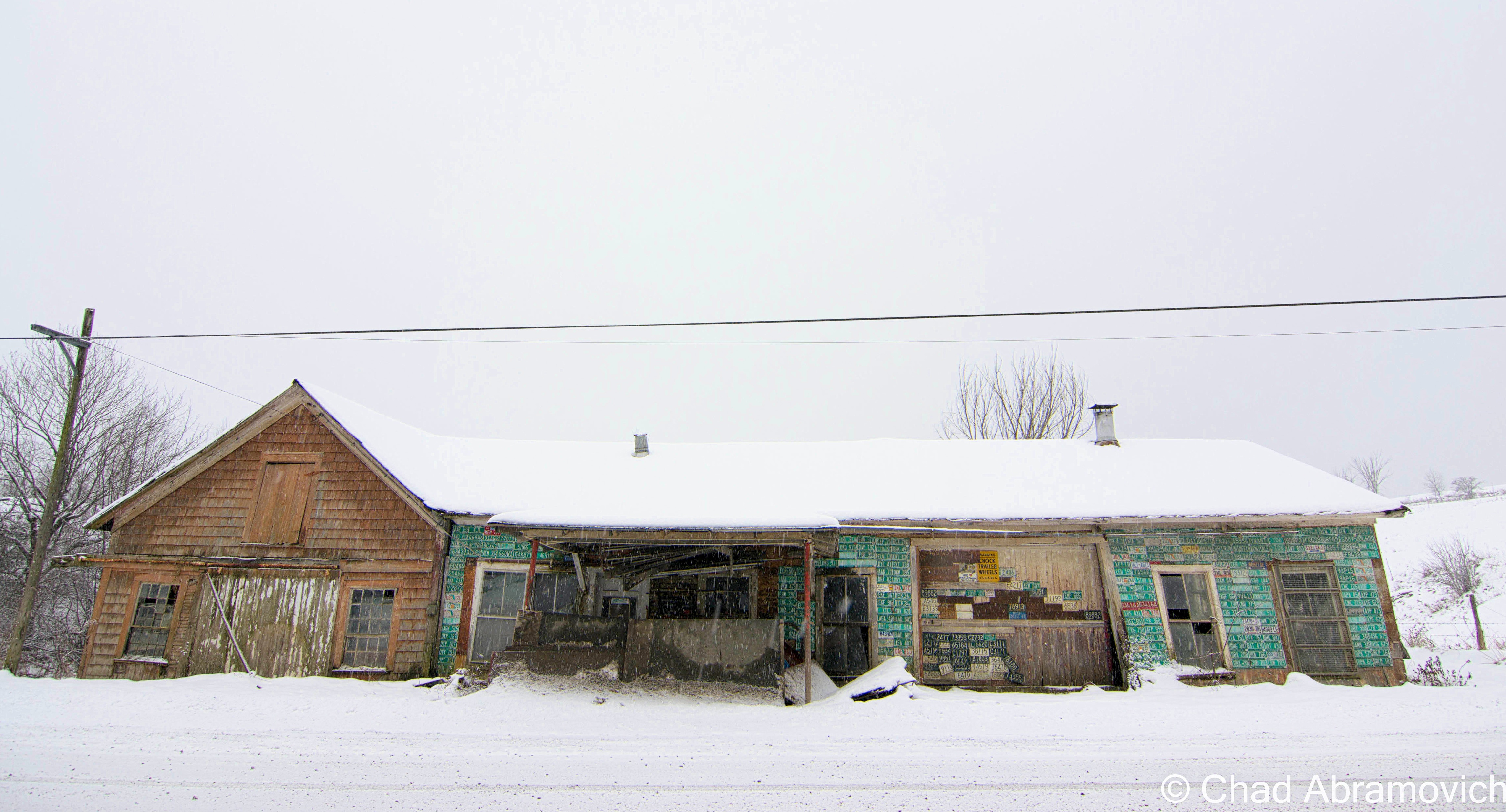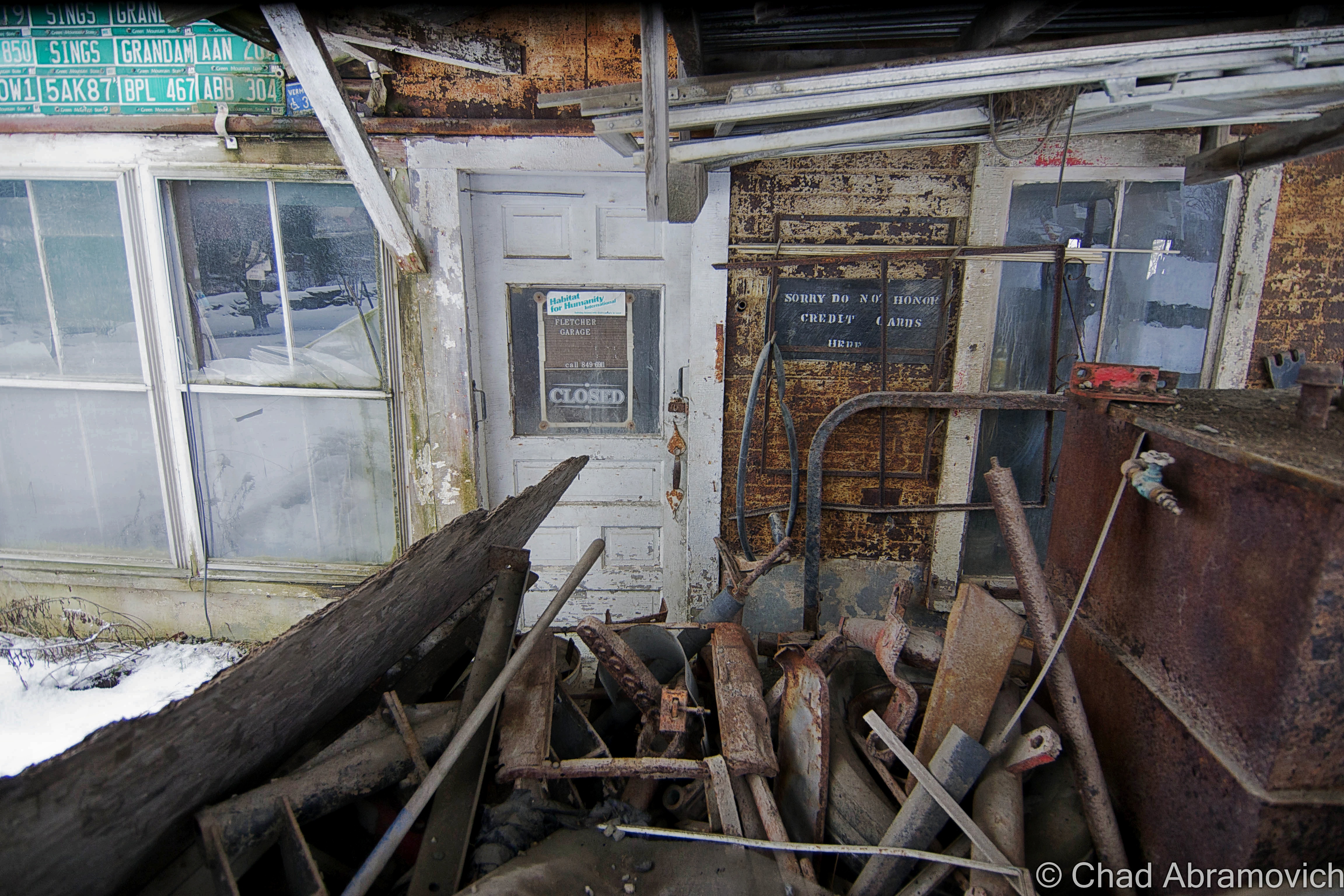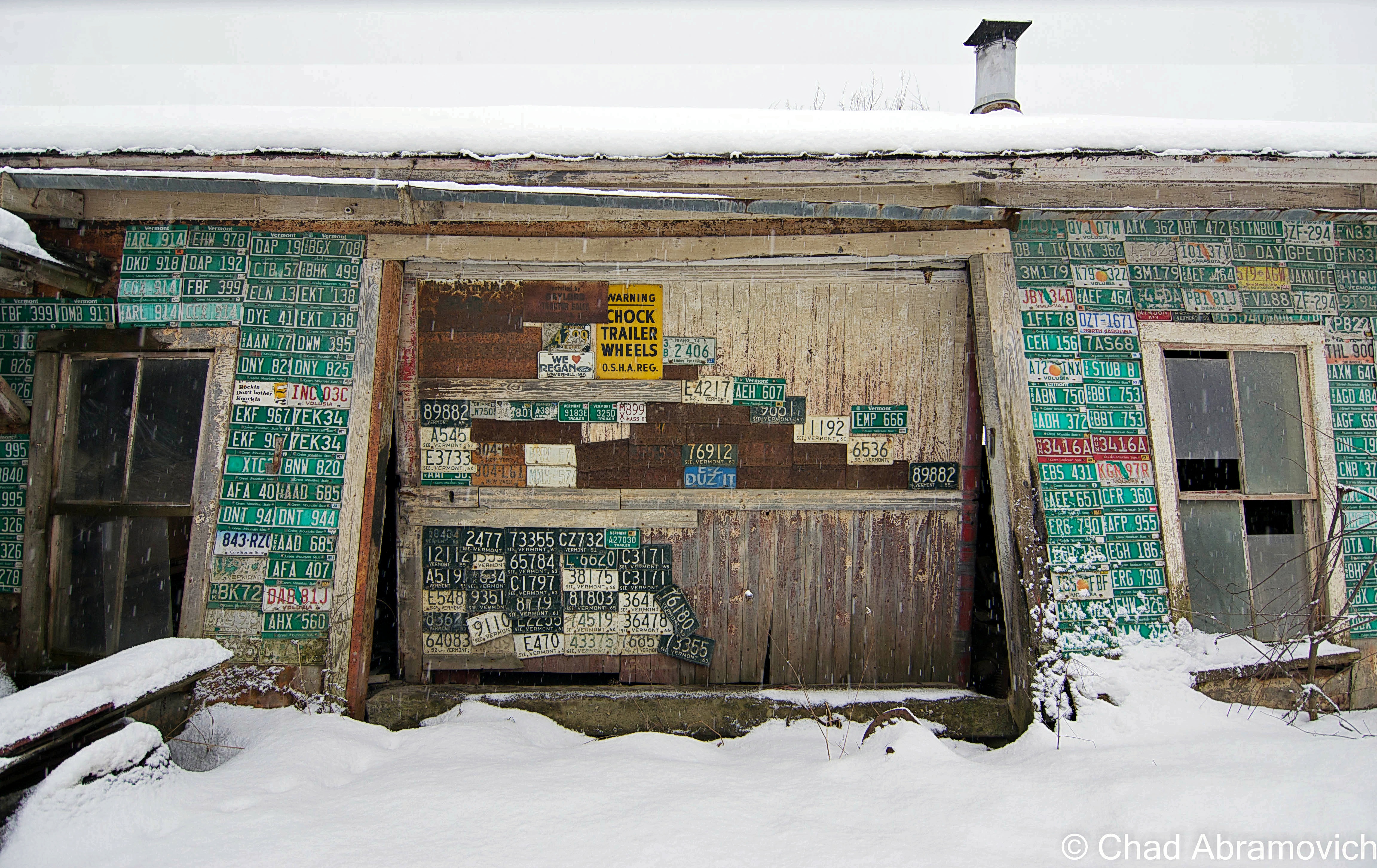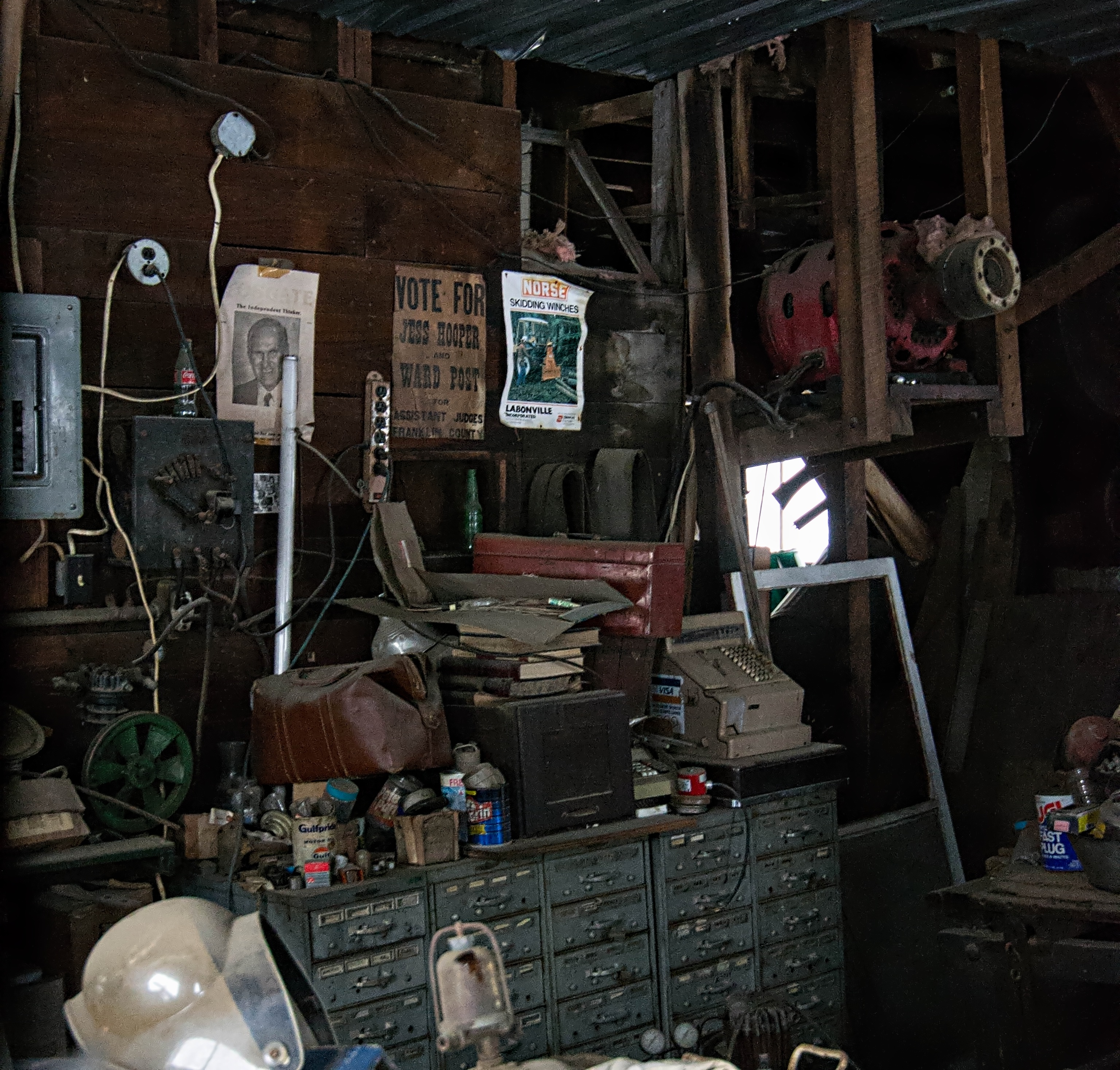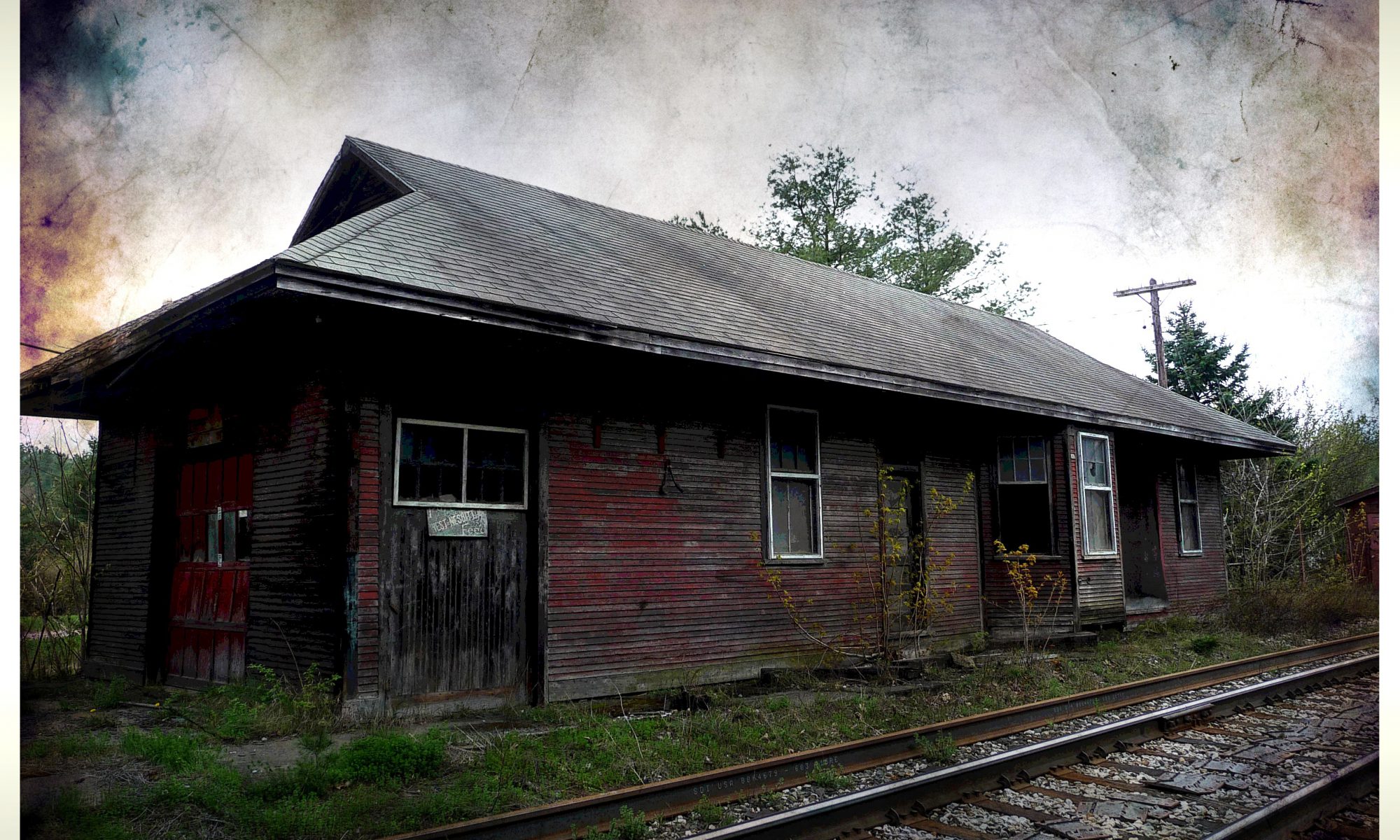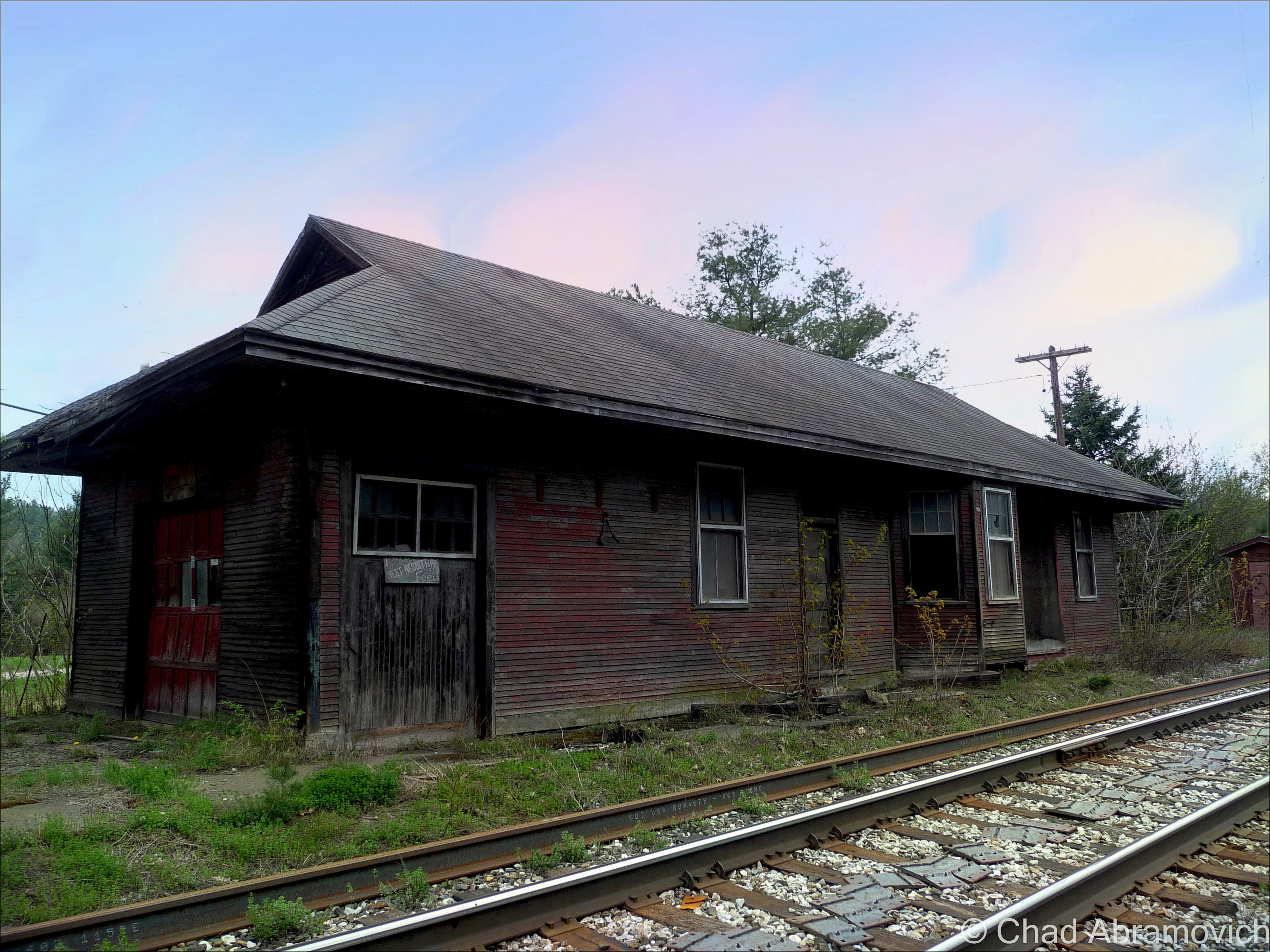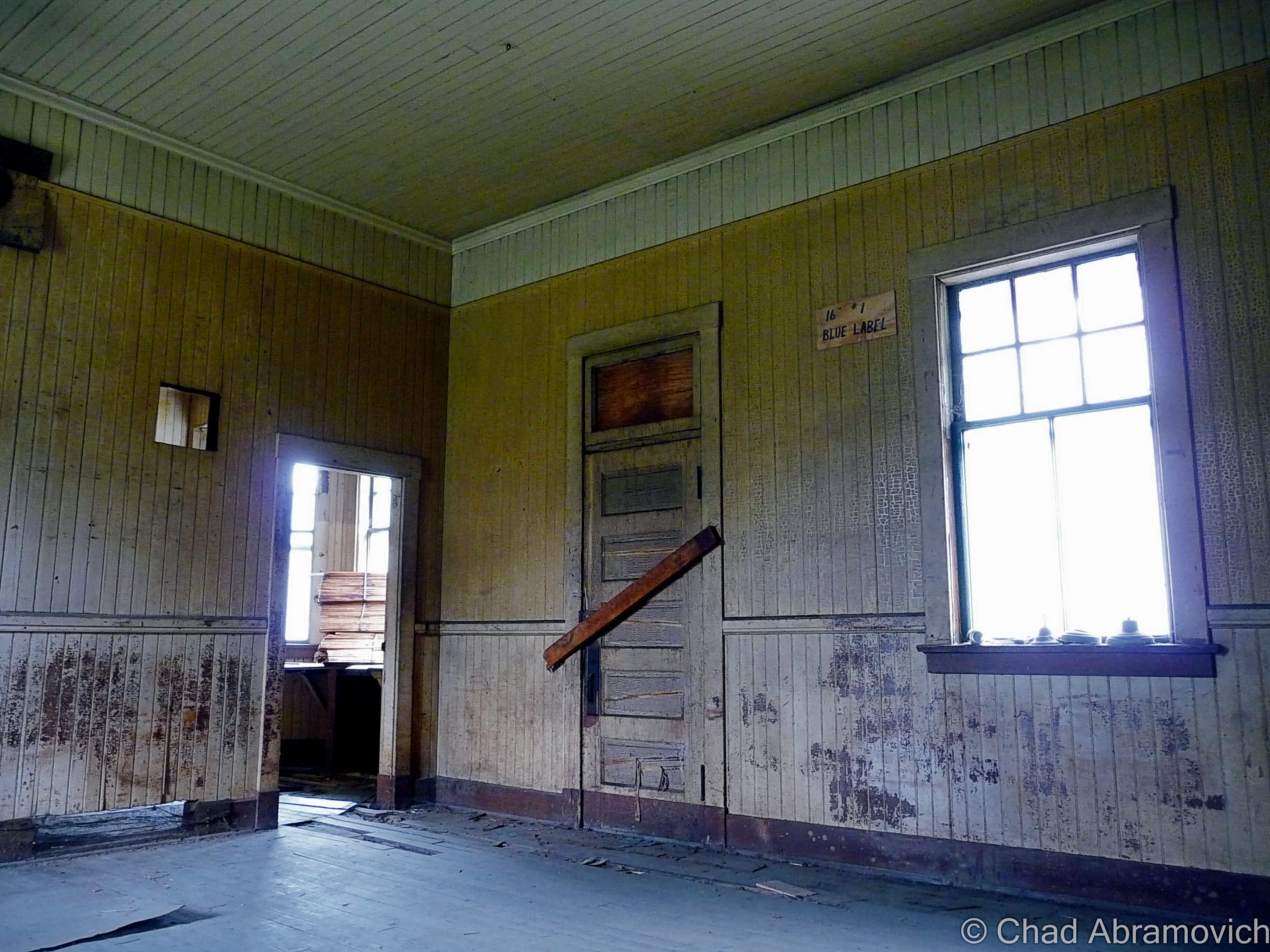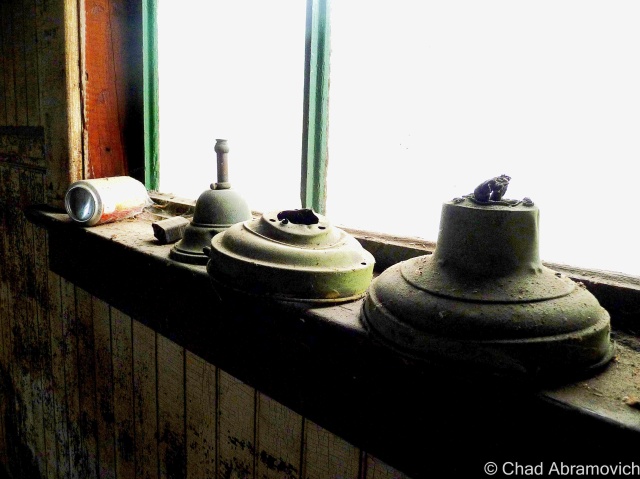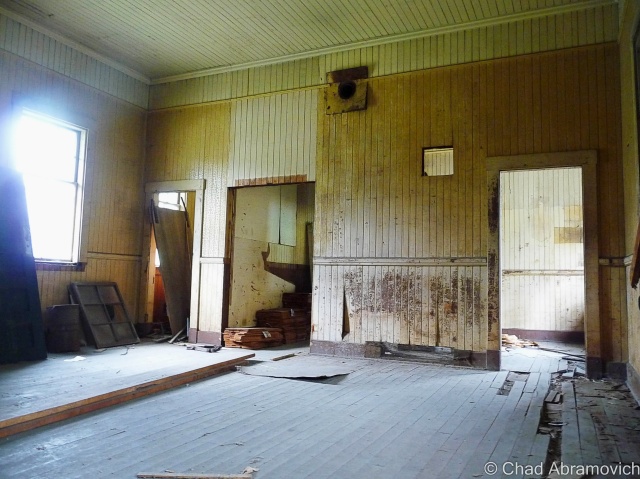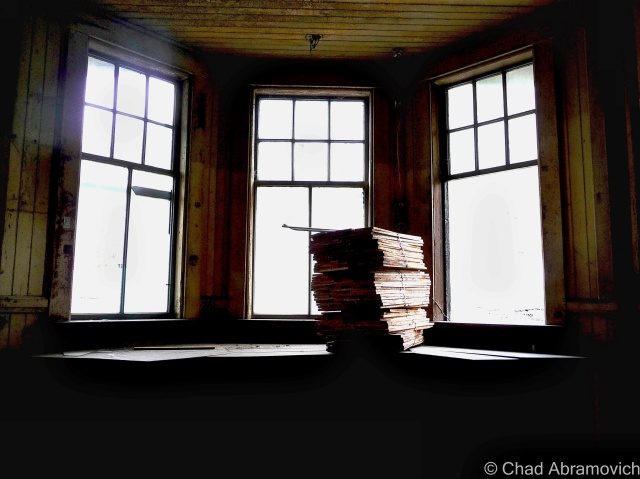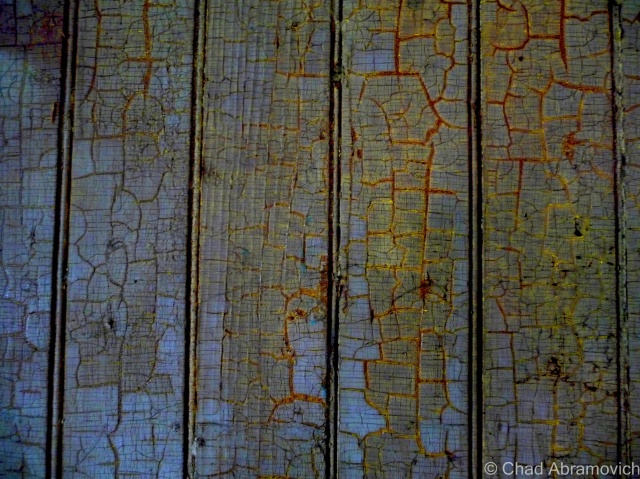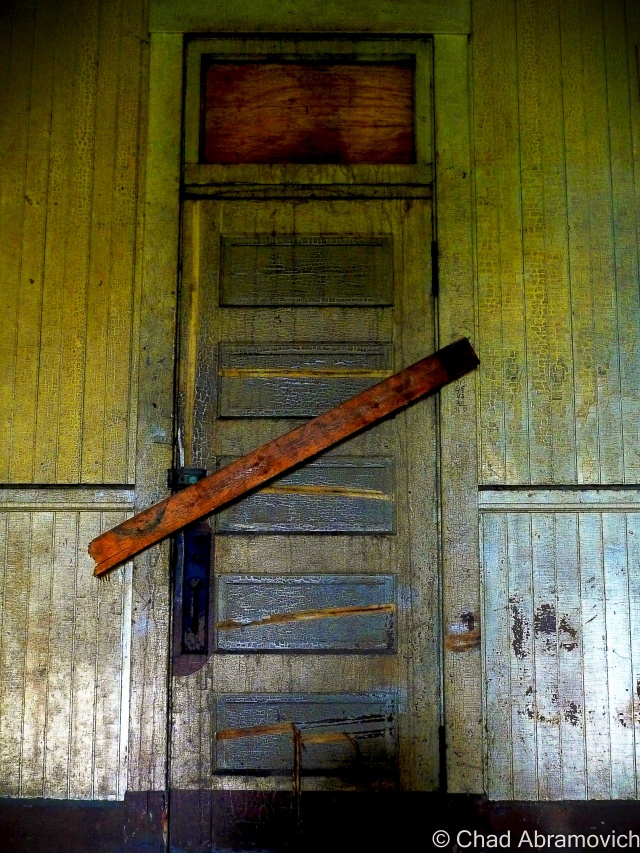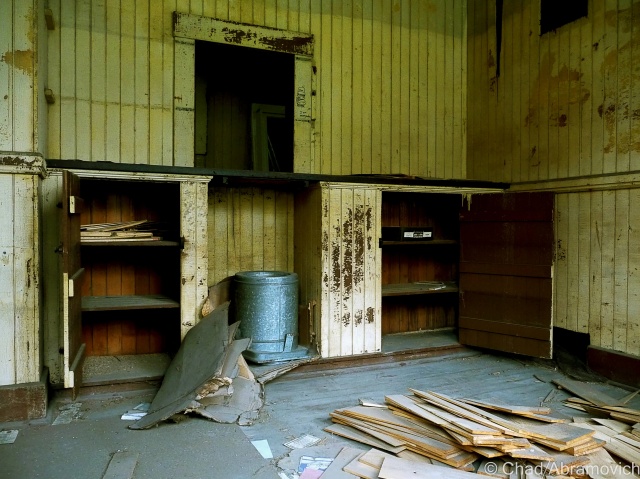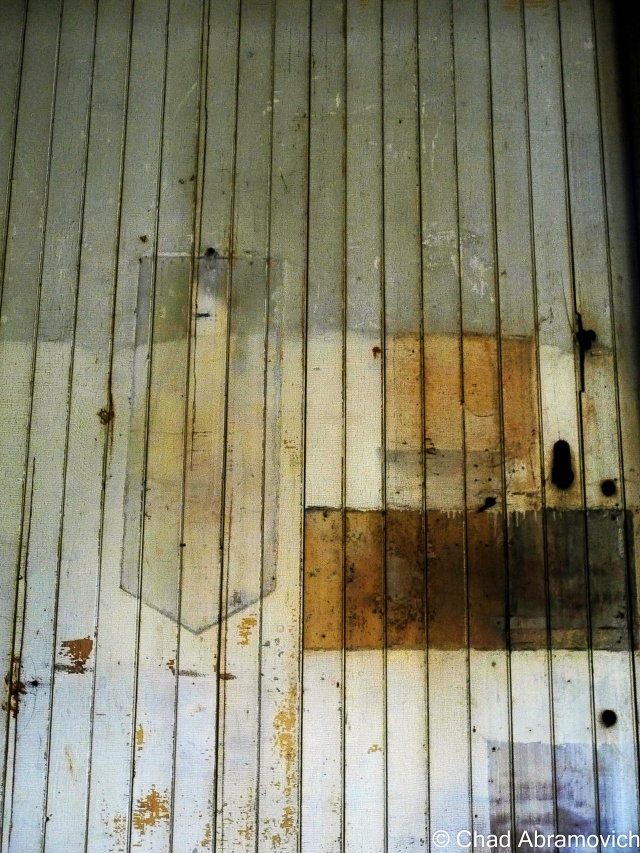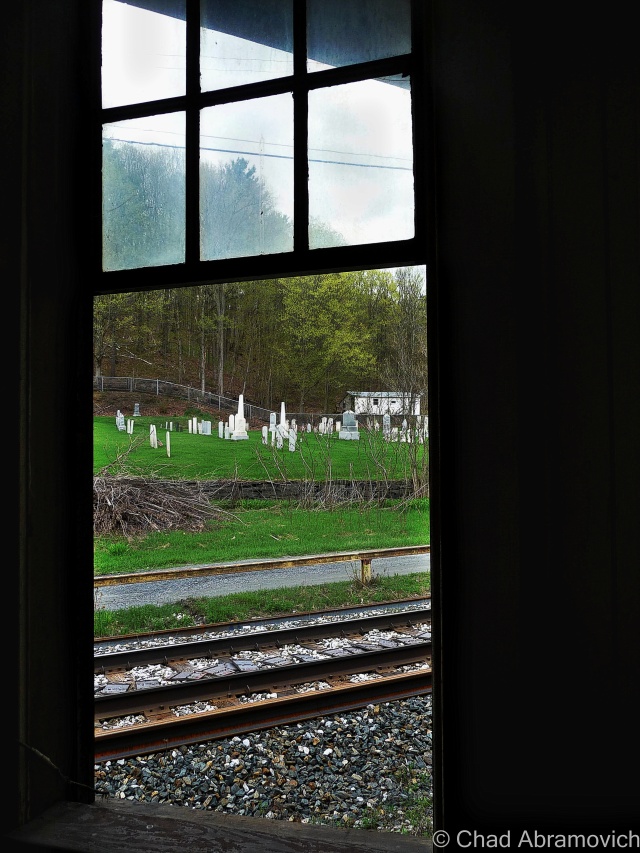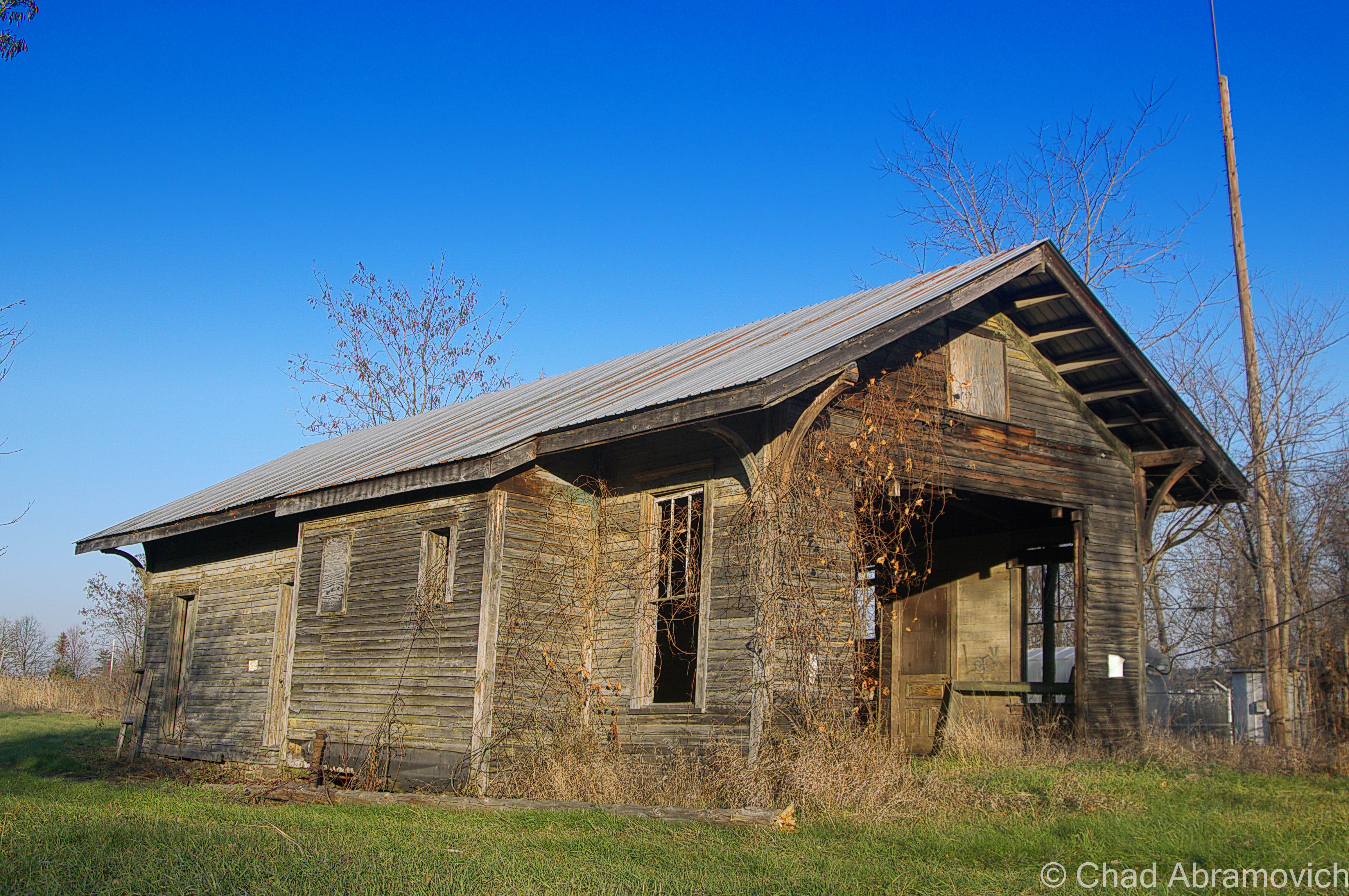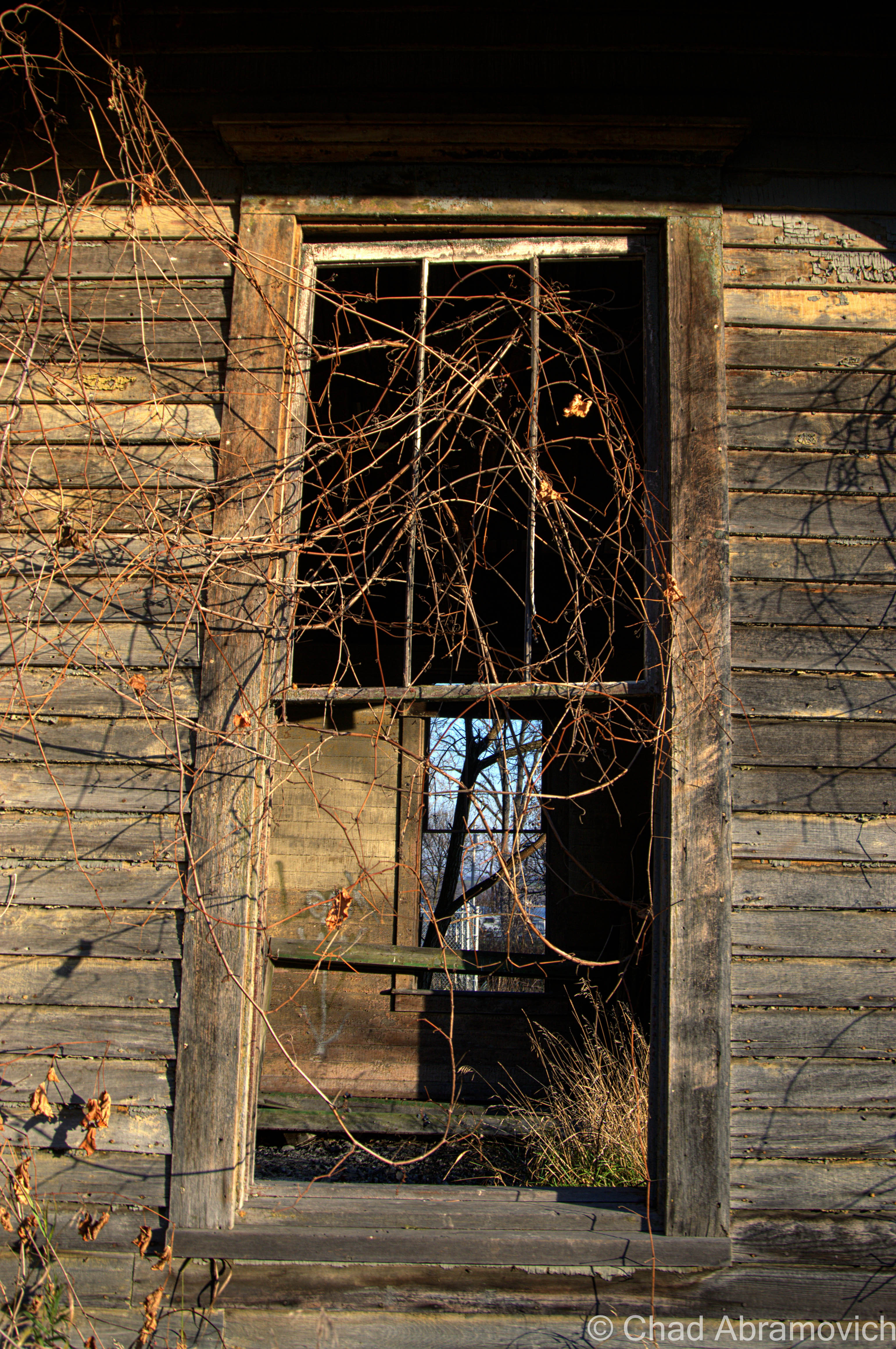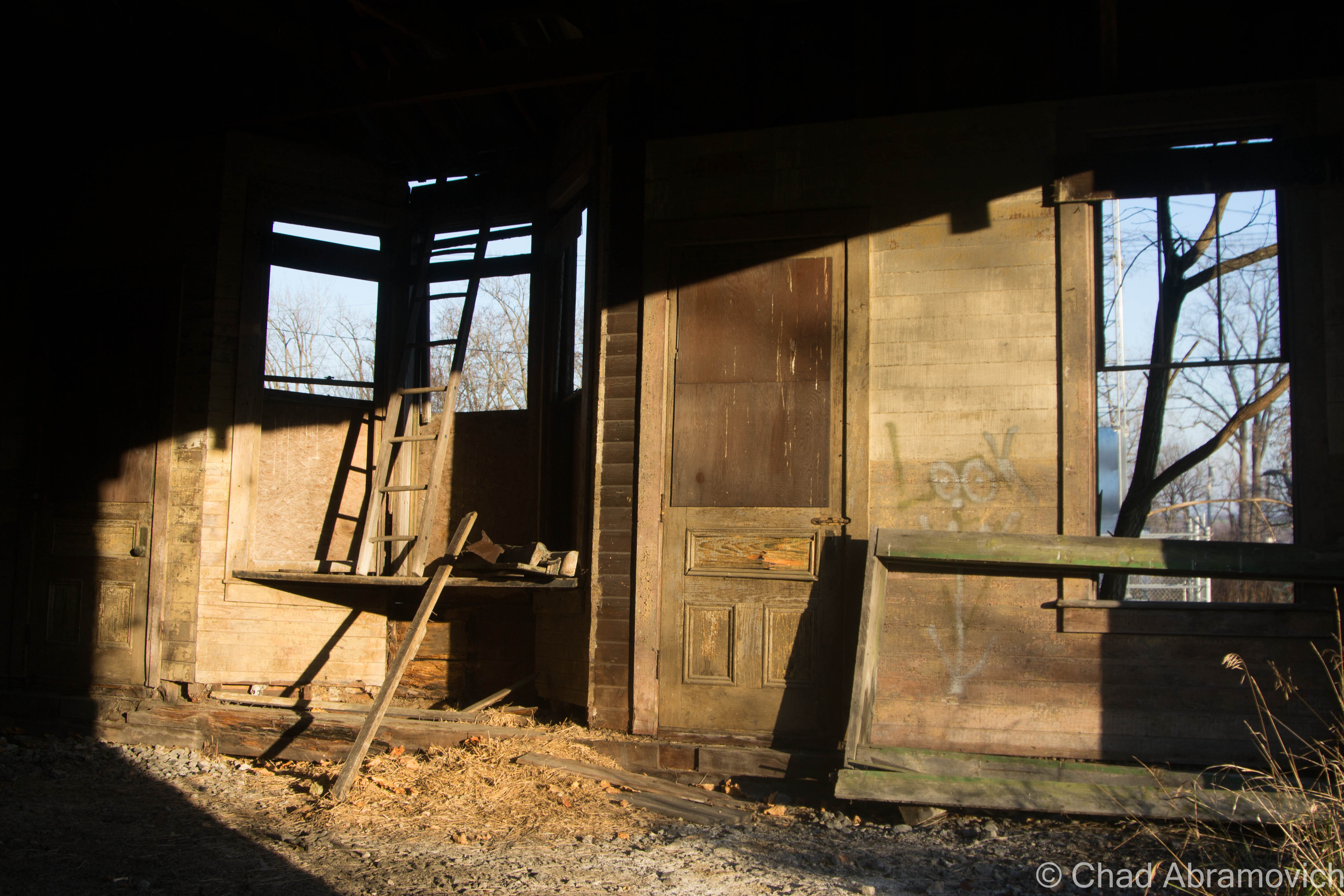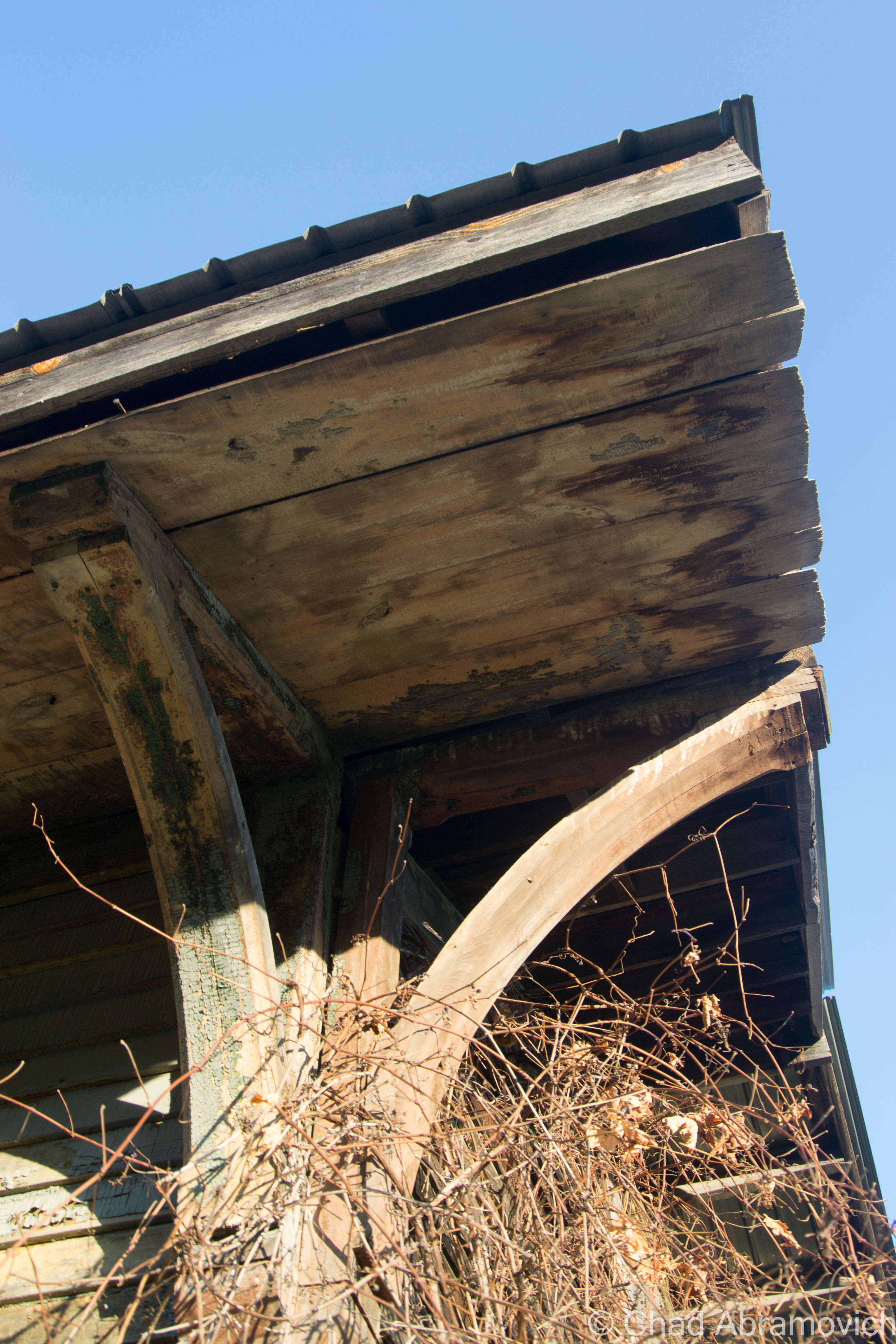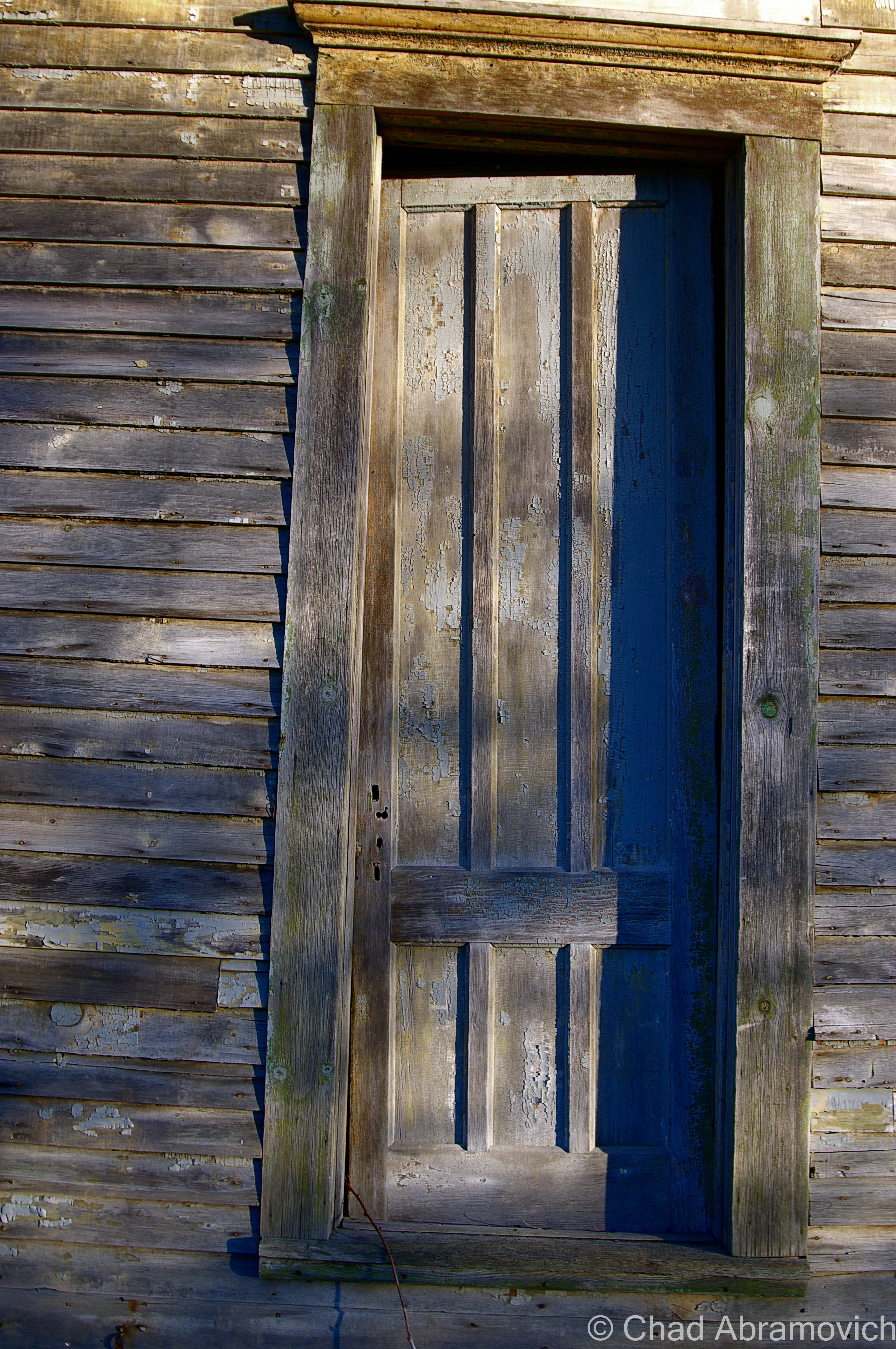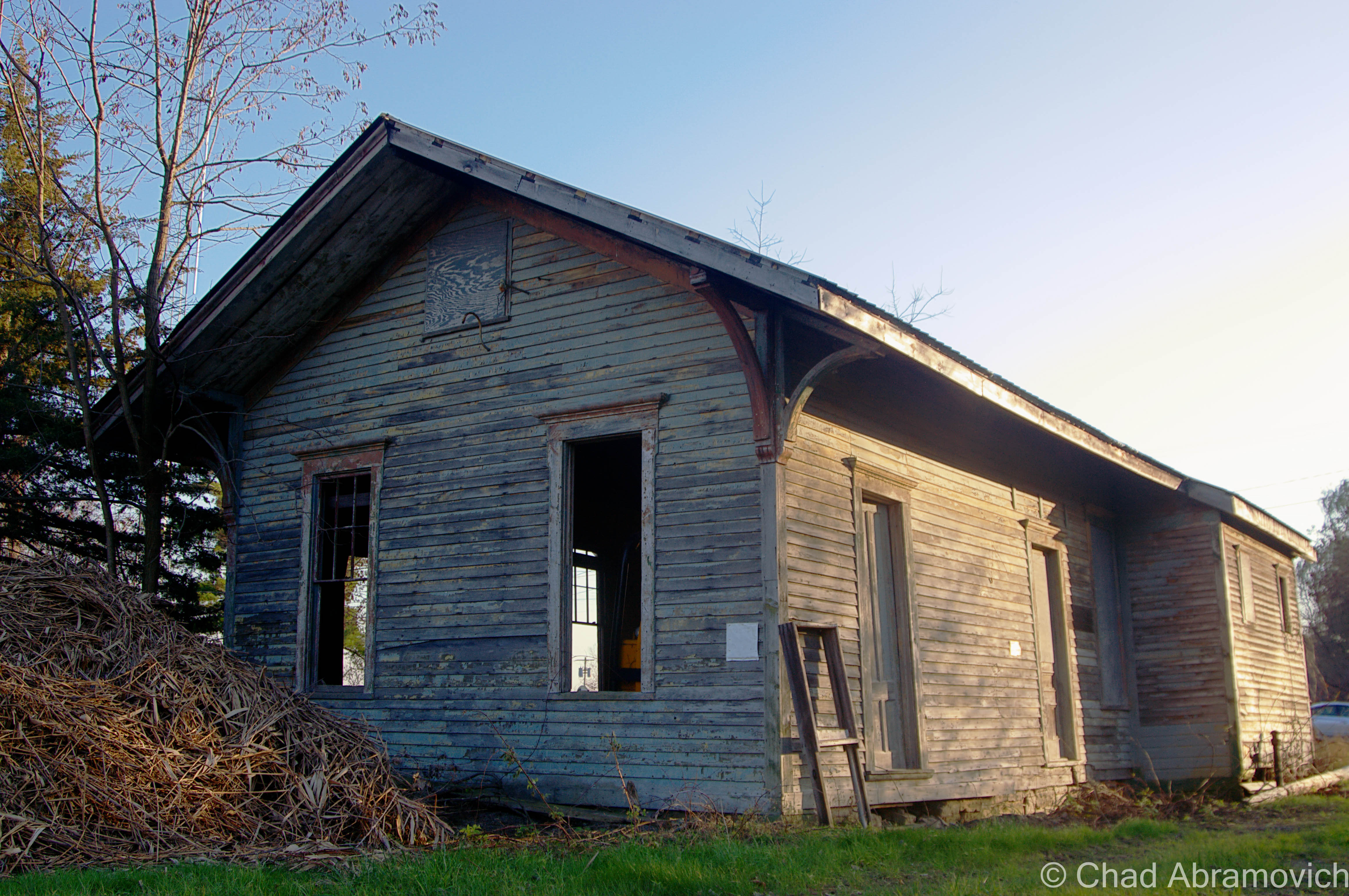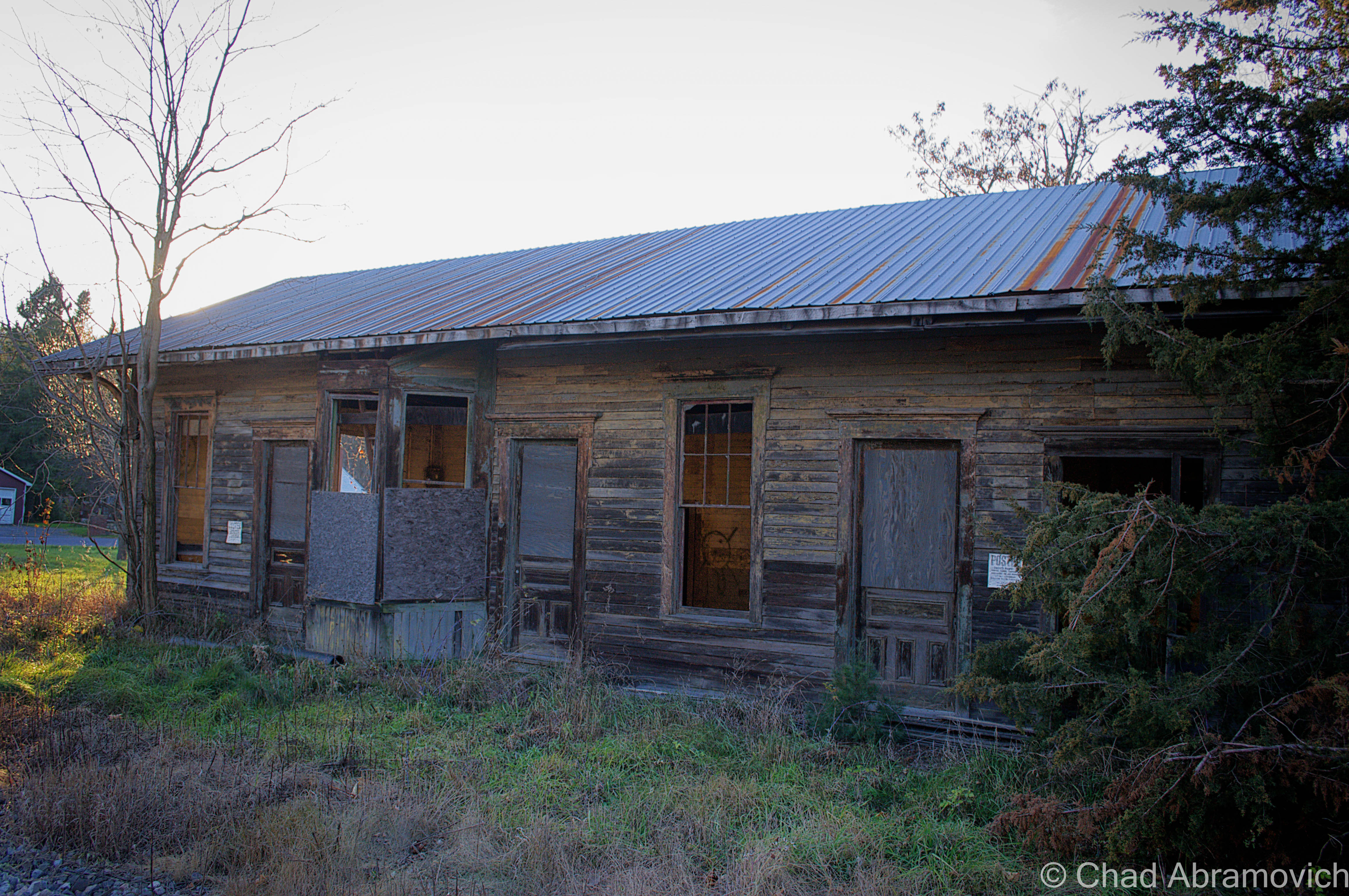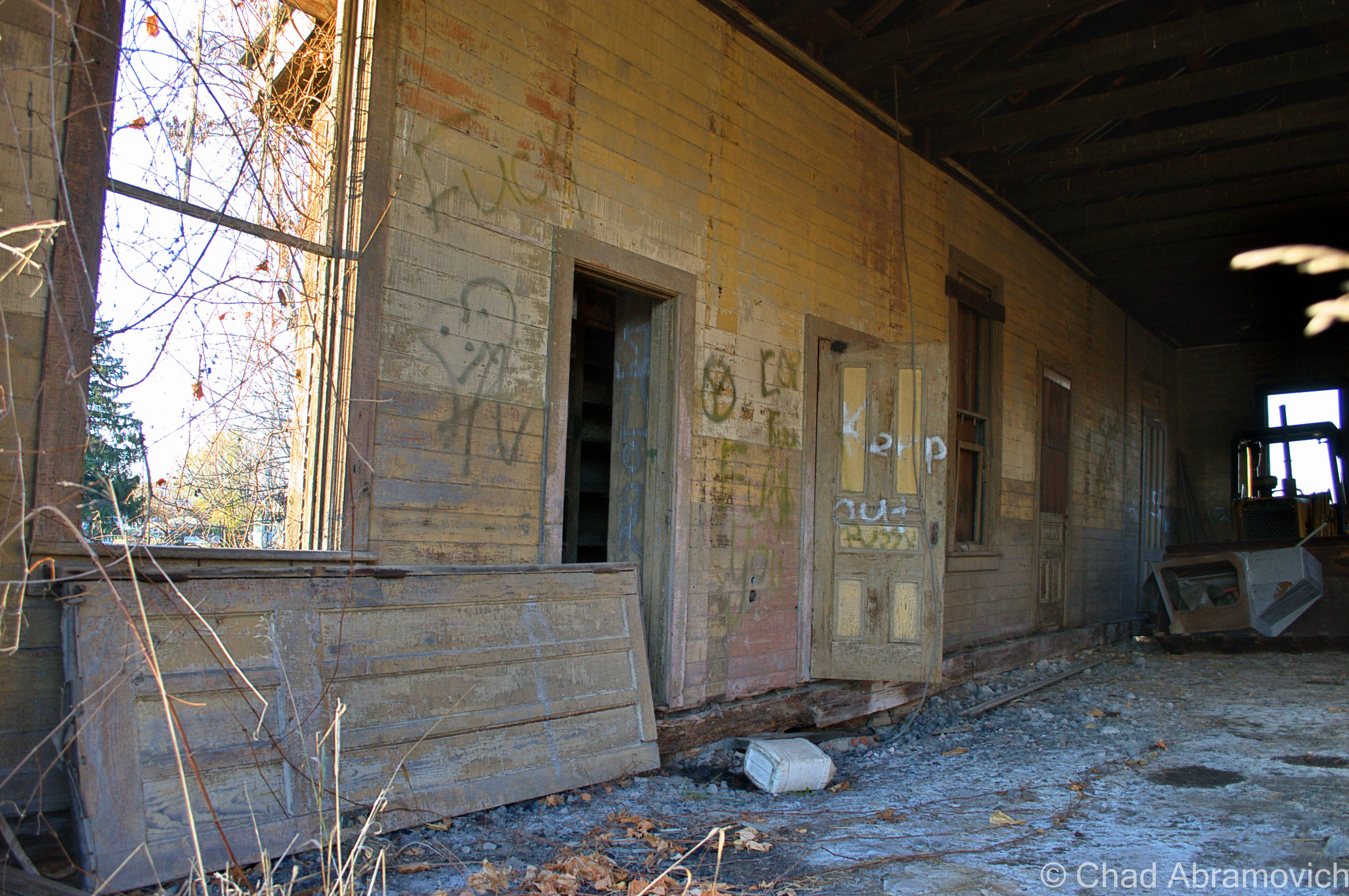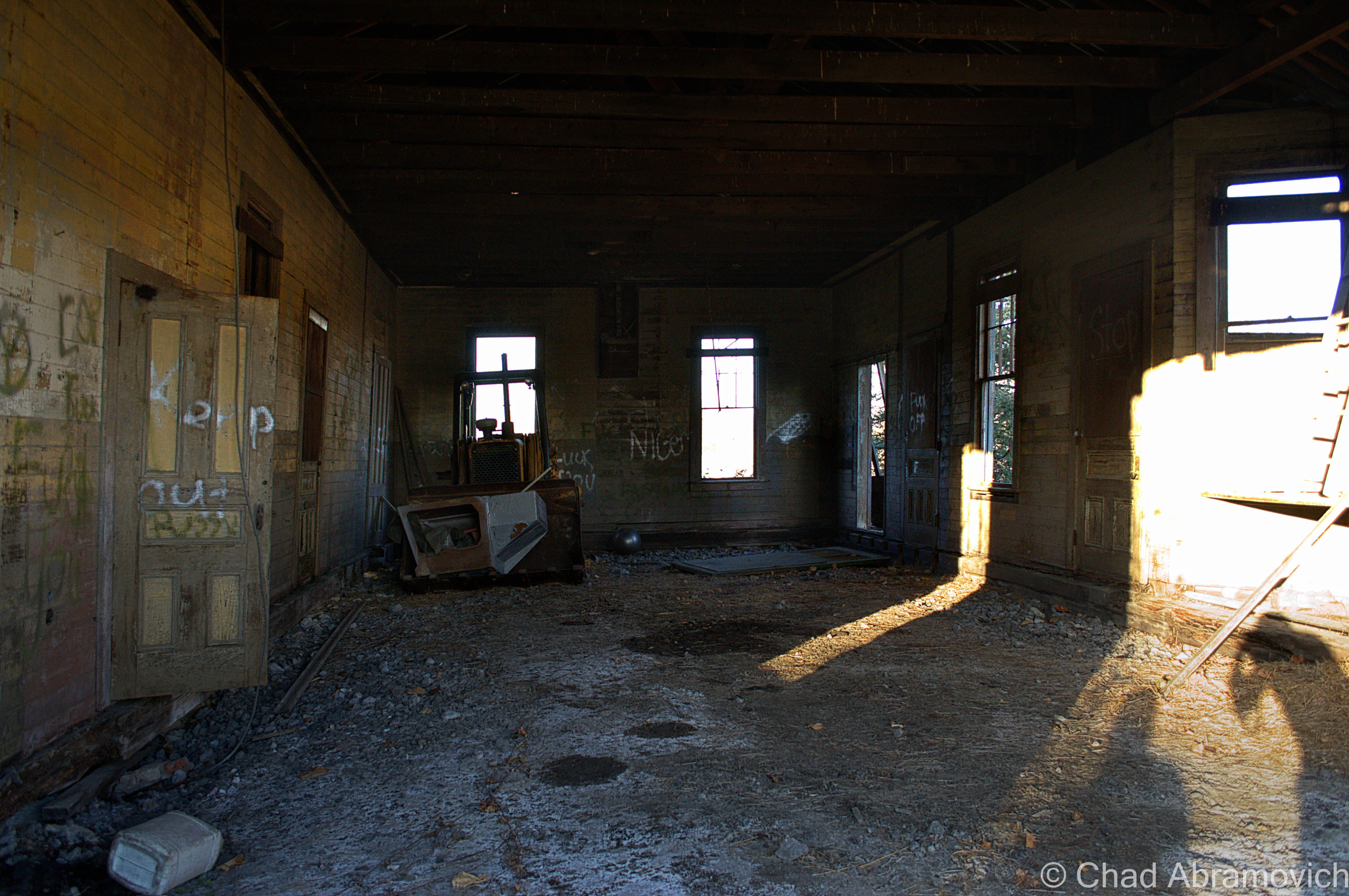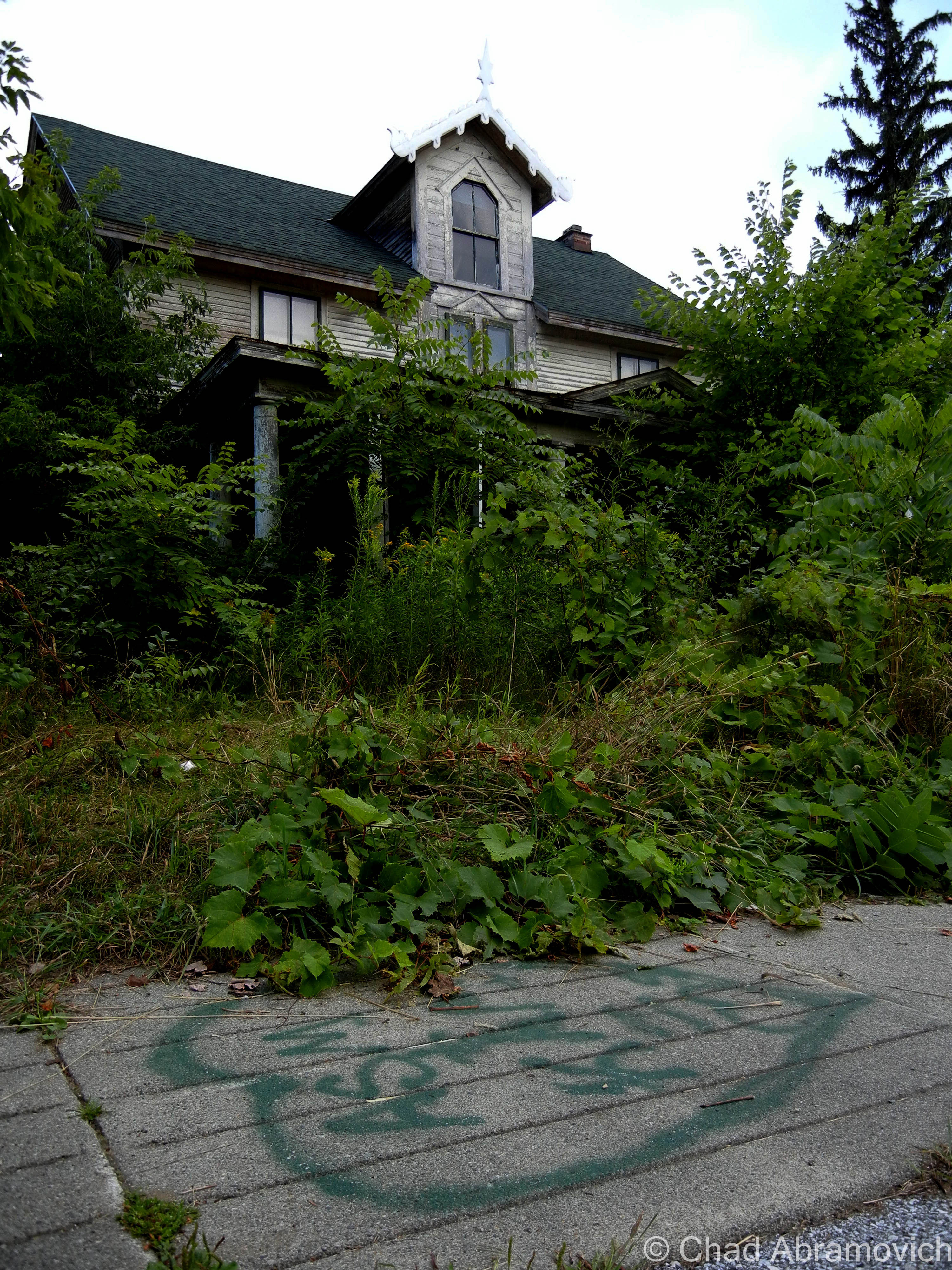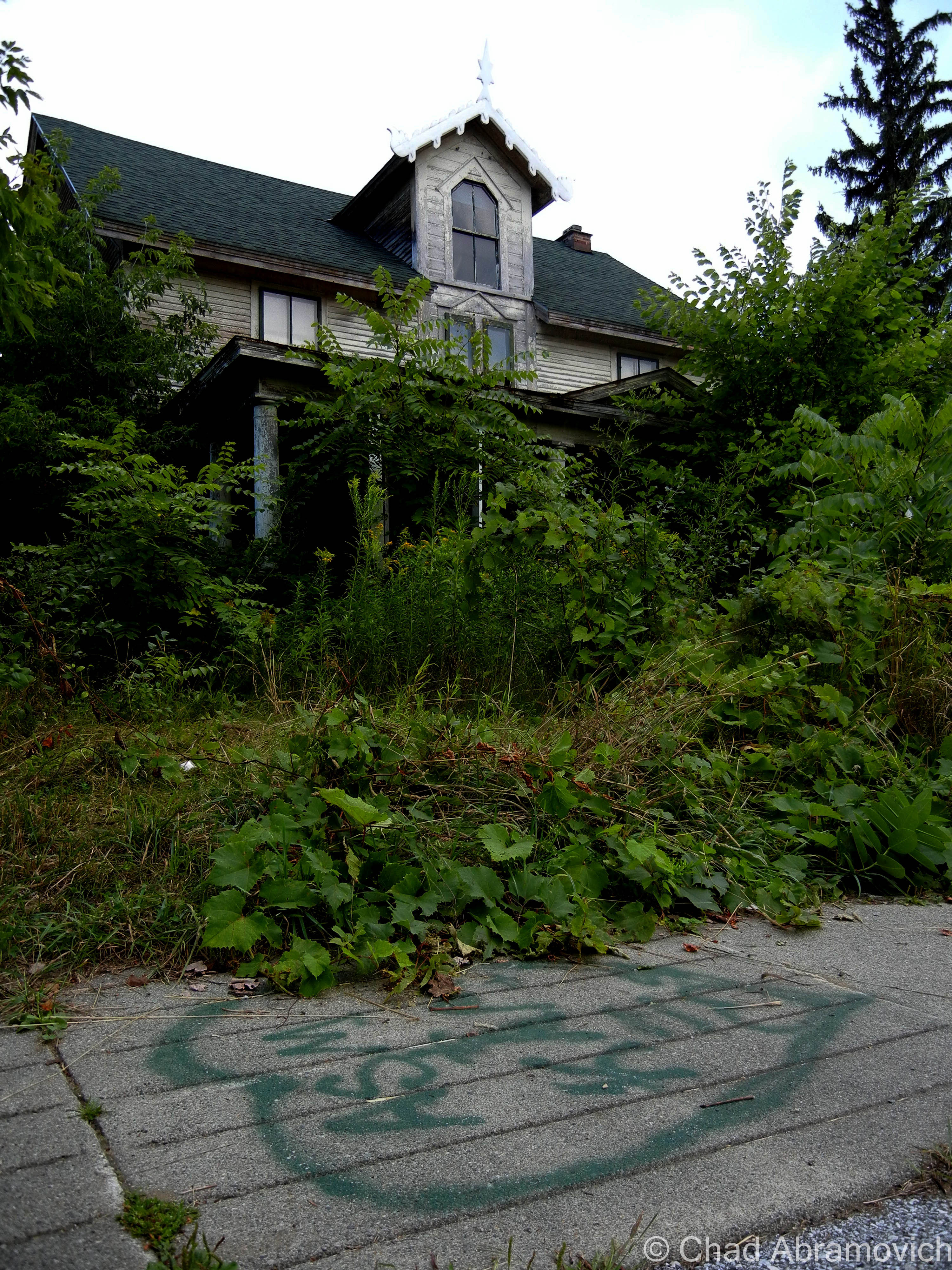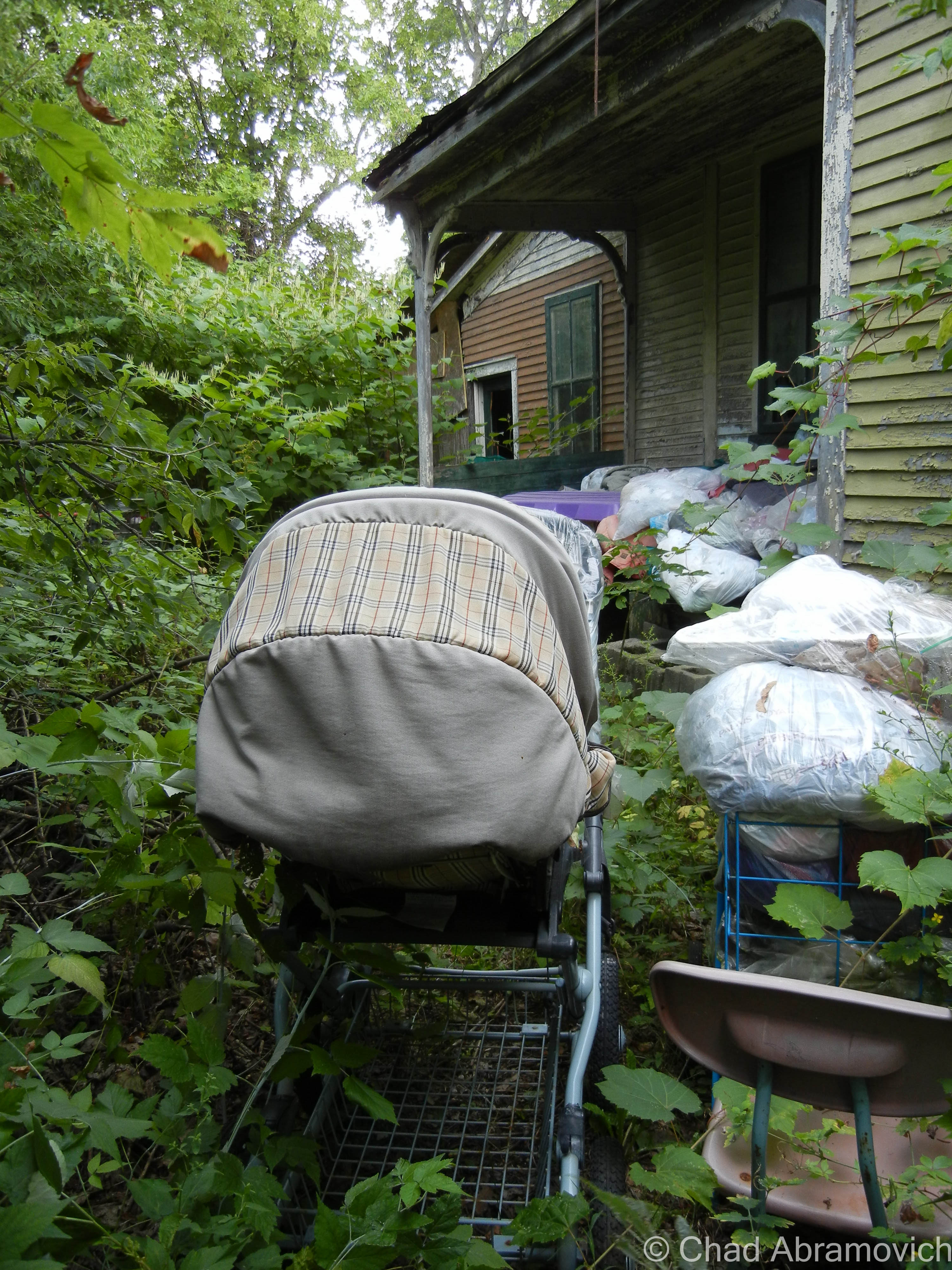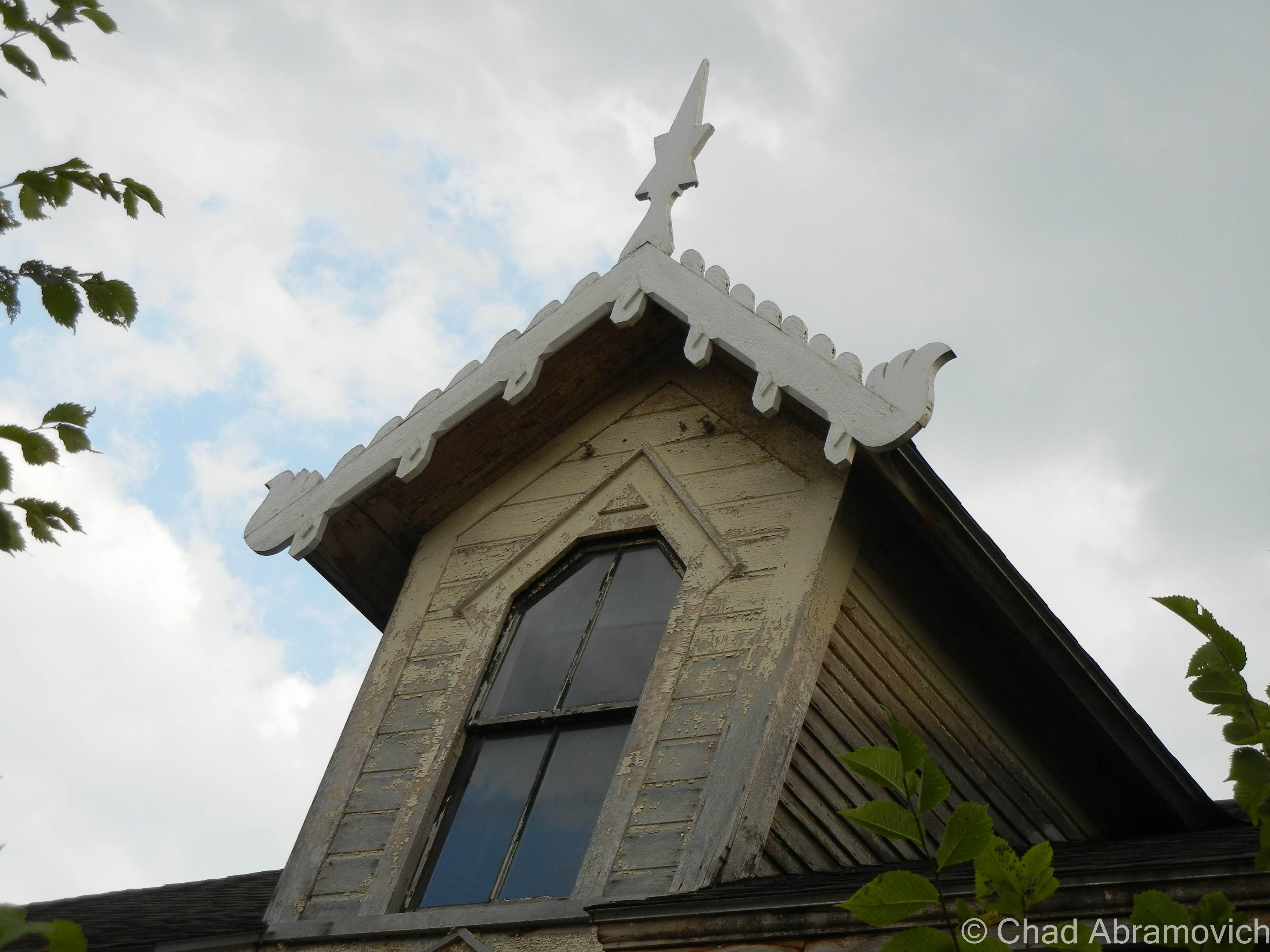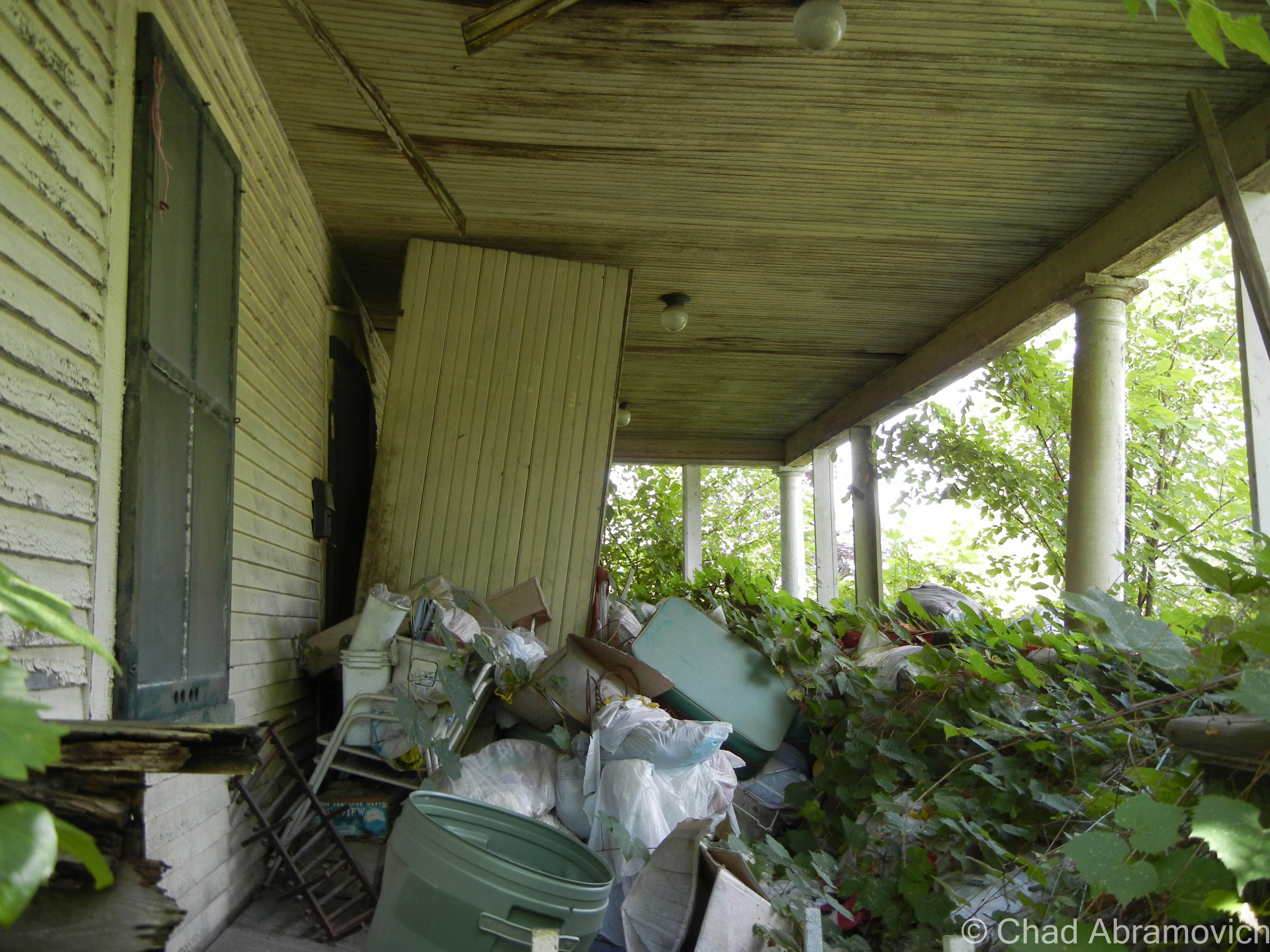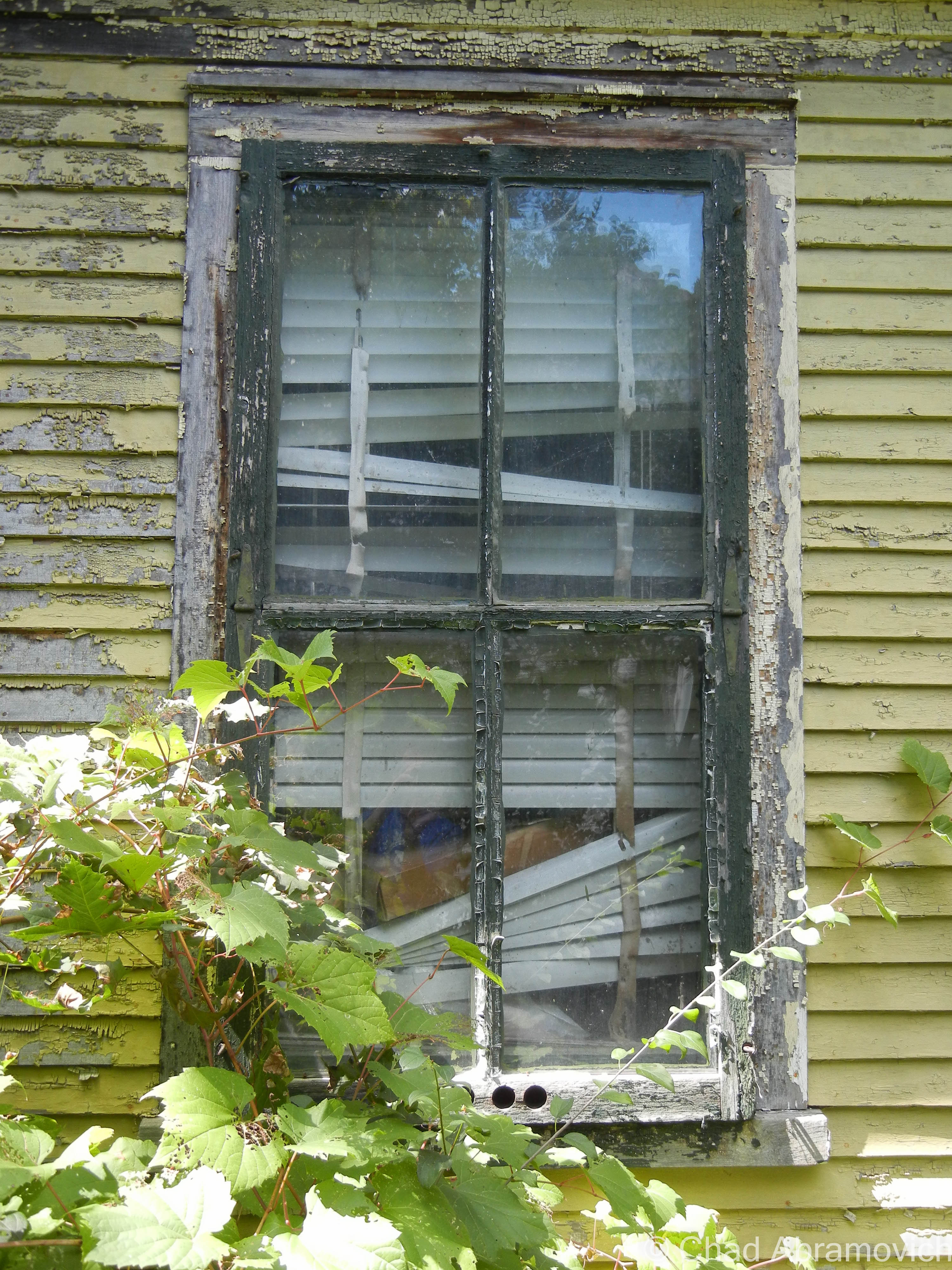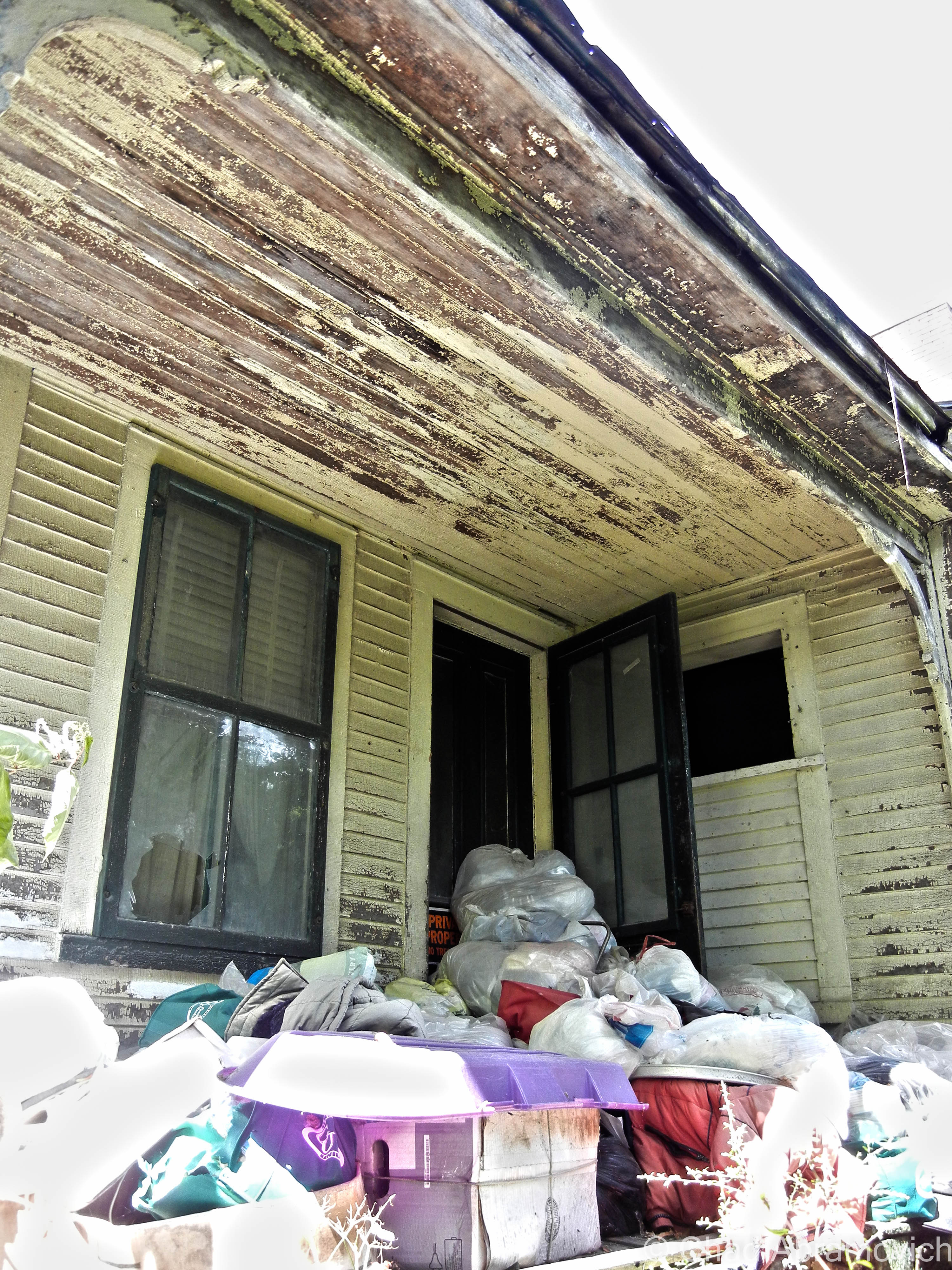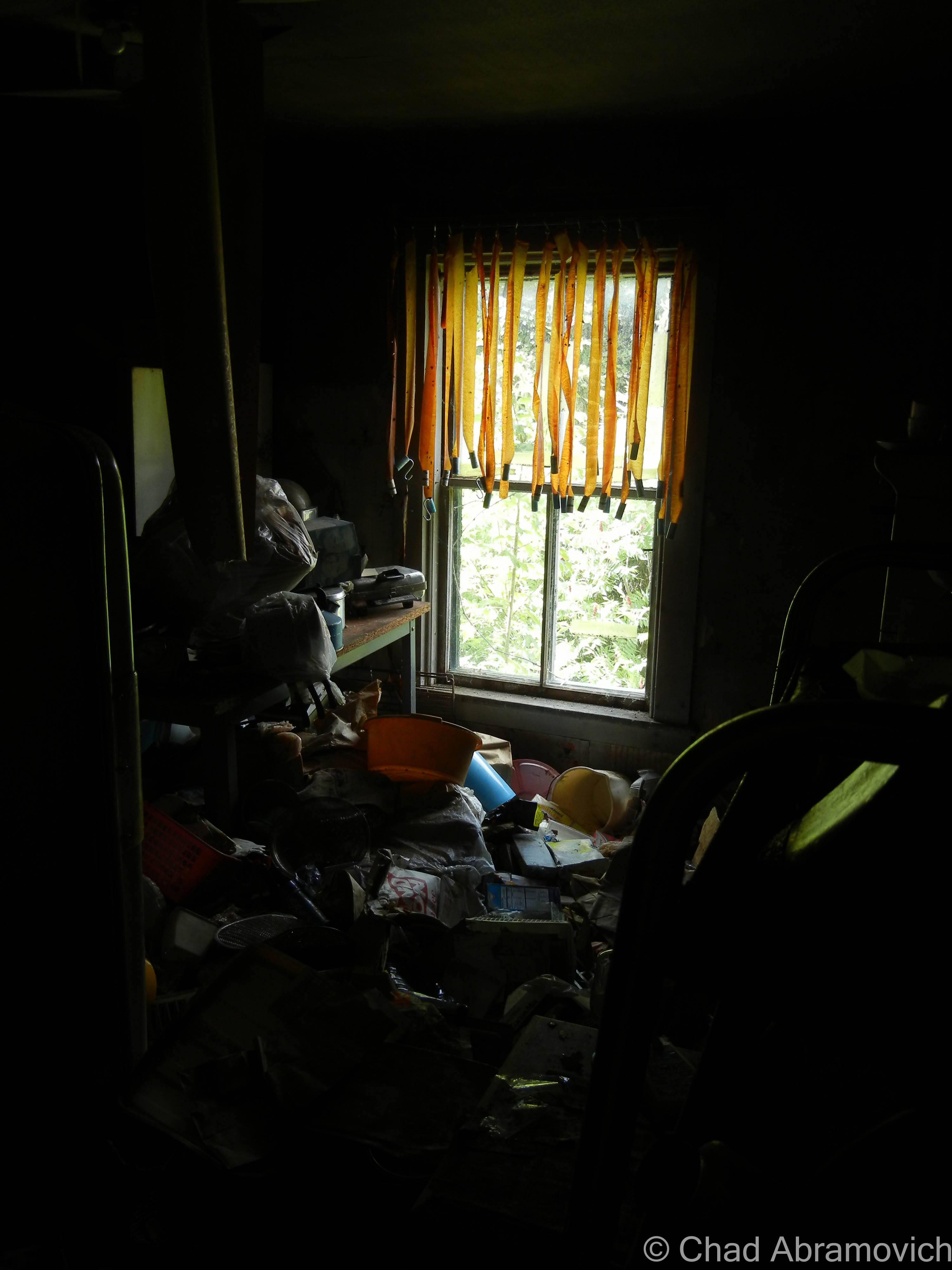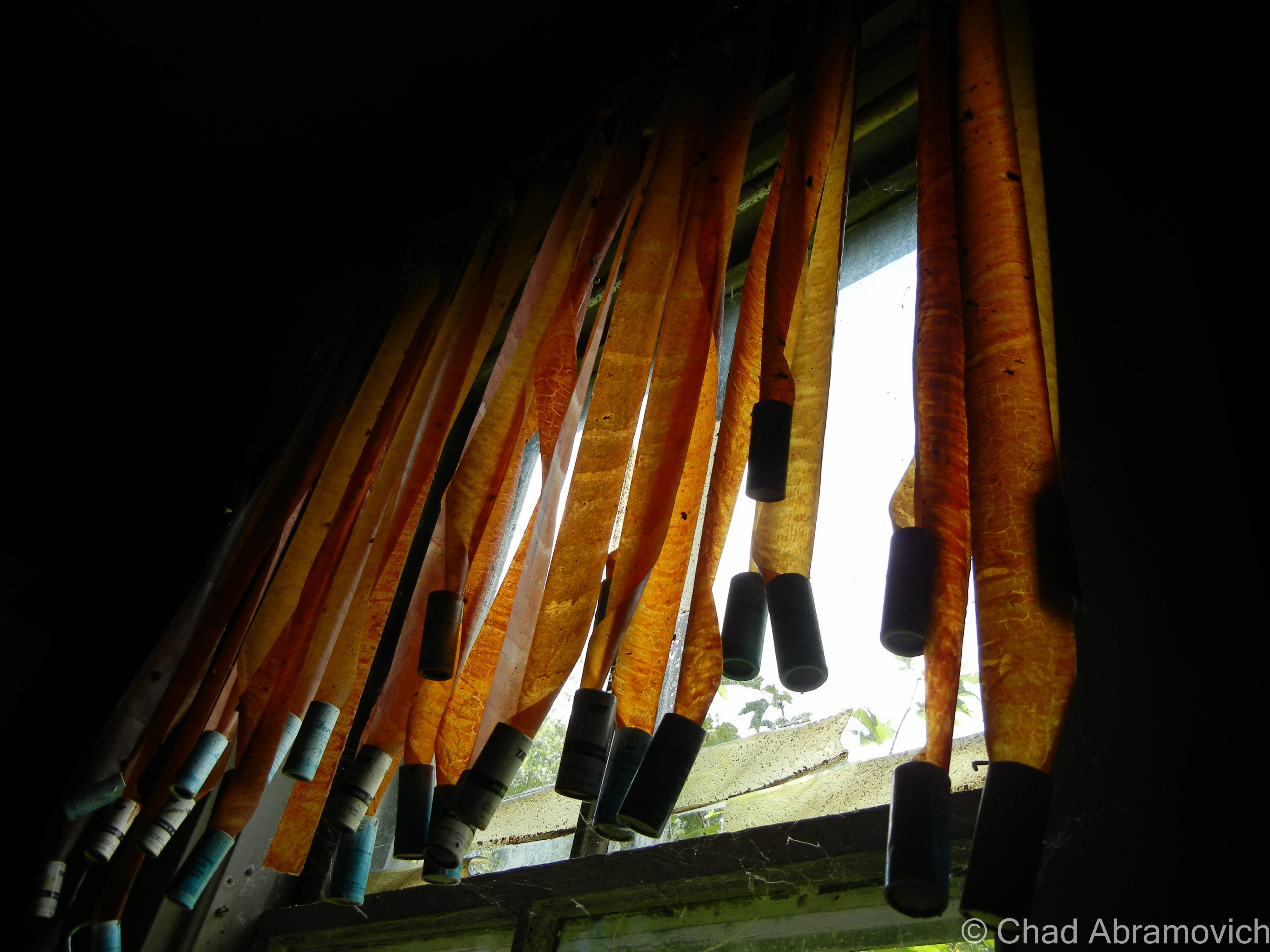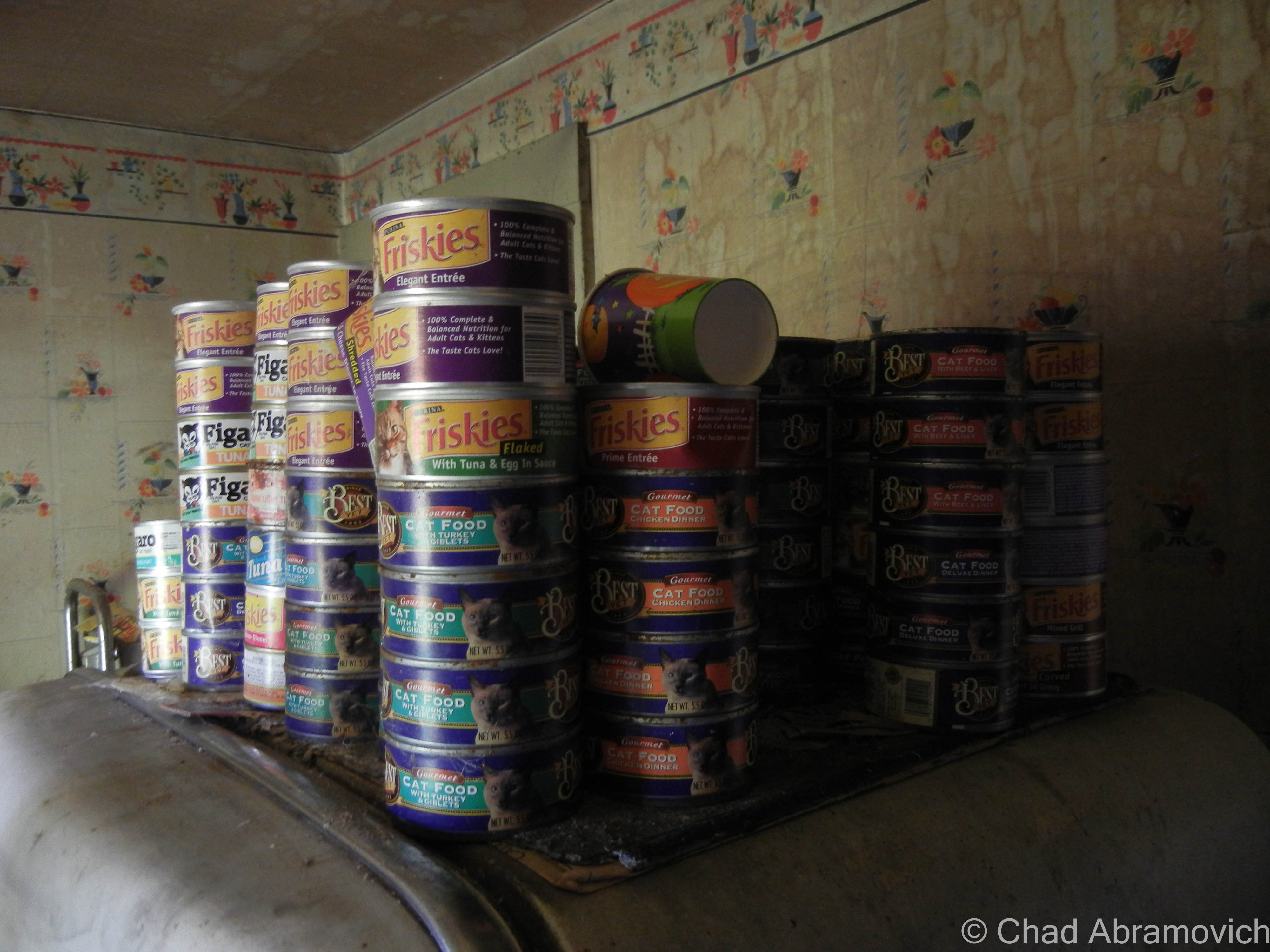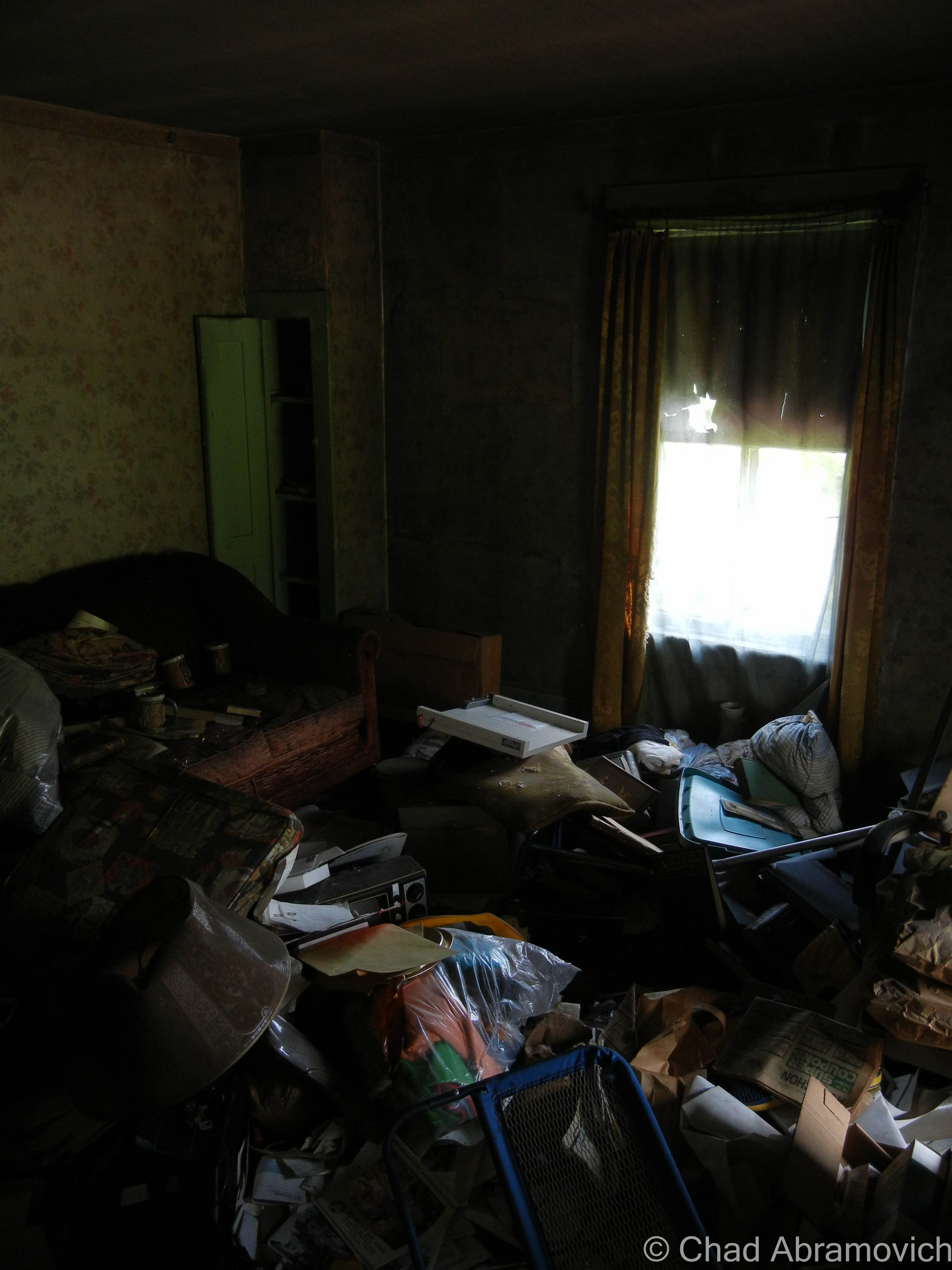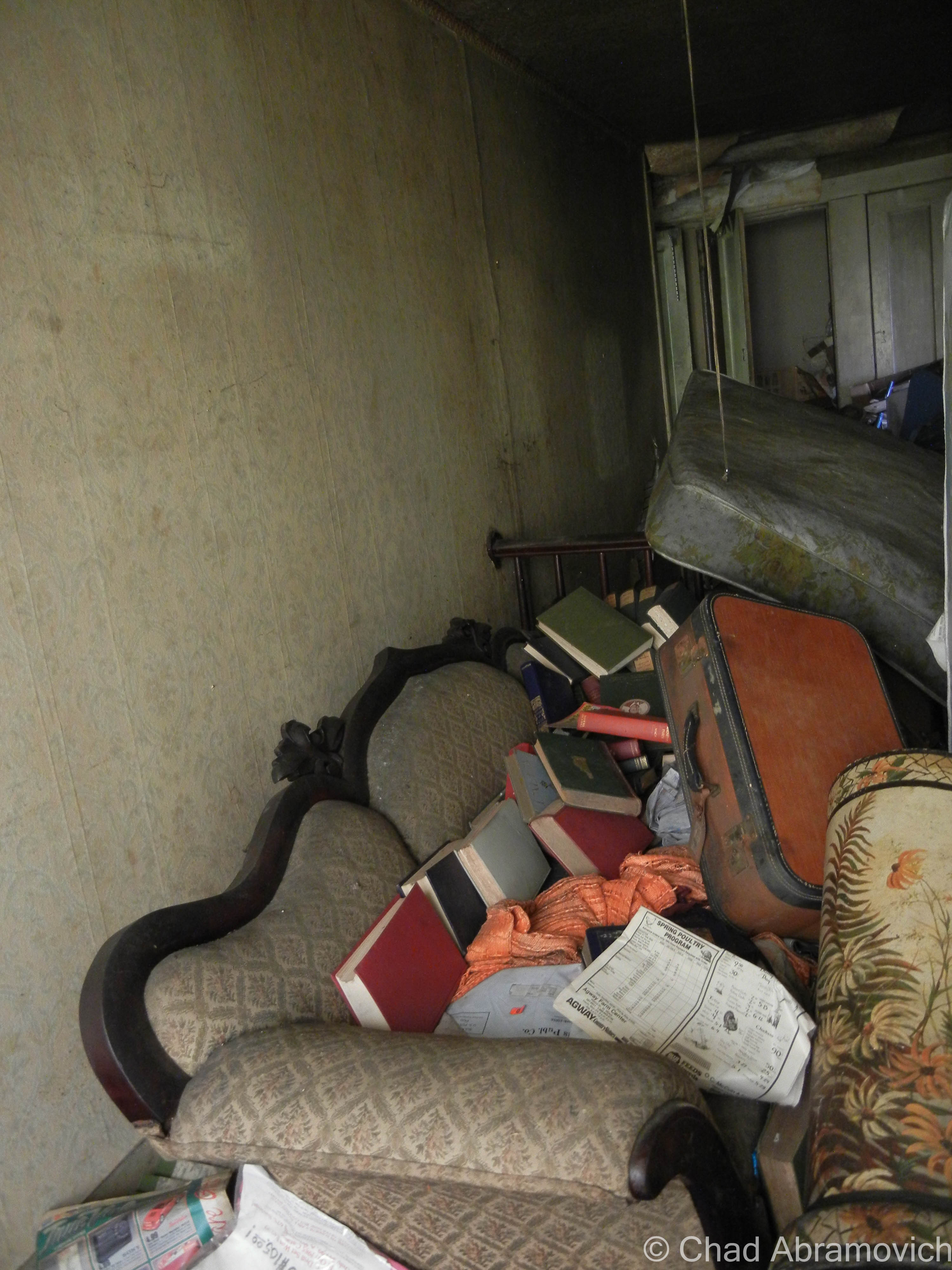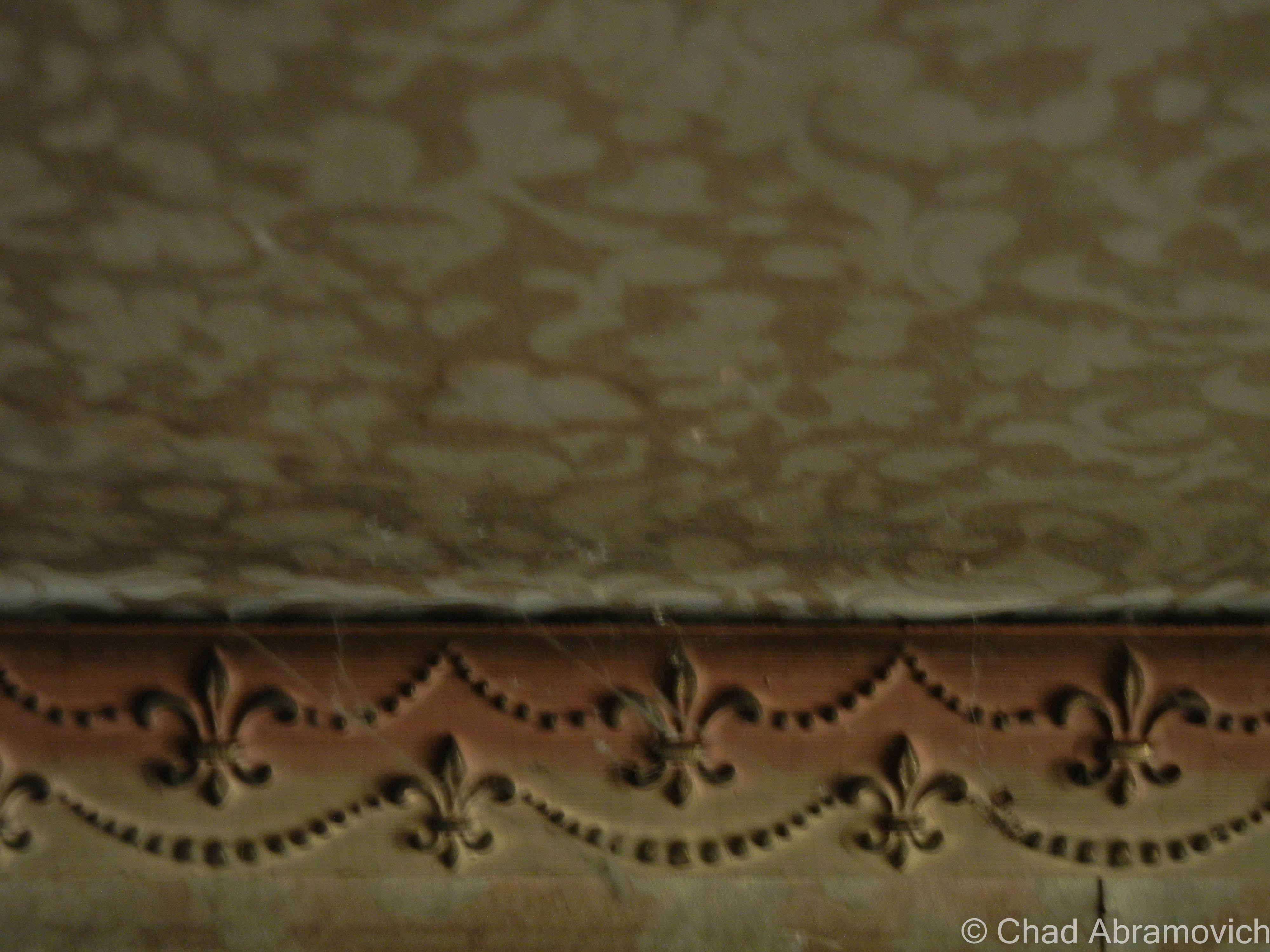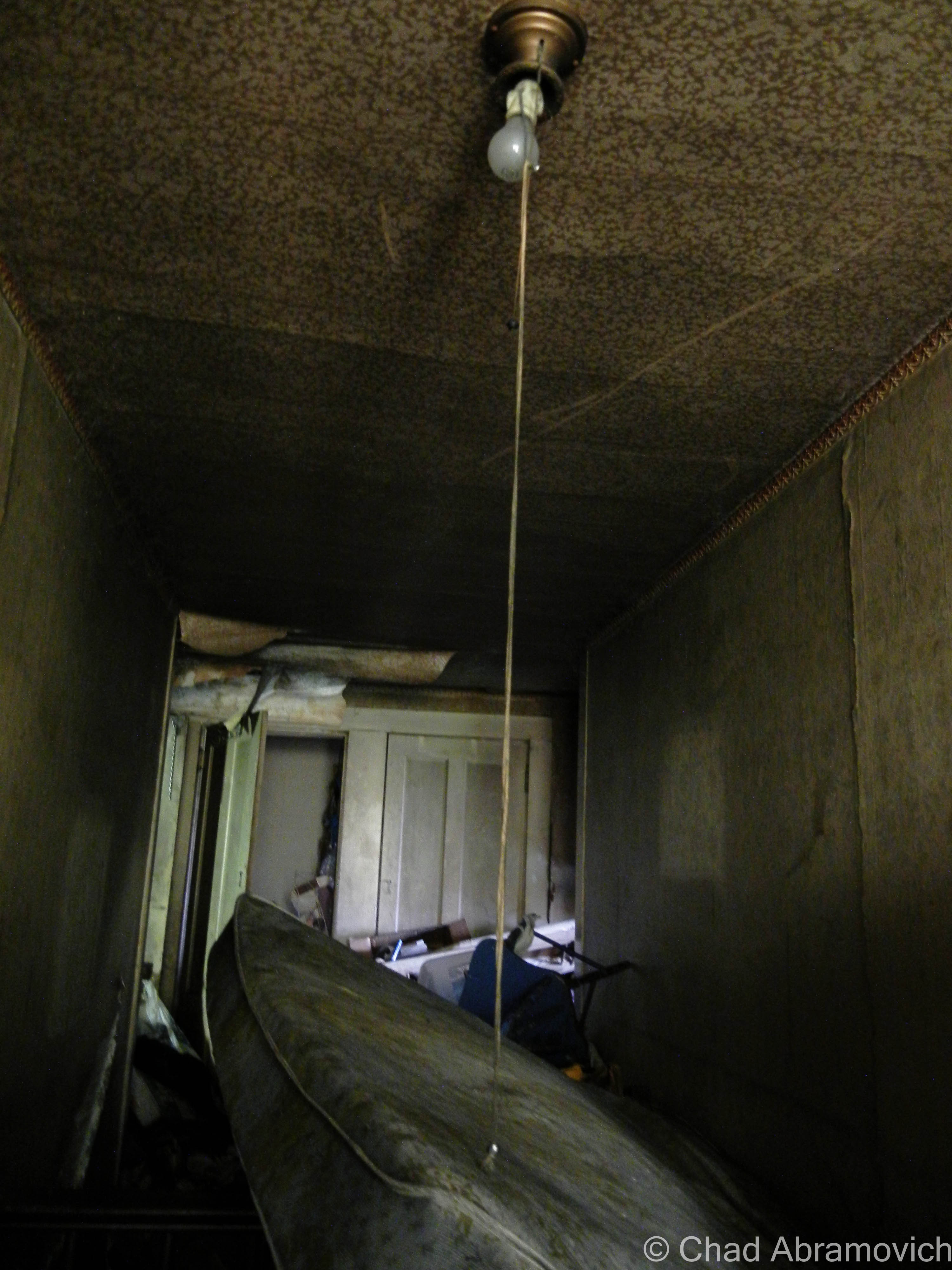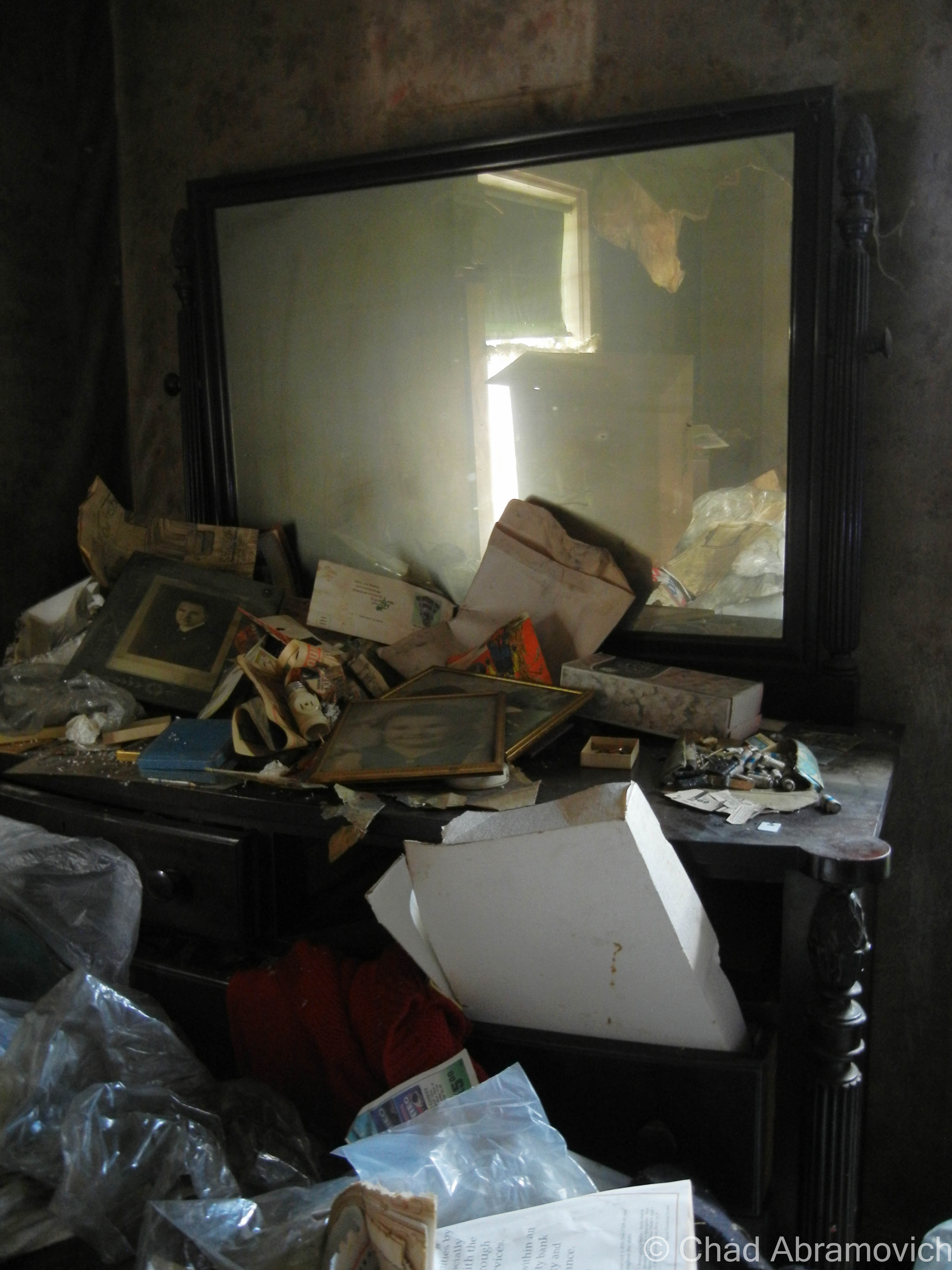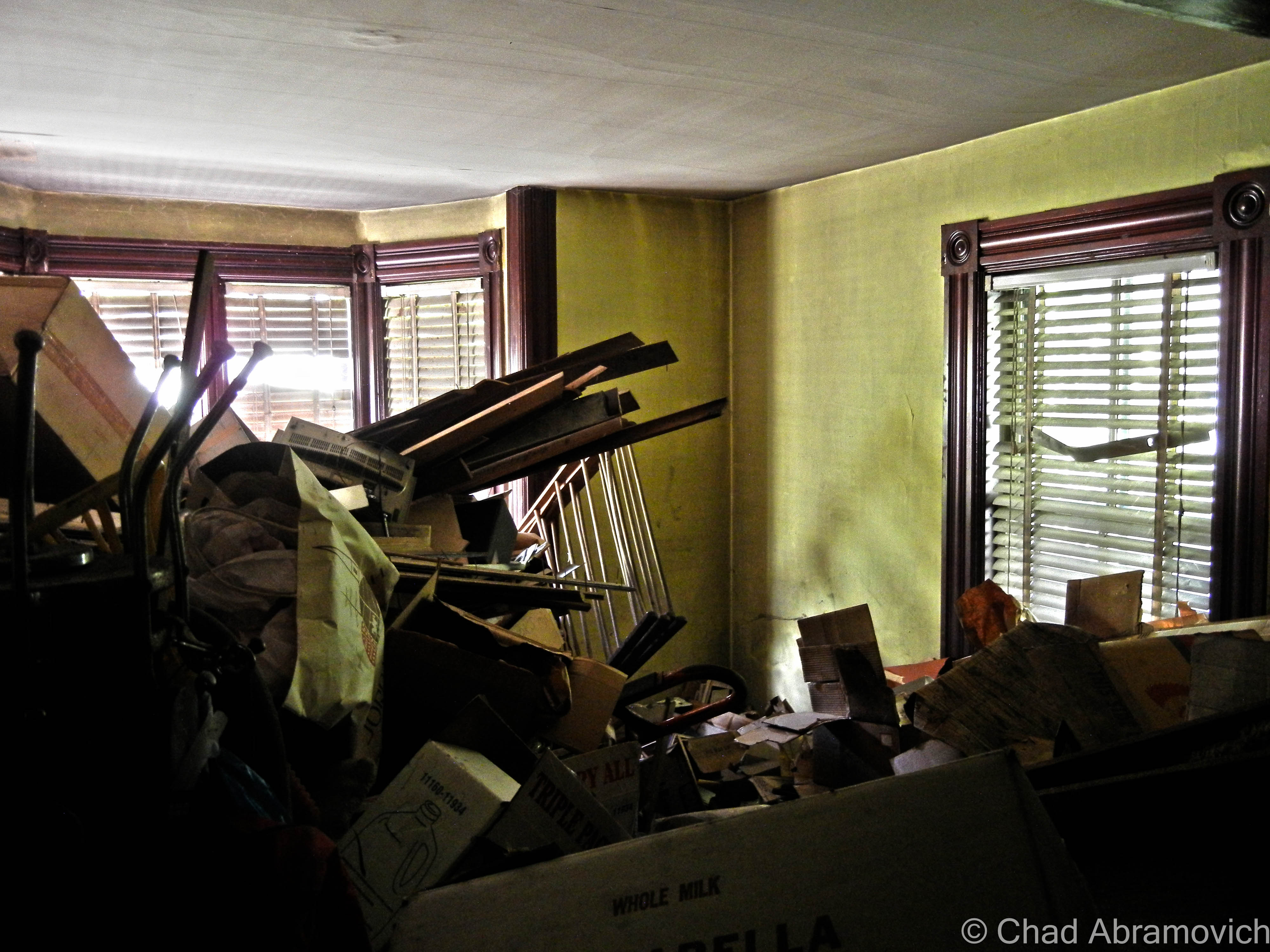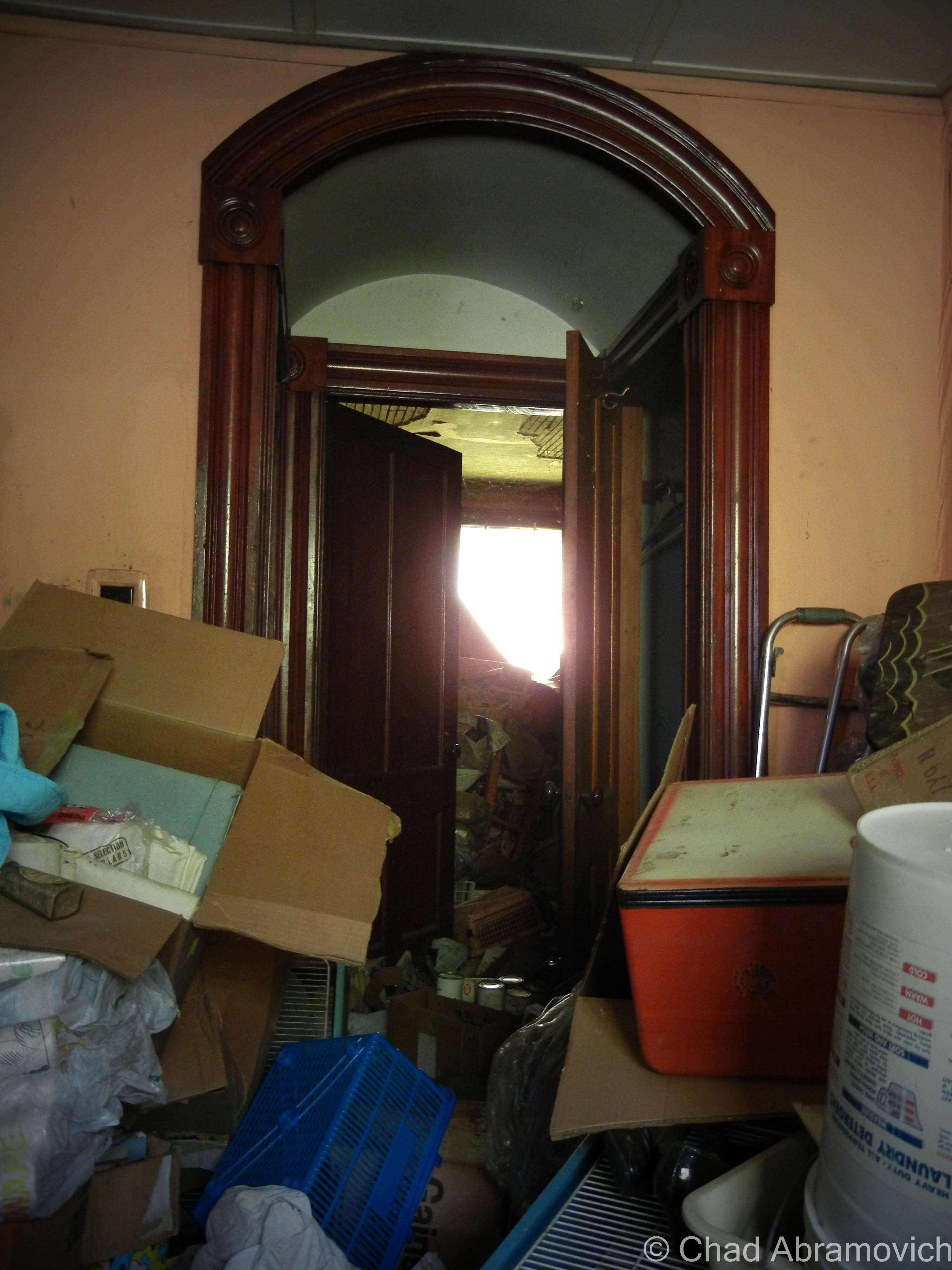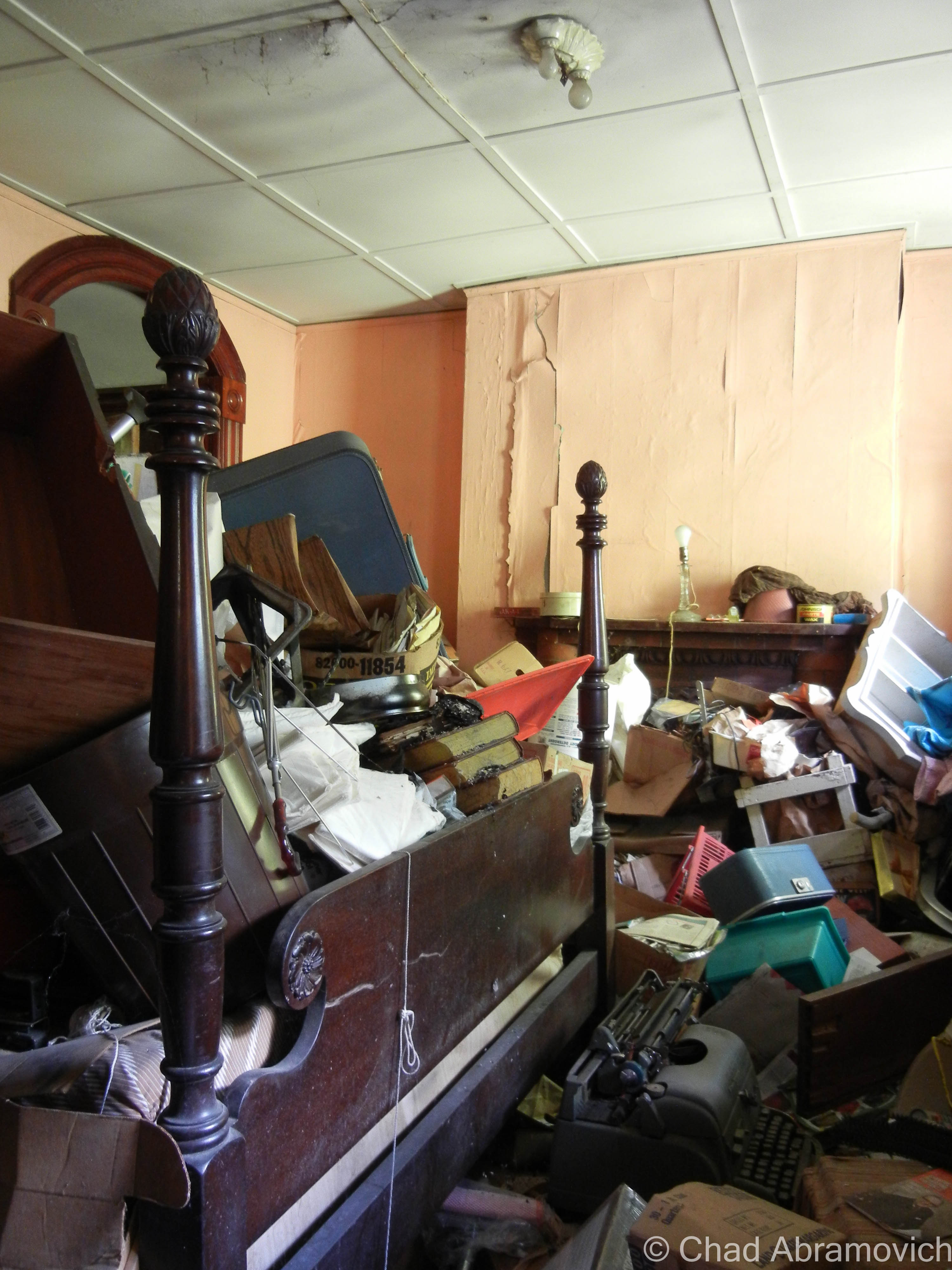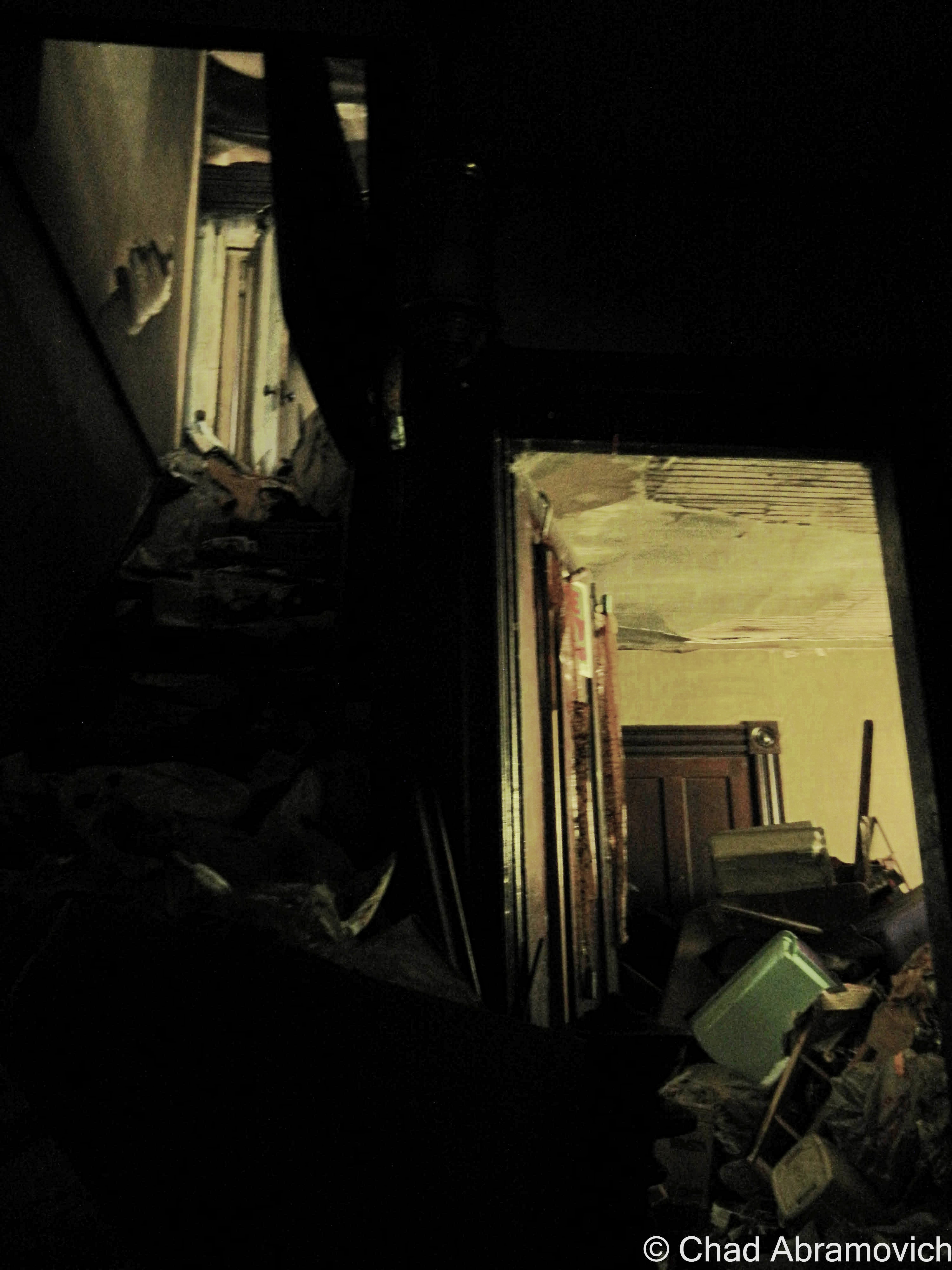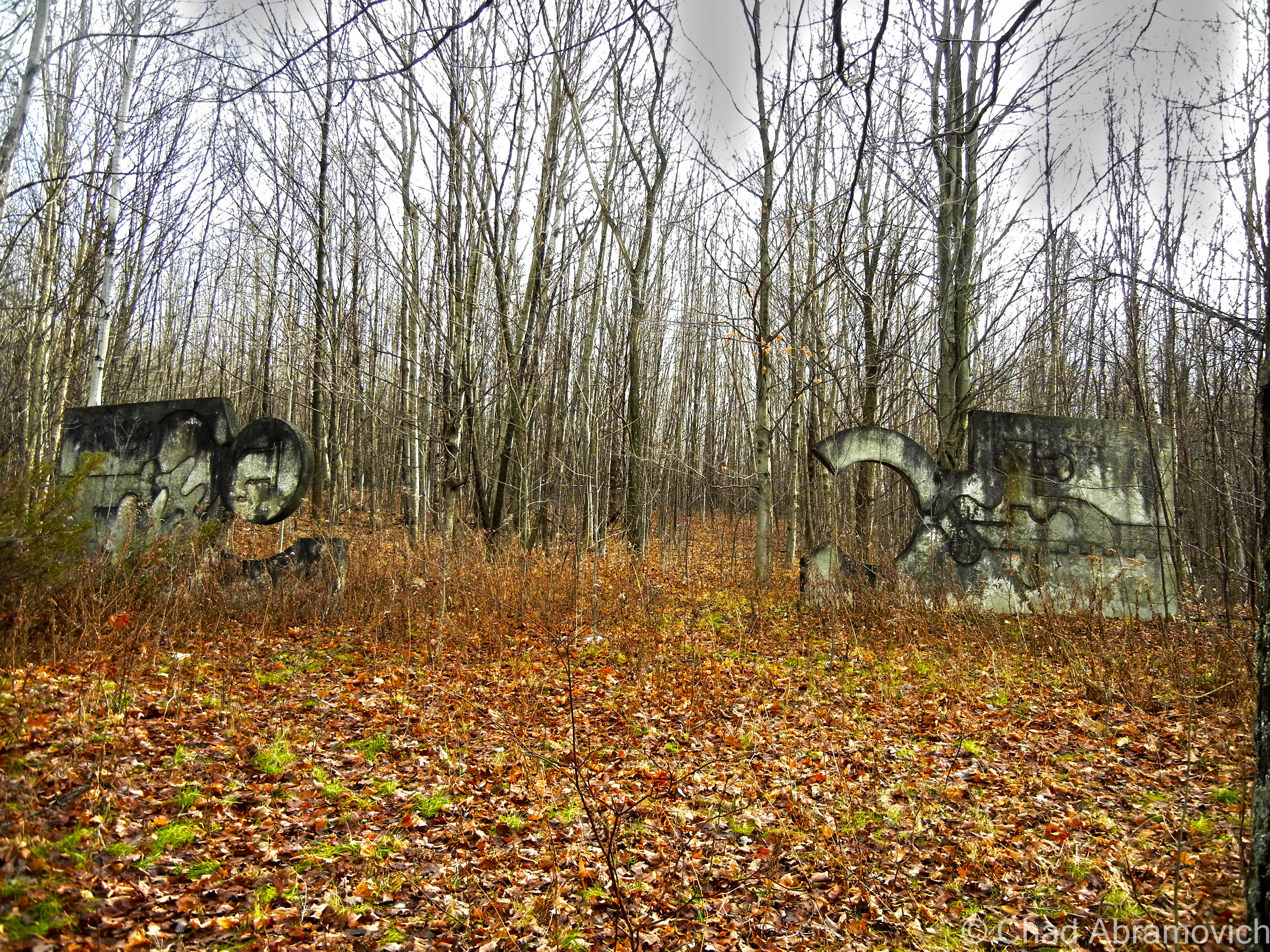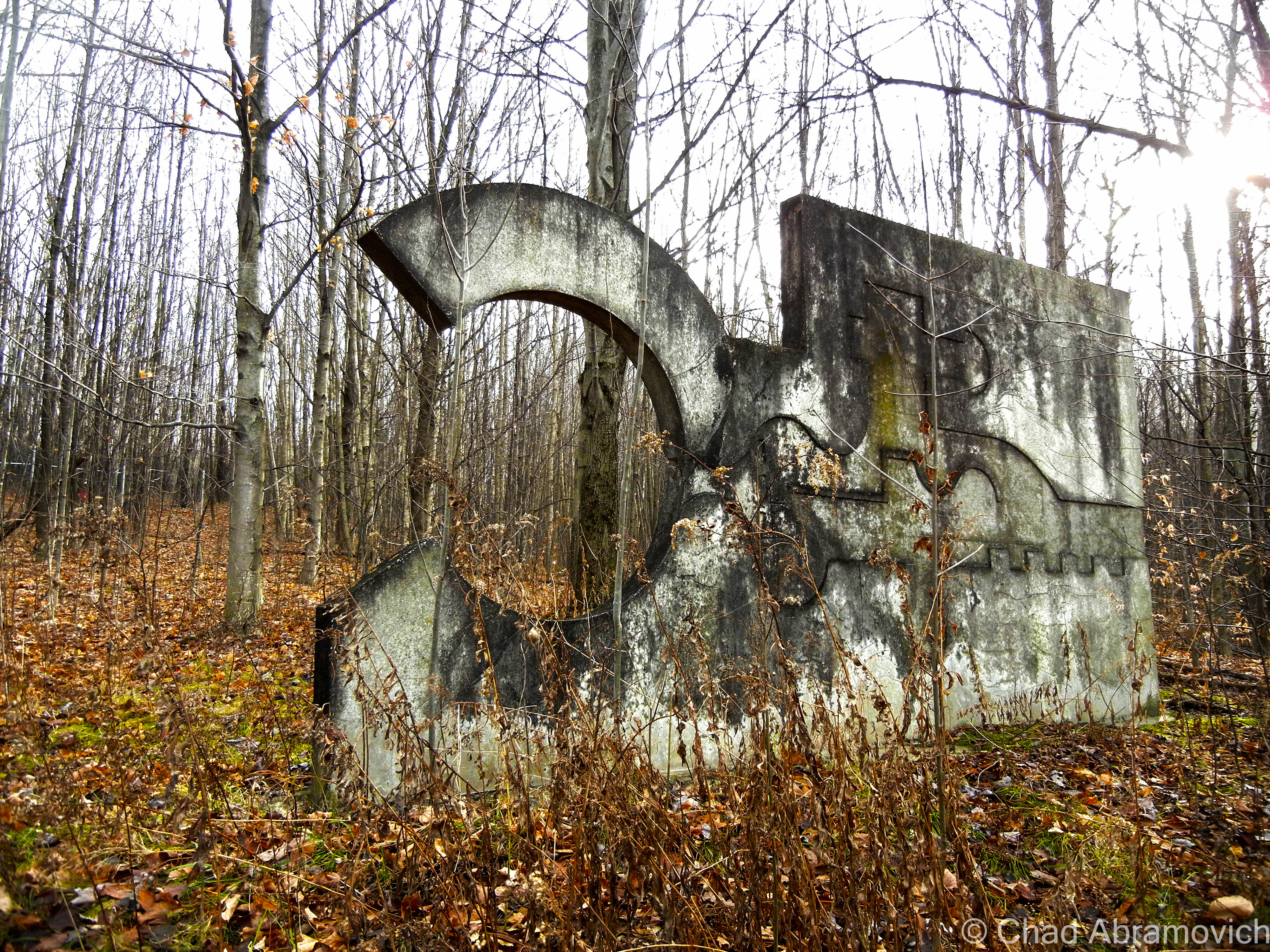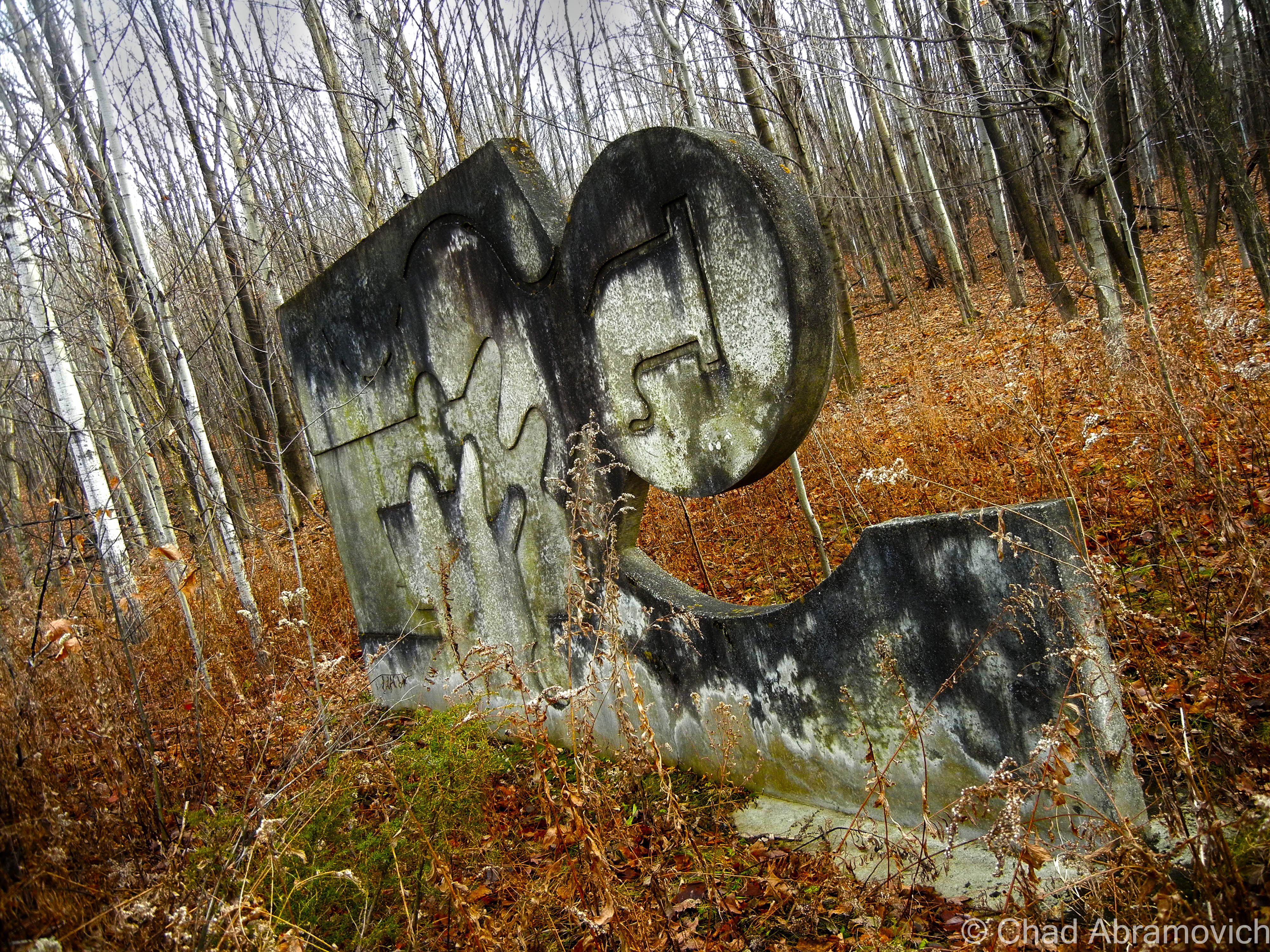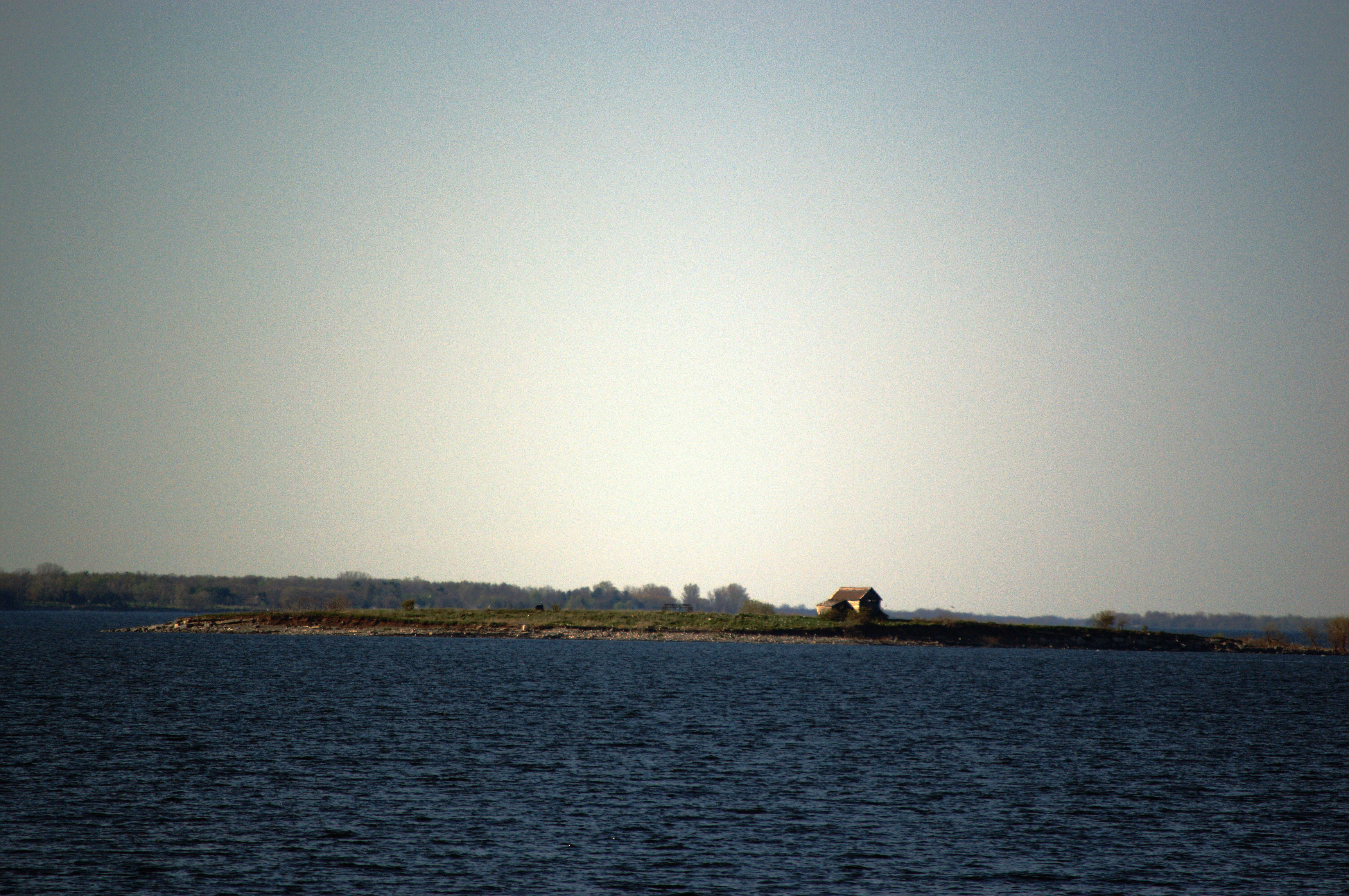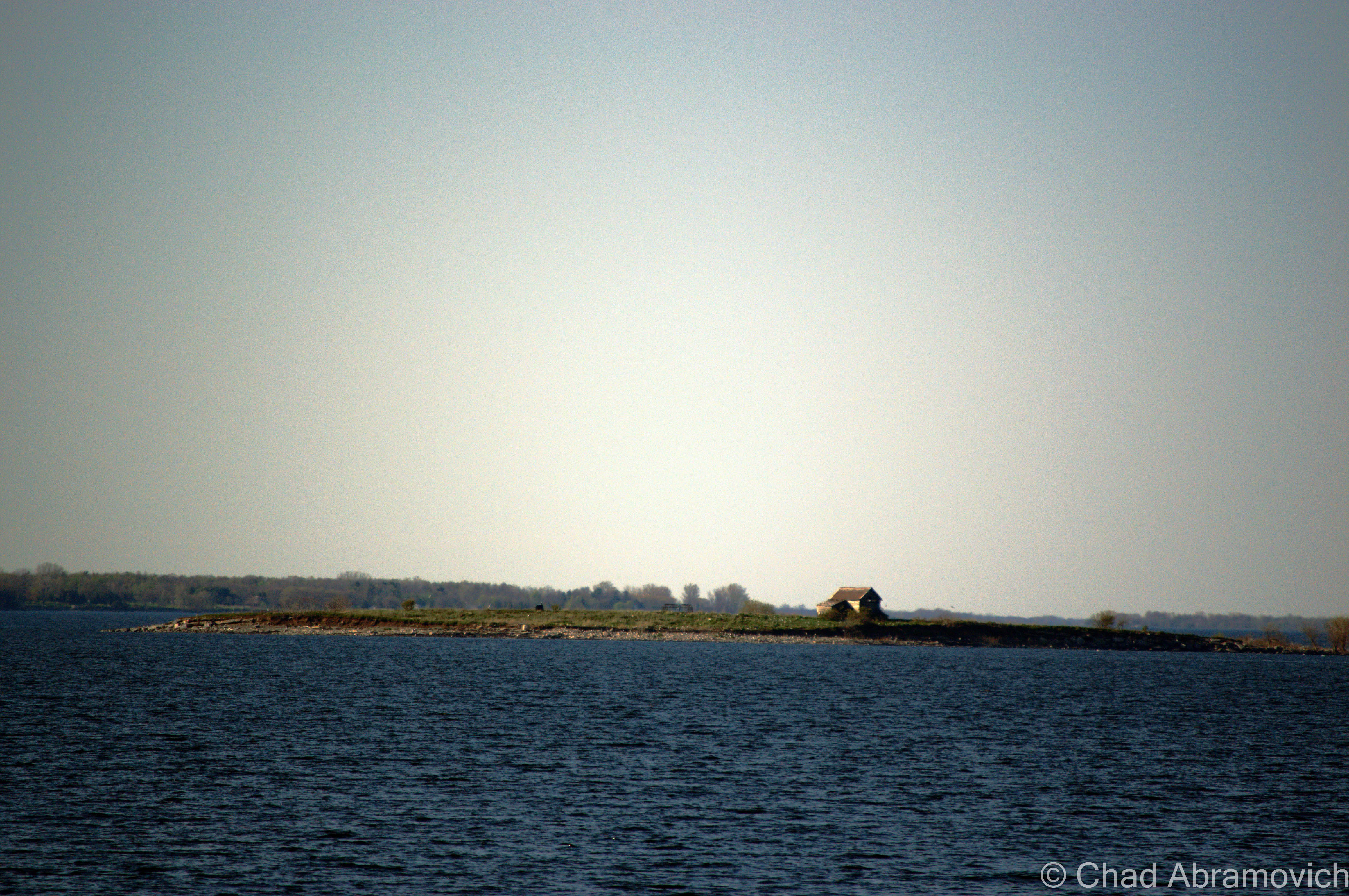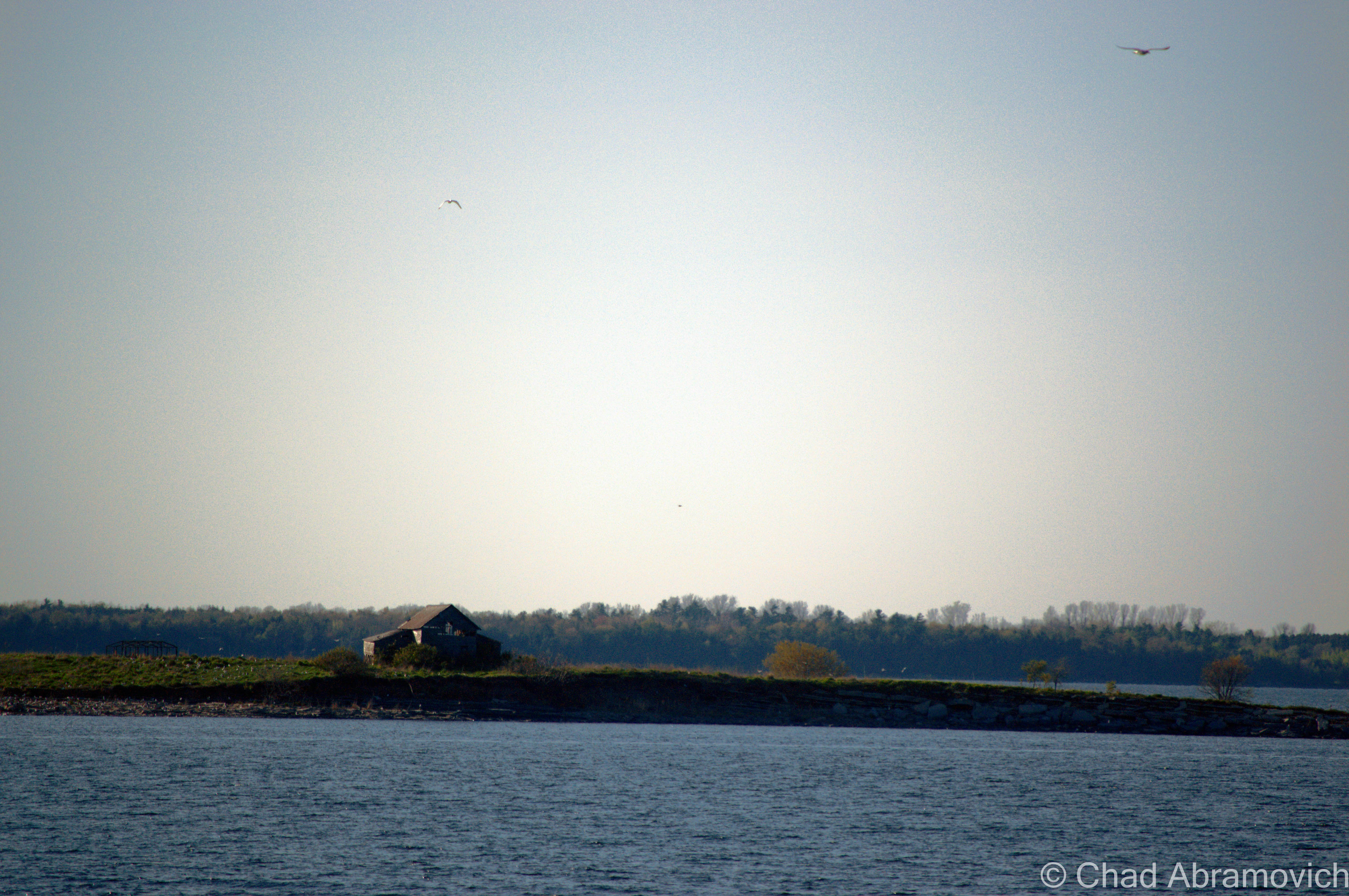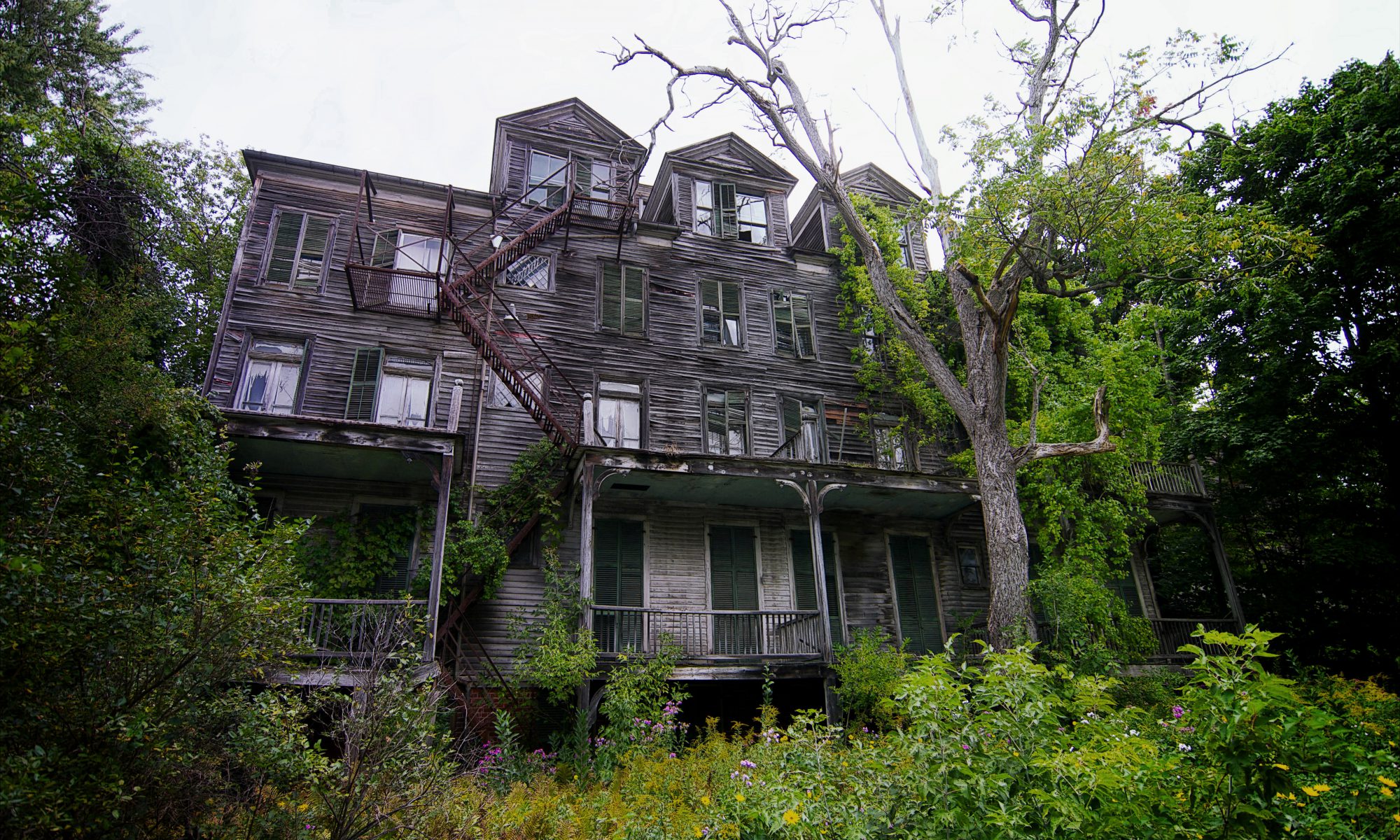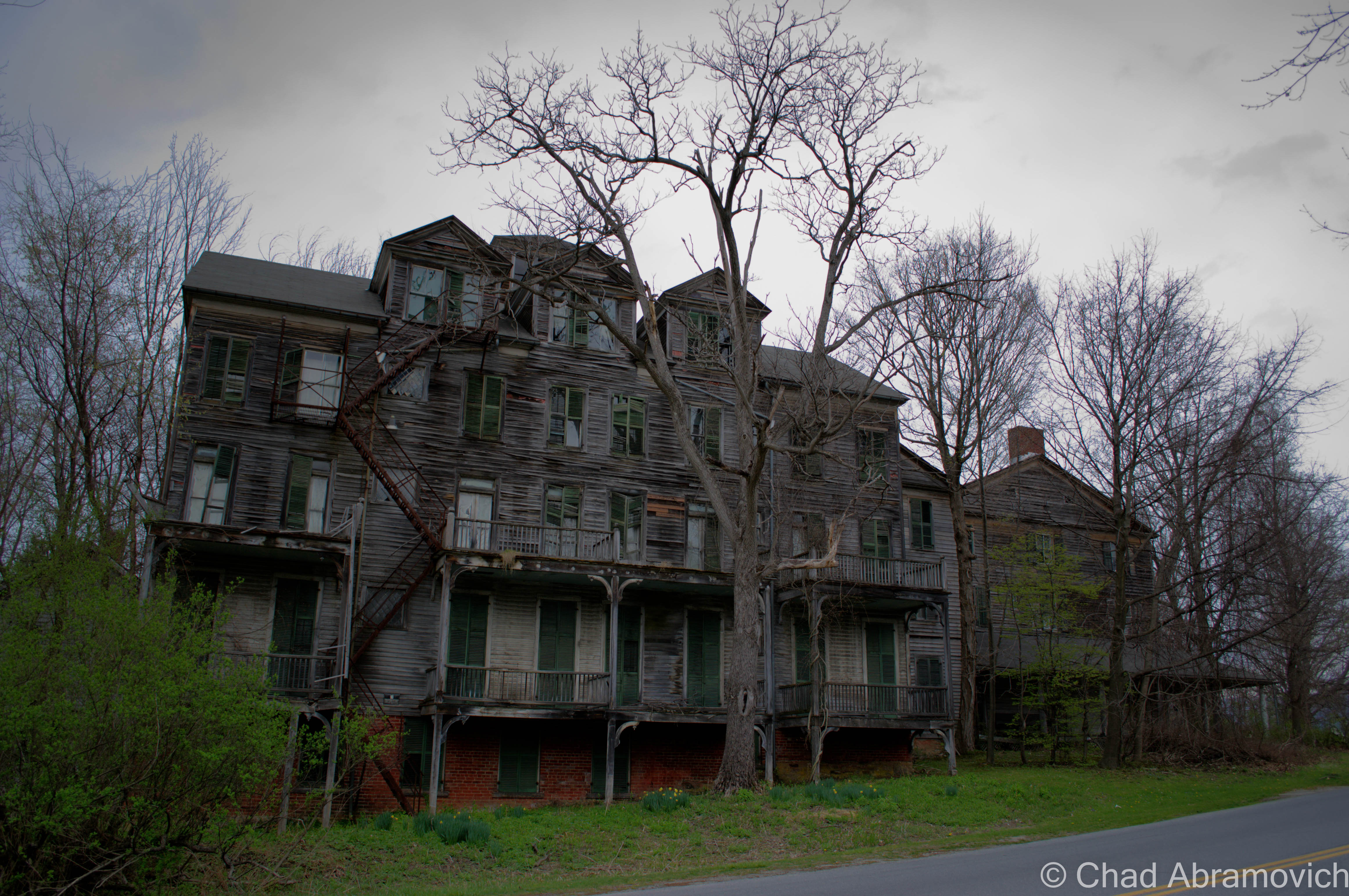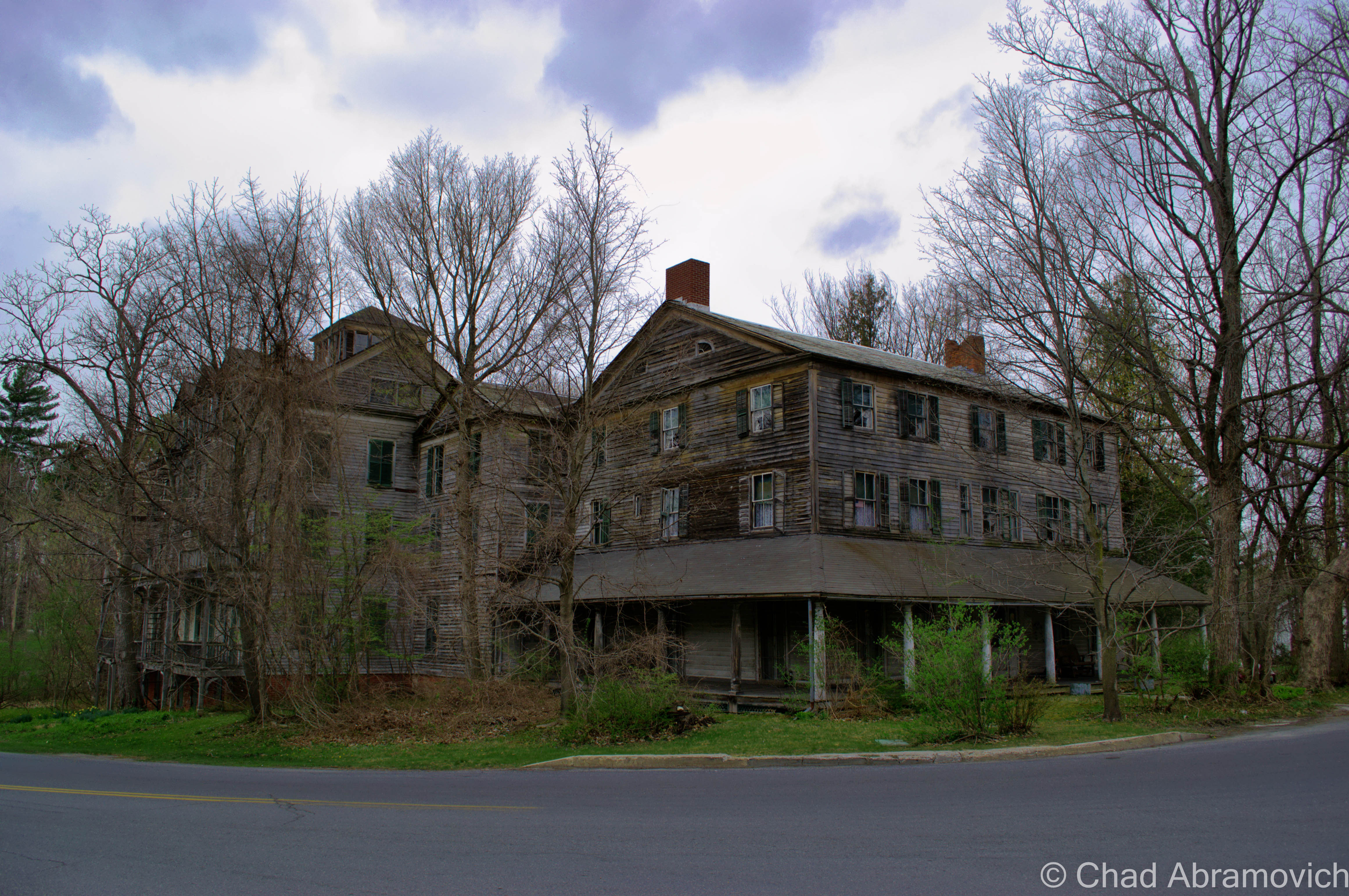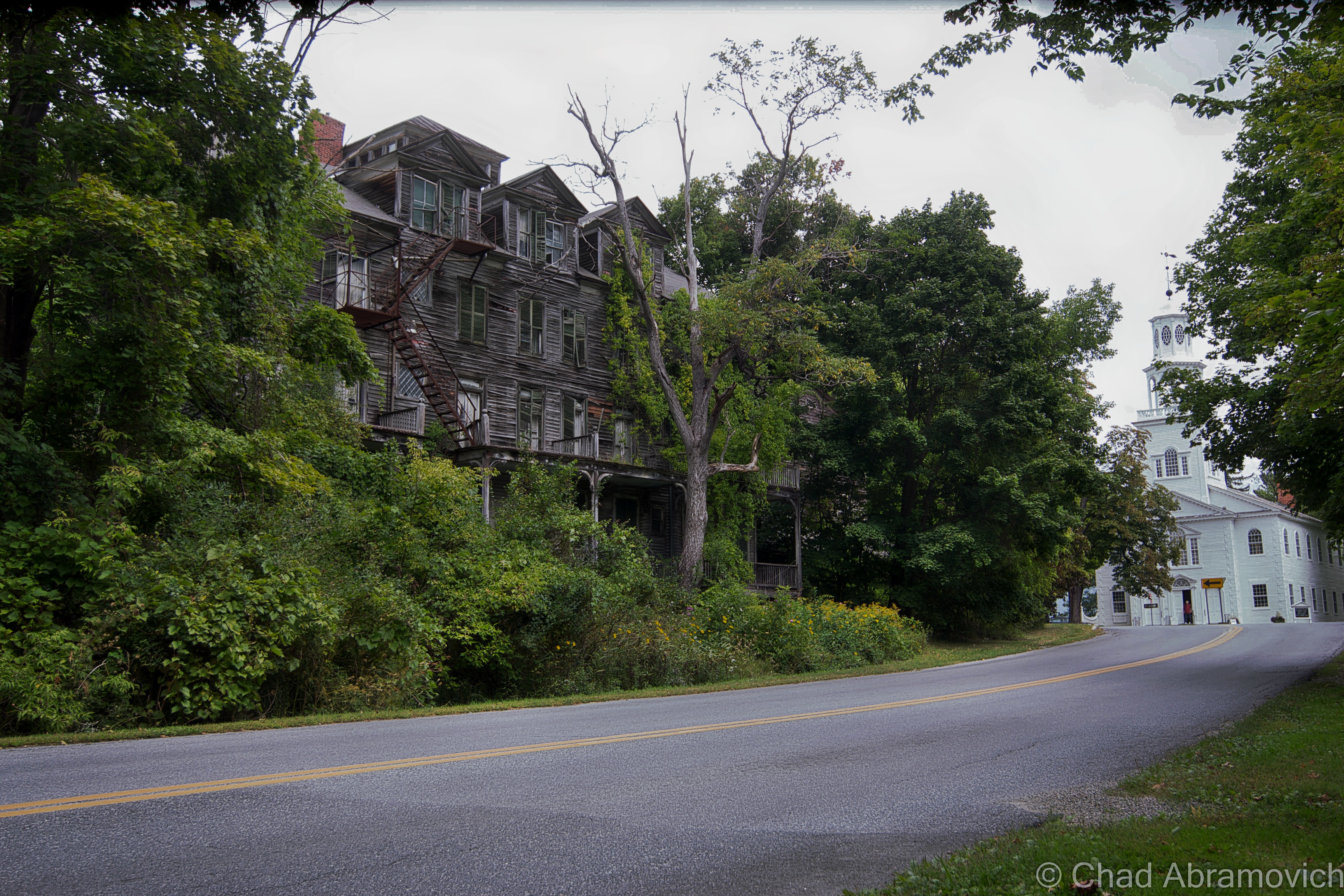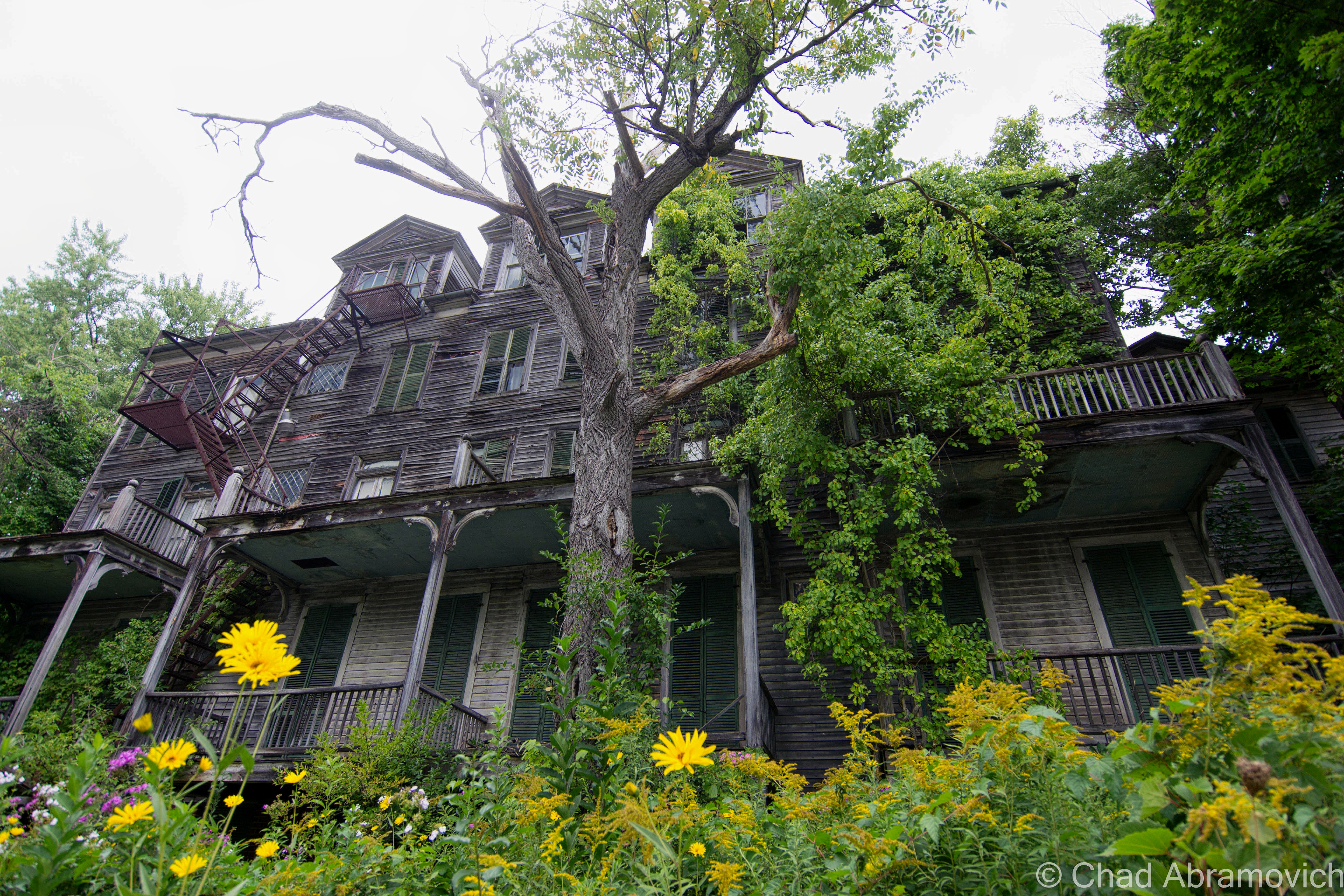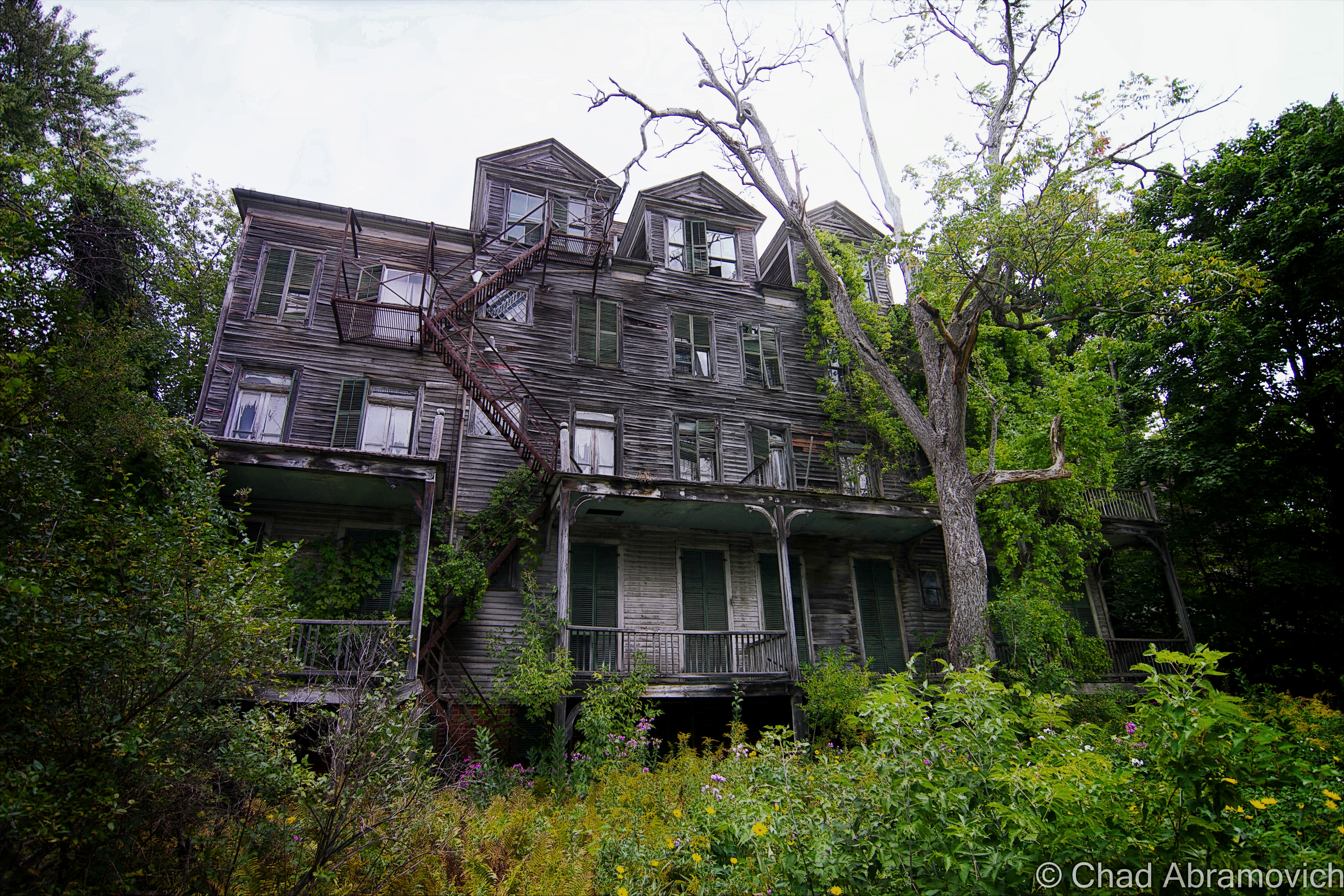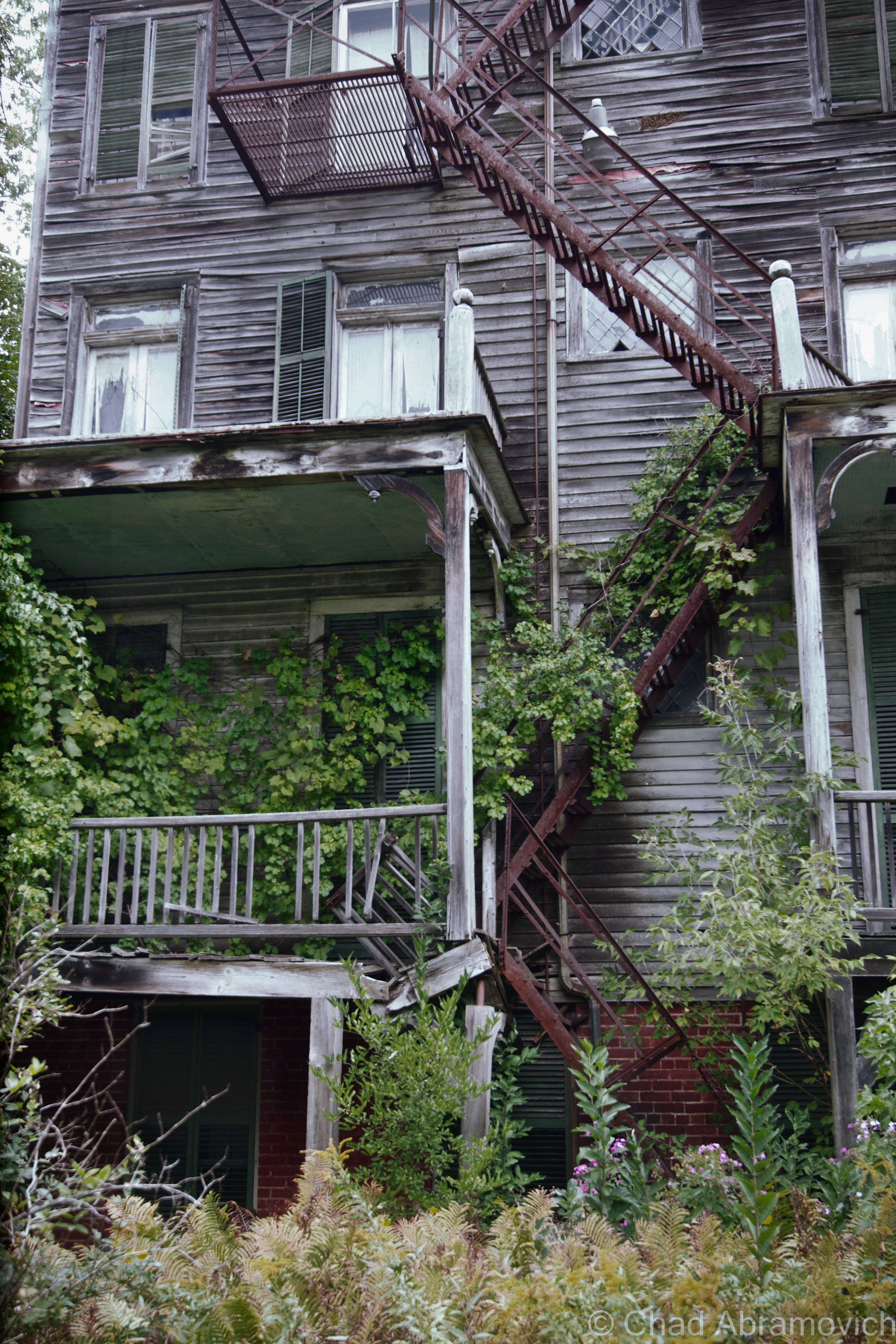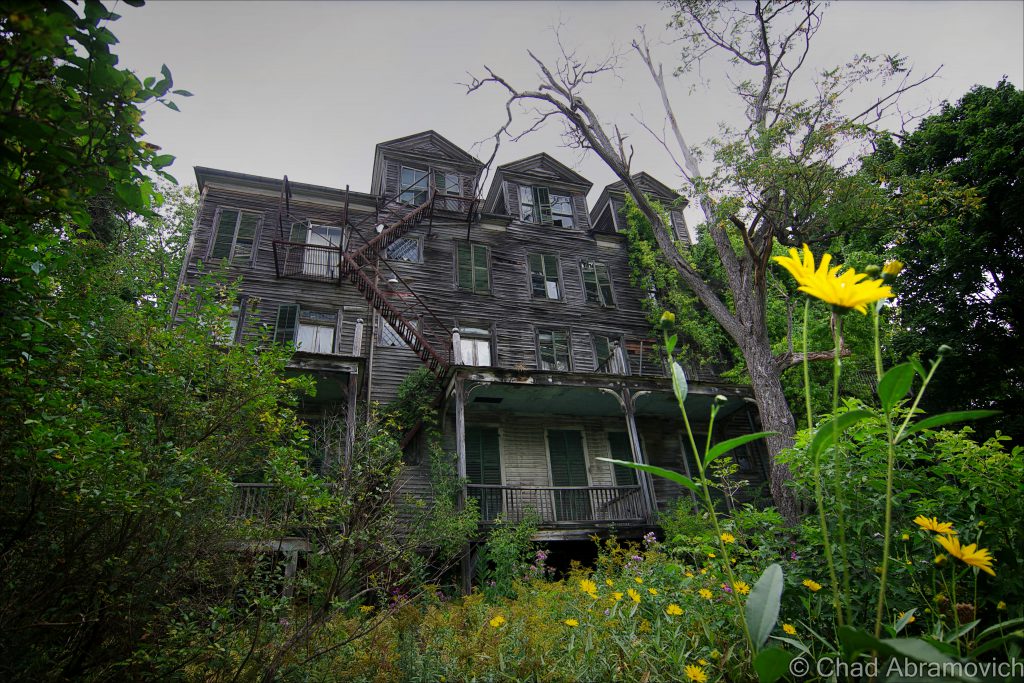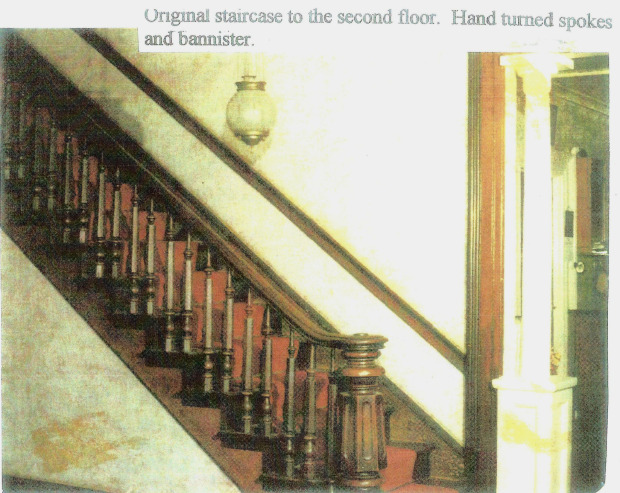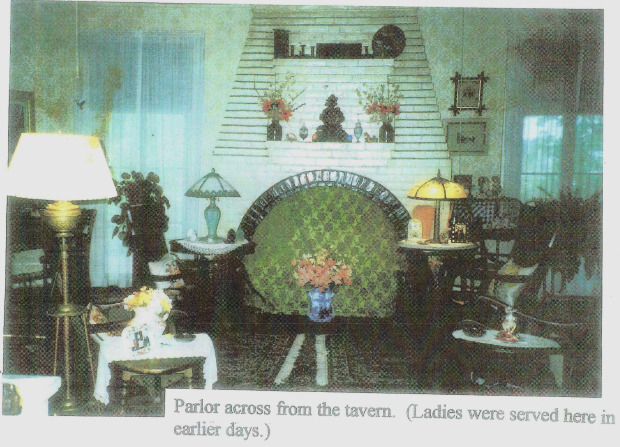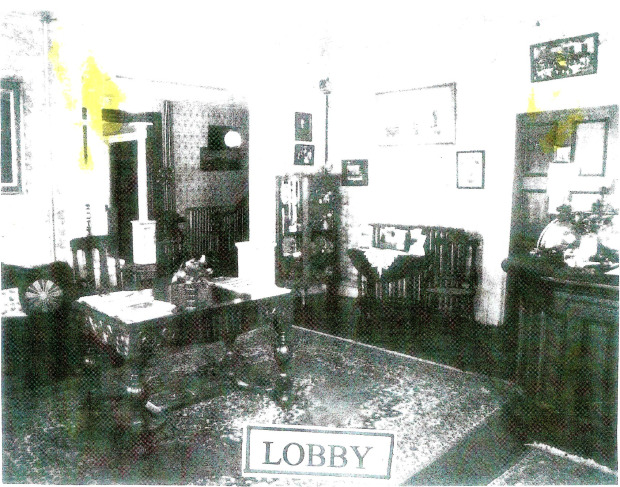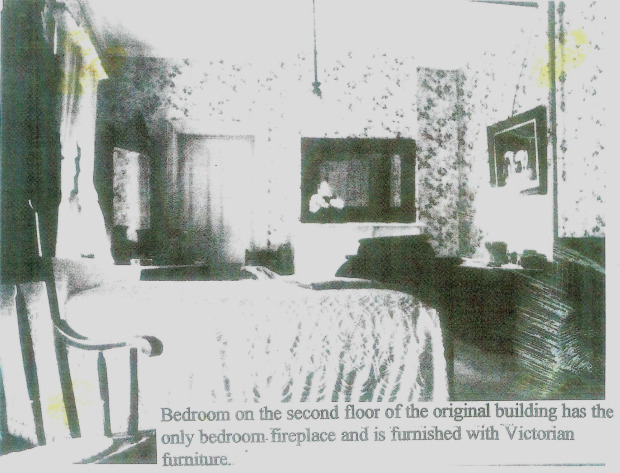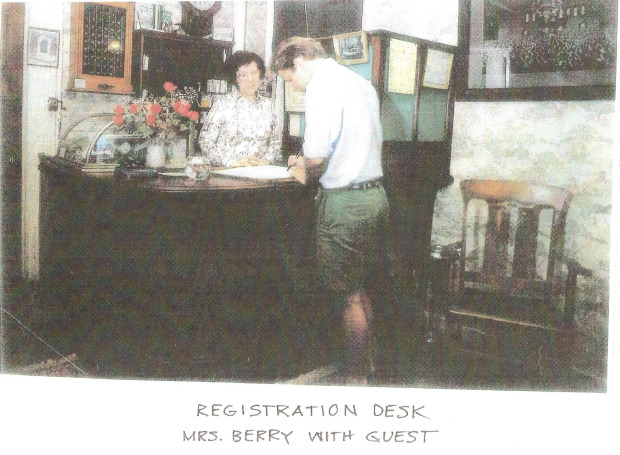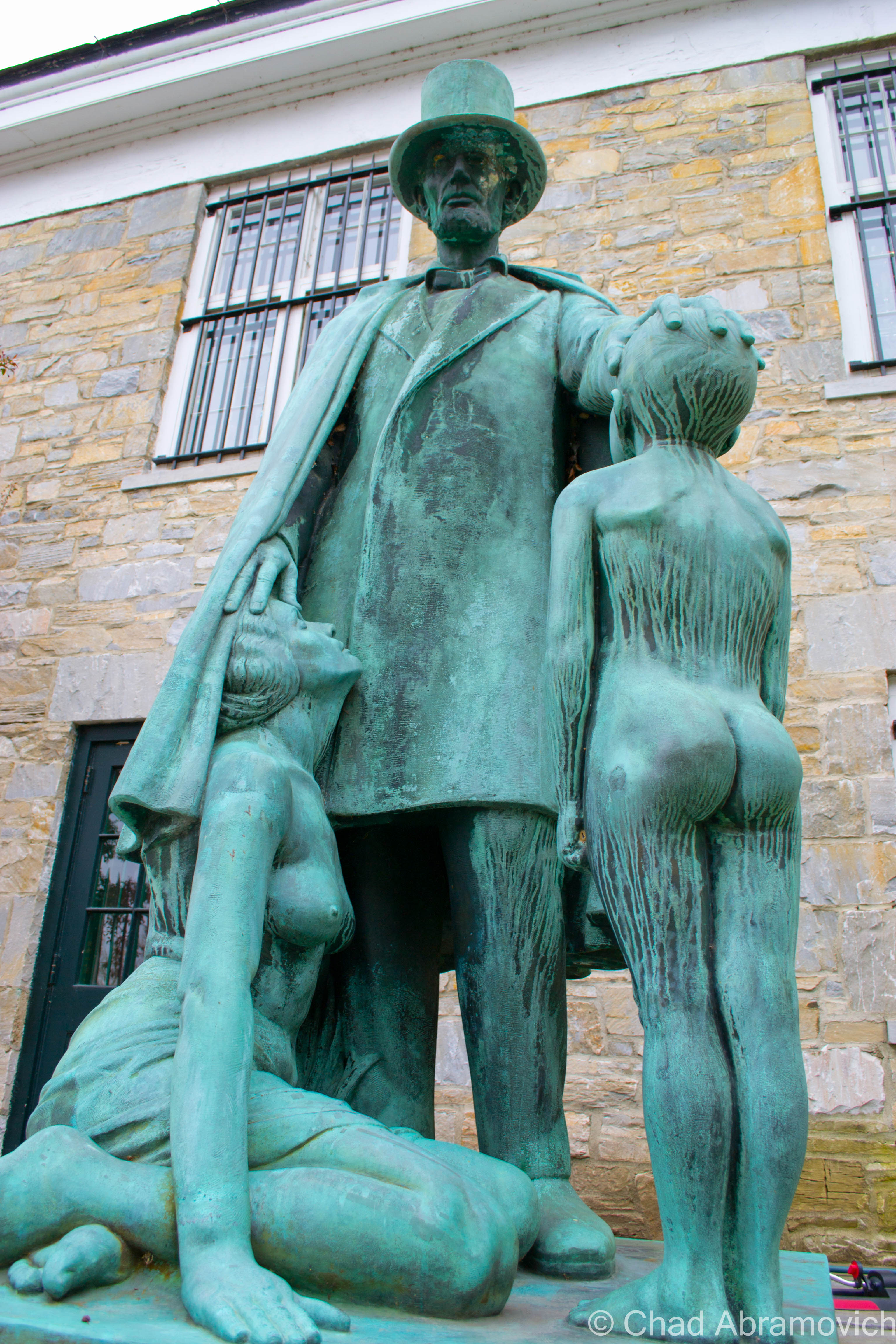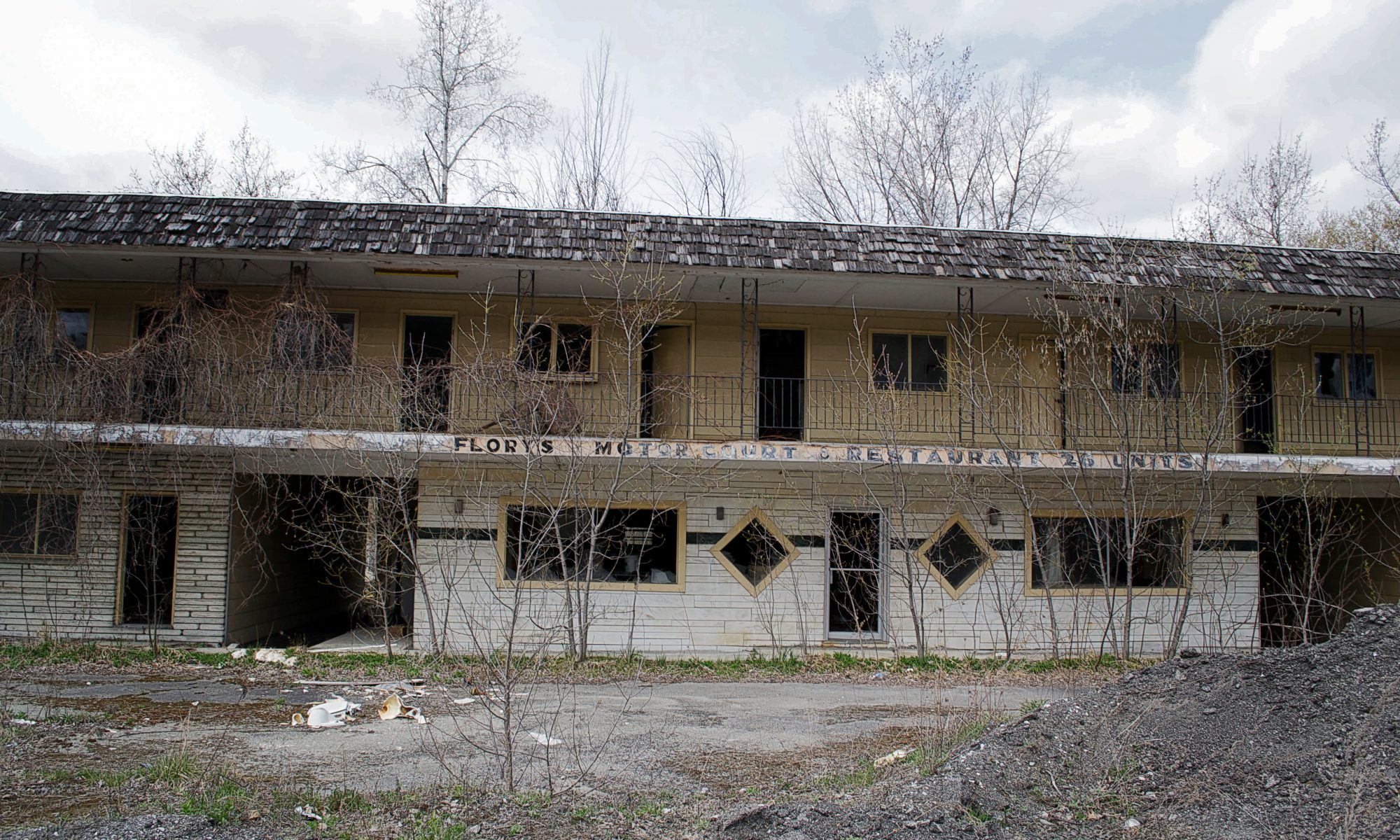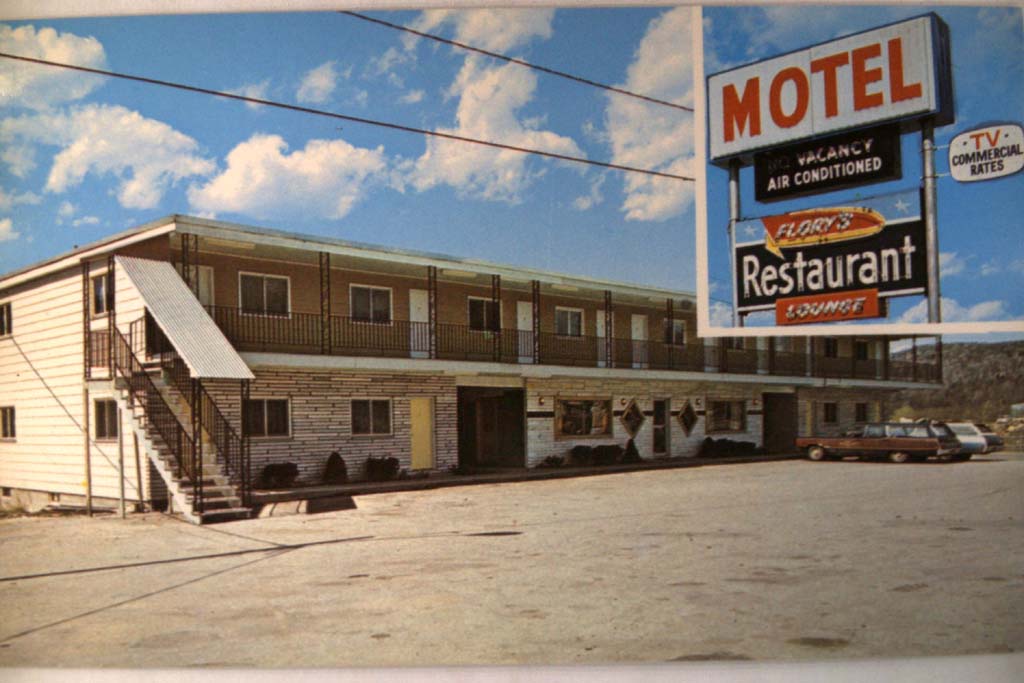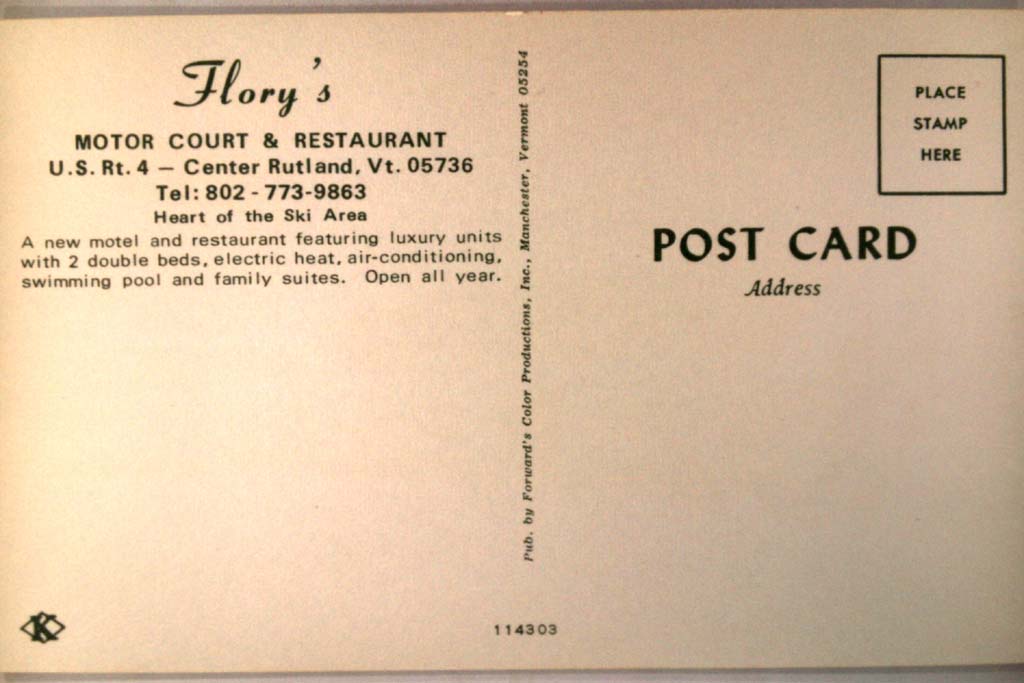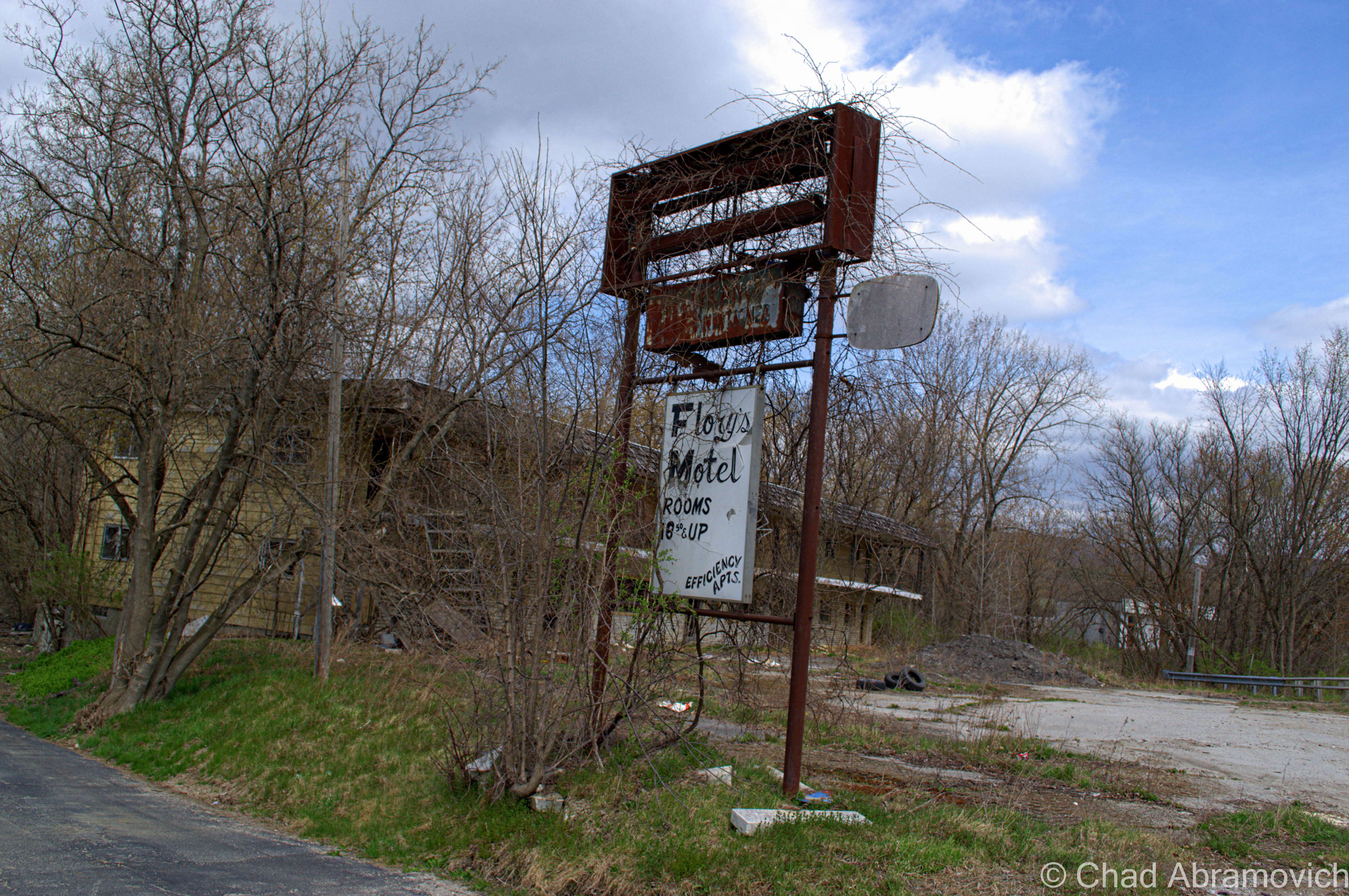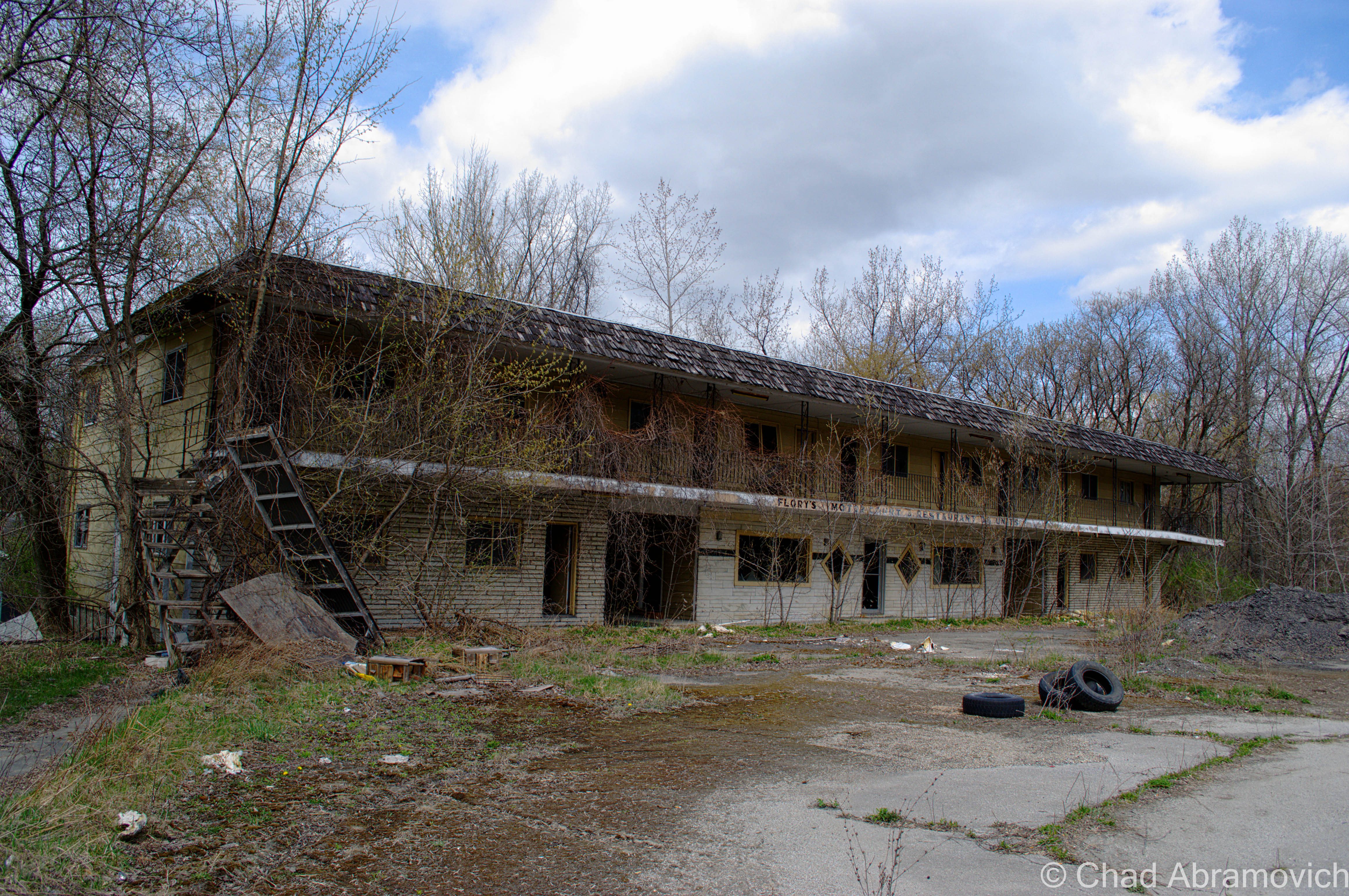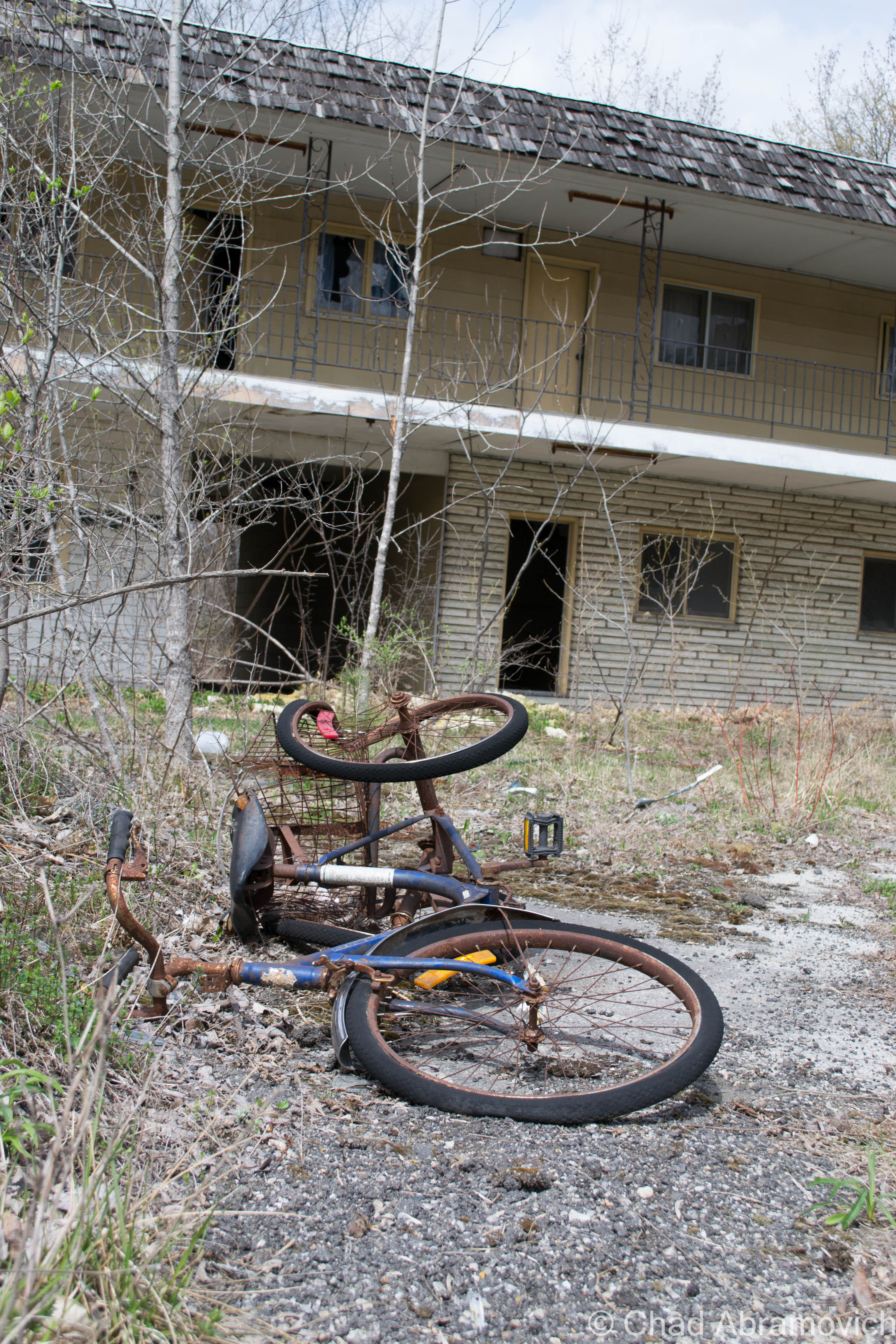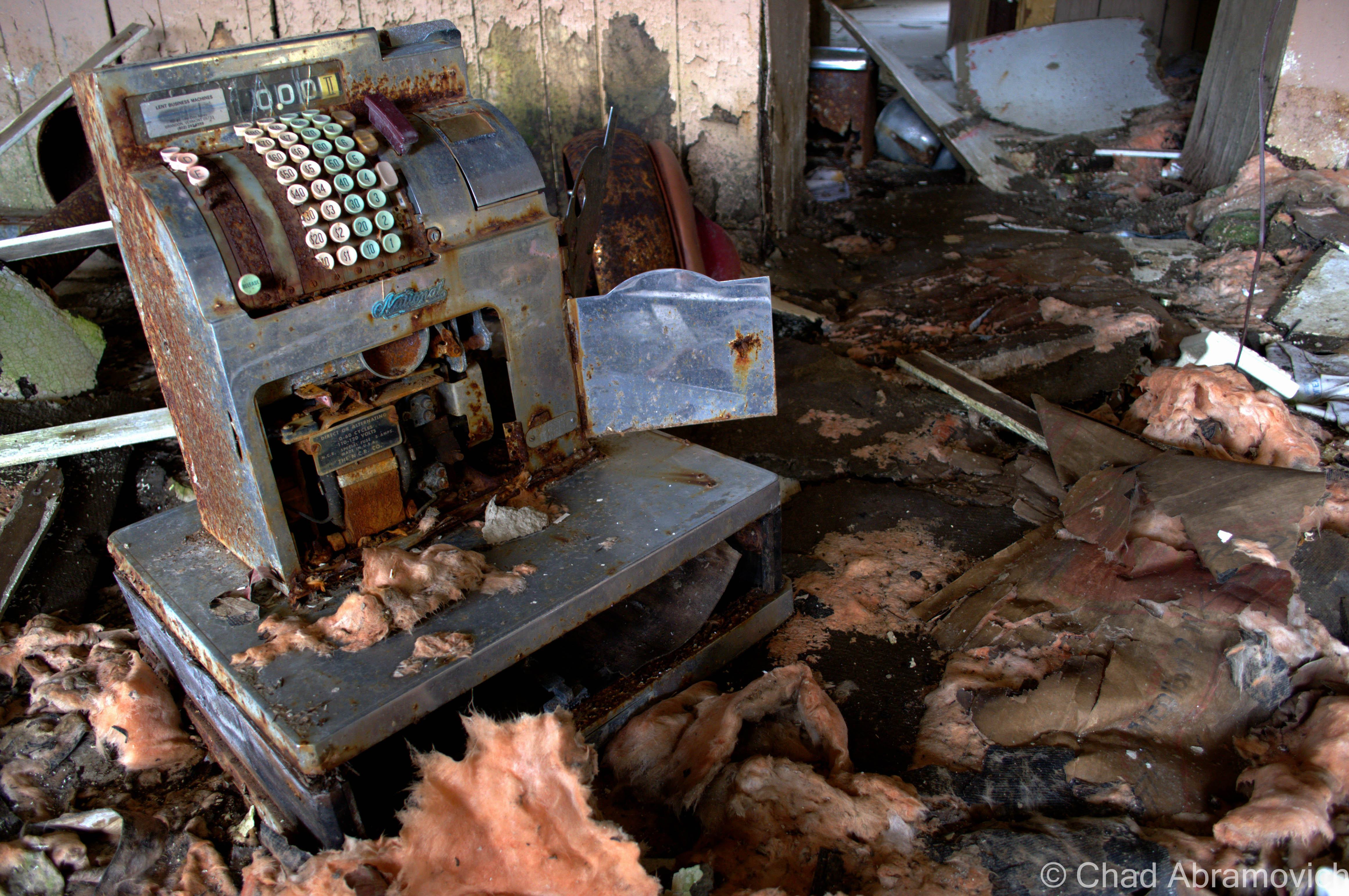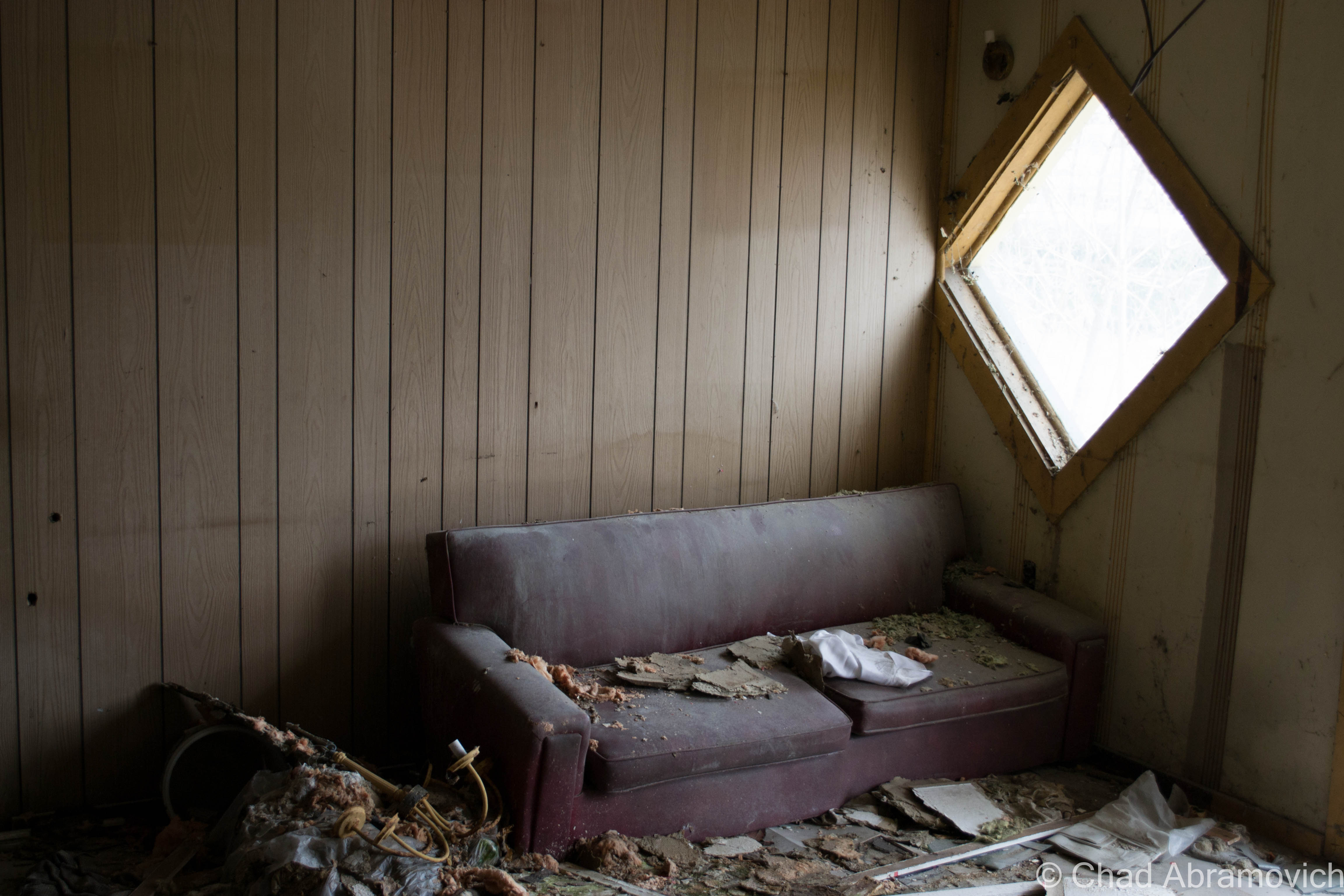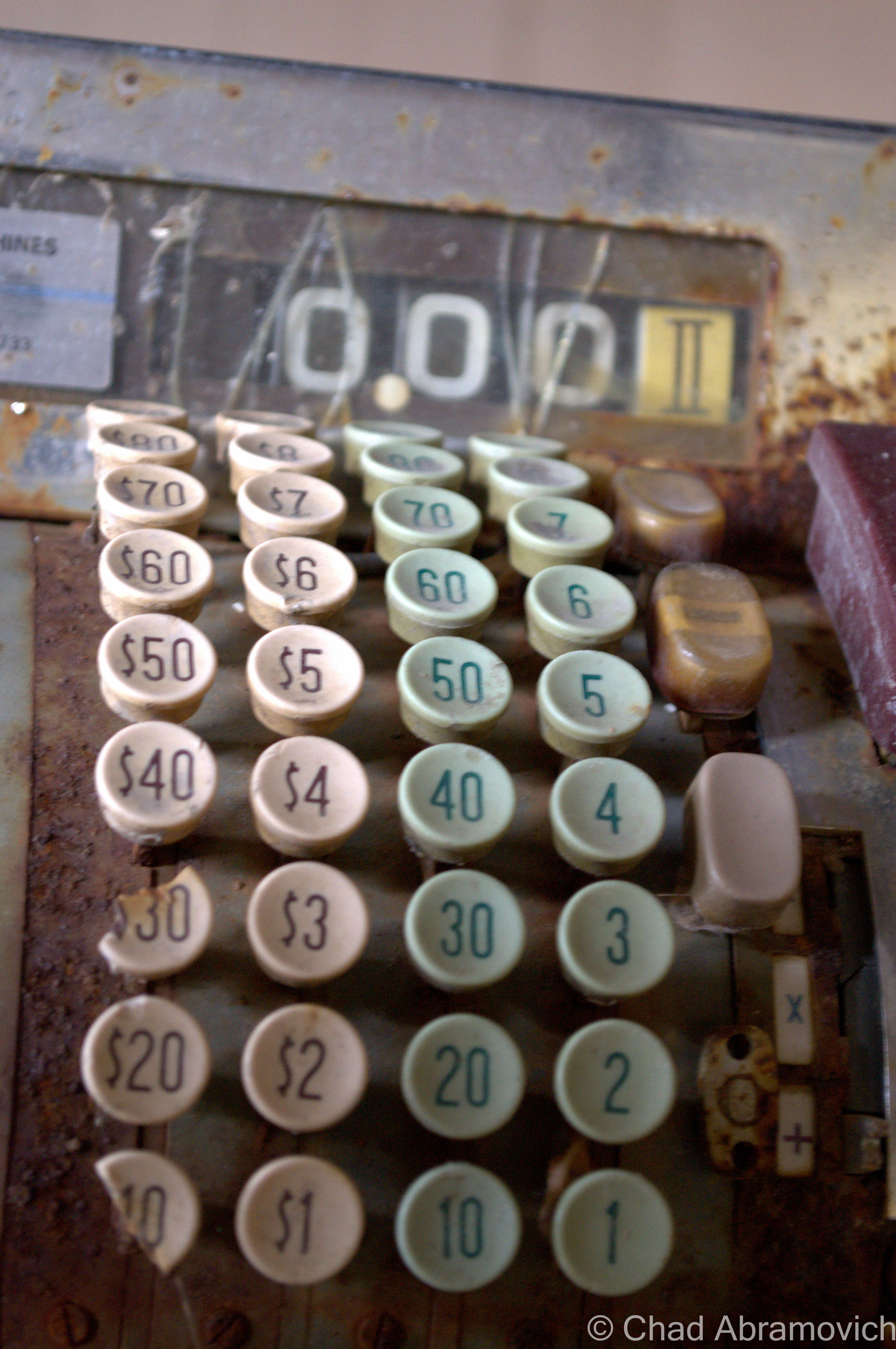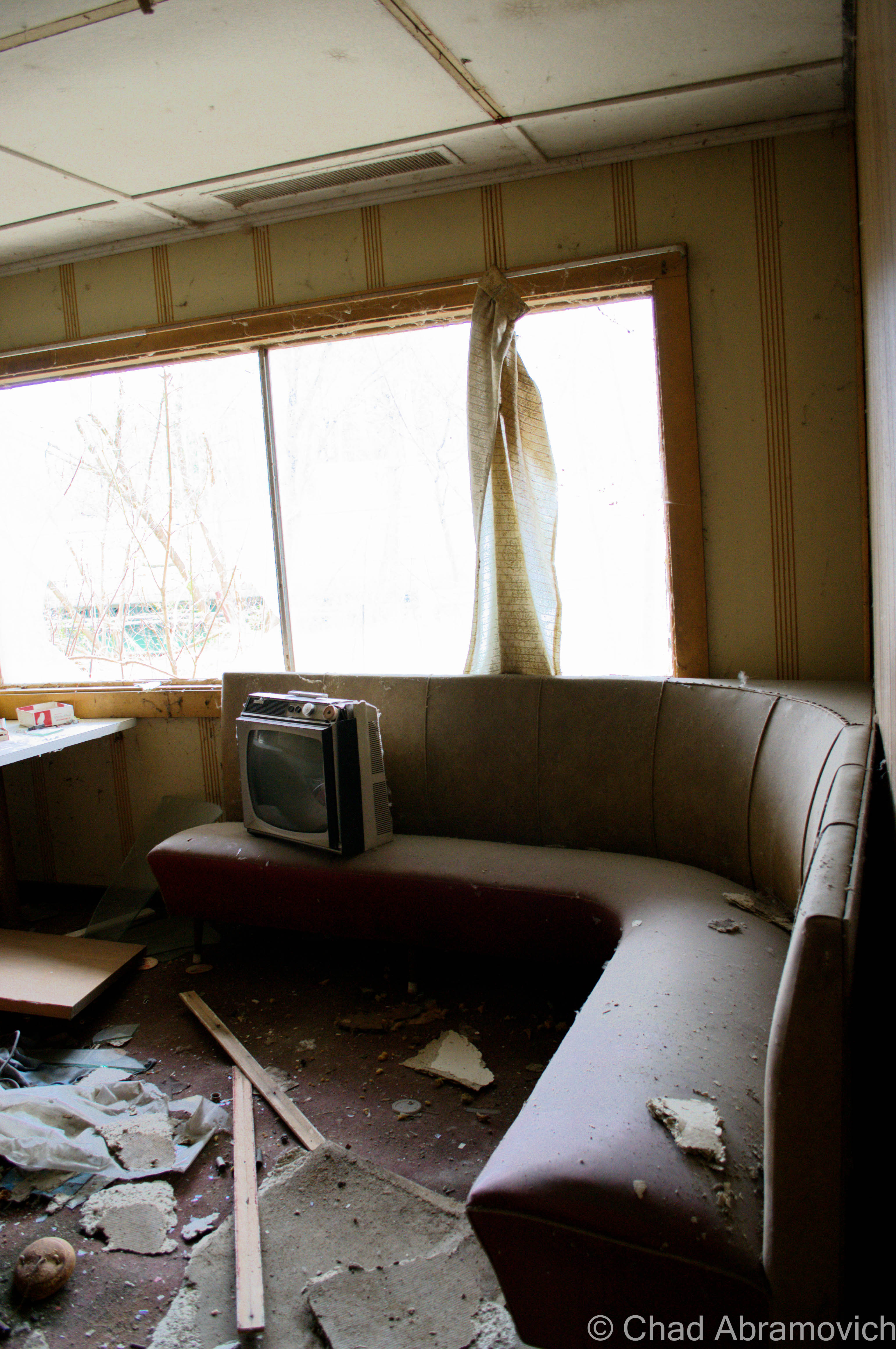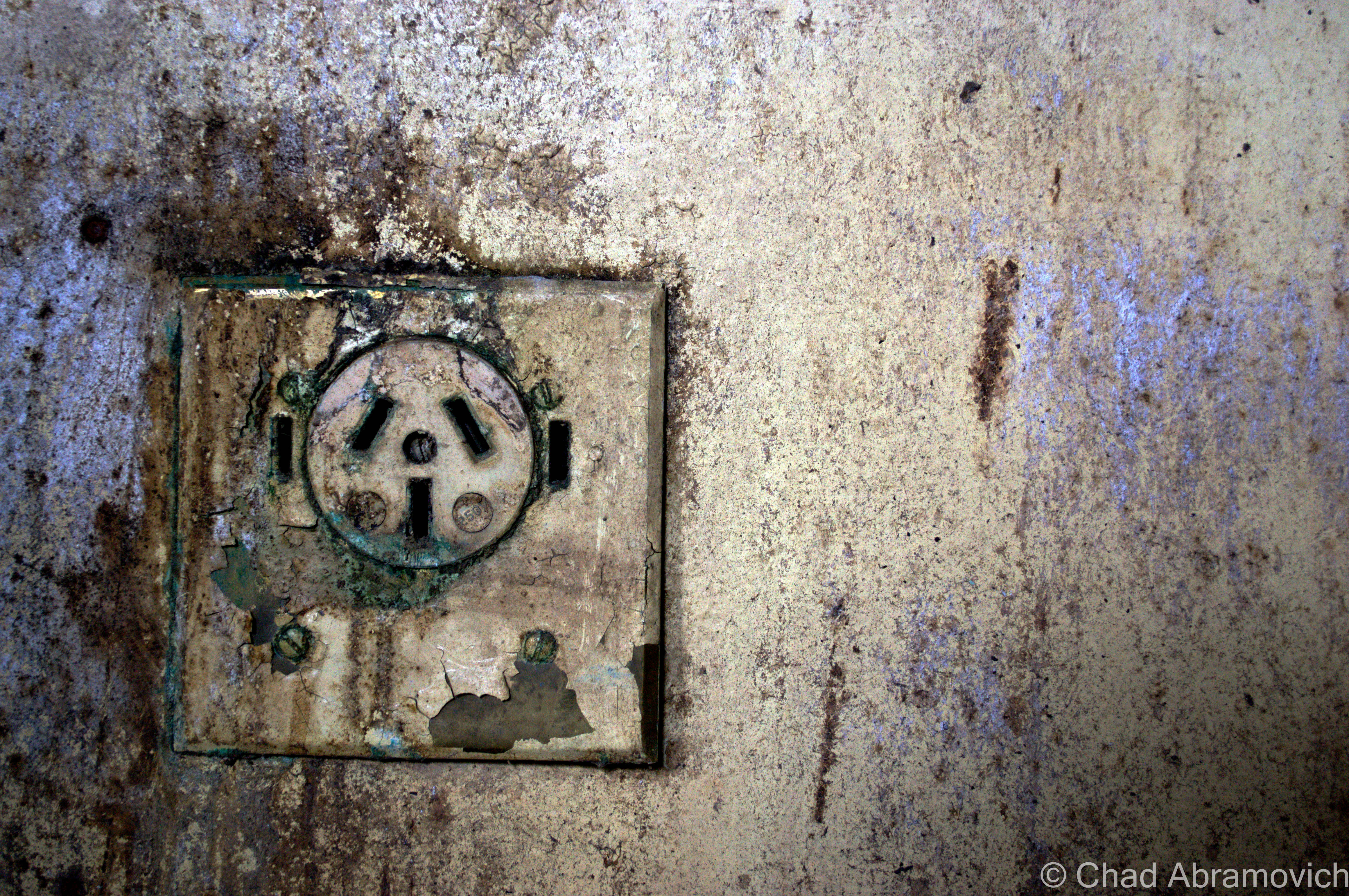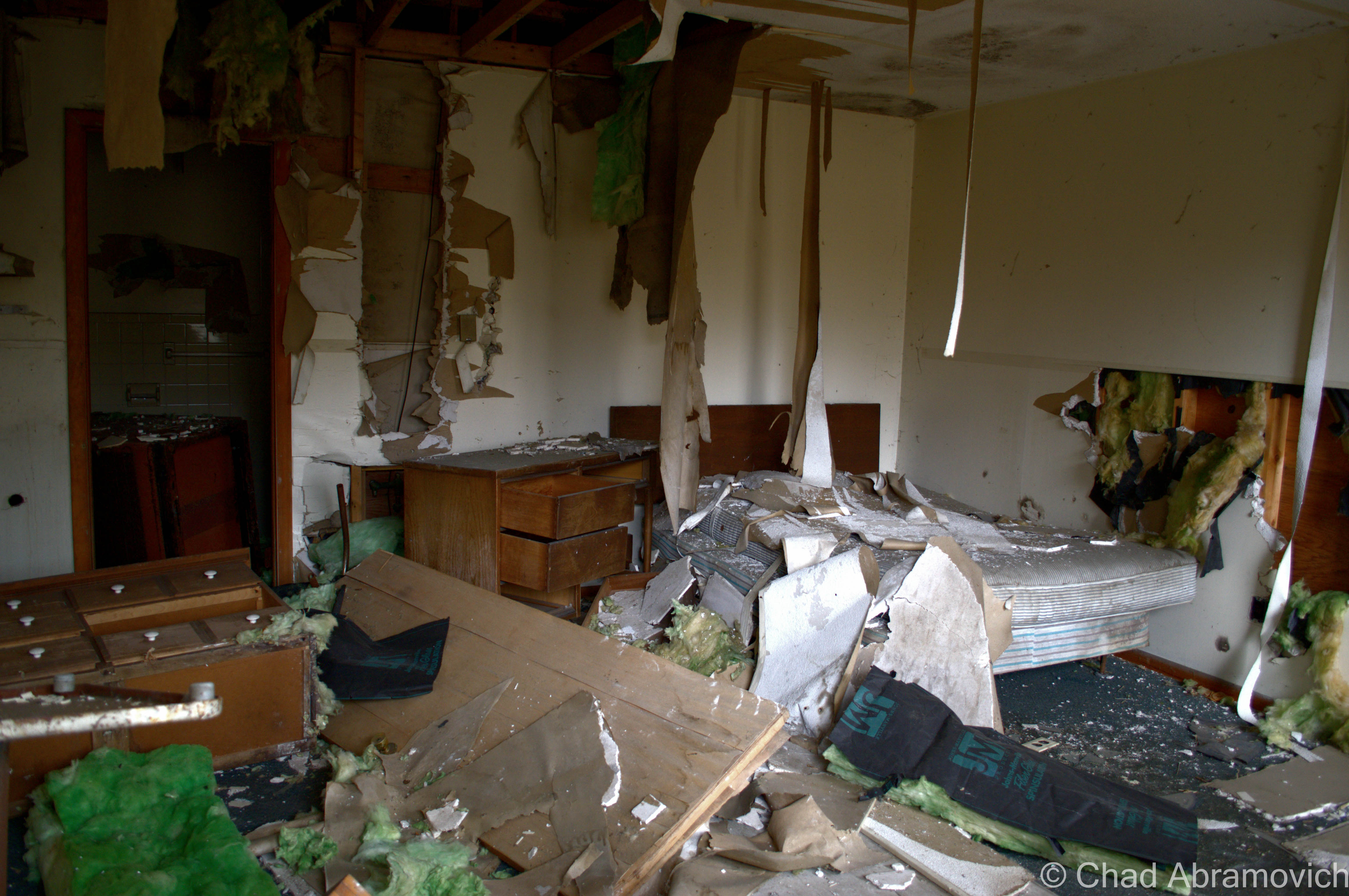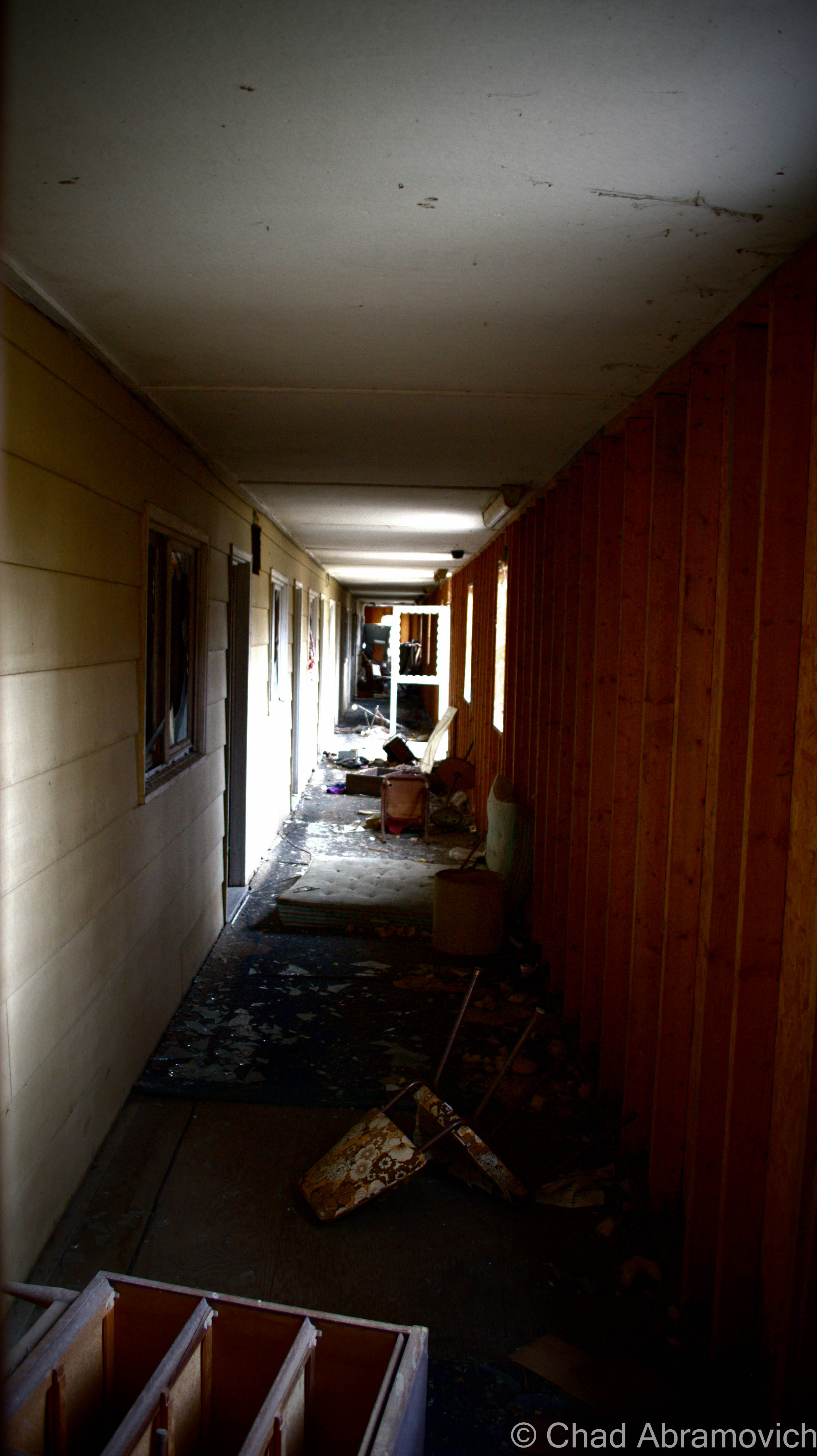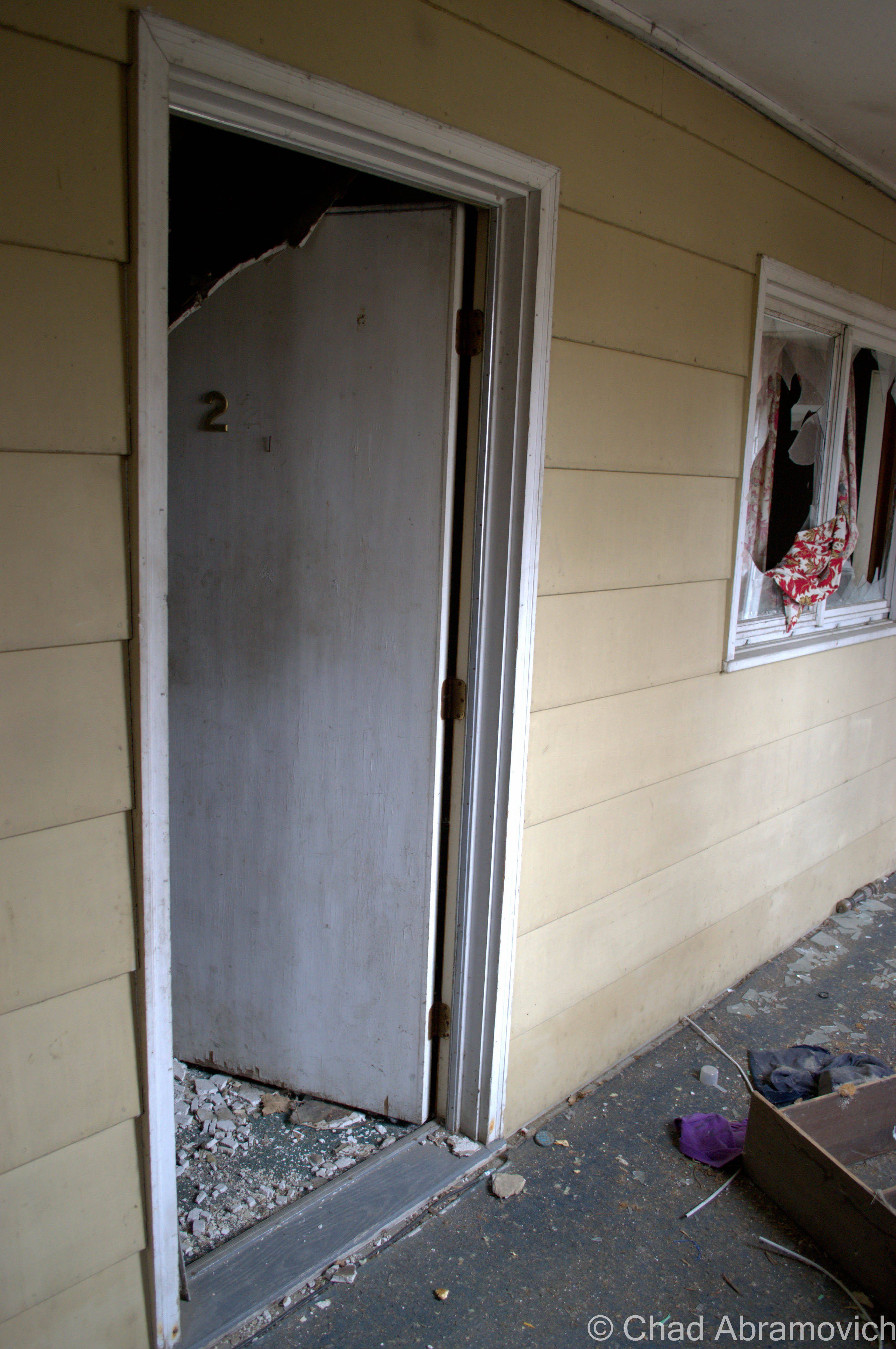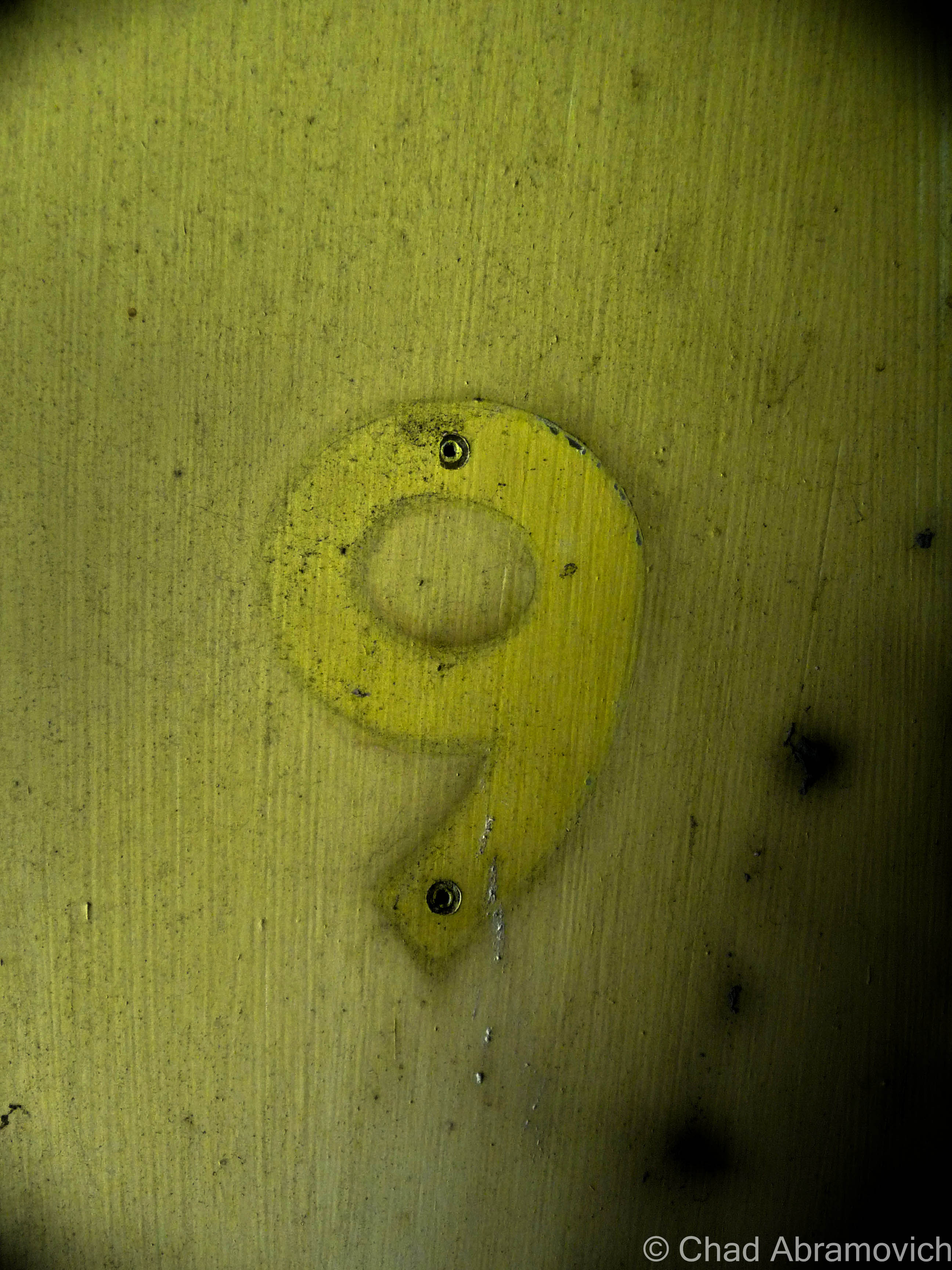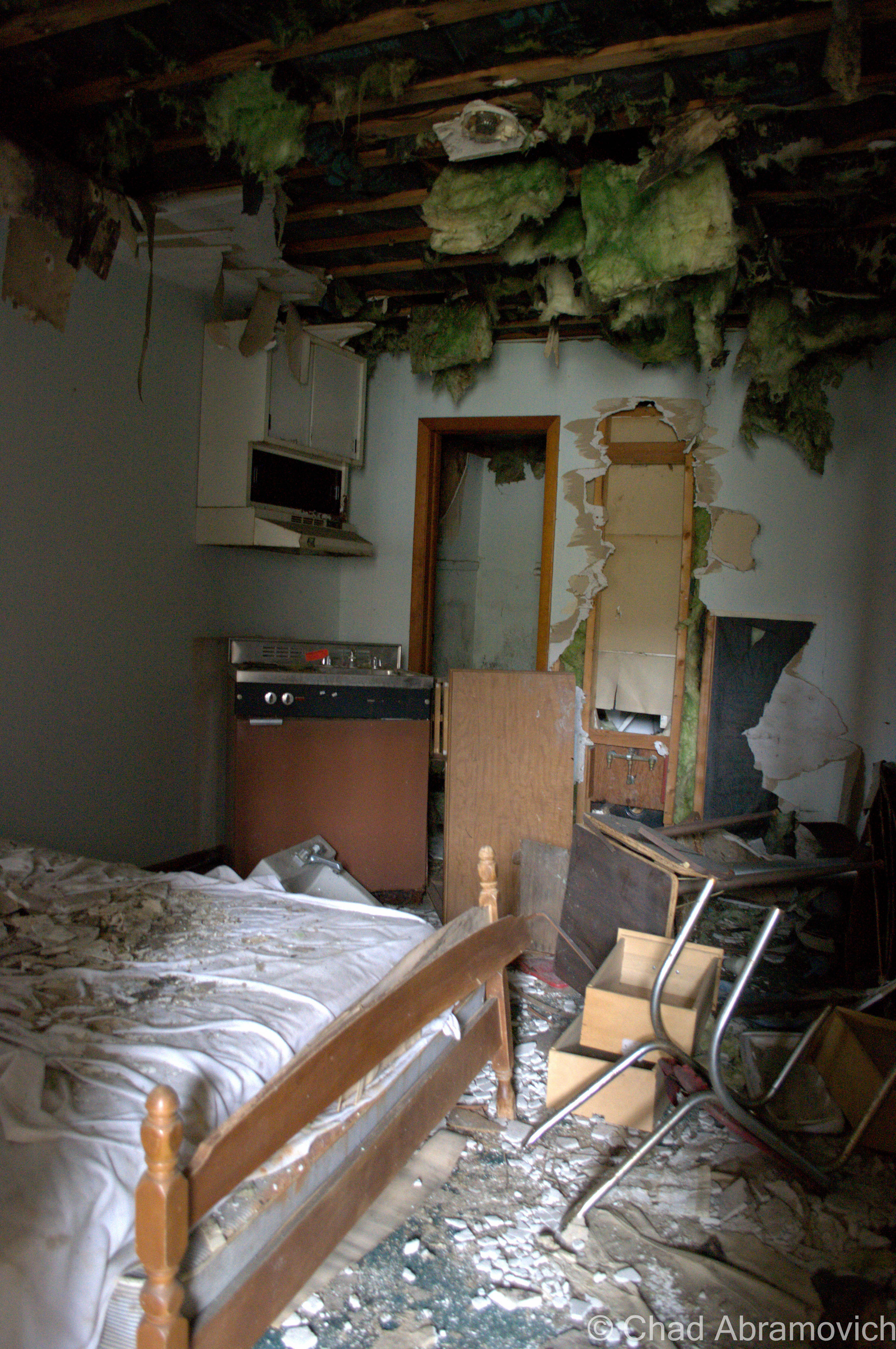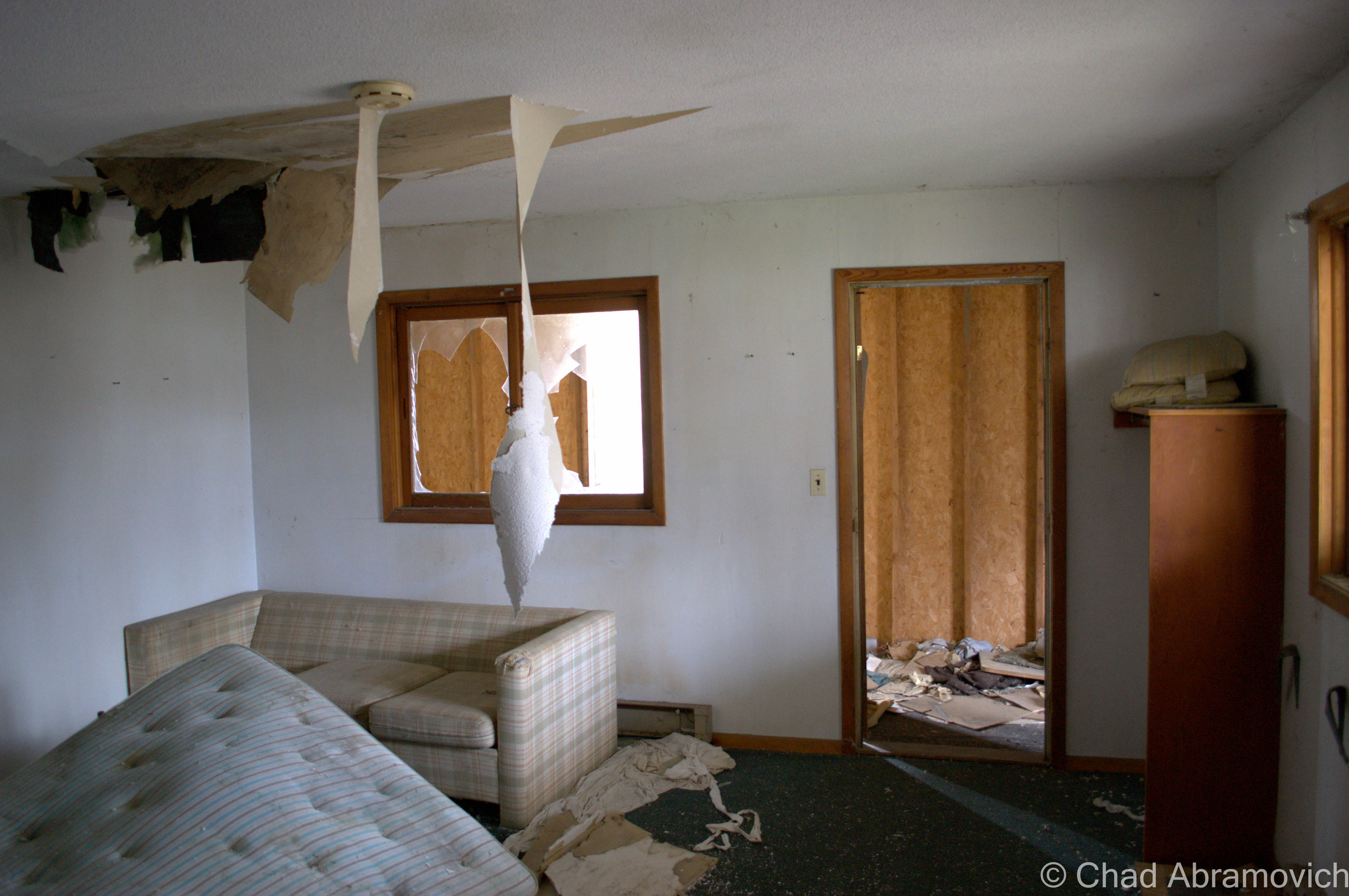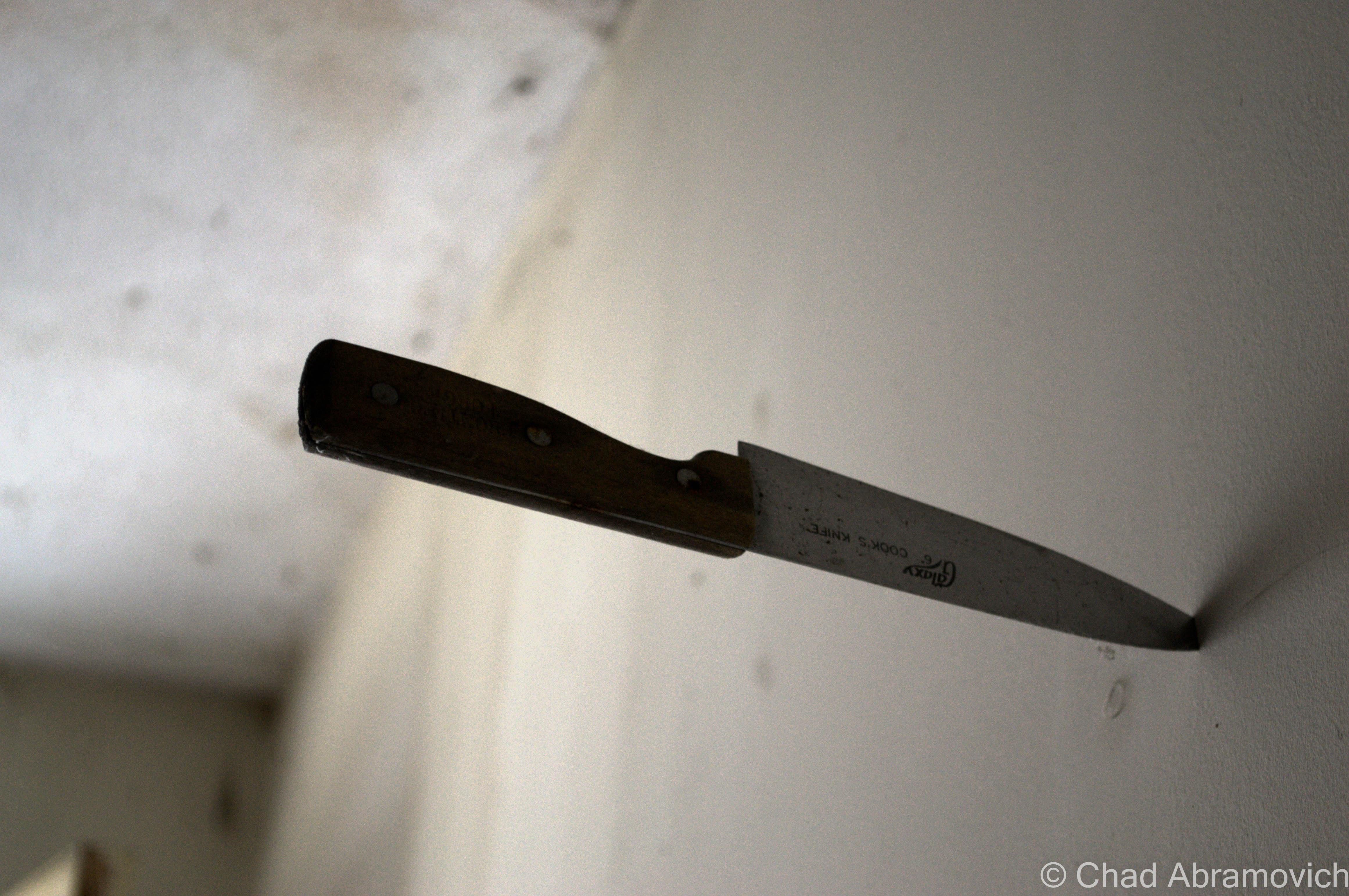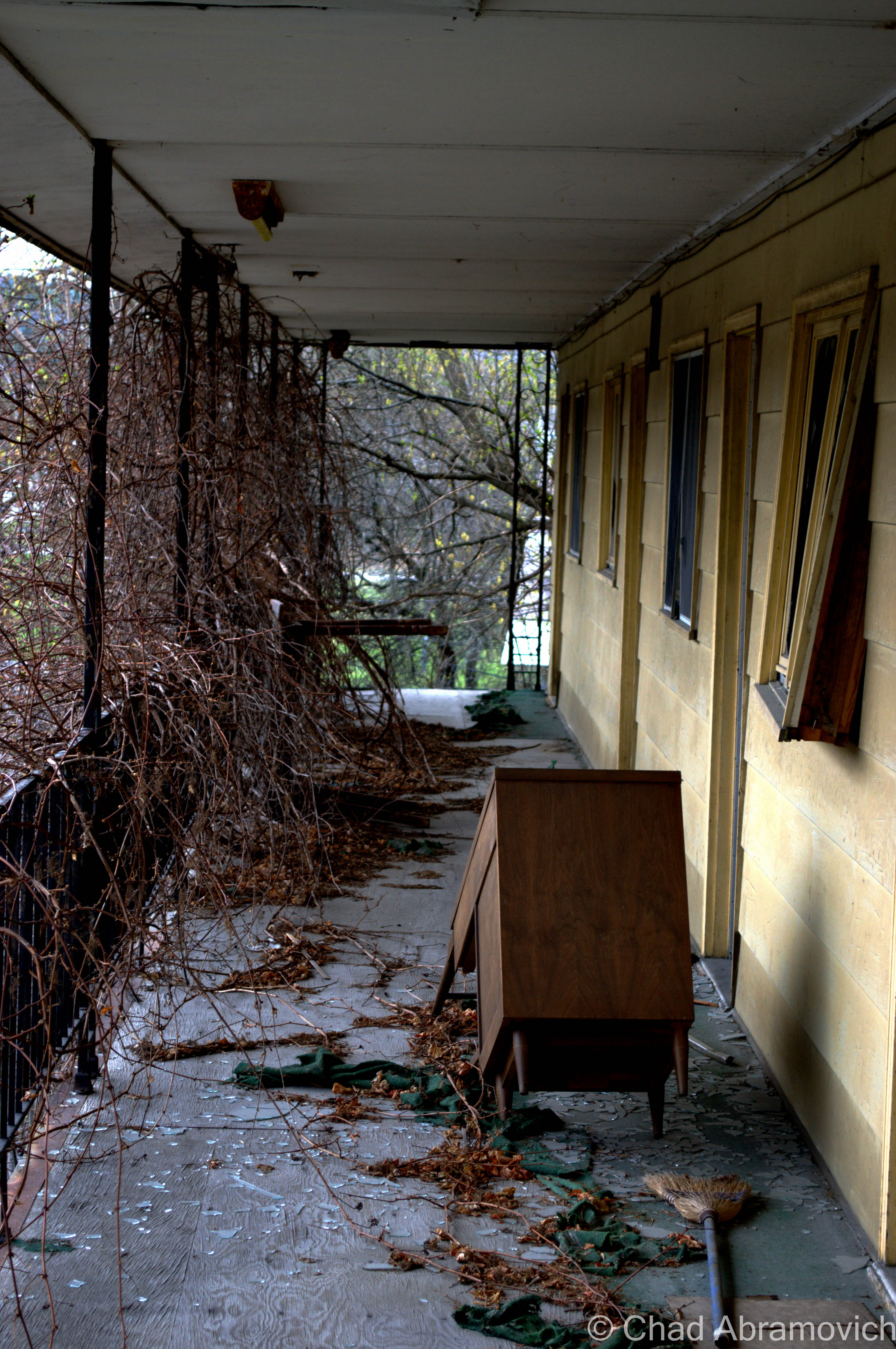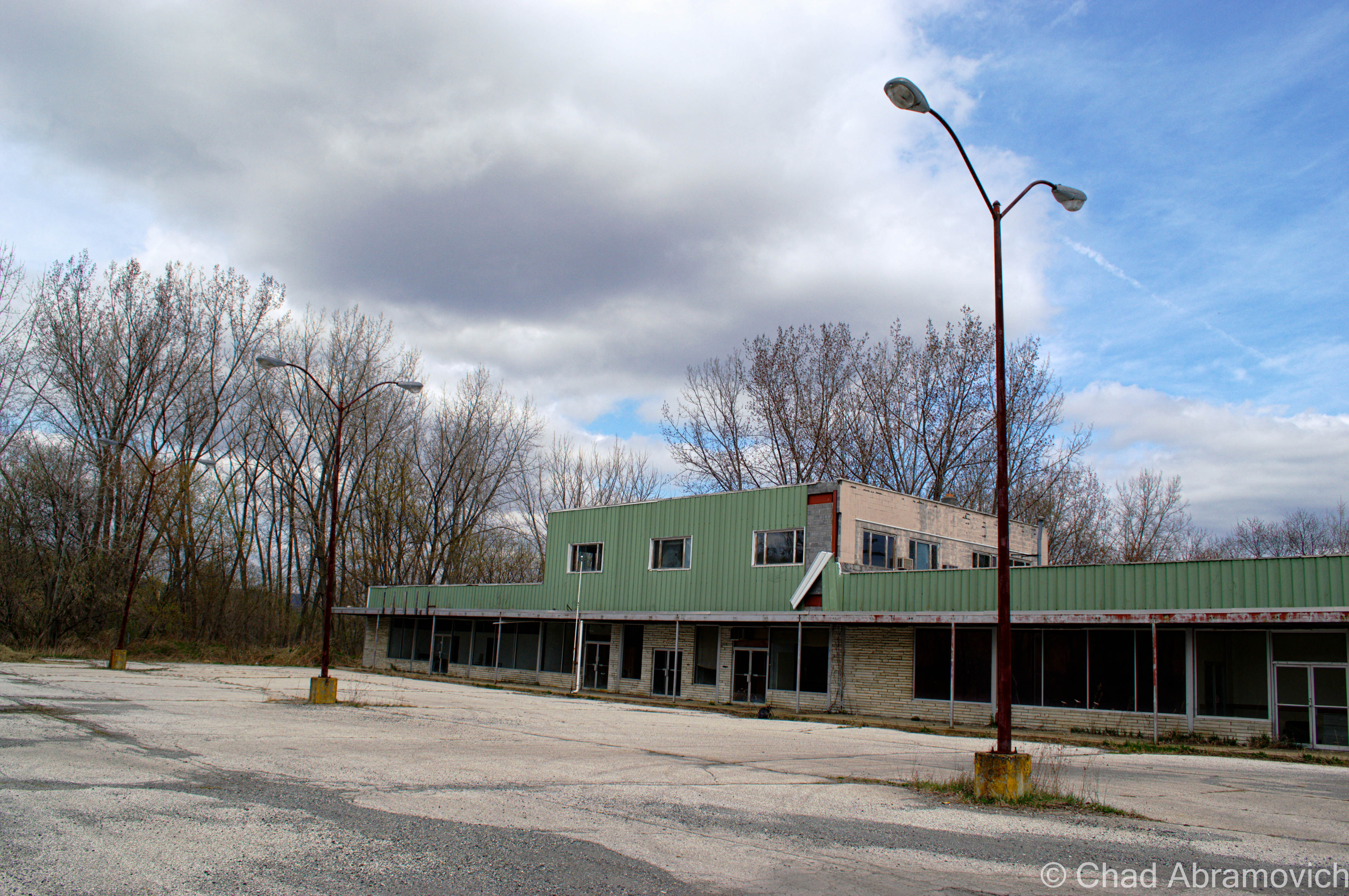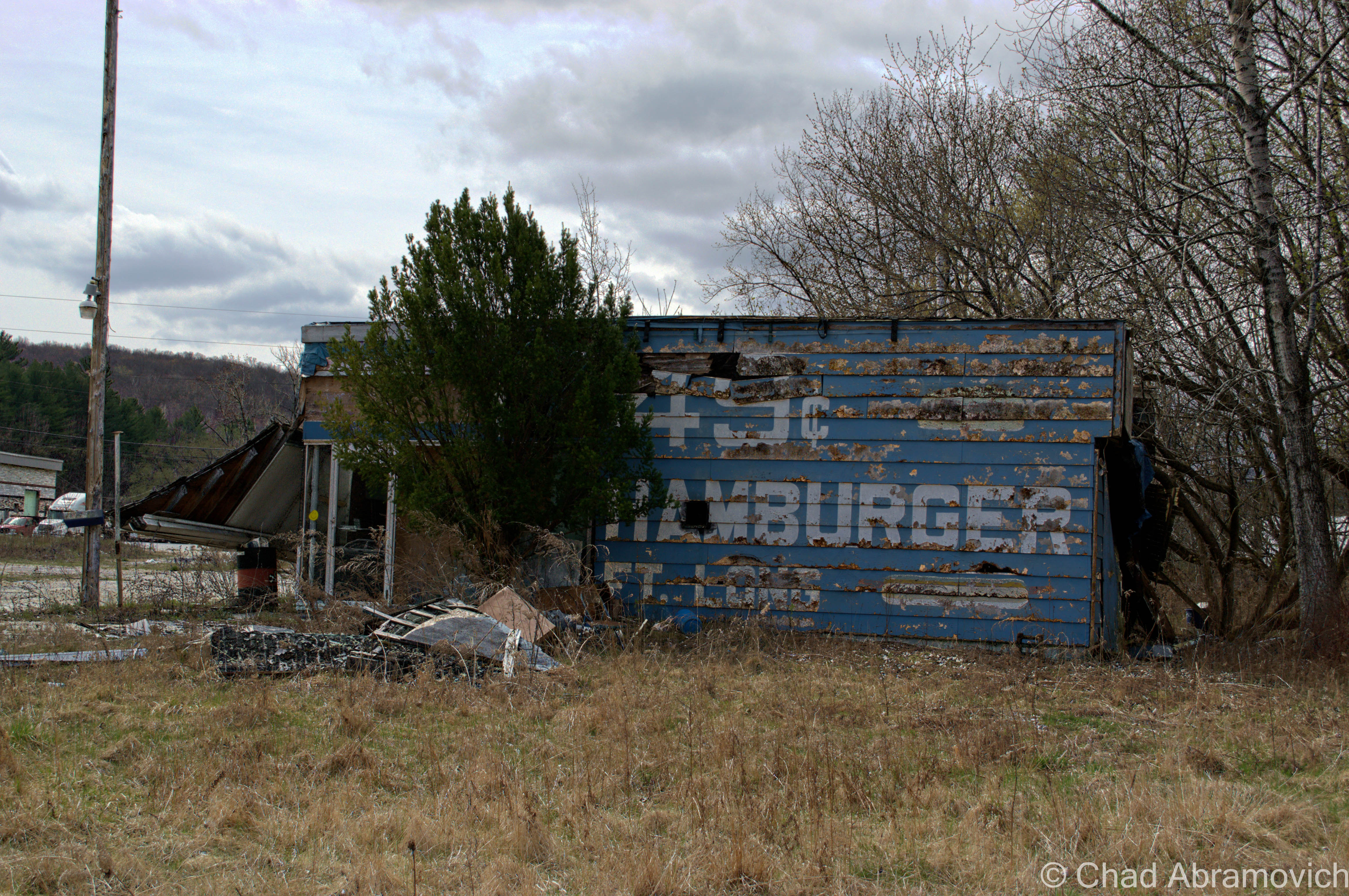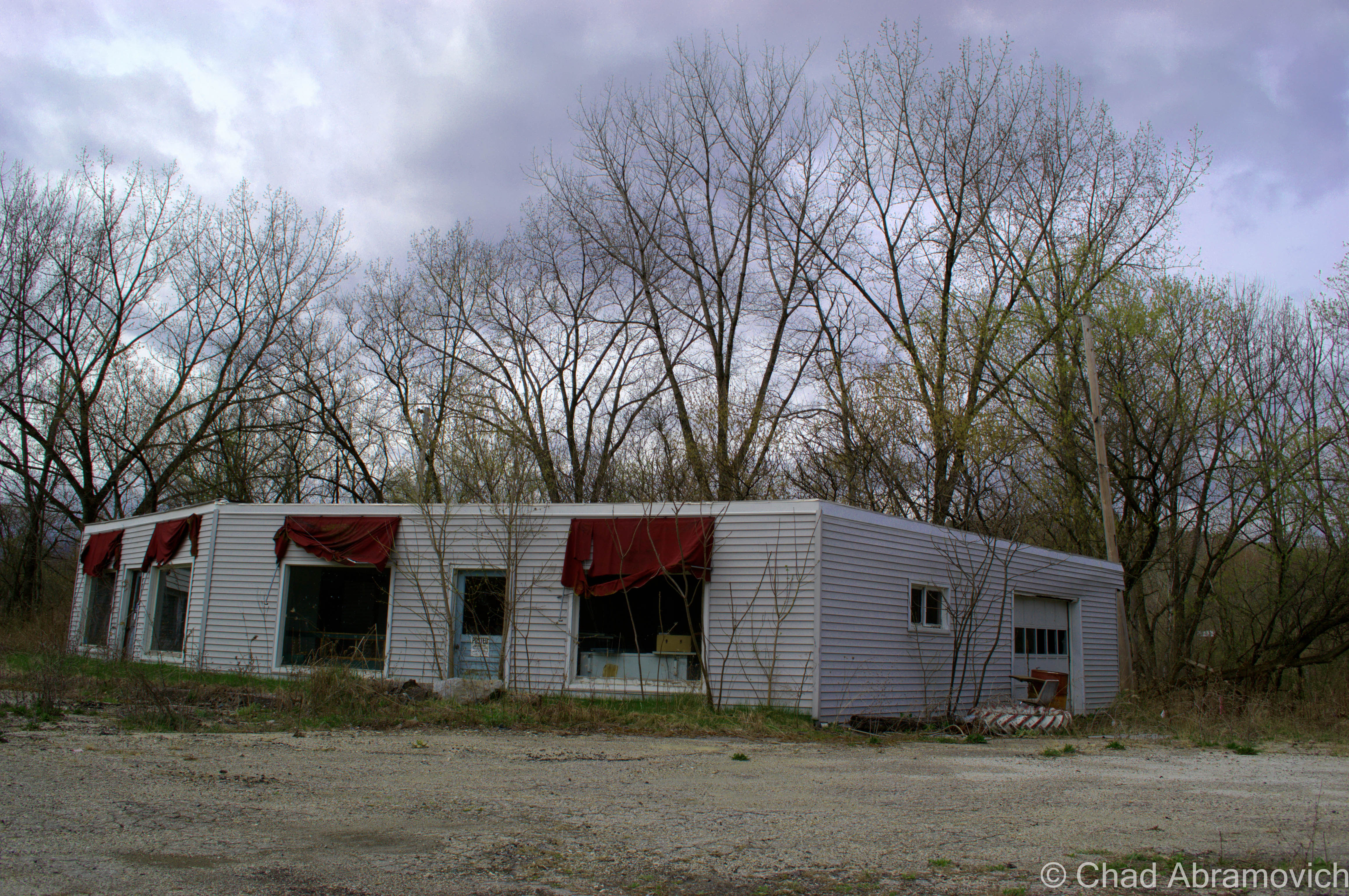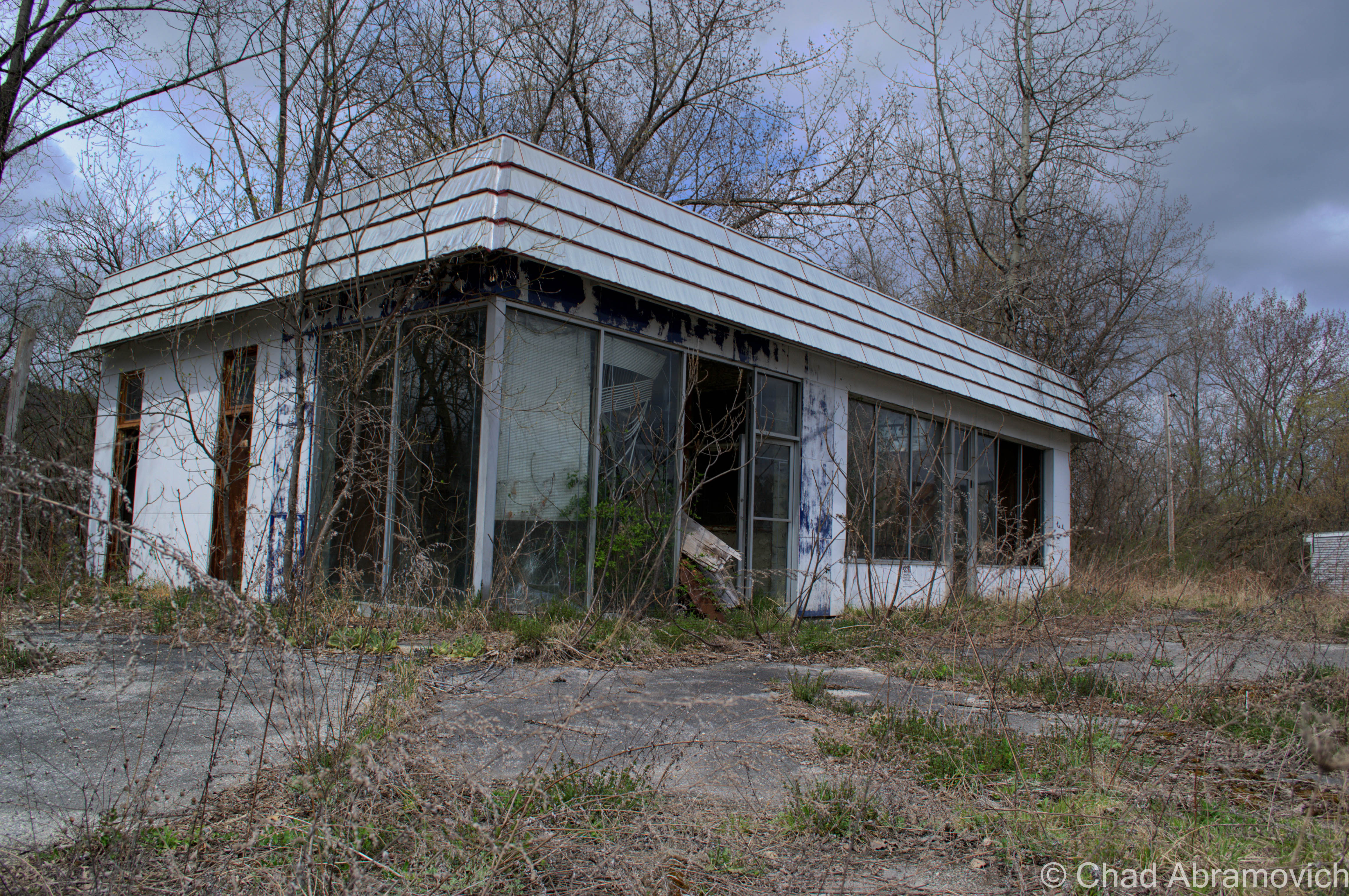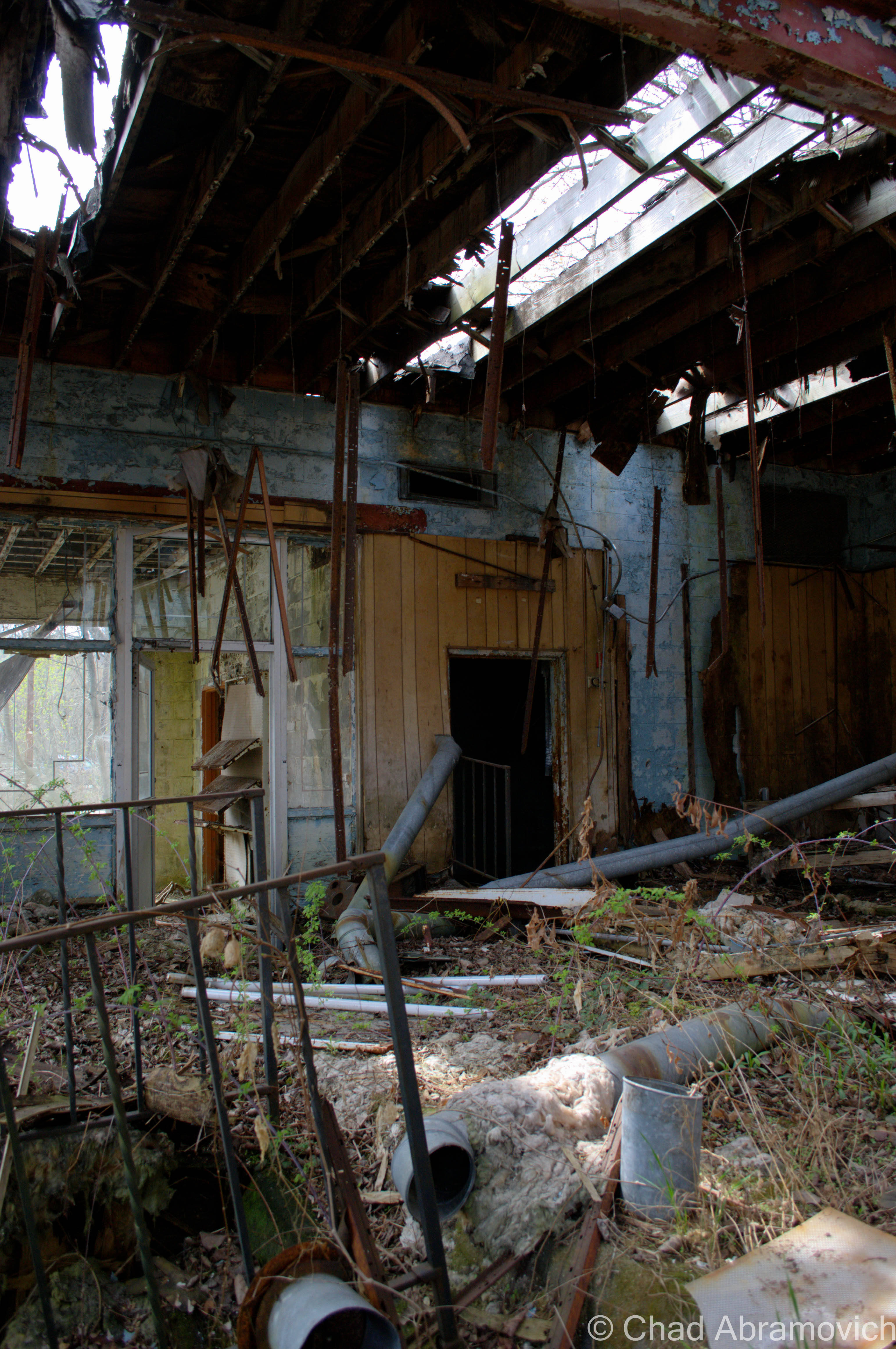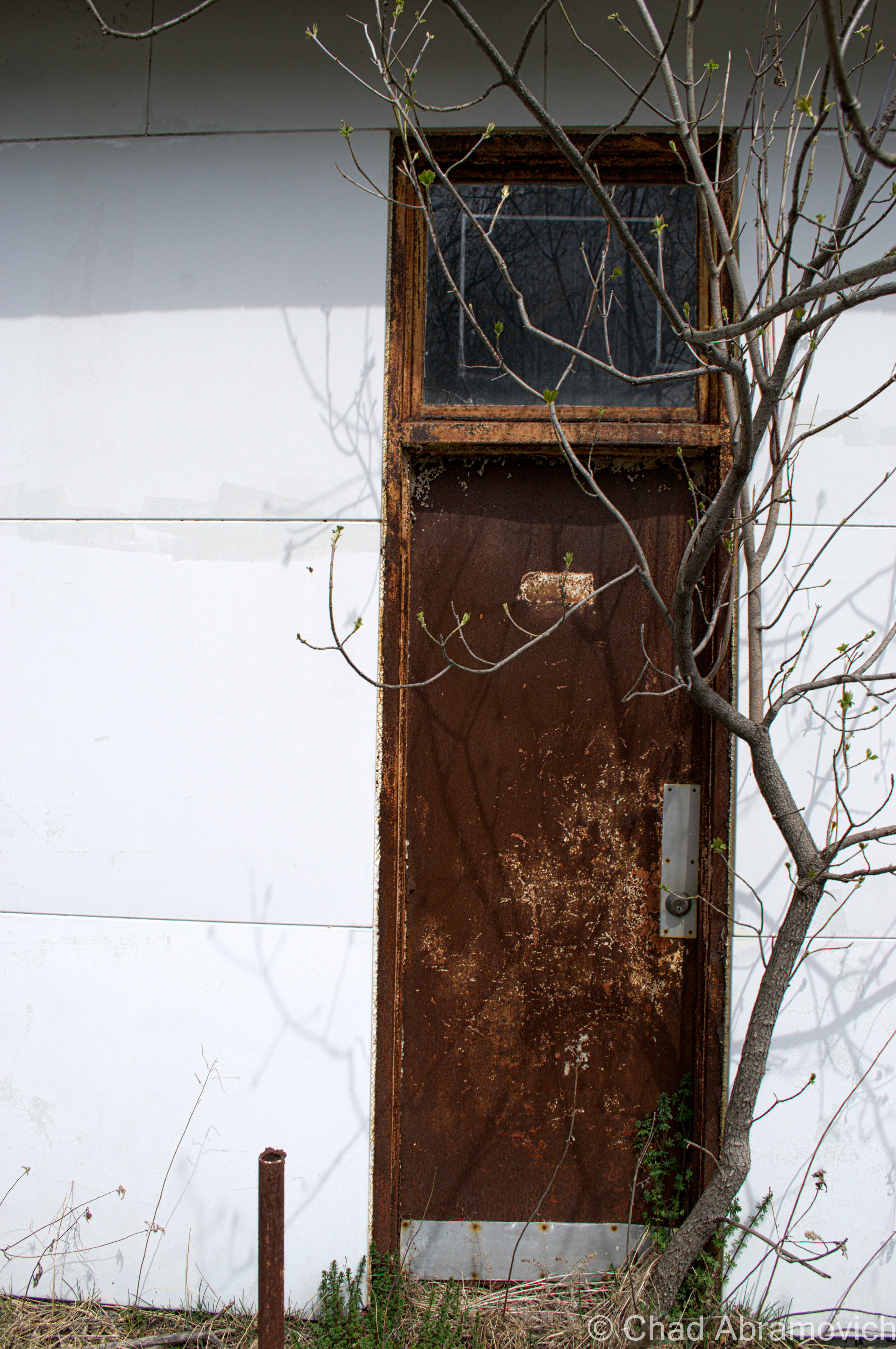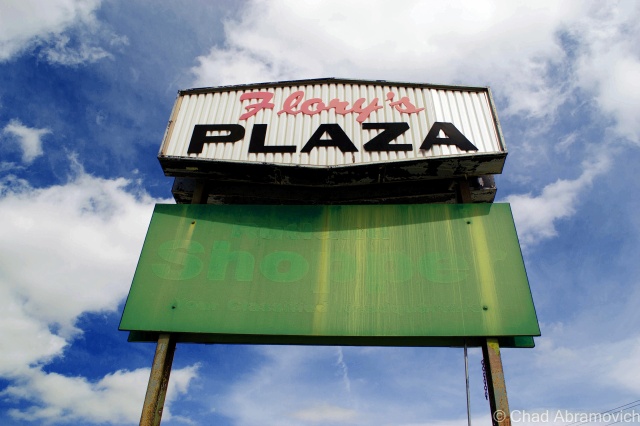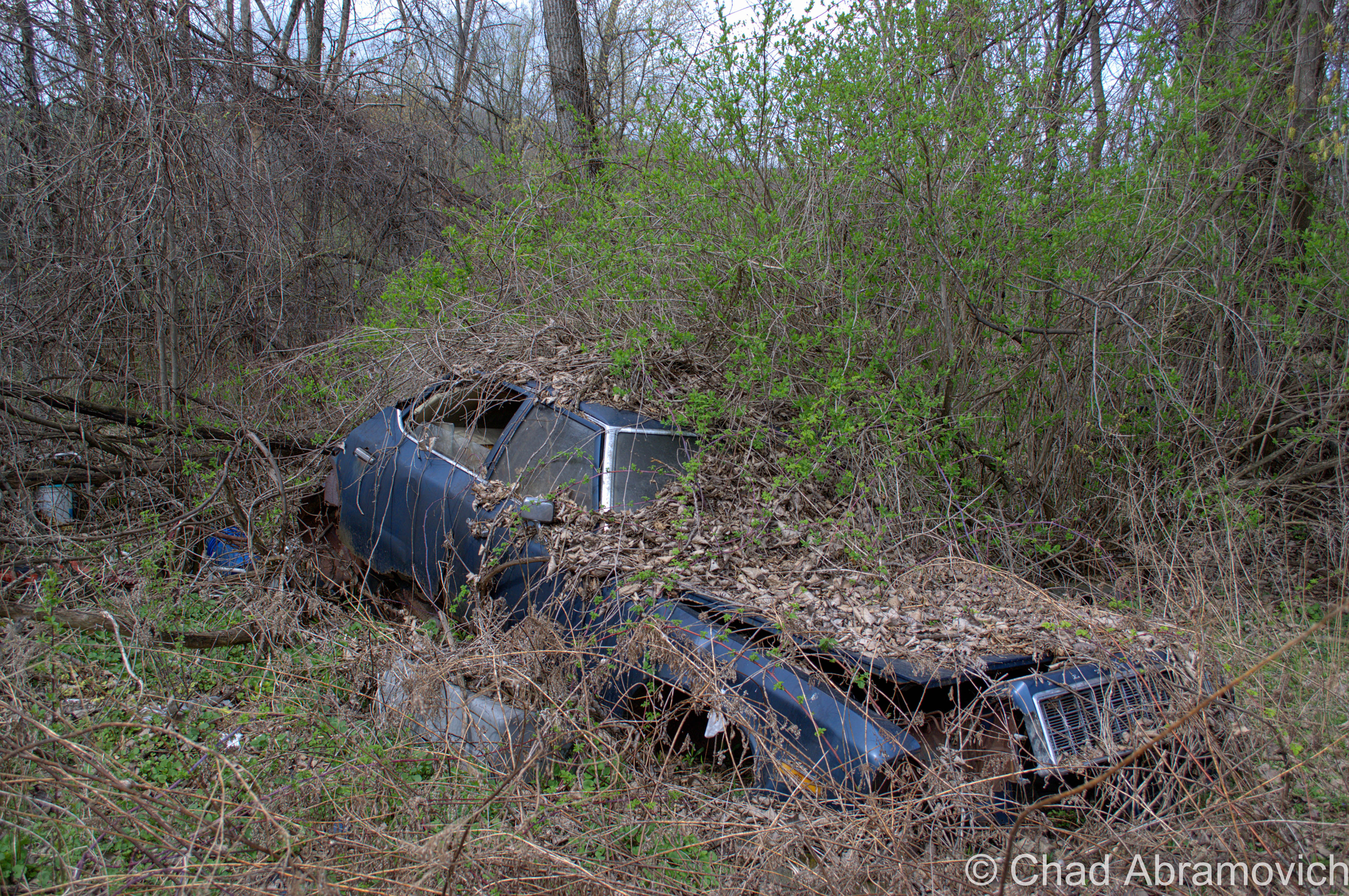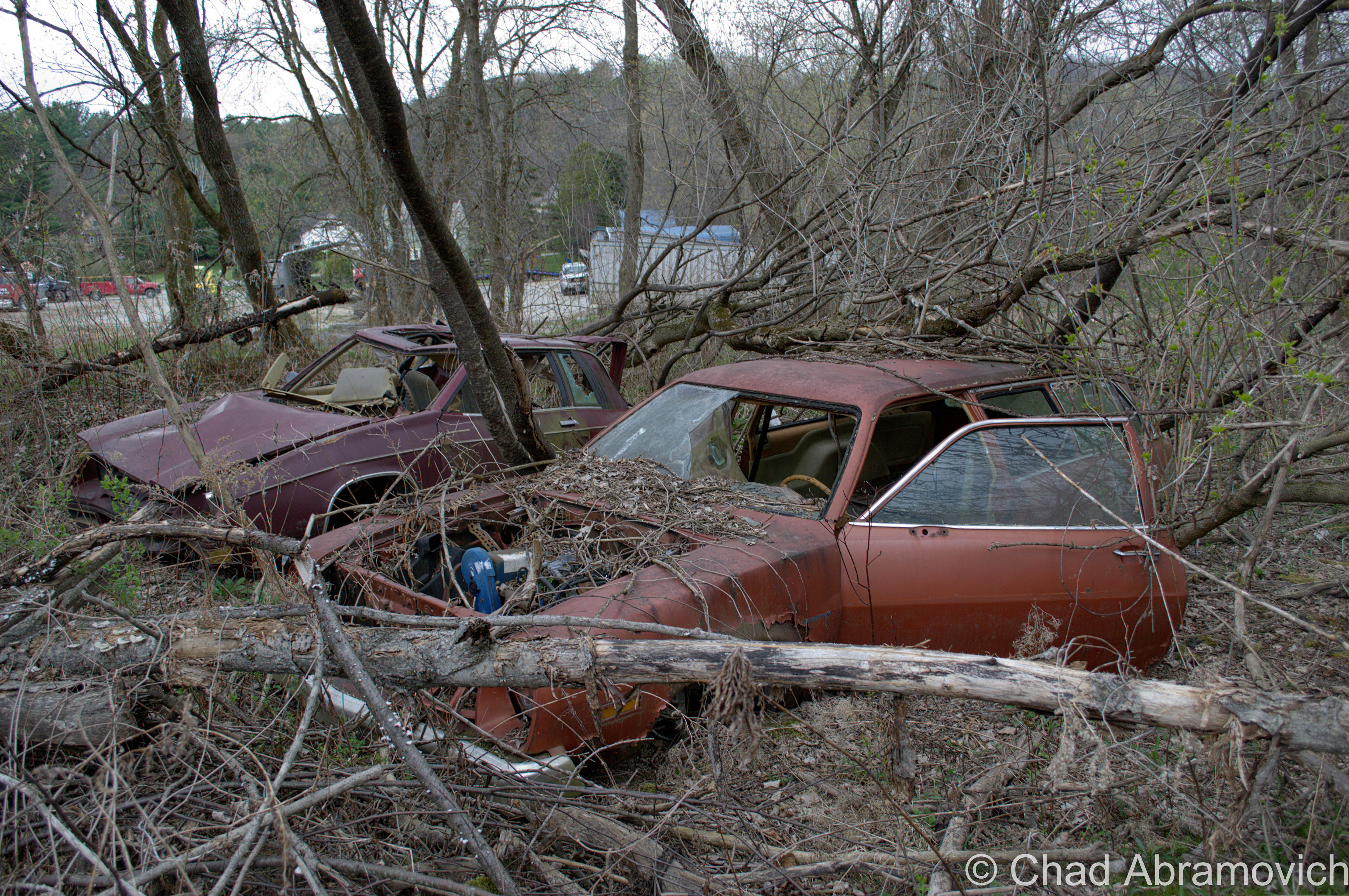It was nearing the end of October, the fires of fall had long faded, and winter was on its way. The winds were bitter now, and brought a fierce chill in the icy blasts that blew the remaining leaves from the trees. I ran into a friend of mine, and he seemed excited. He explained he had found an abandoned house earlier that morning en route to work, and wanted to go back and check it out. I decided to join, setting out into the wild backroads of the Northeast Kingdom.
By now, we had been traveling on remote dirt roads for a while, and we were at the point where most roads we passed didn’t have any street signs labeling them. We were in the middle of nowhere, without cellphone service. The hill began to get steeper, and the road turned into something that was probably more of a four wheeler trail. I could tell it hadn’t been maintained in a while, evident scars of previous road wash outs showed gravel deposits that had been pushed deep into the forests on the side. As his SUV bumped and jarred around, I kept my eyes open for anything matching his description of the house in question, while questioning if taking this road was such a good idea or not. Then, on the right side of the road, I saw something.
As soon as I turned to my friend, he put the car in park. “This is it” he said, confirming my question. I stared out the window at this strange structure, and words escaped me. I had no idea what to make of it, I wasn’t even sure it was abandoned. Ok, it was pretty ramshackle, and it looked like it was on the verge of collapse. It didn’t look like it had electricity, and the “yard” was littered with old rusted cars from decades ago. But something didn’t feel right. There were several bright “No Trespassing” signs nailed to the trees in the front, as well as a few posted on the structure itself. That’s not so abnormal I thought to myself. That was until I saw a dog come towards the car. “Joe, there’s a dog outside…this place can’t be abandoned. Someone has to own that dog” I stated. But he had already opened his door and was climbing out of the car. “Let’s check it out” was his reply. Shrugging my shoulders, I followed him. The dog was a little bizarre, but my curiosity was stronger. Then to my surprise, two more dogs appeared behind the one that had made its way over to us. I know knew for a fact that this place was anything but abandoned.
A little unnerved now, I took my camera out from its bag, and got ready to take a picture of the place. If we drove this far, I might as well get one picture I thought to myself. I looked through the view finder, and as I lined up my shot, I noticed something else in my picture besides the building I wanted to capture. There was a woman staring at me, a questionable look on her face. Now things were going to get interesting I thought to myself.
I lowered my camera as a sign of respect, and she walked towards us, the dogs barking wildly. But to my surprise, they were friendly, as they kept nudging my hands and wagging their tails. “Can I help you?” asked the woman, who was now standing in front of me. I fought to choose my words carefully.
“Hello miss…I’m sorry, I didn’t realize….” she cut me off. “You didn’t realize anyone lived here.” she deadpanned, still looking at me quizzically. I had a hard time reading her, I couldn’t tell if she was angry or just as curious by our presence as we were with hers. “No, I’m really sorry. See, I was told this place was abandoned… I’m what’s called an urban explorer, I take pictures of abandoned places” She didn’t speak for a few moments, but the awkward silence was broken when she started to laugh. “Haha, well I have to say. I’ve been approached by many people before about my house, but I can honestly say you’d be the first ‘urban explorer’ I’ve ever met. Is that really a thing?” I laughed at that. “Yes ma’am, people actually take pictures of abandoned places for fun” I said that with a sense of pride in my voice. “And you’d be one of them” she retorted, a smile now on her face. “I’m really sorry, I didn’t mean any disrespect, honestly.” She waved her hand, dismissing my apology. “No need to apologize, I now know you weren’t here to cause trouble. Most people who do stop by tend to be more of a hell raiser then you”
“Do you get bothered often?” I asked, a hint of concern and innocent curiosity in my voice. “Plenty” she wasted no time in answering. “I have punk teenagers and driving up and down this road at all hours of the day, yelling vulgar things and throwing rocks at my house. I’ve even had people stop and try to explore the place. They’ve walked right into my living room before! I’ve had to chase them out!” That must be an amusingly awkward scenario for both parties. One one side, you are surprised to find out you are in someone’s living room, and on the other side, you are surprised to find a trespasser in your living room.
“Oh man, that’s terrible” I said. But honestly,what do you say to something like that? This whole situation was pretty unique, if not completely bizarre. But the woman was very friendly, she seemed she was almost grateful for our company. “I bet you’re wondering what this place is” she said, a grin appearing on her face. I looked at her, not really knowing what to say. Yea, I was very curious, but how do I phrase my answer without insulting what seemed to be this woman’s home. “Yes, the thought did cross my mind” I said laughing, trying to appear friendly as possible. She laughed too. “Well, you happen to be looking at my house!” She gestured her arm at her personalized property. I could tell she was proud of it. “Here, do you have a few moments?” she asked. “You drove all the way here, I might as well give you the grand tour if you’d like?”
I couldn’t believe this. One minute we were slated as suspicious characters, the next we were being invited into this woman’s home. I was incredibly humbled. “I would love a tour, but would I be imposing?” She assured me I wouldn’t be, and motioned for me to follow her. “Are you going to take pictures?” she asked me, as she eyed my camera. “I’d like too, but would you prefer me not too? I want to be respectful of you and your property”. She smiled at this. “No! Of course you can take pictures!” She then quickly looked at her house, her facial expression changing. “Oh wait! not yet! let me clean up a little first, I wasn’t expecting company” Her statement was sincere I could tell, but I couldn’t help laugh a little at the irony of her comment.
She led me and my friend up the very steep and slick bank to her “front door”. The slight incline was a lot steeper and more slippery then it looked from the road, I found myself gripping the nearby trees as I climbed. It took her no time at all to reach the door, she was used to the walk. “Be careful!” she said, her voice full of concern. I found my way up to her front porch area, a crude landing built with a collection of pallets and planks of wood. A rather large reclining chair sat in the corner that looked pretty comfortable, until I remembered that the chair was outside all year long. I put my hand on the side, and it sunk into the wet material. I had forgotten it had just rained. She was already inside now, picking up various items and putting them in chosen places. “I’m almost ready! Please, come in” she yelled. I did. The inside of the house looked no more different then the outside of the house. Except it was more inclosed and there was more furniture. I noticed her walls were lined floor to ceiling with bookcases, all filled with old books. “See my books?” she said with pride. “You probably guessed, I love to read” She was also an artist. She knit rugs and liked to oil paint, a few of her paintings sat in a corner nearby. She was a fascinating woman.
“So, tell me, you’re into taking pictures of abandoned houses?” she brought that up again. I laughed at this, as I have gotten the same reaction from so many others. “That’s a really interesting hobby. But then again, you’re a very interesting gentleman” she said with a smile on her face. I knew she had just complimented me. “I’m Chad by the way”, and held out my hand to introduce myself. The least I could do was tell her my name, she was friendly enough to invite me into her home. To protect her identity, I’ll disclose her name.
“So, let me tell you about my house” she said as we continued to walk around the inside. I kept watching my step, it was pretty cluttered inside and the ramshackle construction left me in a cautious mindset. Her story was incredible.
She fell in love with a man from Connecticut and had two children with him.He earned a very decent salary working at IBM and eventually, he retired because he had earned enough to live comfortably for the rest of his days. They had purchased property in the wilds of Vermont’s Northeast Kingdom, and it was here where they planned to build their dream house. They made the journey up in her beat up old Chevy van, where it broke down right on their arrival at their property. It hadn’t been moved from it’s resting place since. They ran into immediate obstacles such as zoning laws and permits for building a house, and running electricity and water to their remote mountain property. The land was ledge, so a lot of it would have to be professionally blasted to make way for any foundation.
Their arrival in the Green Mountain State wasn’t as welcoming as she had hoped, but she remained optimistic and kept her vision of her grand home and soon to be happy life in mind. But sadly, it wasn’t to be. Her lover (for reasons not exactly known) fell for another woman. She became teary eyed at this point of the story. “He just began to hate me…” she said. The tension in their relationship became unbearable, and he spontaneously up and left her to be with his new lover. As for the kids, with a little bribery and vulgar comments towards her, he convinced them to go with him. As her life crumbled in front of her, she now found herself stuck with a piece of rugged property, miles from civilization with no money, no house and no family. She couldn’t go anywhere, she had no one to turn too, she was alone.
But instead of giving up, she stayed strong, and harvesting her Yankee Ingenuity, she began to build her dream house. The materials came from sources of all kinds. Garage sales, scrap heaps, junk yards, things she found on the roadside, donations, anything she could find. Soon, her ramshackle castle began to take shape as she single handedly built the foundation, floors and ceilings of her home. “See these beams?” she said, as she pointed over head to some incredibly thick wooden beams that held the ceiling up. “I put those there, by hand, by myself” I couldn’t believe it. They looked like they would be far too heavy for anyone to lift alone, yet alone get them at that height, up that steep bank. “Ropes and pulleys” she said, sensing my confusion. “All hand made, right here on the property”. To say I was impressed was the greatest understatement of the moment. I was baffled. The house started out with one room, and over the years as she got more building material, more were added. She then expanded, and created a loft upstairs. She is an experienced builder and carpenter as it turns out, so she knew what she was doing. “It may not look it, but this place is actually incredibly sturdy. The strongest winds won’t knock this place over, and trust me, I’ve been hit by some bad storms before” she said. I was still in awe. “What do you do when it rains?” I ask, noticing the holes in the roof and walls. The rain doesn’t bother her. “if it rains, it rains” she says. “Most of my valuables are protected, and if a little gets in the house, it’s not the end of the world”. In her situation, simplicity and modesty were everything. You can’t get too attached to things. As for her children, she fought for custody – the one time she went to the state for legal aid. And was declined flatly. “It’s unfair” she said. “They take one look at my house, and judge me, tell me I’m unfit to be a mother”. Her eyes were filled with sadness again. “My kids don’t even come and visit. I don’t have a TV or an XBox, they want nothing to do with me” I remained silent.
“Want to know my favorite part of the house?” she asked me, her eyes now twinkling. “Sure, I’d love too” I said, smiling at her. She brought me over to a corner of the house with a large window. “See this? I come here on clear nights after the leaves have fallen from the trees and just look up at the stars. The skies are so clear here, you can see for miles with no light pollution. It’s my favorite place in the world”. I could only imagine just how wonderful that must have been. “What do you do in the winter?” I asked her. “Surely it gets cold around here”. She pointed to a beat up old camper parked behind the house that I didn’t see before. “I sleep in there. There is no heat in the house, so I have no choice”. That made perfect sense.
As for food and other necessities, she walks 7 miles into town where the nearest grocery store is, every week, rain or shine. She doesn’t drive, and doesn’t mind the walk. She actually enjoys the walks. “Everyone thinks I’m crazy in town. They all spread rumors about me. But they are so quick to judge what they don’t know” I understood what she meant on a personal level. Because of a learning disability I have, I’ve grew up feeling like a social outcast. Though we may be facing different scenarios, the pain is relatable.
“Do you ever think about selling this place?” I asked. “I’ve been approached a few times by various people, but I always refuse offers. This is my home now, I created this and I’m not going anywhere”
At this point, several hours had passed, and the daylight was disappearing behind the silhouette of Stannard Mountain in the distance. I knew I had to leave soon. But that was a melancholic feeling. In the short time I had gotten to know this woman, I had grown to really like her. Apart from her troubled past and fierce perseverance, she was kind and intelligent. She walked us out to the car, her dogs following her. “I can’t thank you enough” I started. “For everything” She could tell I was being sincere. “I should be thanking you, it was a pleasure to meet you. I hope you got all the pictures you wanted” I nodded my head and told her I did. I shook her hand again, and prepared to leave back to college, the image of a warm shower in my mind. “Hey!” she called out. I turned around. “If you are ever in the area again, feel free to stop by. I can make us some tea” I assured her I would. One day, I honestly hope to take her up on that offer.
—————————————————————————————————————————————–
To all of my amazing fans and supporters, I am truly grateful and humbled by all of the support and donations through out the years that have kept Obscure Vermont up and running.
As you all know I spend countless hours researching, writing, and traveling to produce and sustain this blog. Obscure Vermont is funded entirely on generous donations that you the wonderful viewers and supporters have made. Expenses range from internet fees to host the blog, to investing in research materials, to traveling expenses. Also, donations help keep me current with my photography gear, computer, and computer software so that I can deliver the best quality possible.
If you value, appreciate, and enjoy reading about my adventures please consider making a donation to my new Gofundme account or Paypal. Any donation would not only be greatly appreciated and help keep this blog going, it would also keep me doing what I love. Thank you!
Gofundme: https://www.gofundme.com/b5jp97d4


